The Masai Mara in Kenya is nature's epic masterpiece.


A little bit about Masai Mara
Rolling hills, sprawling savannahs, dramatic river crossings and of course... more wildlife and adventure than any movie could ever portray. Welcome to the Masai Mara, home to the lions of ‘Big Cat Diary’, temporary residence of the ‘Great Migration’, mighty Maasai warriors and some of the most luxurious safari lodges on earth.
The Masai Mara features a stunning kaleidoscope of wild and rugged landscapes, warm and welcoming people and an exciting array of creatures – big and small. World famous for hosting the epic Great Migration, the Masai Mara welcomes 1,5 million wildebeests onto its sprawling savannahs each July through October. The Masai Mara National Reserve and conservancies are brimming with life and offer safari travellers a wide variety of activities to choose from. Whether you take to the skies for a high-flying hot-air balloon adventure at sunrise or hit the road for a 4x4 safari, you’re sure to leave the Masai Mara with unforgettable experiences and lifelong memories.
Going on a Masai Mara safari
Part of the fun of going on safari is planning your safari. We’ve been there... and know how it feels. As avid travellers we can imagine you have loads of questions while planning your trip to the Masai Mara. Very few places on earth are as unspoilt, adventurous and authentic as the Mara eco-system.
Reading up on the Masai Mara, finding out what you might encounter, exploring your accommodation options... we've done most of the work for you and created this site to help you find all the answers to any questions you may have. To top it off, we've brought together a top-notch collection of Masai Mara safari lodges and camps for you to choose from. Naturally, we're only an e-mail or message away if you need a little extra help planning your safari.

About the Masai Mara
Known as one of the world’s most famous wildlife areas or ‘the world’s eight world wonder’, the Masai Mara has endless plains, breath-taking vistas and abundant wildlife. Learn more about the Masai Mara here.

Masai Mara special offers
Dreaming of the perfect safari holiday? We’ll help you find your way while planning your trip and provide you with a selection of the best available deals. Check out our latest Masai Mara special offers and discounts.

Getting to Masai Mara
Whether you’re arriving from far, far away or travelling to the Masai Mara from a destination in the region. We’ll guide you through your options for getting to the Mara and for getting around once you’re here.
As newbie safari travellers, we were blown away by our experience of the Conservatory - the animals in abundance; the landscapes; the people; the smells and sounds.
It was an amazing experience to actually see the river crossings, that we had seen so many times on TV during the wildebeest migration.
We saw a leopard on a tree and we were lucky enough to watch four lionesses and three cubs eating a fresh hunt. In the evening safari we were able to explore a massive variety of hippopotamus and a crocodile.

Masai Mara lodges & camps
The Masai Mara is rough and rugged, however you don't have to rough it during your stay. Eco-chic safari lodges with four-poster beds, sundowners with your favourite G&T and infinity pools overlooking the African savanna await.
We’ve selected a variety of warm and welcoming Masai Mara safari lodges and camps for you to choose from during your stay. Each of the accommodation options we’ve selected is known for offering premium safari activities, first-class accommodation and every creature comfort you could wish for during your stay.
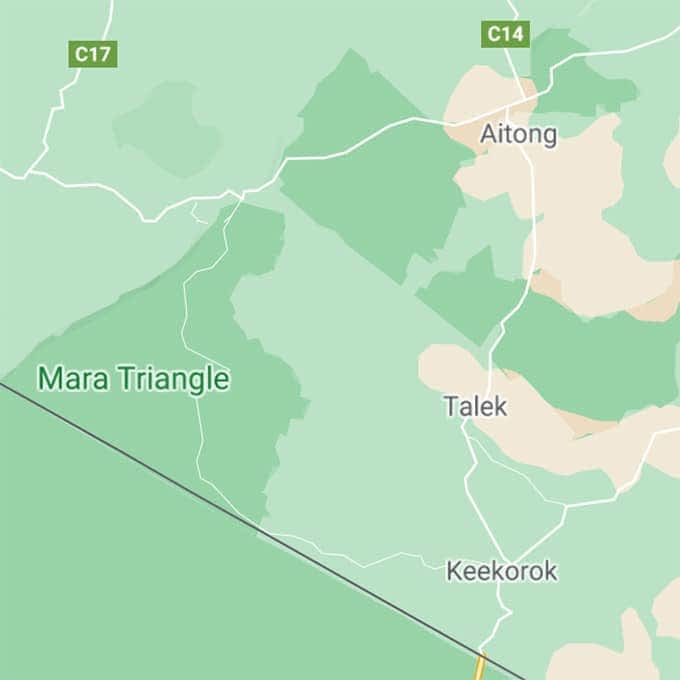
All accommodations in Greater Masai Mara
Browse all camps & lodges
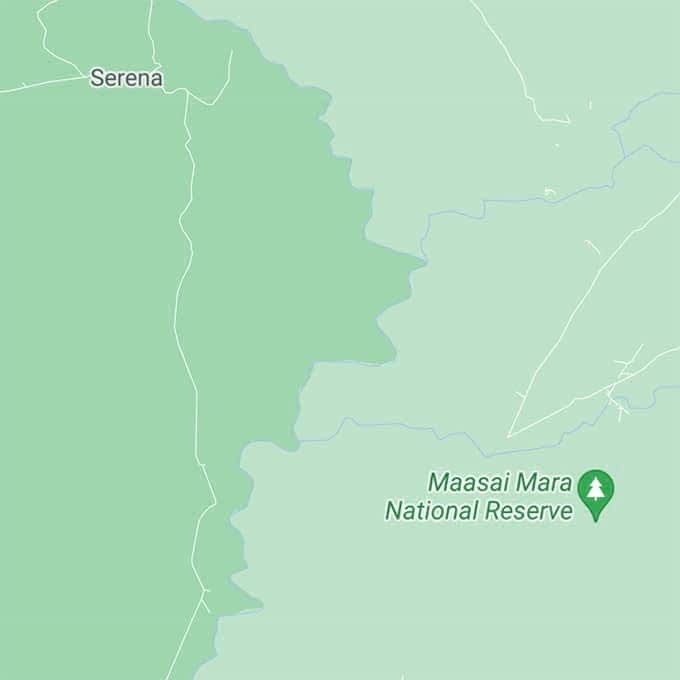
National Reserve accommodation
Browse Masai Mara NR accommodations
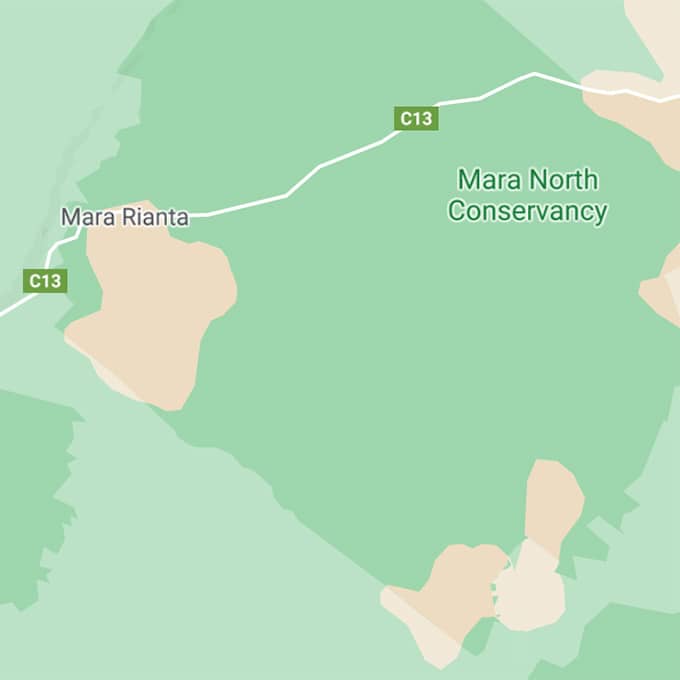
Mara conservancies accommodation
Browse conservancy lodges & camps
Masai Mara lodges we love
We would like to share a few accommodation options with you for your stay in the Masai Mara. Our safari lodge options come in a variety of price ranges, giving you plenty of possibilities to find the right Masai Mara safari camp for your travel budget.
Keep in mind that the following are simply suggestions. We offer tailor-made safari experiences and look forward to creating just the right mix of Masai Mara safari accommodation and activities based on your personal preferences. We look forward to helping you create the bespoke Masai Mara safari of your dreams.
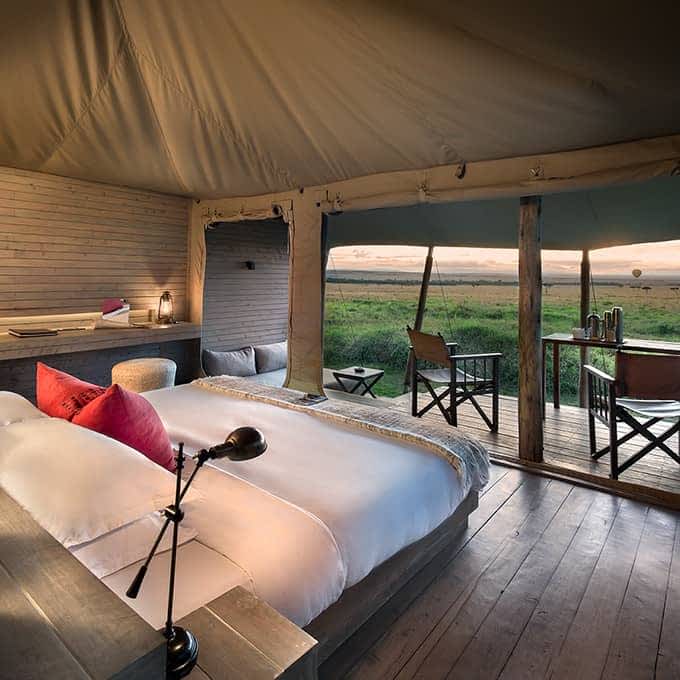
Kichwa Tembo Tented Camp
lodge location Mara Triangle
Kenyan hospitality meets Maasai-inspired luxury on the lush green banks of the Saparingo River. &Beyond Kichwa Tembo Tented Camp lies on the edge of the Oloololo escarpment, where riverine forest meets the sweeping plains of the Masai Mara.

from US$ 435 per person per night
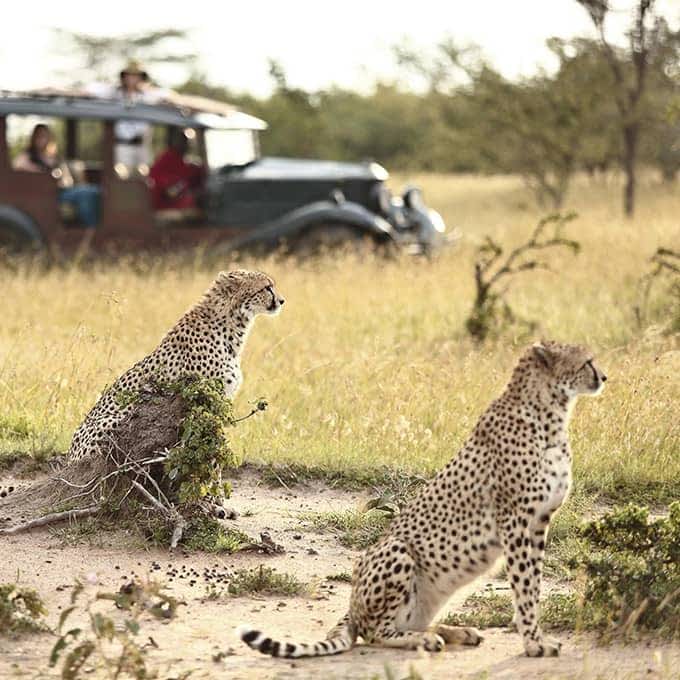
Cottars 1920s Safari Camp
lodge location Olderkesi
Cottar’s 1920s Safari Camp offers guest vintage luxury at its very best. Cream-coloured tents decorated in 1920s epic safari style, professional Maasai safari guides and above all a sense of elegance and class - this classic Kenyan safari camp has it all.
from US$ 1,059 per person per night
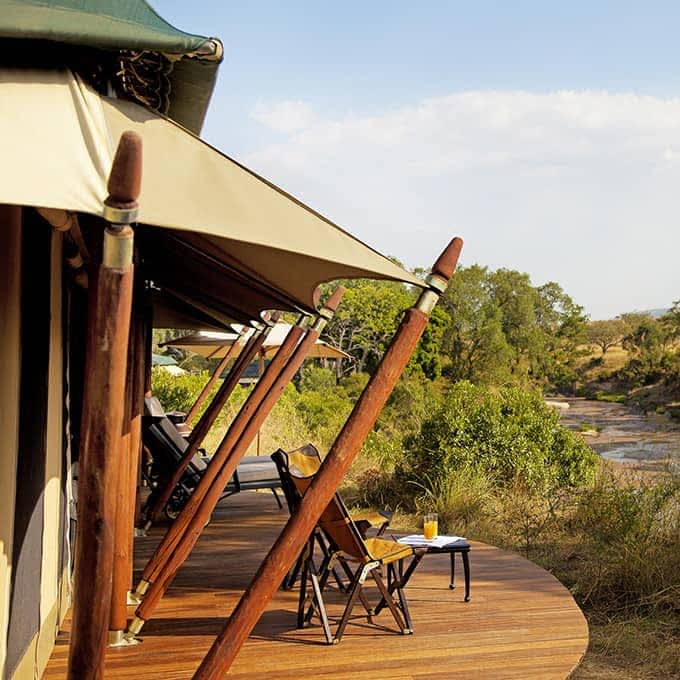
Elewana Sand River Camp
lodge location Musiara Sector
Ideally situated in one of the most remote parts of Masai Mara National Reserve, Sand River Camp pays homage to romantic 1920s safaris. Its design reminds guests of the many African adventure themed Hollywood movies created in that time period.
from US$ 670 per person per night
There were lion cubs galore, a baby zebra born in front of my eyes, pretty much everything an avid photographer could hope for.
The Maasai people were extremely welcoming, and were there to make sure our experience was nothing but the best. We will definitely be back.
The Big 5 and more - giraffes, zebras, hippos, lions with their families, cheetahs and hundreds of wildebeests - no shortage of amazing game sightings every day...
Masai Mara highlights
The Masai Mara is a dream come true for everyone who ever watched ‘Out of Africa’ and longed for the adventurous, romantic nostalgia of an African safari in the wild. The Great Migration, big cats and Maasai warriors await.
The Masai Mara is a photographer's paradise. This region is known for pristine riverine forests, dramatic towering escarpments, stunning sprawling savannahs and of course... all the creatures, big and small, that roam the land. Add a visit to a Maasai village to your stay for a cultural immersion and gain some insight in the day-to-day life of your hosts. For an extra special birds-eye view of the African plains, take to the skies during a hot-air balloon safari. When it comes to crafting the safari of your dreams, the sky is the limit.
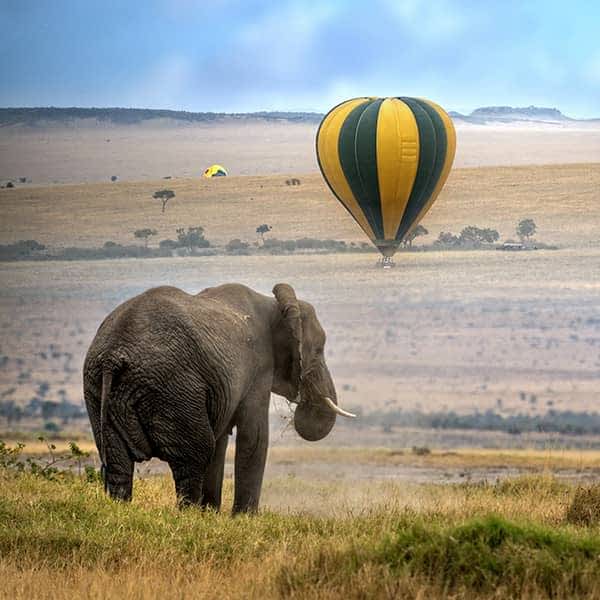
Balloon safari
View golden plains from above
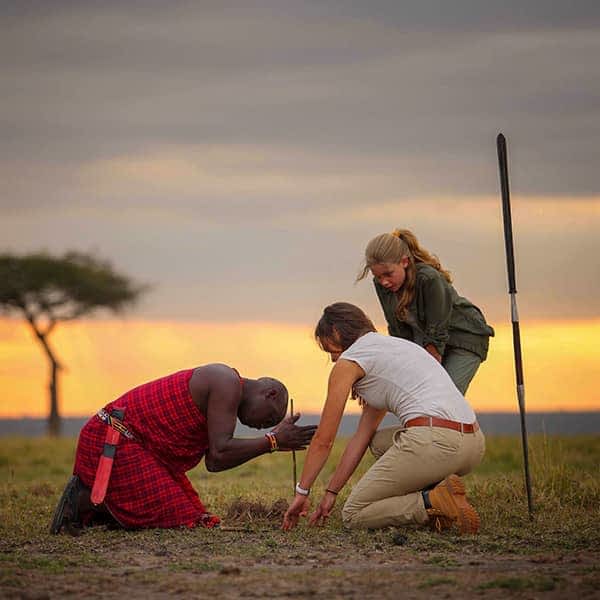
Maasai people
Extraordinary cultural meetings
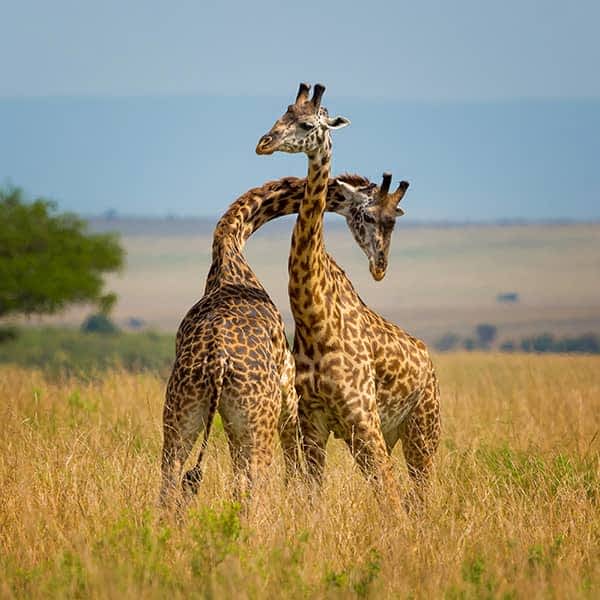
Exhilarating wildlife
Wildlife up close and personal
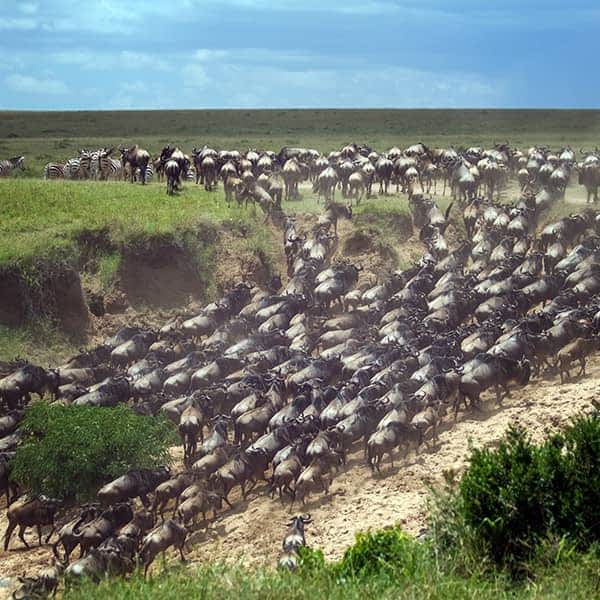
The Great Migration
Wildlife spectacle in the Masai Mara
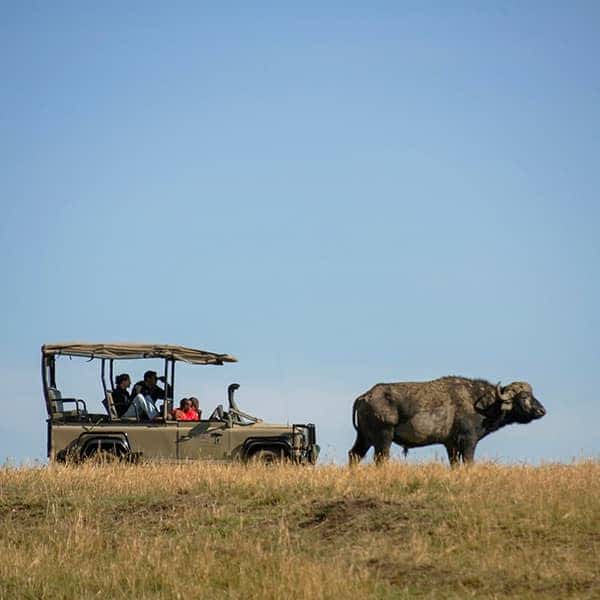
Safari activities
Drive, walks & more
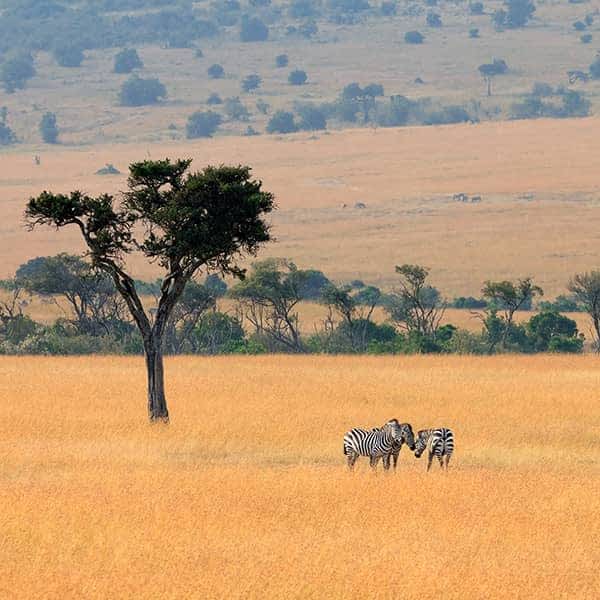
Masai Mara National Reserve
Kenya's premier wildlife reserve
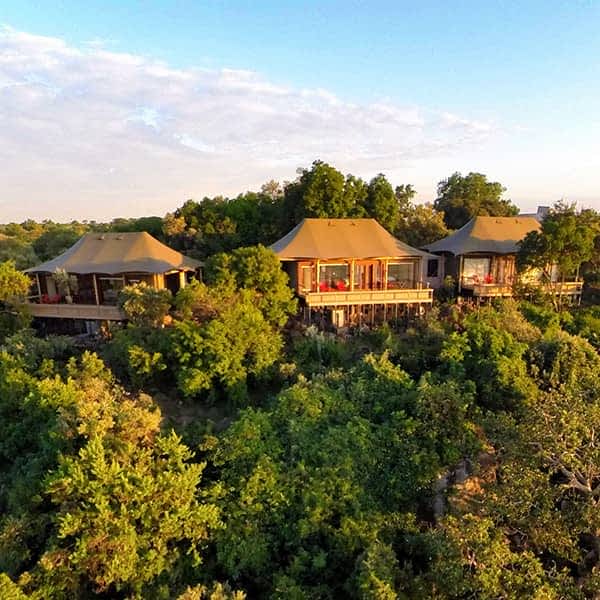
Luxury accommodation
A luxury safari home from home
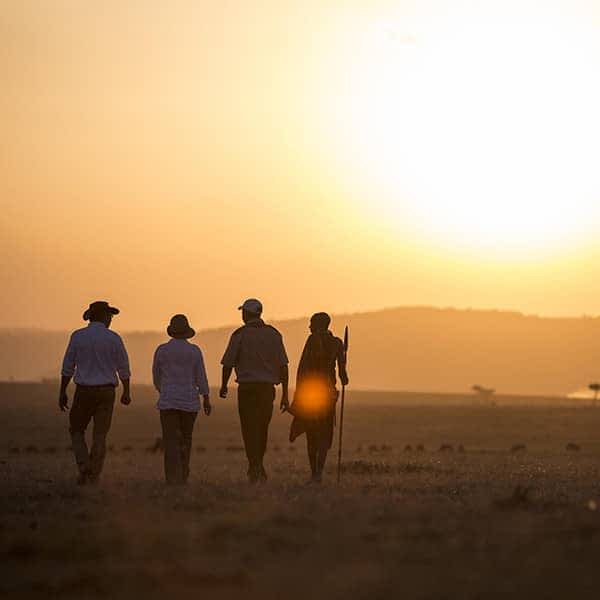
Mara North Conservancy
Enjoy the perks of a conservancy
Conservancies in Kenya are the way to go; protecting the extraordinary wildlife whilst giving the local community an income, together with education on the interaction between the two.
Wonderful area for wildlife viewing. Having been there twice both times were awesome experiences! Will return again.
The highlight of our trip to Mara was seeing the migration at the Mara river. A once in a lifetime experience to see the Wildebeest migrating. An amazing scene of nature it was.
Masai Mara video
The best way of understanding what the Masai Mara and its conservancies are about is by seeing some thrilling footage from the area. Watch this video to experience Kenya's Masai Mara, its splendour and to meet some of our celebrity wildlife species.
Be careful, after watching this video you can be sure that you want to travel to Kenya. Today.
We saw 8 lions in one drive, and a hippo pod being circled by a dozen crocodiles that launched into the water, trying to get the baby hippos in the center of the pod. Wow!
I was fortunate that when I was recently in the Mara North Conservancy there were so few tourists. I saw plenty of wildlife. The sightings of big cats were especially good.
The Mara Triangle is the most beautiful, lush area of the Masai Mara. Loads of elephants and all types of wildlife without all the land cruiser traffic found in other areas of the Mara.
Send your enquiry
We hope you have found all information needed to decide that the Masai Mara in Kenya is the perfect place for your next safari adventure. Still have questions? Or maybe you would like some more specific information about the different lodges? Please fill in the contact form and we will get back to you soon!
- Masai Mara National Reserve & conservancies
- [email protected]
Kenya in July: Everything You Need to Know
Weather & temperature in july.

Crowds and Costs in July

Best Places to Visit in Kenya in July

- Nairobi: The capital city enjoys pleasant temperatures, making it an excellent time for city excursions. Stroll through vibrant markets, admire colonial architecture, and explore the Nairobi National Museum.
- Kenyan Coast: Head to beach towns like Mombasa and Malindi, where white sandy beaches and warm waters provide an idyllic setting for sunbathing, swimming, and water sports.
- Maasai Mara National Reserve: July marks the beginning of the Great Wildebeest Migration, a spectacle that unfolds with herds of wildebeests and zebras crossing the Mara River. You can also spot various wildlife like zebras, lions, giraffes, and elephants.
- Lake Nakuru National Park: Known for its iconic pink flamingos, Lake Nakuru offers ideal conditions in July, with short grass and a dry landscape, enhancing birdwatching.
- Other National Parks: Hell's Gate National Park, Amboseli National Park, and Mount Kenya National Park all present incredible landscapes and wildlife experiences. While there may be occasional rain in mountainous parks, it's a small trade-off for the beauty they offer.
Best Experiences in Kenya in July

- Nairobi: Explore Maasai Markets for cultural souvenirs, visit art galleries like the Banana Hill Art Gallery, and learn about Kenya's history at the Nairobi National Museum.
- Coastal Adventures: Mombasa and Malindi offer excellent opportunities for snorkeling, scuba diving, and kayaking. Take a dolphin-watching tour, visit the Mombasa Marine National Park, or explore Watamu Beach.
- Wildlife Safaris: Embark on a Maasai Mara safari to witness the Great Migration. Take a hot air balloon ride for a unique perspective and enjoy a champagne breakfast. Lake Nakuru's flamingos and the diverse wildlife of Samburu National Reserve are also must-sees.
- Mountain Biking: Discover the geothermal wonders of Hell's Gate National Park. With no predatory animals, you can hike or bike freely amidst stunning volcanic gorges.
Events & Festivals in Kenya in July

- Eid al-Adha: Celebrated by Muslim communities, Eid al-Adha varies each year as it follows the Islamic lunar calendar. The festival includes communal prayers and feasting.
- Nairobi International Trade Fair: This late July event takes place at Jamhuri Park in Nairobi and showcases agricultural innovations and modern farming practices.
- Kilifi New Year Festival: Celebrated around June 30th to early July in Kilifi, this festival spans four days and features music, arts, and culture.
- Sarit Centre Expo and Food Festival: In July, the Sarit Centre in Nairobi hosts a culinary extravaganza, offering a wide range of local and international cuisines.
- Masai Mara Marathon: Held in Masai Mara National Reserve, this marathon in July promotes wildlife conservation and provides a unique running experience.
This post was published by Varsha Alva
Share this post on social media Facebook Twitter
Kenya Travel Packages
Compare quotes from upto 3 travel agents for free
5 Days Maasai Mara, Lake Nakuru and Lake Naivasha Group Joining Safari Package
Discover the wild heart of africa: 7 nights of unforgettable kenyan safari adventures, 6 days kenyan safari & lake adventure for families, perfect budget safari kenya package, 8-day kenyan wildlife tour: mara, amboseli & elementaita, 9 days african safari package: the great migration & cultural encounters, related articles.

Travel Tips
20 Intriguing Facts about Kenya
Online Visa for Kenya: A Complete Guide to Apply for E-Visa
Kenya Requirements for Entry: What You Need to Know
Kenya in December: Everything You Need to Know
Kenya in Winter: Weather, Places to Visit & Travel Tips
Kenya in May: Travel Tips and Everything You Need to Know
Kenya in November: Everything You Need to Know
Kenya Travel Advice: Tips for a Stress-Free Trip
What to Wear for African Safari?
Is it Safe to Visit Kenya?
Kenya in January: Weather, Things to Do, & Tips
Kenya in February: A First Timer’s Guide
Kenya in March: Everything You Need To Know
Kenya in April: Weather & Travel Tips
Kenya in June: Weather, Wildlife, and Festivals
Kenya in August: Great Migration and Peak Season Safari
Kenya in September: Wildlife, Weather, and Tips
Kenya in October: A Guide to the Shoulder Month
Kenya vs Tanzania – The Better Safari Destination?
Kenya Visa-Free: Your Complete Guide to Kenya eTA
Kenya Visa Requirements for Indian Citizens: Simplifying the eTA Process
How Far in Advance Should I Book My African Safari?

Food & Drink
Food of Kenya: 20 Must-Try Kenyan Dishes

Scuba Diving in Kenya: Top Spots and Expert Tips

Wildlife & Nature
Wildlife in Kenya: A Traveller’s Guide
The Big Five in Kenya
10 Must-Visit Waterfalls in Kenya

10 Must-See Landscapes of Kenya

A Guide to Shopping in Kenya - What and Where to Buy

Best Spas in Kenya: From Cities to Safari Lodges
Comments on this post
Browse package collections, kenya package collections.
Kenya Honeymoon Packages
Africa Safari Packages
Best Wildlife Safari Kenya Packages
Kenya Safari All Inclusive Packages
Kenya Tanzania Safari Packages
Top Listed Packages
5 Days Kenya Safari Including Mount Kenya Climbing
Kenya and Tanzania: 7 Nights 8 Days Tour Package
Best Kenya Safari Tour - White Rhinos Adventure
Browse Hotel Collections
By hotel type.
5 Star Hotels in Kenya
Best Resorts in Kenya
Best Hotels in Kenya
Beach Resorts in Kenya
Safari Lodges in Kenya
Luxury Hotels in Kenya
Top Places in Kenya

Get the best offers on Travel Packages
Compare package quotes from top travel agents
Compare upto 3 quotes for free
- India (+91)
*Final prices will be shared by our partner agents based on your requirements.
Log in to your account
Welcome to holidify.
Forget Password?
Share this page
- Kenya Tours
- Kenya Travel Guide
- When to Visit Kenya
Kenya in July: Safari Underneath Clear Weather

- ~ mins read
July is part of the dry season in Kenya and one of the best times to visit the country for game-viewing. The rains have gone and the skies are cloud-free, making wildlife-watching against the backdrop of the African savannah and Mount Kilimanjaro unrivaled.
Kenya’s beautiful coastline enjoys warm weather with hot temperatures during July, while Nairobi is slightly cooler, which is great for doing some shopping and exploring galleries and museums. The only downside to traveling around Kenya in July is that since it falls in the high season you should expect large crowds of tourists.
- Fernando Angulo
- Joseph Kiragu
- Peter Kiragu
Kenya Weather in July

Weather-wise, July is a fantastic month in the country, with warm temperatures and clear skies all around. The rainy season is over and it is pleasant and sunny across the country without being too hot. Mountainous regions like Hell's Gate National Park and Mount Kenya do get some rain during this time of year, but the rest of the country is dry. This is the perfect time for strolling through the bustling markets of Nairobi or going on safari trips.
Temperatures in Nairobi range between 22°C and 25°C, with nights cooling down to around 12°C during this month, while coastal regions are warmer with temperatures averaging between 27°C and 31°C. Despite higher temperatures, a cool breeze blows off the sea, making the weather along with the coast ideal for lazing on a beach and swimming in the warm waters of the Indian Ocean.
For a seasonal overview of the weather in Kenya, browse through our travel guide on the best time to visit Kenya .
Weather in Kenya in July - Rainfall and Temperatures
Why visit kenya in july.

Kenya in July has perfect weather for all kinds of activities, from safaris to urban exploration and beach-bumming. However, since this month falls in the peak season for tourists, you should expect large crowds and significantly higher costs.
- The great wildebeest migration: Do not miss out on one of the world’s greatest natural spectacles when millions of wildebeests arrive at the Mara River and gather on the riverbank in a jostling mass, waiting to cross its swirling waters. This is a spectacle unto itself and tens of thousands of travelers descend on Masai Mara each year just to see the creatures push each other towards the water in nervous anticipation.
- Climb Mount Kenya: Towering over the plains of Meru and the East African Rift Valley, the rugged, glacier-clad peaks of Mount Kenya boasts one of the most impressive landscapes in East Africa. Standing over 17,000 feet tall and once an active volcano, Mount Kenya is the second-highest peak in Africa and is home to a diverse array of wildlife, birds, and vegetation.
- Birding in Lake Nakuru: On the floor of the Great Rift Valley, a Lake Nakuru National Park trip cab turn into a birdwatcher’s paradise. At the heart of the park is Lake Nakuru, one of the Rift Valley’s many soda lakes, which is shallow and alkaline and attracts a myriad species of birds, in particular, lesser and greater flamingos, which flock to the lake in such vast numbers that the water sometimes literally turns pink!
- Celebrate Eid al-Adha: Muslims in Kenya celebrate the ‘festival of sacrifice,’ known as Eid al-Adha or Eid Qurban, towards the end of July. This event commemorates the sacrifice Ibrahim made for god with chanting, praying, and feasting.
Where To Go and What to Do

Kenya is home to a range of spectacular landscapes, from the magnificent Masai Mara and its Masai tribesmen to the Great Rift Valley and its network of glassy lakes that teem with hippos, crocodiles, and plenty of birdlife. Amid the pleasant July weather, you can take to the air on a hot air balloon safari over the golden plains of Masai Mara National Park and watch one of the world’s greatest spectacles —the wildebeest migration. If you enjoy hiking and walking, you could head into the rugged wilderness of Tsavo National Park with expert guides on walking safaris. This wildlife reserve is home to the famous red elephants of Tsavo along with Cape buffaloes, leopards, and Masai giraffes.
Another great Kenyan adventure to experience in August is to explore the barren, open wildernesses of Samburu along with the rugged ridges and otherworldly rock formations of the spellbinding Amboseli region, which is home to hundreds of giant, big-tusked elephants. You could also put on your climbing boots and head up to the peak of the mighty Mount Kenya.
Boasting some of the world’s most breath-taking scenery of glassy lakes, towering volcanic outcrops, and grassy, wind-swept plains, Kenya’s lake system on the floor of the Great Rift Valley provides an exceptional experience of nature. Remote and vast, this is a must if you like venturing into the unknown. Or, make your way towards the hypnotic, alluring, and spellbindingly beautiful northern coast of the country for a different kind of experience. A shimmering ribbon of sand borders this rugged safari country, swaying coconut palms line the sandy, ivory-colored coastline, and luxury lodges are nestled amongst mangrove trees, creating a tropical slice of heaven.
Kenya is a country of epic landforms that stir deep longings for Africa. The vast regions of this country each offer a unique and diverse experience that promises to leave lasting memories. Wondering how many days you will need to see the best of Kenya ? Design your tailor-made itinerary to Kenya with the guidance of our local travel experts so that you do not miss a beat. Else, check out our top tours around Kenya in July for some inspiration.
More Information
Kenya in August Kenya guided tours Kenya private tours Kenya luxury tours
Related Articles
Related categories.
- How Long To Stay In Kenya
- Kenya Travel Advice
- Kenya Wildlife
- What To Do In Kenya
- When To Visit Kenya
- Where To Go In Kenya
- Previous Post

Popular Destinations
- Europe Tours
- Everest Base Camp Trek
- Italy Tours
- Spain Tours
- Argentina Tours
- Canada Tours
- Sri Lanka Tours
- Chile Tours
- Antarctica Tours
We use cookies to analyze traffic and give you personalized content and ads. It's an essential part of giving you a great site experience. Click on the 'Accept' button if you agree with our use of tracking and analytical cookies. Please refer to our Cookie Policy for more information.
Kenya Safari | Luxury, Lodges and Tours
Kenya safaris consistently rank in the top 3 destinations for safari-goers in Africa and it’s easy to see why. Home to prime game viewing, the incredible Masai Mara savannah, luxury lodges, stunning beaches and the famous Mount Kenya, this east Africa wonder packs a powerful punch.
Nearly 1.5 times the size of California at 224,000 sq miles, this incredible land neighbours five countries including Sudan, Tanzania, Uganda and with Somalia and Ethiopia to Kenya’s east and north.
The best time to visit Kenya is from July to September, during the country’s dry season, which also coincides with the Great Migration of wildebeest and zebra. The rainy seasons are also good times to travel, as there are fewer visitors and you can admire the striking emerald vegetation.
Table of Contents
Why Kenya for a safari
Kenya is renowned as a premium destination for big 5 wildlife viewing, luxury lodges, Masai Mara safari tours , Amboseli National Reserve and incredible Kenya beaches have international visitors flocking from the U.S, U.K, Europe and beyond.
Famous not just for its incredible wildlife at Tsavo National Park, Kenya is also surrounded by calderas and mountain ranges with the Great Rift Valley dividing the country.
To the east of this sweeping valley, you can climb the snow-cloaked equatorial peaks of Mount Kenya and fish for trout in crystal-clear streams.
Hell’s Gate National Park harbours obsidian caves and hisses with natural geysers and hot springs. To experience the romance of Kenya’s colourful colonial history captured in the film Out of Africa, head to Nairobi.
This bustling capital is the gateway to one of the world’s most evocative and exciting travel destinations. Discover more places to visit in this fascinating country with our list of the top tourist attractions in Kenya.
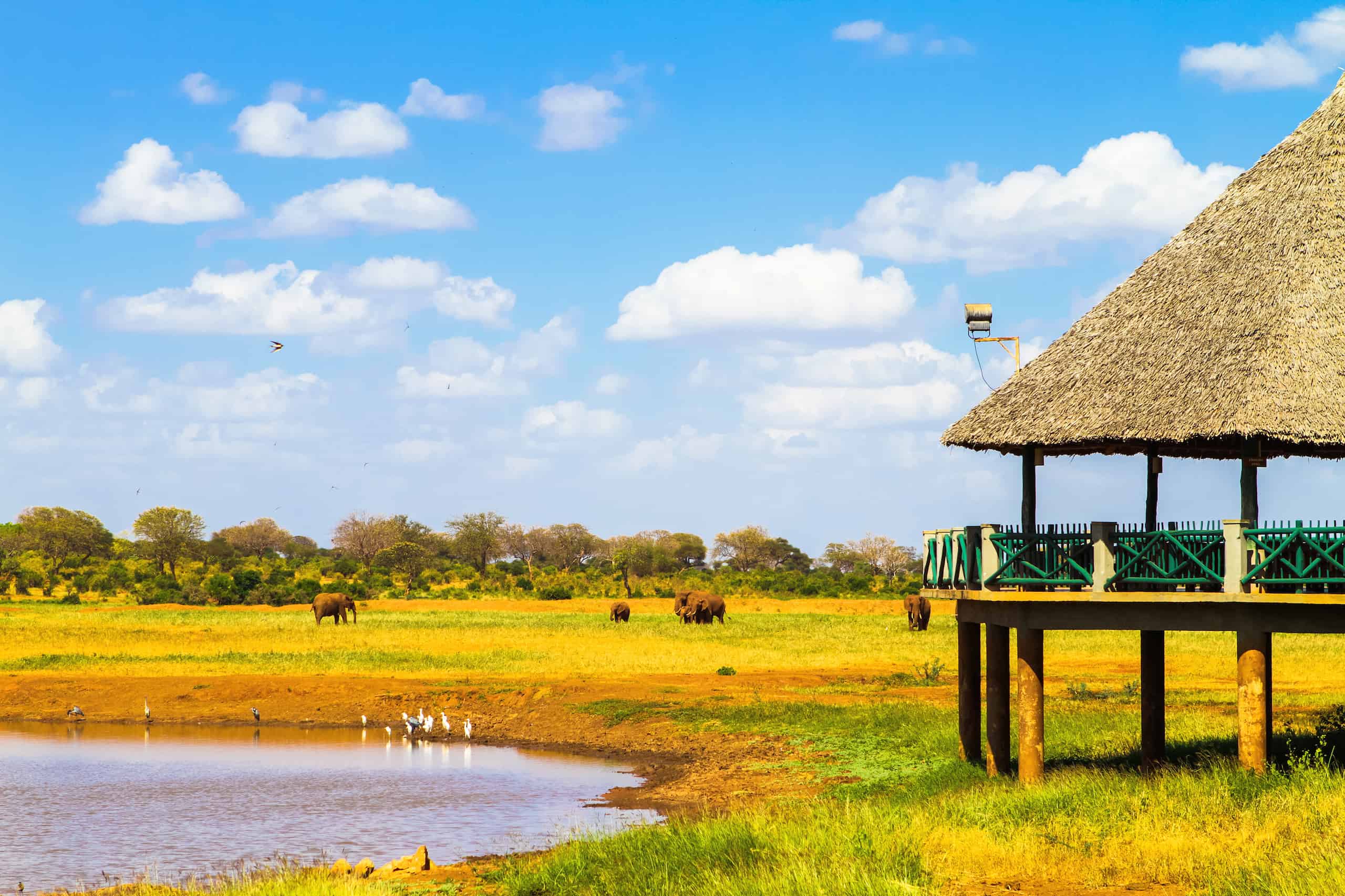
Top attractions visitors can expect from a Kenya safari include:
Kenya is a country of incredible bio-diversity, and one of the world’s most exciting wildlife destinations. Famous for its wildlife, visitors will find Wildebeest, Diceros, Impalas, Dik-diks, Impalas, giraffes, hyenas, African wild dogs and many more.
All Big 5 game animals can be found roaming including the African bush elephant, the lion, black rhino and white rhino, leopard and the African buffalo. Endlessly intelligent and iconic, African elephants continue to capture the hearts of travellers to Kenya.
In addition to watching the largest land mammals roam the savannah, you can opt to visit the David Sheldrick Elephant Orphanage where they care for young elephants and rhinos before releasing them back to the wild.
Kenya is also a birdwatcher`s paradise, teeming with birdlife, with diverse habitats in spectacular scenery. Over 1100 bird species have been recorded in the country, and it is possible to see well over a half of these without undue effort on a safari tour.
Best Parks & Reserves
Kenya has numerous parks, reserves and sanctuaries, all of which have their own charm, accommodation and wildlife attractions.
With 24 national parks, 15 national reserves, 6 marine parks, and private conservancies on top of that, the choice can be overwhelming when it comes to visiting Kenya’s national parks.
Of particular note amongst all of the incredible parks, Maasai Mara is widely regarded as being one of the best safaris in Kenya as well as Amboseli National Reserve and Tsavo National Park.
- Masai Mara National Reserve — Kenya’s most famous park, known for having some of the highest concentrations of the big five in Africa, but it also witnesses the phenomenal Great Migration. Sharing a border with Serengeti National Park in Tanzania, Masai Mara safaris receive a massive seasonal wildebeest migration.
- Amboseli National Park — Due to its proximity to Nairobi and the abundant wildlife, Amboseli is the second most famous national park in Kenya after Masaai Mara. The landscape ranging from semi-arid dry lake beds to wet swamps attracted a wide variety of animals. The highlight of the park are the elephant herds population, featured in many documentaries. The park connects tourists with the local Maasai people, whose villages you can visit via guided tours.
- Tsavo East National Park — Occupying almost 8,700 square miles, Tsavo East is one of the largest national parks in Kenya in a semi-arid climate zone with big numbers of Tsavo Lions without any manes.
- Tsavo West National Park – Covering an area of 3,500 square miles, Tsavo West National Park is more mountainous and wetter than its Tsavo East park counterpart with swamps, Lake Jipe and the Mzima Springs.
- Aberdare National Park — Cool and cloudy Rift Valley park with lots of large game, and over 250 species of bird recorded.
- Hell’s Gate National Park – A small National Park close to Nairobi, which allows you to get out of the car and offers some nice opportunities for rock climbing and some game
- Lake Nakuru National Park — A stunning 400 species of bird have been recorded here including the largest flocks of Flamingos anywhere on earth
- Lake Elementaita — One of the smaller lakes in the Great Rift Valley recently declared a UNESCO world heritage site. scenic and rich in bird life.
- Nairobi National Park — Located in Nairobi and a great option to see large game for those on a tight schedule.
- Meru National Park – a wide range of wild beasts like elephant, hippopotamus, lion, leopard, cheetah, black rhinoceros and some rare antelopes.
- Sibiloi National Park – listed as a UNESCO World Heritage Site as a part of Lake Turkana National Parks.
- Mount Elgon National Park – Home to over 300 species of birds, including the endangered Lammergeyer. The higher slopes are protected by national parks in Uganda and Kenya, creating an extensive trans-boundary conservation area which has been declared a UNESCO Man & Biosphere Reserve.
- Lake Naivasha National Park The crater rim here provides great scenic views across the beautiful Rift Valley all the way to Lake Naivasha with big cats and major wildlife at Mount Longonot including buffaloes, elands, lion, leopard, bushbucks, common zebra, giraffes and Grant’s gazelles.
Other parks popular with visitors include the unique Saiwa Swamp NP and mesmerising Mwaluganje Elephant Sanctuary .
Safari tours
A safari tour package in Kenya is typically organized by a tour operator, safari tour company or via a self drive Africa safari trip.
Spread across the country including safaris and beach holidays to neighbouring Zanzibar, or indeed the stunning Seychelles , Kenya’s parks and reserves can take several hours/flight to one another.
It is therefore important to take many elements into account when visitors plan their Kenya tour including:
- Which animals you would like to see
- Budget for the trip
- Travel party (solo, with friends or a larger family group)
- Activities revolving around the best things to do in Kenya including the national parks, Kenya hot air balloon safaris and walking safaris
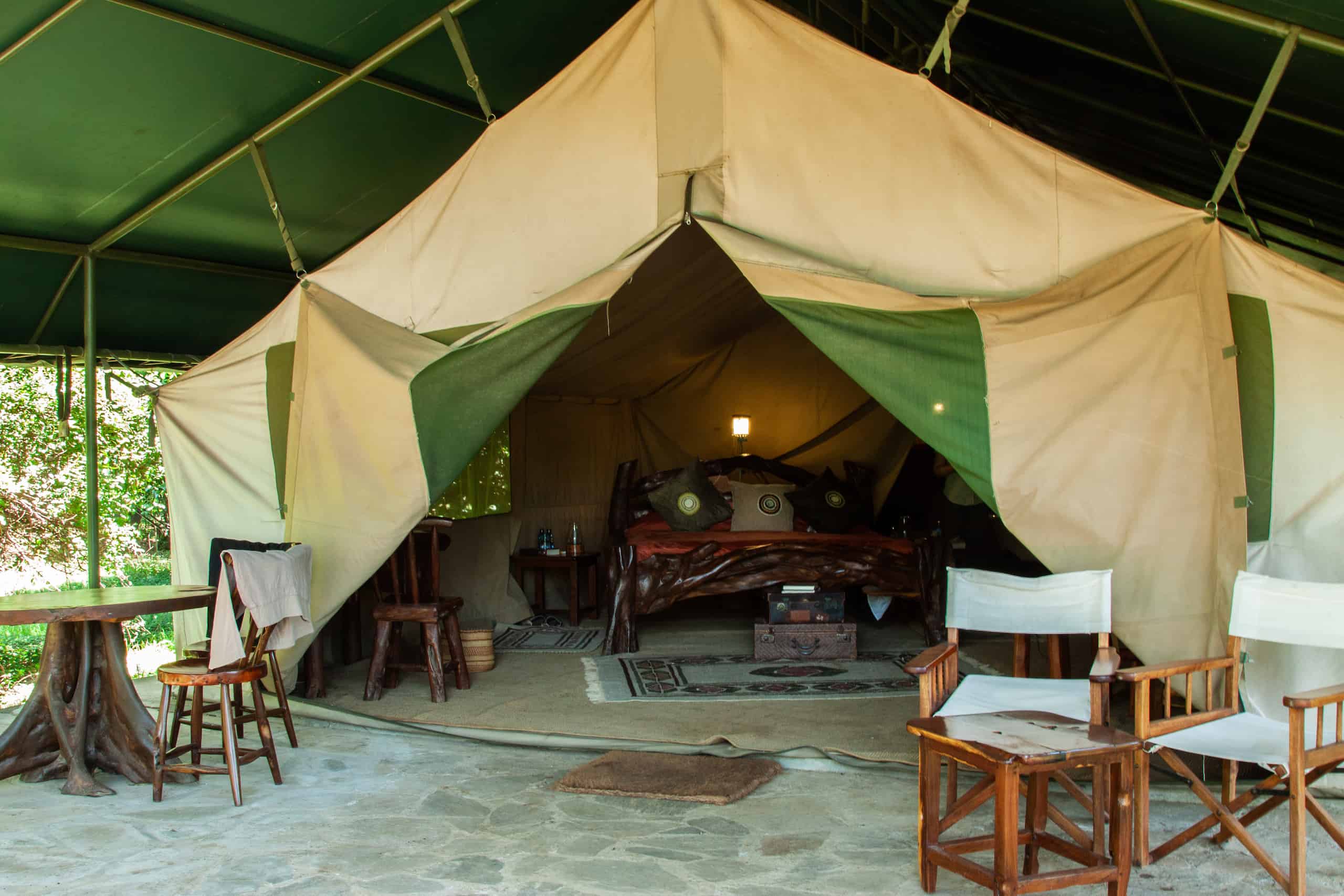
Guided tour
A guided safari package brings the benefit of:
- Transfer via plane/4×4 to the safari camps and lodges
- Luxury lodge packages
- Meals/drinks all catered for
- Safari guides and transport
- Facilities prepared including showers, wifi, cocktails and all requests
- Combined trips to neighbouring Tanzania and beach trips
- Tailored trips including chimp trekking tours
Self drive safari
For self-drive African safaris, visitors can hire their own 4×4, whilst accommodation can be secured in park campsites or in the vehicle itself if a campervan option is selected.
Part of the fun of a self drive safari is spotting the abundant wildlife on your own and taking the time to spend viewing your favourite animals.
A normal 2 wheel drive car may be sufficient, and of course cheaper, for some parks however other parks have deeper sand and a 4*4 will be required.
Best time to go to Kenya
Kenya is a beautiful country to visit, regardless of the season and popular with visitors from the U.S, Europe and South Africa.
Certain periods are more favorable for a safari in the best conditions. To know the best time to travel to Kenya , visitors should take into consideration the following key criteria:
- Regions visited
- Weather conditions
Overall, July to September is the best time to visit Kenya during the country’s dry season, which also coincides with the Great Migration of wildebeest and zebra.
Kenya safari cost
Kenya is a premier safari destination in Africa, thus incurring the more expensive costs associated with this.
There are multiple factors that can impact the Kenya safari prices including accommodation selected, trip duration, safari costs, tours, flights, transfers, meal options and additional activities visitors may request.
Travellers on a budget can reduce costs by booking their own flights, accommodation and activities as well as hiring a 4*4 to travel between the parks and reserves.
Organizing your safari
There are a number of different options available for organizing your safari in Kenya including:
Organizing your own safari is possible but only recommended for more experienced travelers and visitors on a strict budget. This option requires time and know-how to plan for all flights, transport, meals, accommodation and safari tours.
Without the knowledge of specific safari destinations and logistics in navigating an African country, this may be a challenging option for many travelers.
Tour operators
The biggest tour operators will offer safaris in Kenya where visitors can book a package that will cover their flight, transport, accommodation, activities and food, an ideal option for those with no previous safari experience in preparing for such a trip.
Safari travel agencies
Visitors will often find dedicated safari travel agencies to be the best option in booking their dream safari. These agencies have many years experience in booking safaris as well as multiple partnerships with local tourism networks and lodges/game reserves.
Travel agencies typically offer:
- Tailor-made tours
- Local tour guides
- Trips to must-see wildlife areas and parks
- All transportation
- High quality accommodation at reduced prices
The cost of the service of these specialized agencies can be a bit higher compared to other options, a cost worth bearing given the quality and ease of services provided.
Accommodation
Visitors typically will have the choice between lodges, chalets and campsites as well as African tent camps, suites and bedrooms.
Luxurious facilities are common including swimming pools, restaurants, bars, spas and terraces. Game viewings and plane transfers are organized by the accommodation providers.
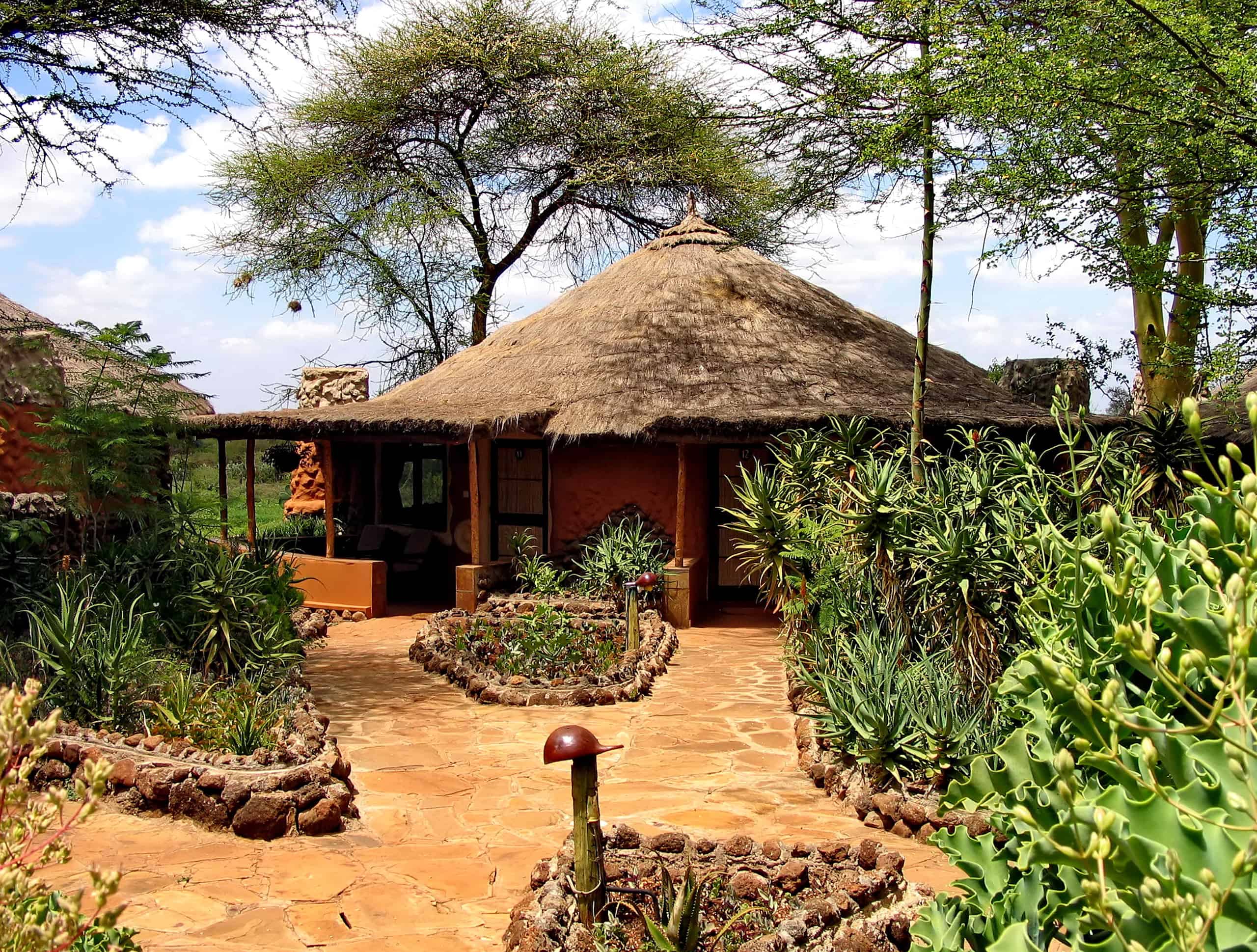
Trip preparation
International flights arrive via Jomo Kenyatta International Airport (NBO) for visitors wondering how to get to Kenya . Most tourists will have to obtain a Kenya visa including citizens of the U.S, U.K, EU, India and Canada.
Kenyan entry visas are exclusively issued electronically, with passengers required to obtain their e-visas before departure. Visitors can apply for single entry and transit visas on the e-visas website .
Visitors can expect to wait approximately 1 to 3 days for the visa to be approved and processed, and receive their Kenya eVisa in their inbox. Once approved, travellers are permitted a 90-day stay in Kenya.
Your passport should be valid for a minimum period of 6 months from the date of entry into Kenya. Make sure you have two blank pages in your passport on arrival.
The CDC and WHO recommend the following vaccinations for Kenya: Covid-19, Hepatitis A, hepatitis B, typhoid, rabies, meningitis, polio, measles, mumps and rubella (MMR), Tdap (tetanus, diphtheria and pertussis), chickenpox, shingles, pneumonia and influenza.
Yellow fever may be required if traveling from a yellow fever endemic country.
Malaria is prevalent in Kenya, particularly outside Nairobi. One of the highest risk areas is Mombasa which is where many travellers will find themselves at some time.
Malaria is transmitted by the bite of an infected mosquito and so the first line of defence is to protect yourself against mosquito bites. Malaria Prophylaxis may be prescribed to you during your consultation depending on your itinerary.
Check with a travel medicine specialist to see if antimalarials should be considered to help prevent malaria contraction. Visitors can find further information on Kenya vaccine details here .
At all ports of entry, visitors to Kenya who are above the age of 12 will be required to present documentation of either a COVID-19 vaccine or a negative COVID-19 PCR test performed no more than 72 hours prior to departure.
For further info on Kenya vaccine requirements , read our detailed and entry requirements.
What to pack
The essential items to pack for your Kenya safari include:
- Neutral coloured clothes
- Long-sleeved shirts protecting against the sun and mosquitoes
- Sunscreen, sunglasses, a hat and insect repellent
- Jackets and sweaters for early morning game drives
- Comfortable walking shoes
The currency of Kenya is the Kenya Shilling (KES). USD $1/GBP £0.75 = Approximately 114 KES.
Carrying a small amount of Kenyan currency , the Kenya Shilling (KES) is recommended to pay for groceries and smaller items where credit cards aren’t accepted.
Driving in Kenya
Driving is conducted on the left hand side of the road in Kenya and driving is generally considered to be safe.
Visitors driving through parks may require a 4×4, whilst carrying a map & GPS is recommended.
Visitors should consider travel insurance when planning their trip to help protect and cover the costs of hospitalization or repatriation if required.
Some credit cards may already include travel insurance. Online travel insurance comparators are also useful in finding suitable offers.
How much does a safari in Kenya cost?
Visitors can expect to pay between $800 to $1,100 per person per day.
When to go on a safari in Kenya?
Between July and September is the best time to go on a safari in Kenya, during the dry season.

- Bali – Indonesia
- Adventure Tours
- Family Friendly Tours
- Honeymoon & Romantic Tours
- Wildlife Tours
- Knowledge Tours
- Corporate Outings
- Cordelia Cruise
- Genting Dream Cruise
- Travel Blog
- Plan with expert
Kenya in July: Safari Adventures, Cultural Festivals, and Natural Wonders
Explore Kenya in July, where the savannah thrills with wildlife sightings, and cultural festivals offer a glimpse into the diverse heritage of the Maasai and Turkana tribes. From the Maasai Mara’s Big Five to the Turkana Festival’s vibrant celebrations, discover the magic of Kenya in July.
Welcome to Kenya in July, a month of adventure, culture, and natural wonders waiting to be discovered. As the winter chill settles in, the landscapes of Kenya come alive with lush greenery, teeming wildlife, and vibrant cultural celebrations. July is the perfect time to embark on thrilling safari adventures, witness the majestic Wildebeest Migration, and immerse yourself in the rich traditions of Kenya’s diverse tribes.
Join us on a journey through Kenya in July, where you’ll encounter the iconic Big Five in the Maasai Mara, marvel at the wonders of Lake Turkana, and celebrate the vibrant heritage of the Turkana and Maasai communities. Whether you’re a wildlife enthusiast, a culture seeker, or an adventurer at heart, Kenya in July promises an unforgettable experience.
Maasai Mara National Reserve: Safari Paradise
July beckons travelers to the world-renowned Maasai Mara National Reserve, a safari paradise teeming with wildlife and breathtaking landscapes. Known for its high density of wildlife, the Mara offers incredible opportunities to spot the Big Five—lions, elephants, buffaloes, leopards, and rhinos.
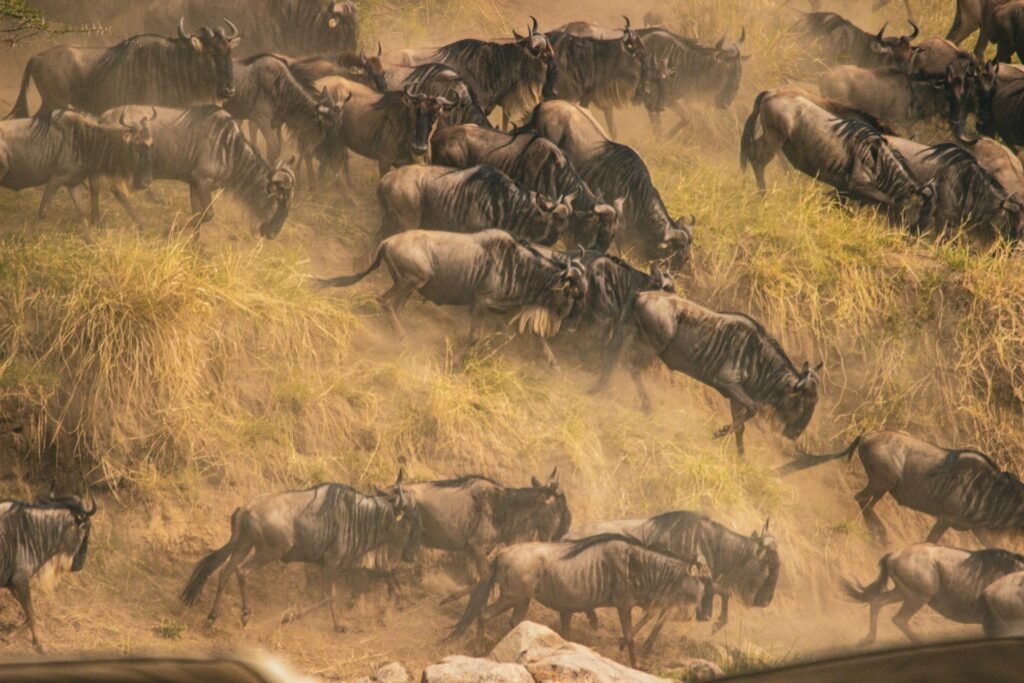
Embark on thrilling game drives across the vast savannah plains, where you’ll witness lions lazing under acacia trees, elephants trumpeting at watering holes, and herds of wildebeest and zebras grazing in abundance. The Mara River comes alive with the drama of river crossings during the Great Wildebeest Migration, a spectacle that must be seen to be believed.
For photographers, July provides optimal conditions to capture the wildlife in action, with clear skies and stunning golden light enhancing the beauty of the Mara’s landscapes. Luxurious safari lodges and camps offer a front-row seat to nature’s theater, with views of wildlife right from your doorstep.
Turkana Festival: Celebrating Indigenous Cultures in Kenya in July
Experience the vibrant cultural heritage of Kenya’s northern tribes at the annual Turkana Festival, held in July. This colorful event brings together various communities, including the Turkana, Samburu, El Molo, and Rendille, to celebrate their traditions, music, dance, and way of life.
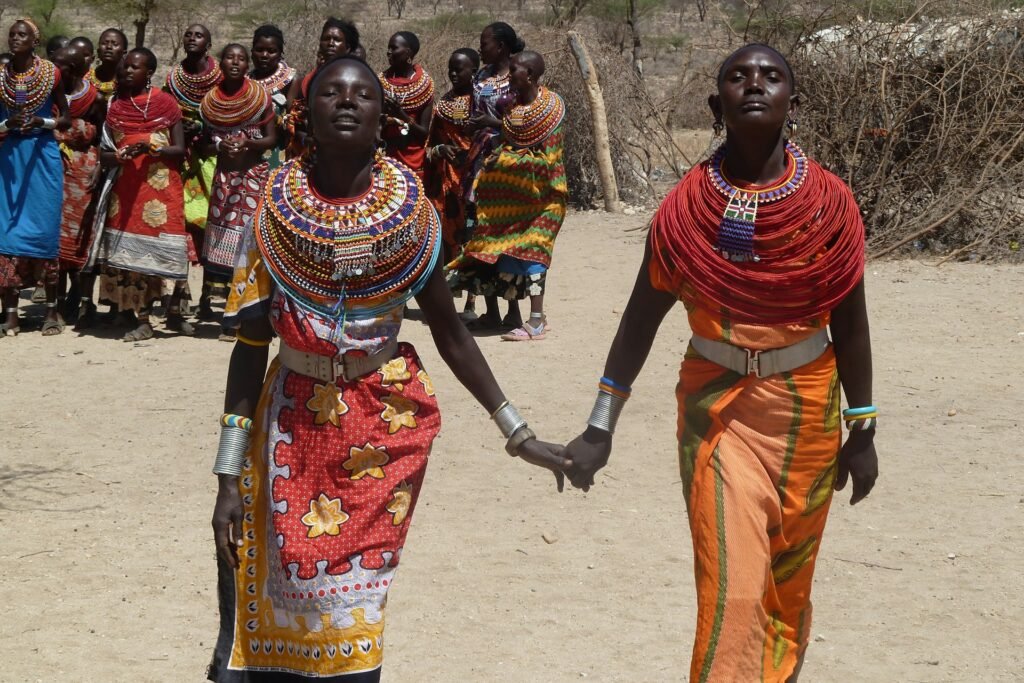
Witness captivating performances of traditional dances, such as the energetic Turkana dance and the graceful Samburu dances. Marvel at the intricate beadwork, elaborate hairstyles, and colorful attire worn by the participants, each piece a testament to the tribe’s cultural identity.
The festival also features camel races, a highlight of the event, where skilled riders showcase their agility and speed. Engage with local artisans selling handmade crafts, jewelry, and traditional artifacts, offering a glimpse into the rich cultural tapestry of Kenya’s northern tribes.
Lake Turkana: The Jade Sea in Kenya in July
Journey to the remote and mystical Lake Turkana, often referred to as the “Jade Sea” for its striking emerald waters. July offers a perfect opportunity to explore this unique and untouched wilderness, home to diverse wildlife and stunning landscapes.
Embark on a boat excursion to Central Island National Park, a UNESCO World Heritage Site located in the middle of Lake Turkana. Explore the island’s volcanic craters, hot springs, and diverse birdlife, including flamingos, pelicans, and herons.
Discover the ancient archaeological sites along the lake’s shores, such as the Koobi Fora fossil beds, where some of the earliest hominid fossils have been discovered. For the adventurous, consider a camel safari along the lake’s edge, traversing otherworldly landscapes dotted with volcanic rocks and acacia trees.
Lamu Island: Tranquil Escape on the Swahili Coast
Escape to the serene shores of Lamu Island, a UNESCO World Heritage Site nestled along Kenya’s Swahili Coast. July offers an ideal time to visit this tranquil paradise, where time seems to stand still amidst ancient architecture, narrow winding streets, and pristine beaches.
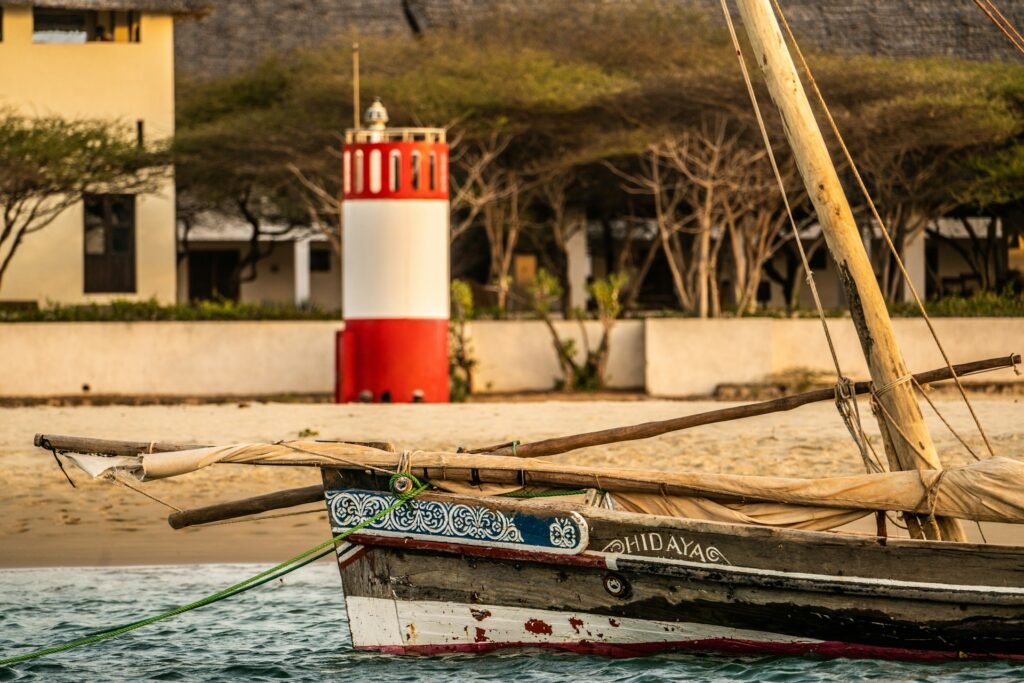
Explore the historic Lamu Old Town, with its intricately carved doors, historic mosques, and bustling markets. Wander through the narrow alleyways, where donkeys are the main mode of transportation, and discover hidden gems around every corner.
Indulge in the island’s laid-back atmosphere, where the sounds of Swahili music and the aroma of spices fill the air. Relax on the white sandy beaches, take a dhow sailing trip to nearby islands, or immerse yourself in yoga and wellness retreats offered on the island.
Nairobi: Cultural Hub and Gateway to Adventure
Begin your Kenyan adventure in the vibrant capital city of Nairobi, where a fusion of cultures, cuisines, and attractions awaits. July offers the perfect opportunity to explore Nairobi’s diverse neighborhoods, museums, and markets.
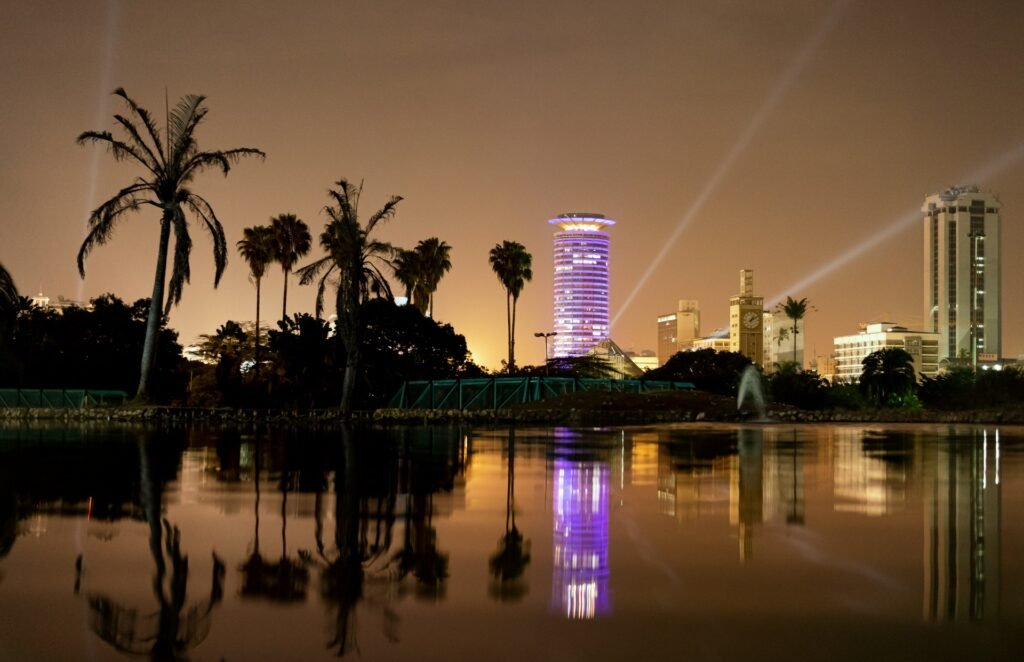
Visit the Karen Blixen Museum, the former home of the renowned Danish author, where you can step back in time to the colonial era of Kenya. Discover the Nairobi National Museum, housing a fascinating collection of artifacts, art, and exhibits showcasing Kenya’s rich history and heritage.
For nature lovers, Nairobi offers unique wildlife encounters at the Nairobi National Park, where you can spot rhinos, lions, giraffes, and more against the backdrop of the city skyline. Don’t miss the opportunity to visit the Giraffe Centre, where you can feed and interact with endangered Rothschild giraffes.
Kenya in July invites travelers to embark on a journey of safari adventures, cultural discoveries, and natural wonders that will leave a lasting impression. Whether you find yourself amidst the wildlife spectacle of the Maasai Mara, dancing to the rhythms of the Turkana Festival, or unwinding on the tranquil shores of Lamu Island, each moment promises an unforgettable experience. Embrace the spirit of adventure and cultural immersion in Kenya in July, where every corner reveals a new wonder of this East African gem.
Explore the wonders of Kenya in July , where the savannah thrills with wildlife sightings, and cultural festivals offer a glimpse into the diverse heritage of the Maasai and Turkana tribes. From the Maasai Mara’s Big Five to the Turkana Festival’s vibrant celebrations, discover the magic of Kenya in July.
Top Destinations
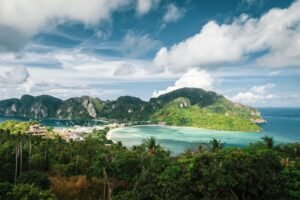
Bali - Indonesia
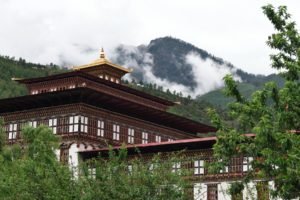
Latest Tours
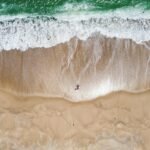
3 Nights Malaysia to Singapore via Phuket Genting Dream Cruise
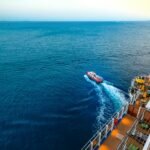
4 Nights Malaysia to Singapore Cruise Package by Genting Dream
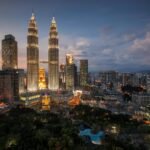
3 Nights Singapore-Penang-Port Klang-Singapore Genting Dream Cruise
Join our 10k+ subscribers and get exclusive travel tips, giveaways and more.
- Kenya Safari Tours
- serengeti Safari
- Destinations
- Hotels & Lodges

- Sign in / Join

Kenya In July

Table of Contents
Kenya In July Weather
If you’re planning a safari trip to Kenya in July, you can expect some pretty great weather. Temperatures will be warm during the day, with highs in the low to mid-30s Celsius (mid- to upper-80s Fahrenheit). At night, things will cool off a bit, but you’ll still be comfortable sleeping.
Is July A Good Time To Visit Kenya?
Overall, July is an excellent time to visit Kenya. The weather is warm and dry, making it ideal for safari activities like game drives and bush walks. And, if you’re hoping to catch a glimpse of some of Kenya’s iconic wildlife, this is definitely the time to go – especially if you want to see the big five.
The annual wildebeest migration also starts around July, so if you’re lucky enough to be in Kenya at that time, you may be able to see this incredible natural phenomenon.
What To Wear In Kenya In July
On safari in Kenya, you’ll want to dress for the weather. That means light, loose-fitting clothing made from breathable fabrics like cotton or linen. Long sleeves
What To Wear In July On A Kenya Safari
As far as what to wear, you’ll want to dress in light, airy clothing that will protect you from the sun during the day. Long pants and sleeves are a good idea, as are hats and sunglasses. And, if you’re planning on doing any bush walking, make sure to wear sturdy shoes. Check out what to wear on an African safari for more.
Kenya Beach Holidays In July
If you’re looking for a beach holiday in Kenya, July is definitely the time to go. Temperatures will be warm and the water will be perfect for swimming, snorkeling and diving. July is also a good time to enjoy some of the cultural activities that Kenya has to offer, like visiting local markets or taking a historical tours of places such as Mombasa with its rich history or Lamu and Malindi on the Kenyan coast.
RELATED ARTICLES MORE FROM AUTHOR
Safari boots, best sneakers for safari, how to book safaris in kenya, leave a reply cancel reply.
Save my name, email, and website in this browser for the next time I comment.
POPULAR ARTICLES
Is kenya safe, best headlamp for safari, best kenya safaris, safari clothes, which is better masai mara or serengeti, popular categories.
- Travel Accessories 66
- beach vacations 7
- Travel Safety 5

- Kenya Safari
The ultimate guide to your next Kenya Safari
- Kenya Gallery
- Where to go
- Experiences
Get to Know Kenya

By Matthys van Aswegen
Safari Travel Planner
Date Published: 2 January 2014
A safari in Kenya offers breathtaking natural beauty in one of the world’s most pristine environments and allows you to get up close and personal with some of Africa’s most sought-after animals.
Combined with the sight of Mount Kilimanjaro , all this makes a Kenya safari experience unique. The annual Great Wildebeest Migration is best viewed from both sides of the Mara River, but you can experience the herds on the Kenyan side between August and October.
The southern parks and reserves like the Masai Mara and Amboseli National Park are well worth seeing. So are the northern parts of Kenya’s private concessions and Samburu reserves, where you can find the Special Five – reticulated giraffe, Grevy’s zebra, Gerenuk, Somali ostrich, and Beisa oryx.
Kenya Video
How it Works
View our recommended safaris for inspiration and get ready to plan your dream safari
Contact us or fill out an enquiry form and one of our travel experts will help you tailor make your perfect safari
Enjoy an authentic African experience.
Why Visit Kenya?
Wildlife encounters:.
- The Great Migration: Witness the awe-inspiring spectacle of the Great Migration, where over 1.5 million wildebeest, zebras, and gazelles traverse the Mara-Serengeti ecosystem, braving the crocodile-infested Mara River in search of greener pastures.
- Big Five: Kenya is home to the Big Five—lions, leopards, elephants, rhinos, and buffalos. National parks like Maasai Mara, Amboseli, and Tsavo offer some of the best opportunities to see these majestic animals in their natural habitat.
- Diverse Wildlife: Beyond the Big Five, Kenya boasts an incredible variety of wildlife, including cheetahs, giraffes, hippos, crocodiles, and over 1,000 bird species. It is a must for wildlife enthusiasts.
Scenic Beauty:
- Mount Kilimanjaro Views: Amboseli National Park offers stunning views of Mount Kilimanjaro, providing a picturesque backdrop for your landscape and wildlife photographic safaris.
- Diverse Landscapes: From the rolling savannahs of the Maasai Mara to the arid landscapes of Samburu and the lush forests of Aberdare, Kenya’s varied ecosystems offer you breathtaking scenery and unique safari experiences.
Cultural Richness:
- Maasai and Samburu Tribes: Engage with the local Maasai and Samburu communities, learning about their traditional way of life, customs, and vibrant culture. You can visit local villages and cultural tours provide a deeper understanding of Kenya’s rich heritage.
- Historical Sites: Explore historical sites like Lamu Island and Fort Jesus in Mombasa, which offer insights into Kenya’s colonial past and Swahili culture.
Luxury and Comfort:
- Exclusive Lodges and Camps: Stay in luxurious safari lodges and tented camps that provide exceptional comfort, service, and immersive wildlife experiences. Many lodges offer private verandas, infinity pools, and bespoke dining experiences, ensuring a memorable stay.
- Gourmet Cuisine: Enjoy gourmet cuisine that blends local flavors of nyama choma (meaning ‘grilled meat’ in Swahili) or Matoke (a rich traditional stew) with international culinary standards, prepared by skilled chefs.
Adventure and Activities:
- Game Drives: Experience thrilling game drives led by expert guides who help you track and spot wildlife.
- Walking Safaris: Discover the park’s hidden wonders on foot with guided walking safaris, offering a closer connection to nature.
- Hot Air Balloon Safaris: Experience the Mara from a unique perspective with a hot air balloon safari, providing stunning aerial views of the landscape and wildlife.
- Beach and Safari Combo: Combine your safari adventure with a relaxing beach holiday on Kenya’s stunning coastline, where you can enjoy white sandy beaches and crystal-clear waters.
Accessibility and Infrastructure:
- Well-developed Infrastructure: Kenya boasts excellent roads, well-maintained camps, and numerous entry points, making it accessible and convenient for travellers.
- Tourism Services: As a popular tourism destination, you have a wide range of services that ensure a smooth and enjoyable safari experience.
Responsible Tourism:
- Conservation Efforts: Your visit can support vital conservation initiatives aimed at protecting Kenya’s diverse ecosystems and wildlife. Many lodges and camps are involved in conservation projects that look to safeguard both Kenya’s environment and local communities.
- Community Support: Engage in responsible tourism practices that benefit local communities, fostering sustainable development.
A Kenya safari offers an extraordinary blend of wildlife, luxury, adventure, and culture. From the iconic Great Migration to the rich traditions of the Maasai people, it couldn’t be easier to plan a transformative Kenya safari experience that will leave you with memories to cherish for a lifetime.
Where to go in Kenya
Kenya is home to some of Africa’s most iconic safari destinations, each offering unique landscapes and wildlife experiences. The Maasai Mara National Reserve is a must-visit, renowned for the Great Migration where millions of wildebeest, zebras, and gazelles cross the Mara River from July to October. Amboseli National Park, with its breathtaking views of Mount Kilimanjaro and large elephant herds, offers another exceptional experience, especially from June to October. Tsavo National Parks, known for their red elephants and diverse terrains, provide an adventurous escape during the dry season. Samburu National Reserve, located in the arid north, is home to unique species such as the Grevy’s zebra and reticulated giraffe, offering excellent wildlife viewing year-round. Each destination promises an extraordinary safari adventure, rich with Kenya’s natural beauty and diverse ecosystems.
- Amboseli National Park
- Laikipia Plateau
- Masai Mara National Reserve
- Mombasa and Surrounds
- Mount Kenya and Aberdares
- Northwest Safari Circuit
- Rift Valley Lakes
- Samburu Springs and Mount Meru National Park
- Southern Safari Circuit in Kenya
- The Coastal Belt
- Tsavo East and West
- Watamu and Malinda
- Where to Go on a Kenya Safari
A long-standing highlight of Kenya’s safari circuit, 392 km2 (151 square mile), Amboseli was set aside as a wildlife reserve in 1899 and made a national park in 1974.
Renowned for its high density of elephants, the park forms the unfenced core of an 8,000 km2 (3088 square mile) ecosystem that includes large tracts of Maasai community land both in Kenya and across the border in Tanzania.
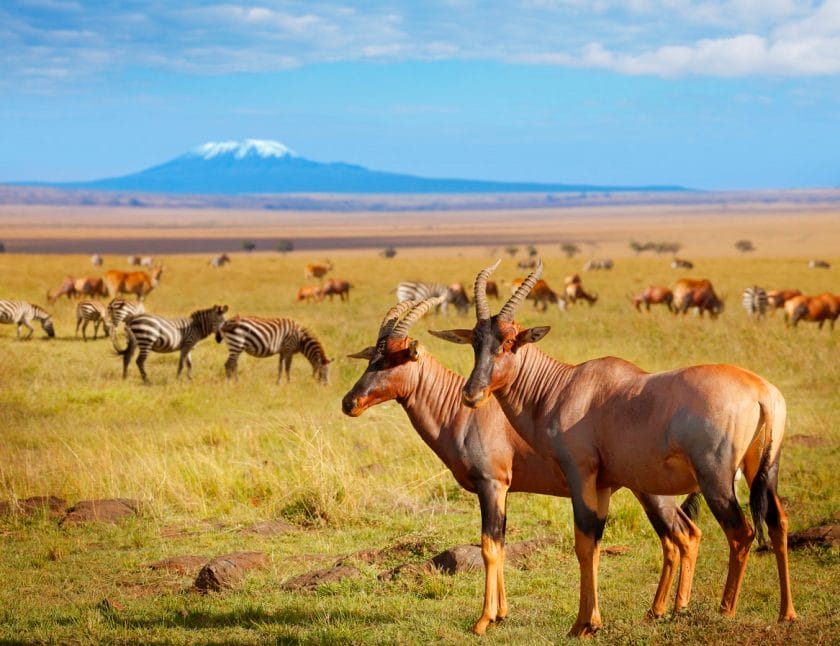
Amboseli National Park lies at the northern base of Mount Kilimanjaro and, cloud permitting, offers tremendous opportunities to photograph plains wildlife below the snow-capped peak of Africa’s tallest mountain.
Highlights of Amboseli National Park
The 5,891m (19,327ft) summit of Kilimanjaro – the world’s tallest freestanding mountain and Africa’s highest peak – actually stands within Tanzania. Still, the finest views of it are to be had from Amboseli.
For much of the day, the volcanically-formed mountain is rendered invisible by a shroud of clouds, but this usually lifts at dusk and dawn to reveal the iconic snow-capped peak rising a total 5km (3,1mi) above the dusty plains in all its breathtaking glory.

A dominating blue presence on maps of the park, the eponymous Lake Amboseli only holds water briefly in years of exceptional rainfall.
The rest of the time, this flat dry dust bowl supports large numbers of wildebeest, zebra, gazelle, and various exotic birds. The exotic birds you can expect to include the Secretary bird, Yellow-necked spurfowl, and the localized Pangani longclaw.
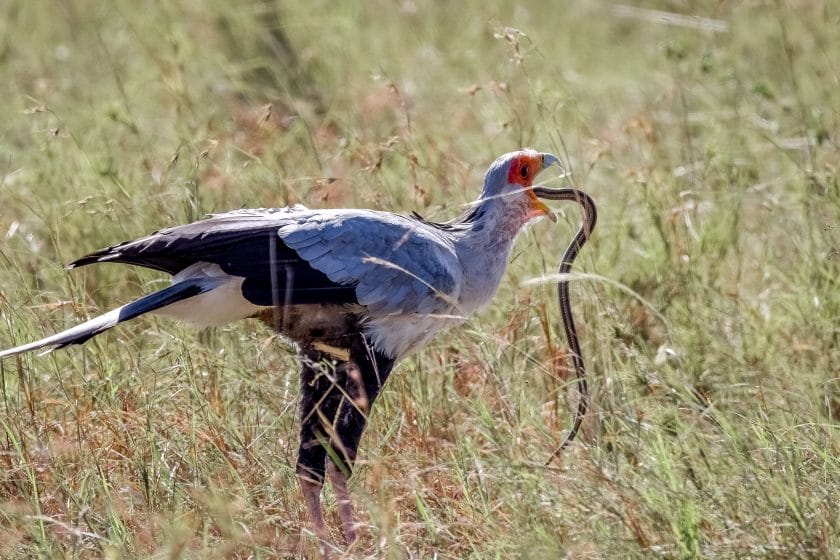
Scattered stands of umbrella thorn woodland, dominated by the distinctive flat-topped Acacia tortilis, are home to giraffe, impala, and a host of striking dry-country birds, notably Von der Decken’s hornbill, red-and-yellow barbet, rosy-patched bushshrike, and steel-blue whydah.
The permanent Enkongo Narok and Olokenya Swamps, fed by underground streams that rise on the upper slopes of Kilimanjaro, are home to plentiful hippos and a wide range of aquatic birds, among them long-toed lapwing, painted snipe, great white pelican, and grey crowned-crane.
Another must-see landmark is Observation Hill, which offers panoramic views across a pretty lake towards Tanzania, with Kilimanjaro often visible at dusk and dawn.
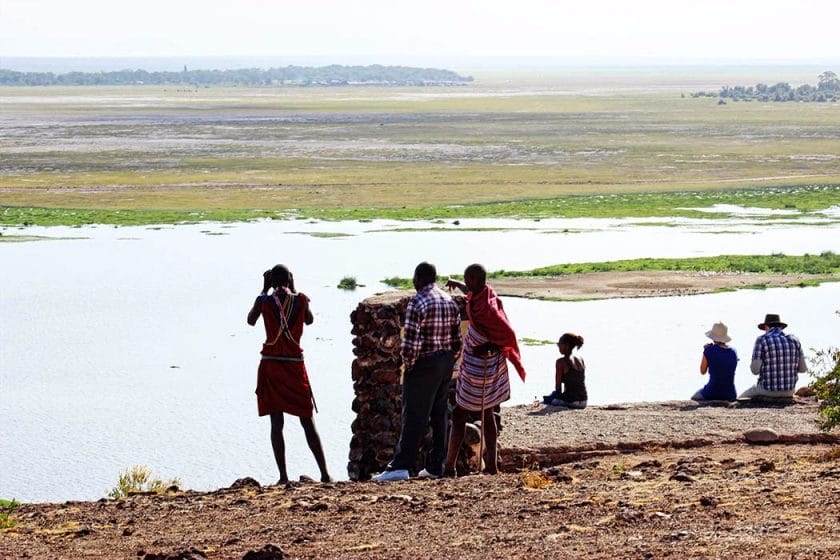
Amboseli’s most famous and entertaining mammalian residents are the subjects of the Amboseli Elephant Research Project , founded in 1975 by Dr. Cynthia Moss and retains detailed records of most births, deaths, and relationships within an extended community of around 50 families, whose range centers on the national park.
As a result of this close monitoring, the elephants of Amboseli are unusually well-habituated and contain a high proportion of old tuskers – excellent sightings are all but guaranteed.
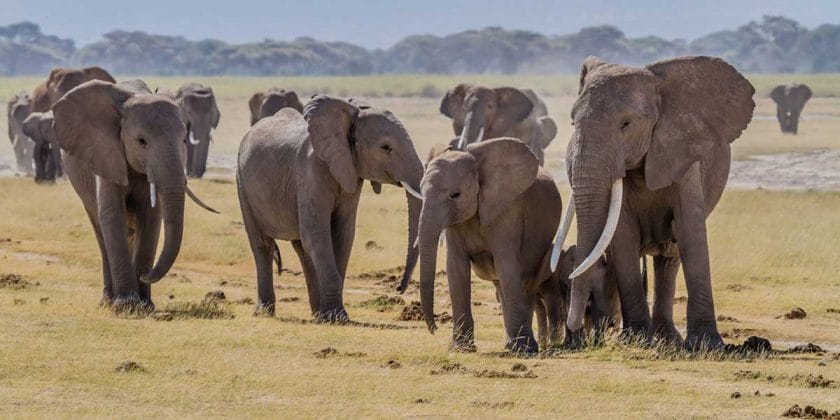
The core national park is surrounded by several private conservancies that comprise Maasai community land and offer exclusive traversing rights to one or two small camps or lodges.
The conservancies support several species seldom observed within the national park, for instance, Gerenuk and Lesser kudu, and the ability to head off-road allows guests to make the most of cheetah and lion sightings.
Practical Advice for an Amboseli Safari
- Coming by road, Amboseli is 230km (143mi) from Nairobi via Namanga, a drive that includes some heavily corrugated sections and takes about five hours in either direction.
- Road safaris in Kenya often combine Amboseli with Tsavo West National Park, which lies about 120km (75mi) away along a poor dirt road.
- It is also possible to fly into Amboseli from the likes of Nairobi, Mombasa, and the Masai Mara.
- Several safari lodges lie within the national park, and some excellent upmarket tented camps service the surrounding conservancies.
Dominated by livestock ranches in the colonial era, the vast Laikipia Plateau has since been transformed into one of East Africa’s finest and most exclusive wildlife destinations.
Indeed, this mosaic of several dozen private and community-owned sanctuaries, overseen by the non-profit Laikipia Wildlife Foundation , now operates as Kenya’s second-largest conservancy after Tsavo, comprising 9,500km2 (3668 square miles) in total.

Ecologically, the plateau is transitional to the central highlands and northern deserts. It provides an essential stronghold for rarities such as Grevy’s zebra, Black rhino, and African wild dog.
It also supports substantial numbers of lions, leopards, cheetahs, and dry-country specials such as Reticulated giraffes, Greater and Lesser kudu, Gerenuk and Beisa oryx.
Although the plateau forms a cohesive and jointly-managed ecological entity, the individual ranches and conservancy lodges all operate as self-contained tourist destinations.
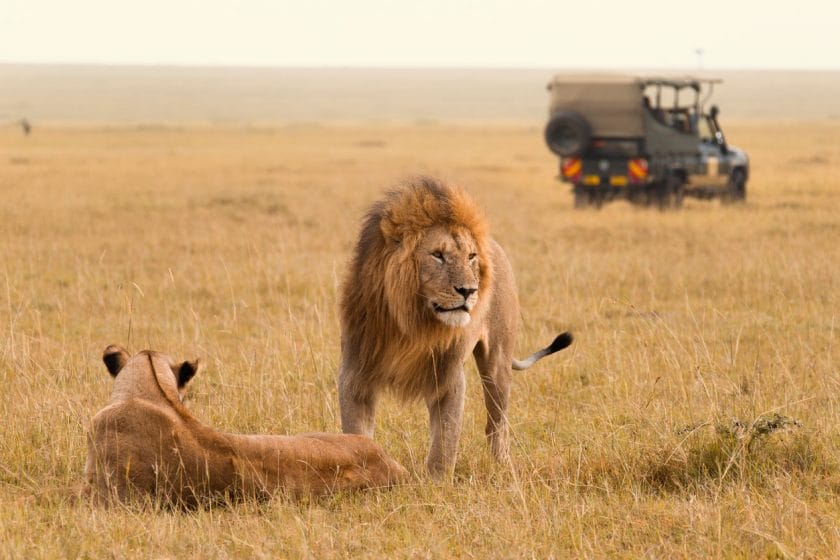
Most offer an all-inclusive tour package similar to those associated with the famous private game reserves bordering South Africa’s Kruger National Park . Activities include expertly guided game drives, and some conservancies also offer night drives, guided walks, and horseback safari excursions .
Highlights of Laikipia Plateau
The 365km2 (140 square mile) Ol Pejeta is the most accessible of the Laikipia conservancies and the only one that welcomes day visitors. It flanks the upper reaches of the Ewaso Nyiro River at the southern end of the plateau, only 25km (15,5mi) from Nanyuki.
One of the most crucial rhino sanctuaries in East Africa, it also supports elephant, buffalo, lion, leopard, cheetah, reticulated giraffe, Jackson’s hartebeest, Beisa oryx, gerenuk, and 500-plus bird species.
In addition to guided drives and walks, activities include lion tracking with researchers and visits to traditional villages.
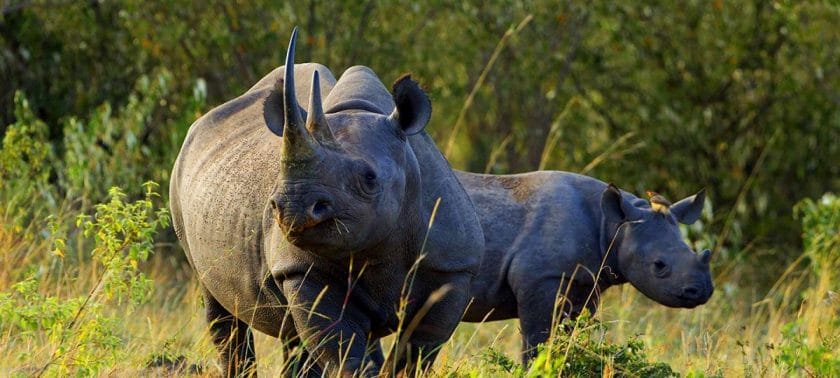
Situated within Ol Pejeta, Sweetwaters Chimpanzee Sanctuary was established in 1993 to protect orphans formerly housed at the Jane Goodall Institute in Burundi.
Since chimpanzees are not indigenous to Kenya, it’s the only place in the country where these charismatic apes can be seen on a Kenya safari tour , ideally by taking a boat trip along the Ewaso Nyiro River, which runs through the riparian forest where they now live.
A former cattle ranch reconstituted as a non-profit wildlife sanctuary in 1983, the 263km2 (102 square mile) Lewa Wildlife Conservancy is one of the oldest reserves in Laikipia and relatively accessible by car.

It’s a crucial stronghold for the endangered Grevy’s zebra, supporting around 400 individuals. It also provides sanctuary to significant numbers of Black and White rhinos and an easily spotted population of the localized Sitatunga antelope. Other wildlife includes elephant, lion, leopard, Spotted hyena, and a semi-resident pack of African wild dogs.
Remote and pristine, Northern Laikipia is carved up into a patchwork of community and private conservancies fronting the spectacular Ewaso Nyiro Gorge. The bush here is thicker and scrubbier than it is in the south, and while the Big Five are all present, densities are pretty low.
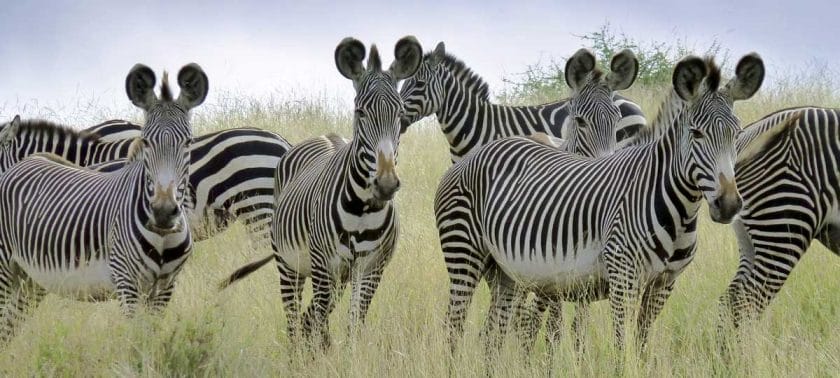
As a result, lodges tend to focus more on walking safaris than on motorized game viewing, making it an ideal bush retreat at the end of a longer safari in Kenya and offering an opportunity to concentrate on smaller mammals and exceptional birdlife.
Maralal, the informal capital of the Samburu people and gateway town to remote Lake Turkana, is perched at an altitude of 1,965m (6447ft) on the northern edge of the Laikipia Plateau. Its annual Camel Derby, held over the second weekend in August, is popular with residents and foreign visitors to Kenya.
Travel Tips for Laikipia Plateau
Private lodges in Laikipia mainly cater to the top end of the luxury Kenya safari market. Their standard package is an all-inclusive package that covers transportation, meals, activities, and, in some cases, drinks.
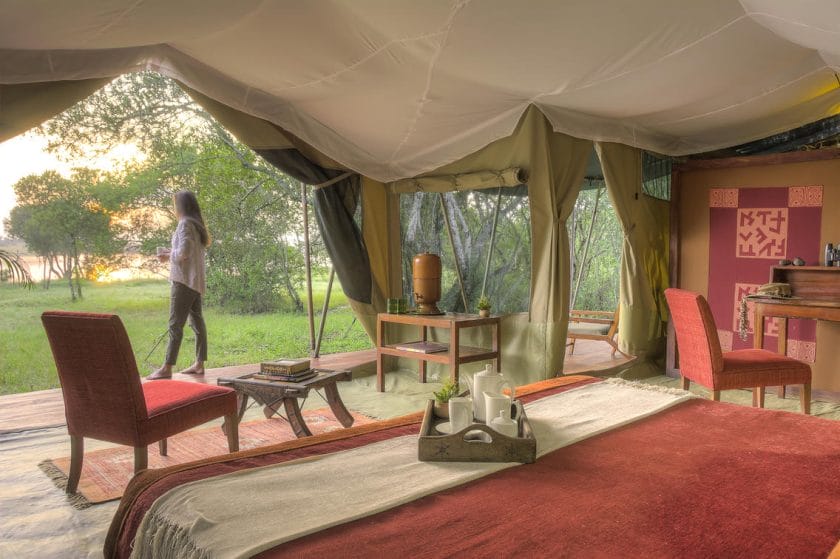
Coming from Nairobi, or elsewhere for that matter, the standard procedure would be to catch a scheduled flight from Wilson Airport to Nanyuki Airport, from which Ol Pejeta and Lewa Wildlife Conservancy are both relatively accessible by road. More remote lodges are usually reached by light aircraft charter.
Located in the far southwest of Kenya in the Great Rift Valley, the Masai Mara National Reserve is the country’s flagship park. It’s a vast wilderness of abundant big game, spectacular landscapes, and the scene of one of the planet’s most dramatic wildlife migrations .
The reserve is named after the Maasai people, a semi-nomadic tribe of pastoralists who have long inhabited the region, and their word to describe this landscape – “mara” – which means “spotted” – is a reference to the trees and bushes, as well as the shadows of passing clouds, that dot the plains.
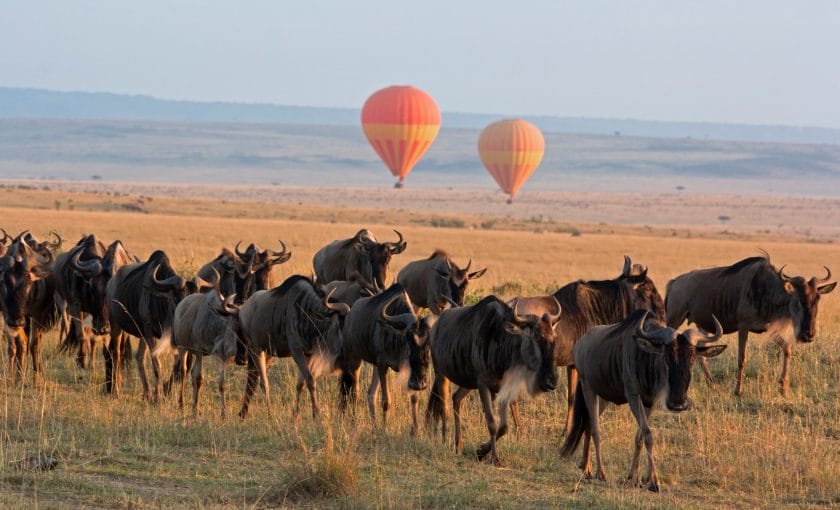
The Masai Mara was established in 1961 as a wildlife sanctuary. Today, it encompasses an area greater than 370 000 acres, with no fences between the park and the Serengeti National Park’s neighboring wilderness across the border in Tanzania.
A Masai Mara safari experience is one of the best ways to see wildlife: the concentrations of game here are astounding.
Resident in the reserve are the Big Five (although not many rhinos, and they’re hard to spot), as well as vast herds of plains game, hippos, and crocodiles in the rivers and more than 500 species of birds.
The reserve is particularly famous for its big cats – lions, leopards, and cheetahs – and the nature documentary BBC’s Big Cat Diary was shot on the reserve’s plains.
While the wildlife viewing at almost any time of the year is superb, the Masai Mara is best visited during the months of the Great Migration.
This is when millions of zebra, wildebeest, and gazelle make their way north into the park from the Serengeti, crossing the Mara River in search of fresh grazing.
Watching vast herds of animals on the move, as well as the thrilling kills by the big cats that pursue them, is one of the most exciting Masai Mara safari experiences you can have, and it’s no wonder that the Great Migration is at the top of most safari travelers’ bucket lists .
Apart from wildlife, the landscapes of the Masai Mara are stunningly beautiful: the classic Out of Africa backdrops of seemingly never-ending savanna studded with photogenic acacia trees are jaw-dropping.
To the west, the park is bordered by the Oloololo Escarpment, a dramatic plateau, while the rest of the park consists of rolling grasslands, acacia woodlands, riverine forests, and rocky hills.
Two major rivers – the Talek and the Mara – cut through the Masai Mara National Reserve, splitting it into three sectors: the Sekenani Sector, which lies to the east of the Talek River, the Musiara Sector, which is sandwiched between the two rivers, and the Mara Triangle, which is west of the Mara River.
The Narok County Council controls the Musiara and Sekenani sectors. At the same time, the more remote Mara Triangle is administered by a non-profit conservancy company, the Trans Mara County Council.
Musiara Sector offers excellent game viewing in the Musiara Marsh and some of the most spectacular wildebeest crossings at the Mara River. In the southeast of the park (and bordered by the Sand, Talek, and Mara Rivers), the Central Plains make up the largest part of the reserve.
The expansive grasslands of the Central Plains attract vast herds of plains animals, especially during the Great Migration from August to October, when the area is also famed for exciting big cat sightings.
Within the Central Plains, the savanna of Paradise Plain is prime cheetah territory, while Rhino Ridge is ideal for black-backed jackals, spotted hyenas, and bat-eared foxes.
Head to Lookout Hill for incredible panoramas of the Olpunyaia Swamp and sightings of hippos and for scenes of wildebeest crossing the river during the months of the migration.
As the closest area to Nairobi and with a vast number of lodges, hotels, and camps, the Central Plains is the most popular area of the reserve for tourists.
The Masai Mara’s rivers are home to hippos, massive Nile crocodiles, and many species of waterbirds. At the same time, the Mara River, which winds its way through the national reserve, plays host to huge pods of hippos and the dangerous crossings of wildebeest during the Great Migration.
Highlights of the Masai Mara National Reserve
An excellent introduction to the reserve’s varied grassland, woodland, and wetland habitats is provided by dawn hot air balloon safaris offered by almost all the lodges.
Over August and October, hot air balloon trips can also provide an astonishing vulture’s-eye view of the migrating wildebeest herds.
The Big Five are all present and seen with varying degrees of ease. Elephants are very common, as are buffaloes, the latter being the favored prey of the reserve’s huge lion prides, which often number 15 or more adults.
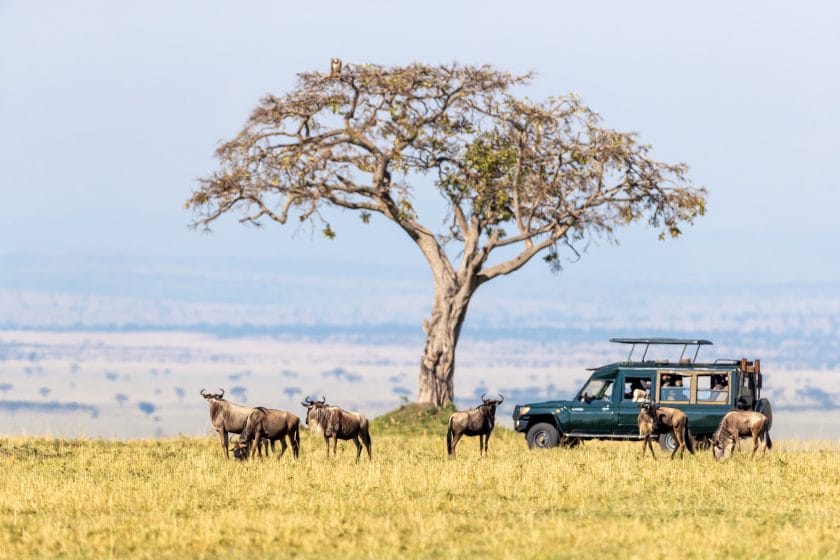
Leopards are more elusive but quite easy to locate if you know where to look, and while numbers of Black rhinos dropped alarmingly in the late 20th century, up to three dozen individuals still survive.
The rhino population here is the only one in Kenya that can be regarded as fully indigenous, with a gene pool (as yet) undiluted by translocated individuals from southern Africa or of mixed origin.
Even outside of the great migrations safari season , ungulates are well represented. There’s no better place for close-up views of Eland, the world’s largest antelope, which seems less skittish here than in most areas. Also likely to be seen are giraffe, impala, gazelle, Topi, Coke’s hartebeest, reedbuck, Defassa waterbuck, hippo, and warthog.

The Mara provides a fine introduction to East Africa’s savanna birdlife, with more than 500 species recorded in and around its borders, including such perennial favorites as Lilac-breasted roller, Superb starling, and Little bee-eater. Which makes this the perfect destination for photographic safaris in Kenya.
Large ground birds such as ostrich, Southern ground hornbill, Kori bustard, and the localized Denham’s bustard are also common. The riparian forest along the Mara and Talek Rivers is an essential habitat for niche species such as Ross’s turaco, Schalow’s turaco, and Grey kestrel.
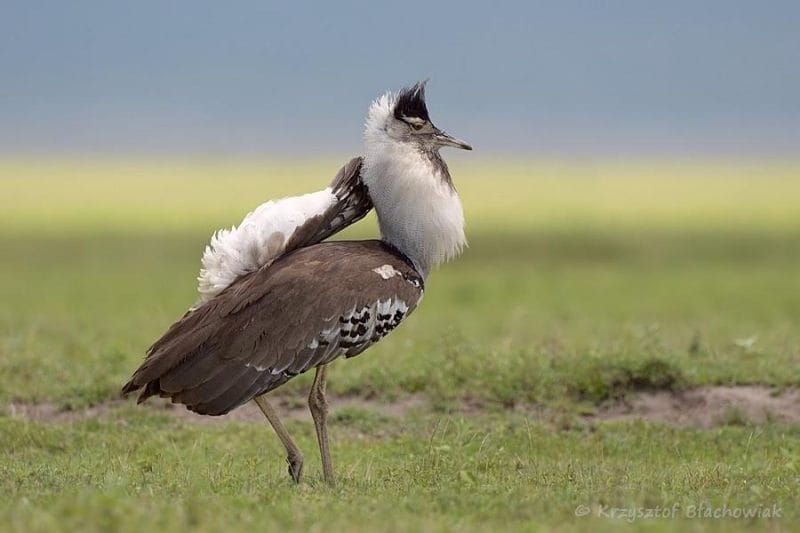
The drama of the wildebeest migration is encapsulated by the multiple river crossings that punctuate the great herds’ three-month tenure in the Masai Mara.
The river crossings usually start in August, when the wildebeest disperse into the plains surrounding the Mara River and continue regularly until the southward migration begins in October.
The wildebeest tend to stick to a few favored crossing points; the four used with greatest regularity lie along a 5km (3,1mi) stretch of river, meaning it’s pretty easy to keep tabs on any pending crossing.
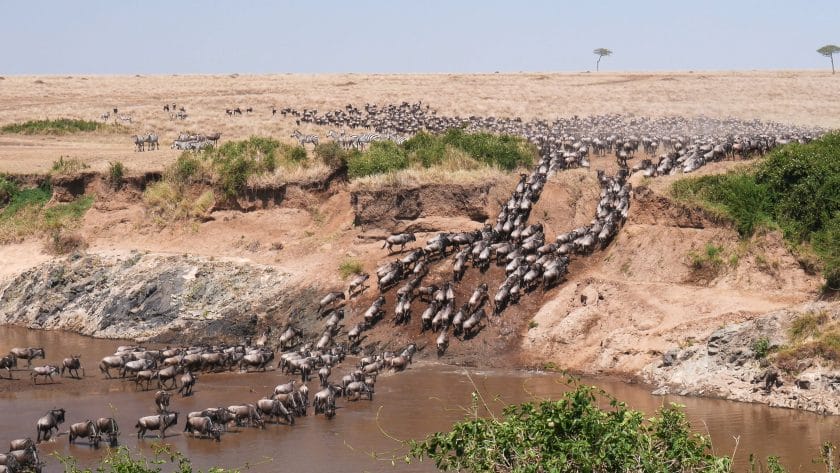
Bounded by the Mara River to the east and Oloololo Escarpment to the northwest, the Mara Triangle is an untrammeled westerly wedge that forms part of the national reserve. Still, it has been managed by a non-profit management company, the Mara Conservancy , since 2001.
The Mara Triangle offers a similar standard of game viewing to the rest of the national reserve, but it’s easier to escape the congestions of safari vehicles that tend to congregate around wildlife sightings east of the river, especially during the migration season.
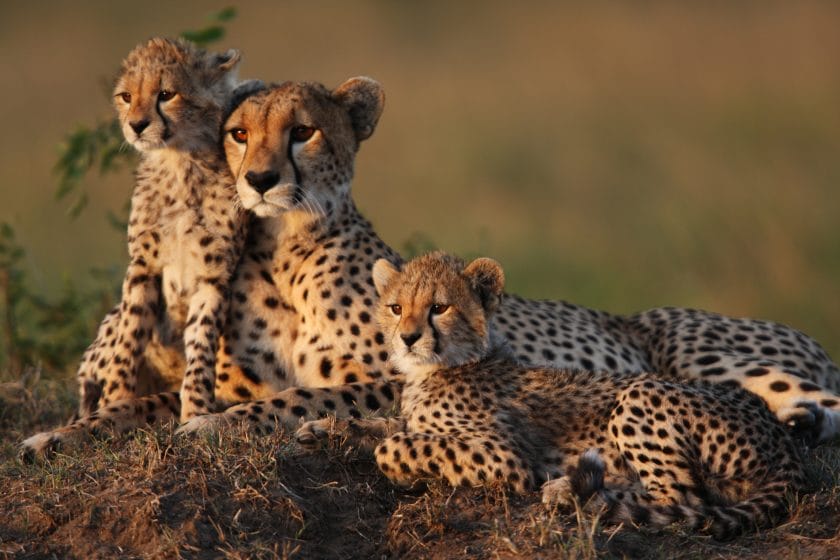
The national reserve is bordered by a cluster of private concessions and ranches, most of which are leased from or owned by local Maasai communities and serviced by a handful of small tented camps that share exclusive traversing rights.
The significant advantage of staying in one of these concessions is that, even more so than the Mara triangle, there is very little tourist traffic, so you are more likely to have sightings all to yourself. Many concessions also offer guided game walks and night drives, both of which are forbidden in the reserve proper.
Practical Advice for the Masai Mara National Reserve
- The easiest and most comfortable option is a fly-in safari package from Nairobi. This can be arranged through any reputable operator as a standalone safari or as part of a longer countrywide itinerary.
- Road safaris from Nairobi generally work out to be cheaper, but it’s worth bearing in mind that the bumpy six-hour drive will consume a significant proportion of your time and energy in either direction.
- There is no shortage of lodges and camps scattered in and around the Masai Mara . Unfortunately, this means that the reserve has acquired a reputation for being touristy and overcrowded, especially at the busiest times of the year.
- When you book a lodge, be aware that crowding tends to be most extreme in the sector southeast of the Talek River and its confluence with the Mara.
- The central sector, cupped between the Talek and Mara, tends to be quieter. Still, the best lodges for those seekng an authentic bush experience are those in the westerly Mara Triangle and private concessions and ranches outside the park.
Mombasa is steeped in history. Kenya’s largest port and second most populous city, it was first mentioned by name by the 12th-century Arab geographer Al Idrisi, who described it as a prosperous trade emporium selling spices, gold, and ivory to ships from Arabia and Asia.
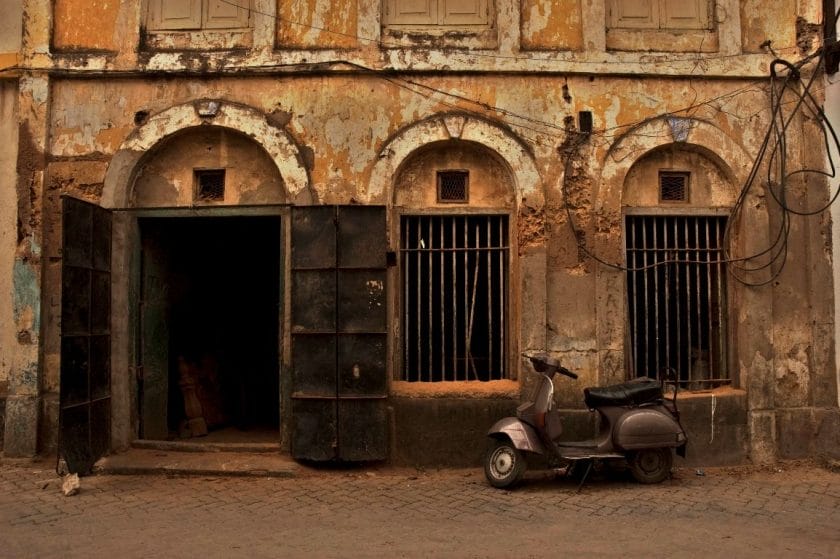
Today, the bustling island-bound city center is overlooked by the imposing Portuguese-built Fort Jesus. Its languid older quarters possess an organic layout and historical feel rare in more modern cities.
For all its commercial and historical importance, Mombasa is not so much a tourist focus as a funnel through which most visitors pass en route to the suburban resort cluster of Nyali, Kenyatta, Bamburi, and Shanzu, or to Diana Beach 30km (19mi) to the south.
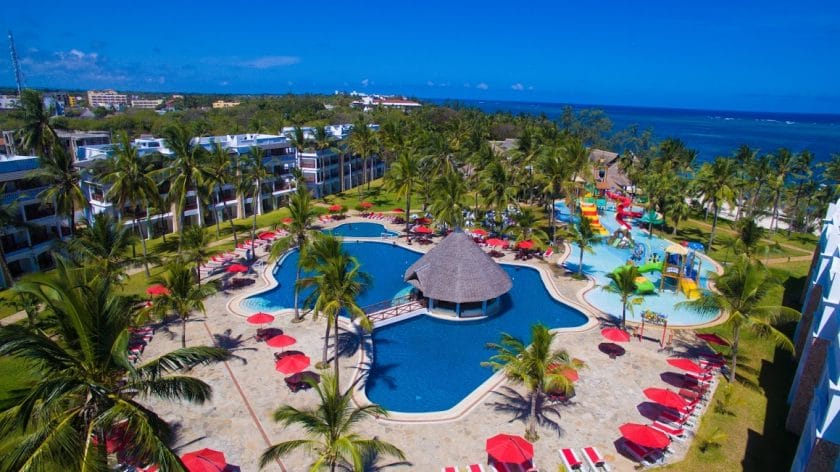
Inevitably, beach and marine activities dominate in this part of Kenya, but the underrated Shimba Hills National Reserve provides an excellent destination for those seeking a quick wildlife fix.
Highlights of Mombasa and its Surrounds
With thick seaward walls and turrets rising a full 16m (52ft) above the coral foundation, Fort Jesus has cut an imposing figure above Mombasa’s old town harbor since it was constructed by the Portuguese in the 1590s.
For centuries afterward, it was the most strategically important building on the East African Coast, changing hands more than a dozen times before its occupation by the British in 1895.
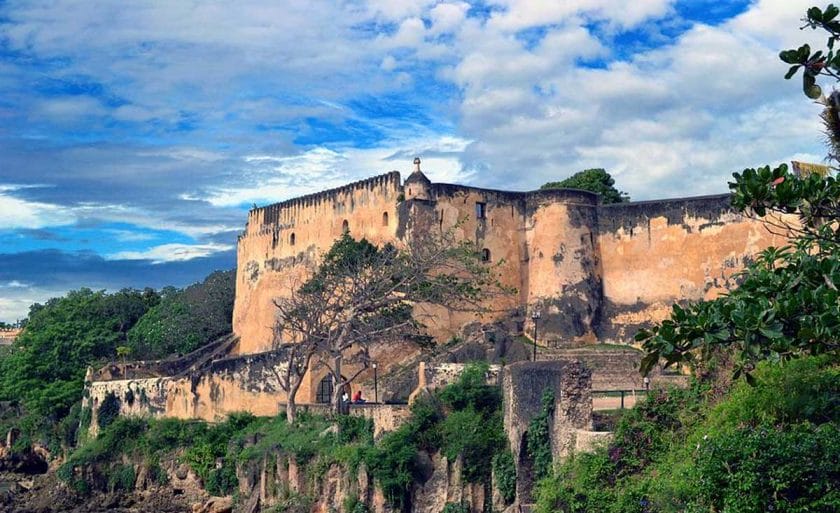
Now a UNESCO World Heritage Site, the fort has more-or-less retained its original plan and incorporates a museum housing an impressive collection of artifacts unearthed during excavations, ranging from Chinese porcelain to Arabic pottery.
A panel of wall paintings executed by an unknown Portuguese sailor sometime before 1639 can be seen in situ. Overlooking the old harbor north of Fort Jesus, Mombasa Old Town is the city’s oldest continuously settled district, and several of its mosques were founded in medieval times.

It comprises narrow alleys lined by two- and three-story Victorian buildings adorned with oriental-influenced fretwork balconies, carved window frames, and Zanzibar doors.
It’s a lovely area to stroll around, infused with a striking sense of community. A post-millennial facelift has seen many once-dilapidated buildings restored as galleries, boutiques, or characterful juice and coffee shops.
The most popular beach destination near Mombasa, Diani is a long and idyllic stretch of palm-fringed white sand, lapped by calm, warm waters protected by an offshore reef.
Despite being the focal point of a holiday in Kenya’s all-inclusive beach package scene , Diani’s beach remains blissfully uncrowded by Mediterranean standards, and there’s some fine offshore diving and snorkeling on offer.

It holds plenty of interest for wildlife lovers too. Relict patches of coastal forest are home to Sykes, Vervet, and Angola colobus monkeys, along with striking forest birds such as Trumpeter hornbill and Schalow’s turaco.
Only 30km (19mi) inland of Diani, the underrated Shimba Hills National Reserve is an excellent destination for a day or overnight luxury safari in Kenya.
The only Kenyan stronghold of the handsome Sable antelope is also home to giraffe, zebra, warthog, elephant, buffalo, and leopard.
The reserve also protects a patch of coastal forest inhabited by Angola colobus monkey, Blue duiker, Red-bellied coast squirrel, and Green-headed oriole. For a leg stretch, take the two-hour guided hike from Elephant Lookout to the 21m (69ft) high Sheldrick Falls.
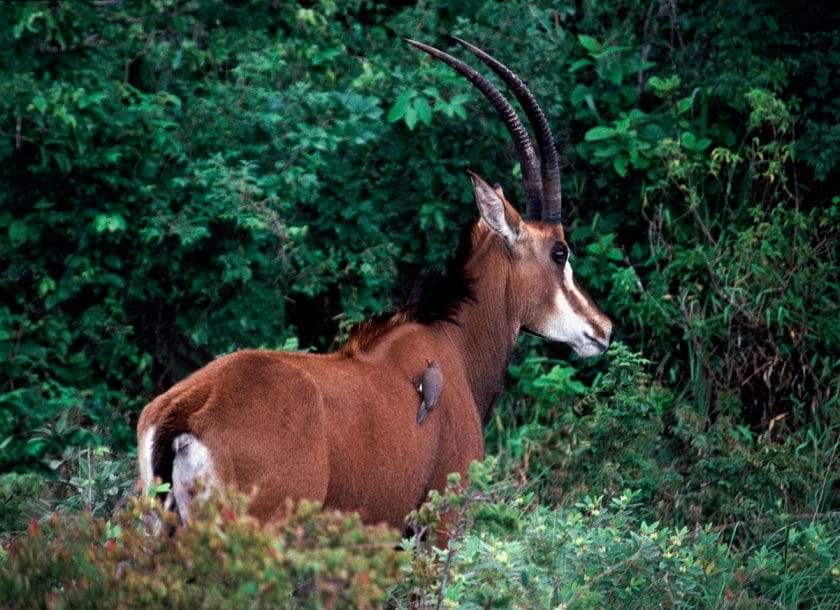
A popular day trip from Diani, Wasini Island is known for its so-called ‘Coral Garden’, a bleakly attractive landscape of partly exposed coral outcrops, sand flats, and mangroves that can be explored from a boardwalk managed as a community project by a local women’s group.
Immediately north of Mombasa, the 8km (5mi) stretch of coast running from Nyali to Kenyatta Beaches is less resort-like than Diani but still hosts some excellent beach hotels, and glass-bottomed boat excursions into Mombasa Marine National Reserve are on offer.
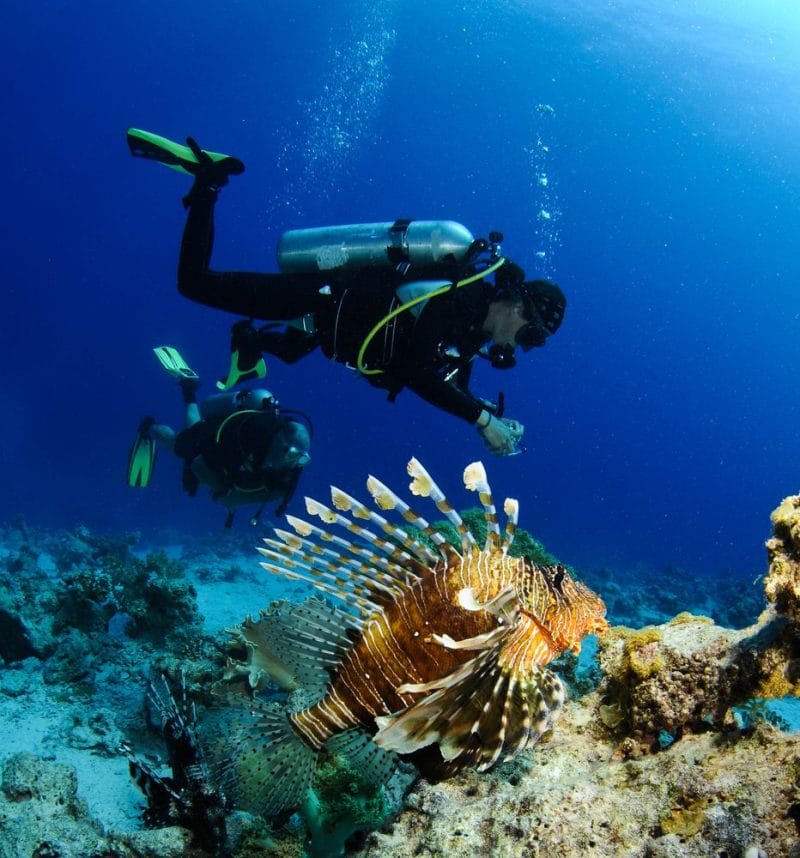
Bombolulu Workshops is an admirable non-profit craft center that creates employment for more than 150 disabled people and sells a wide variety of handcrafted items in its on-site shop.
Slotting in somewhere between a zoo and a safari park, family-friendly Haller Park comprises a reclaimed and reforested limestone quarry that can be explored along a 90-minute nature trail. Large enclosures contain wildlife such as giraffes, hippos, buffalo, and various antelope.
Practical Advice for Mombasa and Surrounds
- Central Mombasa stands on a 5.3km2 (2 square mile) island connected to the north coast by the 400m (1312ft) Nyali Bridge, the interior by the short Makupa Causeway, and the south coast by the Likoni Ferry across Kilindini Harbour.
- Most visitors arrive by air at Moi International Airport (MBA), which is serviced by a steady stream of domestic flights to/from Nairobi and elsewhere and by half-a-dozen international carriers.
- The airport is situated around 10km (6,2mi) from the city center via Makupa Causeway, and travelers heading to or from Diani need to allow sufficient time to pass through the city center and wait for the Likoni Ferry.
- Another popular way to travel between Nairobi and Mombasa is by train, following the so-called Lunatic Express constructed in the 1890s.
- Dozens of tour operators in Mombasa and Diani offer day trips further afield to the likes of Shimba Hills and Wasani Island. Car rental services are also widely available.
- There is no shortage of accommodation in and around Mombasa . The main clusters of beach resorts are at Diani and Nyali, while accommodation in Mombasa tends to be more low-key, with the most attractive options being found in and around the Old Town.
Very different in character to the rest of the country, the lushly vegetated and densely populated central highlands that stretch northward from Nairobi are capped by the hemisphere-straddling Mount Kenya and its permanent equatorial glaciers.
Rising to 5,199m, Mount Kenya is the second-tallest in Africa, topped only by Kilimanjaro , and it is linked to the more westerly 3,999m Aberdare Range by an elevated grassy saddle.
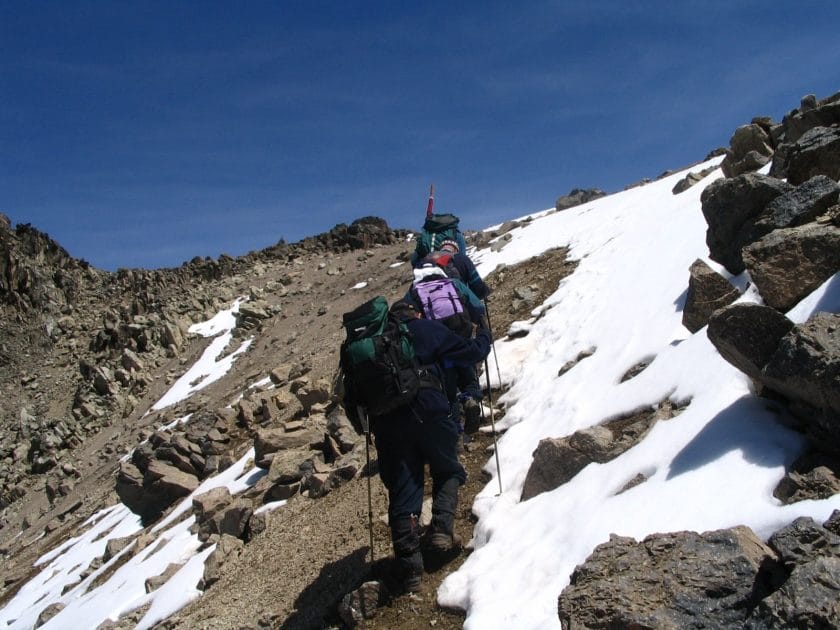
Oddly, these two massifs represent extremes of geological antiquity. Where the contorted folds of the Aberdares rank among the most ancient in East Africa, dating to before the Age of Dinosaurs, Mount Kenya is an extinct volcano that erupted into existence several million years after our earliest bipedal ancestors first strode across the Rift Valley floor.

Mount Kenya and the Aberdares are both protected within a national park. They also share many ecological affinities, and collectively support most of the country’s surviving Afro-montane forest and Afro-alpine moorland, the latter an otherworldly landscape of open moorland studded with bizarre giant forms of heather, lobelia and groundsel.
The two mountains host an outstandingly varied fauna, including all the Big Five alongside more localised forest specialists such as Sykes monkey, black and white colobus, Harvey’s red duiker, mountain antelope and giant forest hog.
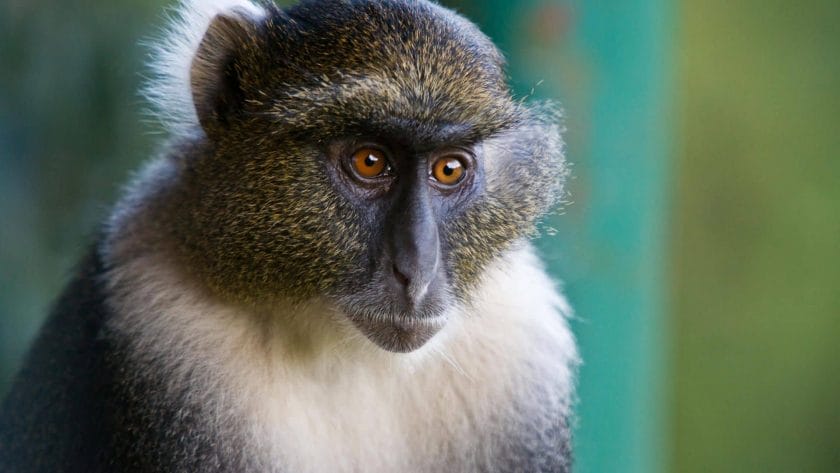
Though not as popular as Kilimanjaro, the multi-day hike to Point Lenana – at 4,985m, the highest point on Mount Kenya accessible without specialist climbing equipment – leads through a similar spectrum of attitudinally-determined Afromontane vegetation zones.
And while it may appeal less to peak-baggers, Mount Kenya has the advantages of being less crowded, less expensive, and less likely to be treated as a single-minded exercise in summiting.
The highest two points on Mount Kenya at 5,199m and 5,188m respectively, Batian and Nelion Peaks are highly alluring to experienced climbers with specialist equipment.
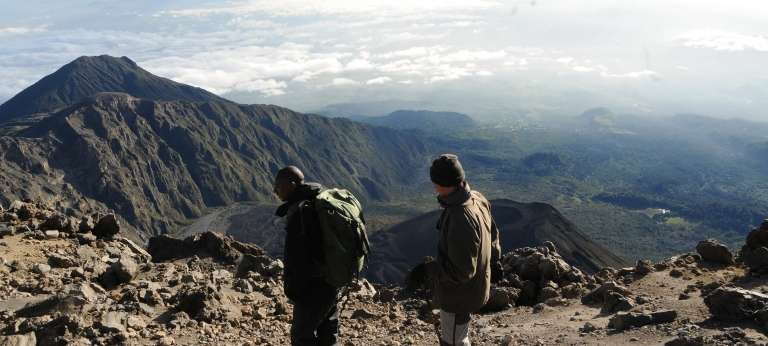
Aberdare National Park is best known as the site of the tree hotels Treetops and The Ark, stilted timber monoliths which double as overnight hides overlooking forest-fringed water holes that attract a steady stream of wildlife, including elephant and black rhino.
Historic Treetops gained overnight fame in 1952 when it hosted the young Princess Elizabeth on the very night that her father King George VI died, and she became the uncrowned Queen of the United Kingdom.
Conceptually similar to the tree hotels of the Aberdares, Serena Mountain Lodge , the only hotel set in Mount Kenya’s forest zone, provides an excellent introduction to highland fauna.
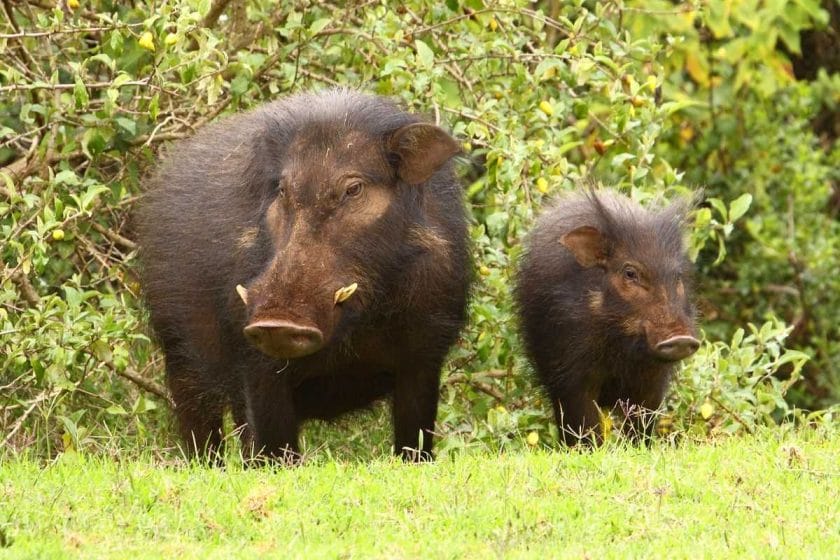
It overlooks a waterhole that occasionally attracts all the Big Five, as well as forest specialists such as giant forest hog, bushpig, Sykes monkey, black-and-white colobus monkeys, silvery-cheeked hornbill and Hartlaub’s turaco.
Game drives in Aberdare National Park follow little-used network of rough 4×4-only roads from the forest zone into an Afro-montane moorland punctuate with lovely waterfalls.
Wildlife includes black rhino, elephant, buffalo, giant forest hog and various monkeys. The Aberdares is one of the few places in Africa where melanistic (all black) leopards are regular.
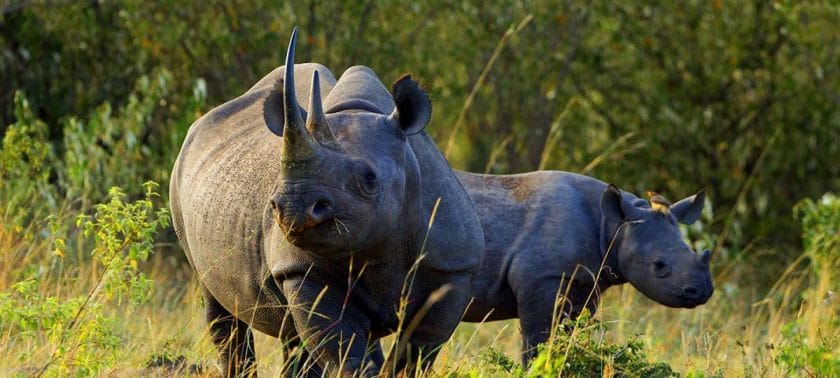
The forests support one of only two remaining wild populations of the mountain bongo Tragelaphus eurycerus isaaci – a beautifully marked and Critically Endangered large forest antelope that is now effectively endemic to Kenya having become extinct elsewhere in its range.
Kenya’s highest town, Nyahururu is perched at 2,360m on the edge of the Laikipia Plateau alongside the attractive Thomson’s Falls, which plummet 75m over a volcanic ledge into a forested gorge inhabited by black and white colobus monkeys and a varied selection of birds.
The private Mount Kenya Wildlife Conservancy is a wildlife orphanage that operates several important conservation projects, none more so than rehabilitation of a herd of captive-born mountain bongos for release into the forests of Mount Kenya, where it was last seen in the wild in 1994.

Founded in 1970 as a breeding centre for rhinos, Solio Game Ranch is a private conservancy situated on the grassy highland saddle that links Mount Kenya to the Aberdares.
Starting with a combined introduced population of 39, it now hosts at least 50 black and 85 white rhino. In addition, more than 100 individuals born at Solio have been translocated to other locations in Kenya.
Travel Tips for Mount Kenya and Aberdares
- All the sites listed above can be reached in up to four hours from Nairobi along well surfaced roads through Thika. Regular domestic charter flights connect Nairobi and the Masai Mara to Nanyuki Airport, from where it is a short drive to most sites of interest in the vicinity of Mount Kenya and the Aberdares.
- Hikes on Mount Kenya are best arranged with specialist operators who know the mountain well and employs experienced guides and porters. The shortest option for a a round hike is three days, but it is advisable to spend at least three nights on the mountain before ascending Lenana to minimise the effects of altitude.
- Any of the region’s three tree hotels – Treetops, The Ark or Serena Mountain Lodge – makes for a great overnight stop on road safaris between the Masai Mara or Rift Valley and Laikipia, Samburu-Buffalo Springs, Shaba or Meru.
- In addition to these upmarket lodges, medium-large highland towns such as Nyeri, Nanyuki, Nyahururu, Meru and Embu all have a few adequate restaurants and hotels. They also offer the opportunity to draw money or do some last-minute grocery shopping before heading out on safari.
The vast swathe of Kenya that runs north from Nairobi towards the remote border with Ethiopia is characterized by geographic extremes. On the one hand, the cool and fertile central highland rise towards the 5,199m (17,057ft) peak of Mount Kenya, not only Africa’s second-tallest mountain but sufficiently lofty to actually support glaciers less than 15km (9,3mi) south of the equator.
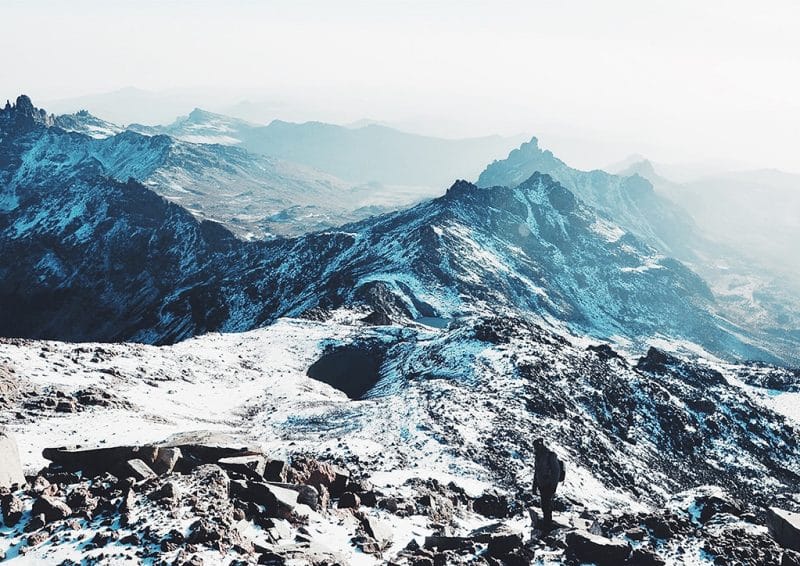
By contrast, the hostile plains that stretch north from Mount Kenya rank among the most arid and barren of sub-Sahelian landscapes, supporting a thin population of nomadic peoples who eke out a living as traditional pastoralists.
These contrasting landscapes offer some of Kenya’s most nuanced and varied game viewing. Admittedly, there’s nothing quite on the scale of the Masai Mara.
Still, the remote and rugged likes of Meru National Park, Samburu-Buffalo Springs National Reserve, and the private ranches of Laikipia support a fascinating array of dry-country wildlife. At the same time, the highlands around Mount Kenya are rich in forest wildlife.
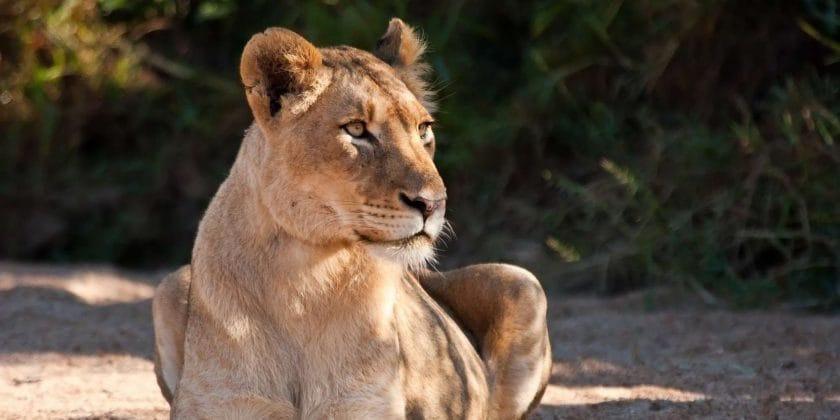
Overall, the northwest will perhaps be less rewarding to first-time Kenya safari goers than the more famous southern circuit. Still, it arguably has more to offer repeat African visitors when it comes to unusual wildlife encounters and a genuine wilderness experience.
Highlights of the Northwest Kenya Safari Circuit
Protecting Africa’s second-tallest mountain, Mount Kenya National Park is also Kenya’s most popular destination for multi-day hikes . For ordinary hikers, the usual goal is the 4,985m (16,355ft) high point Lenana, but peak-baggers with suitable climbing experience and gear can head all the way up to the 5,199m (17,057ft) Batian Peak.
Weather permitting, the landscapes – from lush rainforest to stark equatorial glaciers – are stunning. Set in the forest zones of Mount Kenya and nearby Aberdare National Park , a trio of hide-like tree hotels such as Serena Mountain Lodge, Treetops, and The Ark offer a unique overnight game-viewing experience.
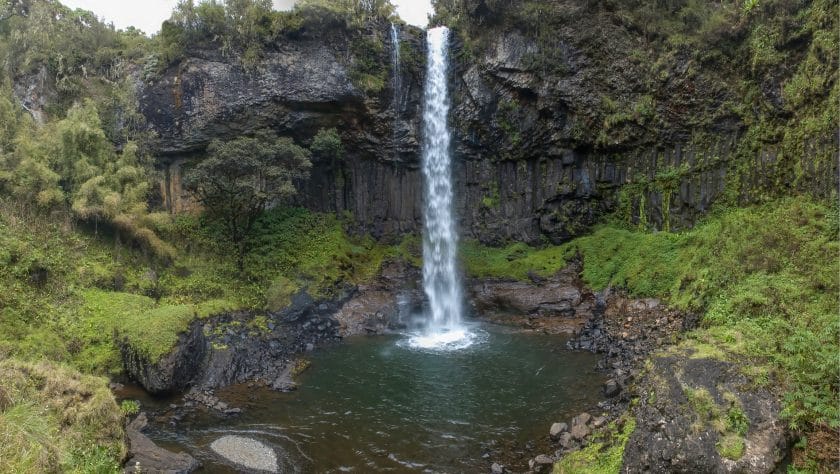
These lodges overlook water holes that regularly attract some or all of the Big Five and a host of secretive forest dwellers. The attractive Thomson’s Falls stands alongside Kenya’s highest town Nyahururu.
Solio Game Ranch, set on the grassy highland saddle between Mount Kenya and the Aberdares, operates Kenya’s most important breeding program for Black and White rhinos.
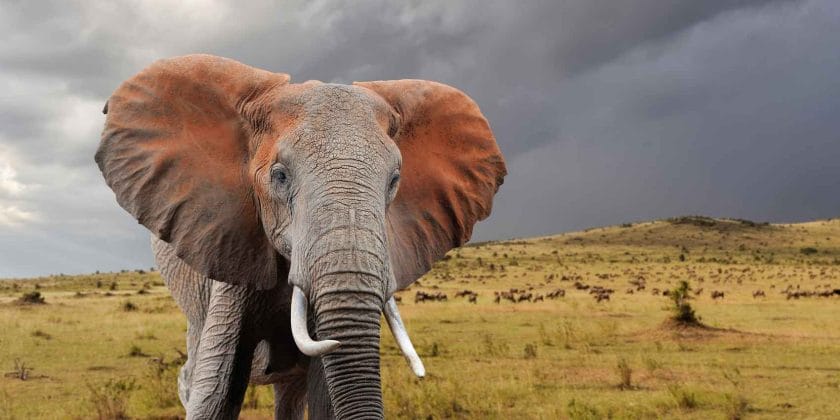
The vast Laikipia Plateau protects a patchwork of private and community-owned sanctuaries that offer exclusive all-inclusive safari packages focussing not only on the Big Five but also on rarities such as Grevy’s zebra and Black rhino.
At many ranches, game drives are supplemented by a more varied menu of night drives, guided walks, and horseback safaris .
Set on the arid plains north of Mount Kenya, the Samburu-Buffalo Springs-Shaba complex of national reserves protects a harsh environment alleviated by the forest-fringed waters of the perennial Ewaso Nyiro River.
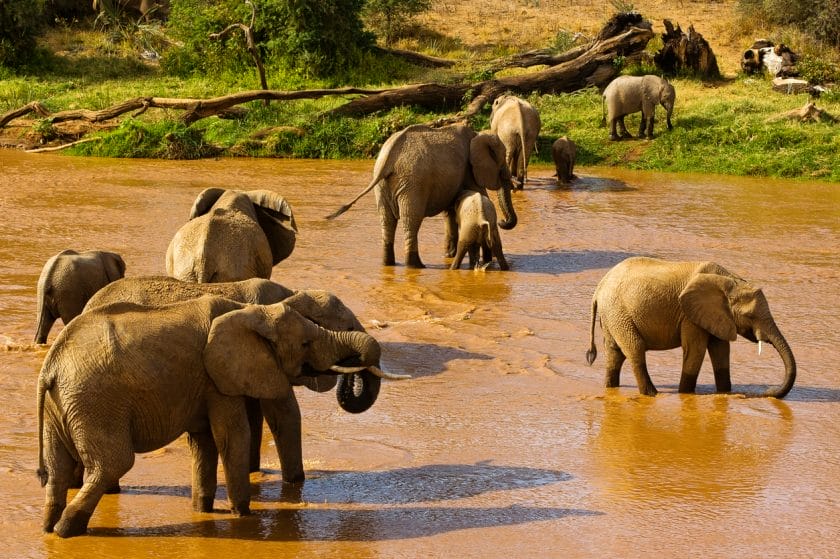
It’s the best place to see a long list of localized dry-country mammals and birds whose range is limited to northern Kenya and bordering parts of Ethiopia and Somalia.
The Namunyak Wildlife Conservancy north of Samburu can be explored on exclusive multi-day camelback and walking safaris .
Arguably a safari in Kenya’s best-kept game-viewing secret, Meru National Park, holds out the possibility of seeing all the Big Five in an unrestrained and little-visited wilderness of grassy plains and babbling jungle-lined streams.
Now accessible along a newly asphalted road running north all the way to the Ethiopian border, the underrated Marsabit National Park protects a volcanic massif that rises in verdant isolation from the surrounding arid plains.
Supporting a cover of lush forest and studded with pretty crater lakes, the park is also home to a good variety of wildlife, including some impressive tuskers.
One of Kenya’s most alluring off-the-beaten-track destinations, Lake Turkana is the world’s largest desert lake, its deep jade waters submerging the Rift Valley floor for 300km (186mi) from north to south.
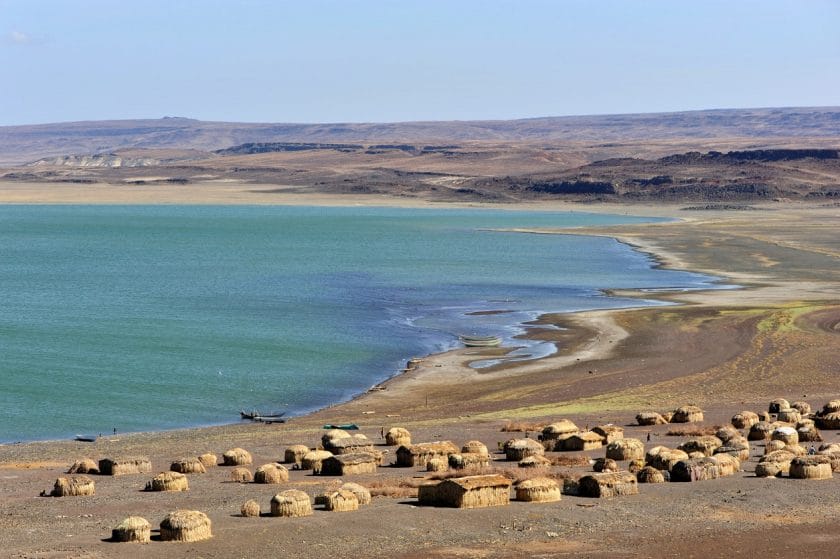
Set in an ancient landscape of extinct volcanoes and naked lava flows, this forbidding lake supports the world’s largest concentration of Nile crocodiles.
It is also where several of the world’s oldest and most important hominid fossils have been unearthed.
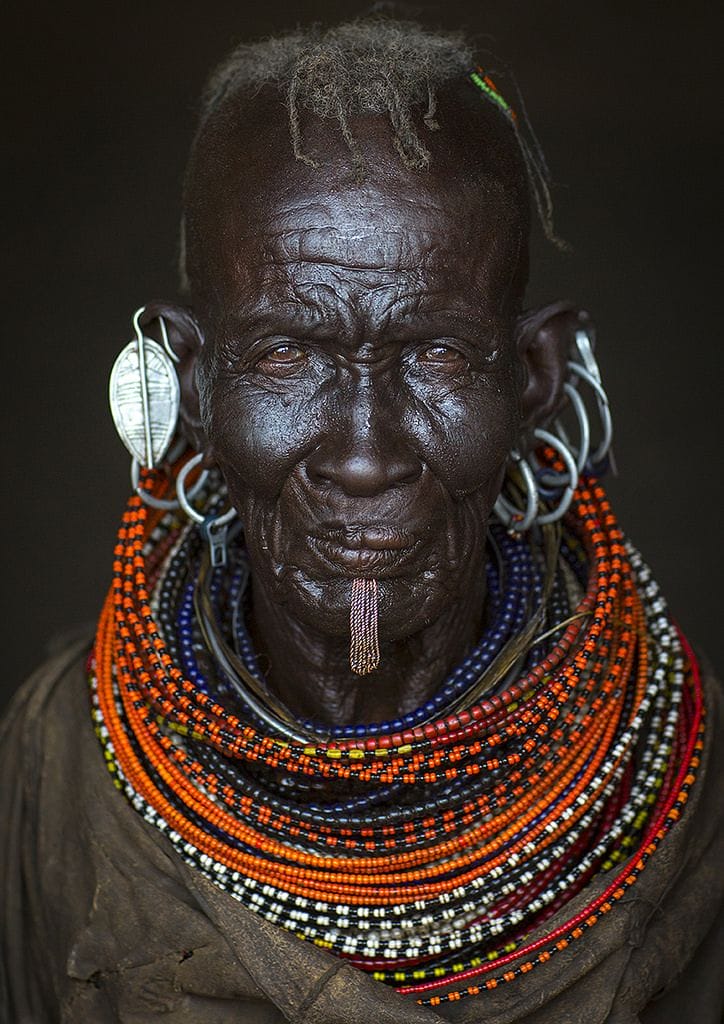
The lake hinterland is of great cultural interest thanks to the presence of traditional and colorfully-attired ethnic groups: the Rendille, Samburu, Turkana, and El Molo.
Practical Advice for a Northwest Kenya Safari Circuit
- The main airport in the region is Nanyuki Airport, which stands close to the eponymous town and is serviced by daily flights from the Masai Mara and Nairobi.
- Nanyuki is a short drive from most sites of interest in the region. Still, those heading on to more remote parts of Laikipia or Namunyak may need to charter an additional flight.
- Public reserves and parks are best visited on an organised safari, which can be arranged through any operator. Self-drive out of Nairobi is also a possibility.
- It’s pretty common to tag a visit to one or more of Laikipia, Meru, and/or Samburu-Buffalo Springs onto a southern safari taking in the likes of Masai Mara and Lake Nakuru.
- Any of the region’s three tree hotels – Treetops, The Ark, or Serena Mountain Lodge – would make for a great overnight break en route.
- Hikes on Mount Kenya are best arranged with specialist operators who know the mountain well.
- Upmarket lodges and tented camps can be found in all national parks and listed conservancies. Private lodges in Laikipia mainly cater to the top end of the safari market.
- Their standard offering is an all-inclusive package that covers transportation, meals, activities, and, in some cases, drinks. Most lodges in public reserves operate more like conventional hotels.
The sheer basaltic cliffs of the Rift Valley northwest of Nairobi hem in a classic East African landscape of open savannah studded with jagged volcanic outcrops and strung with beautiful lakes.
Large mammals are less prolific than in the Masai Mara or Amboseli, but the area is renowned for its prolific birdlife.
The main attention-grabbers are the million-strong flocks of flamingos that frequently amass at saline lakes Nakuru and Bogoria.
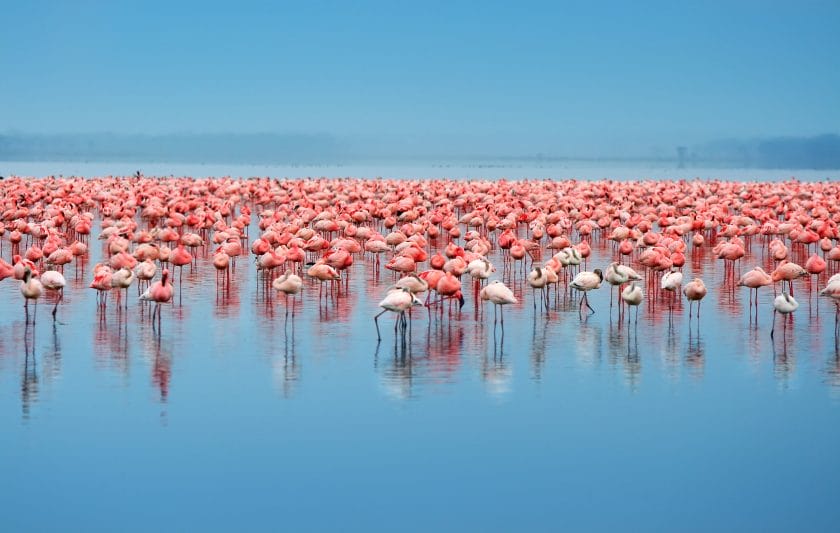
Then again, the freshwater lakes Naivasha and Baringo vie with each other for the accolade of ‘ top general birding hotspot outside the national park system’.
Lake Nakuru National Park is one of the best places in East Africa to look for both Black and White rhinos, while the likes of Crescent Island, Hell’s Gate National Park, and Green Crater Lake Sanctuary offer fantastic opportunities to see large wildlife on foot.
Highlights of Rift Valley Lakes
Fringed by fever-tree forests and low mountains, freshwater Lake Naivasha, only 90km (56mi) northwest of Nairobi, provides a superb ornithological primer for East Africa. Resident birders talk glibly about ticking off 100 species before breakfast.
The shallows host large numbers of hippos, while Crescent Island offers the opportunity to walk amongst giraffes, buffalo, and waterbuck.
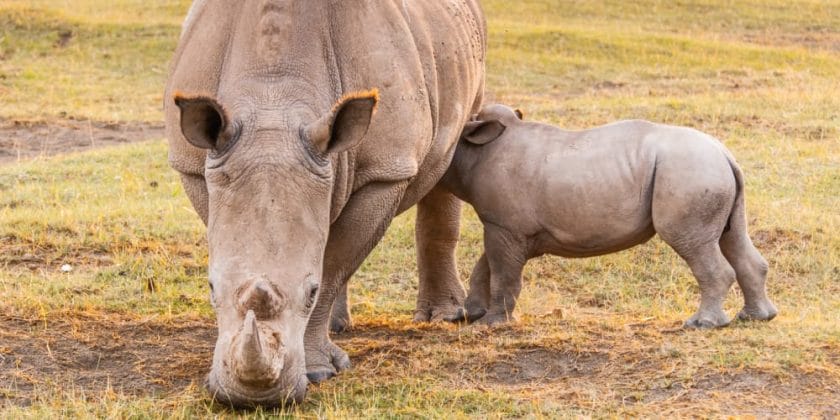
A popular afternoon treat is high tea at Elsamere Field Study Centre, which boasts a small museum dedicated to its former owner Joy Adamson of Born Free fame, and lovely lakeshore gardens frequented by black-and-white Colobus monkeys.
Named after the twin basaltic cliffs that guard its northern entrance, Hell’s Gate National Park protects a dramatic volcanic landscape of ancient lava plugs, sulphuric water vents, and obsidian outcrops.
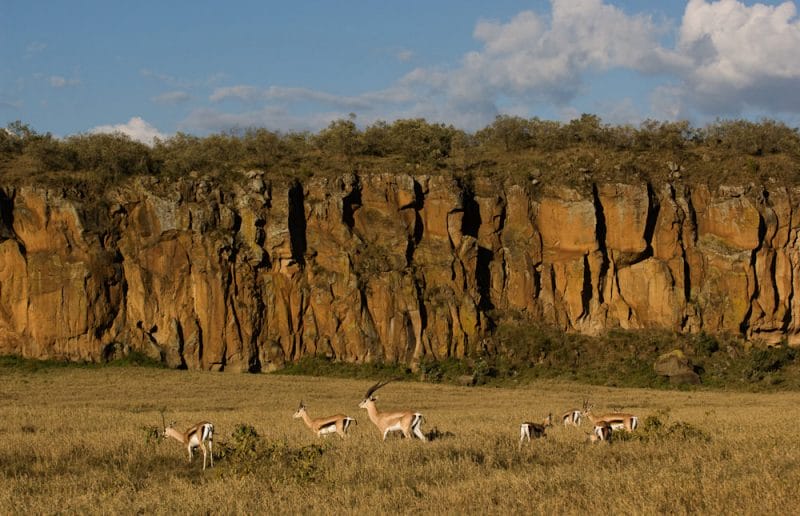
It’s also one of the last places in East Africa where one can walk or bicycle unguided through herds of plains wildlife. Buffalo, giraffe, zebra, wildebeest, gazelle, and eland are resident, and elephant, lion, and cheetah pass through occasionally.
The Green Crater Lake Sanctuary is a private reserve centered on the hyper-alkaline Lake Songasoi, which owes its verdant cast to a dense concentration of Spirulina algae.
Nestled in a forested volcanic crater, the scenic lake often attracts large flocks of flamingos. Guided game walks or horseback excursions come with a good chance of spotting black-and-white Colobus monkeys, buffalo, and various antelope.
The cluster of national parks and reserves set in the semi-arid lowlands running broadly northeast from Mount Kenya includes some of the country’s most rewarding safari destinations .
In part, this is because they protect a very different fauna from their more southerly counterparts: not only an intriguing selection of localised dry-country large mammals, including reticulated giraffe, Grevy’s zebra, and gerenuk but also a long list of birds whose range is more-or-less confined to the north of Kenya and far south of Ethiopia.
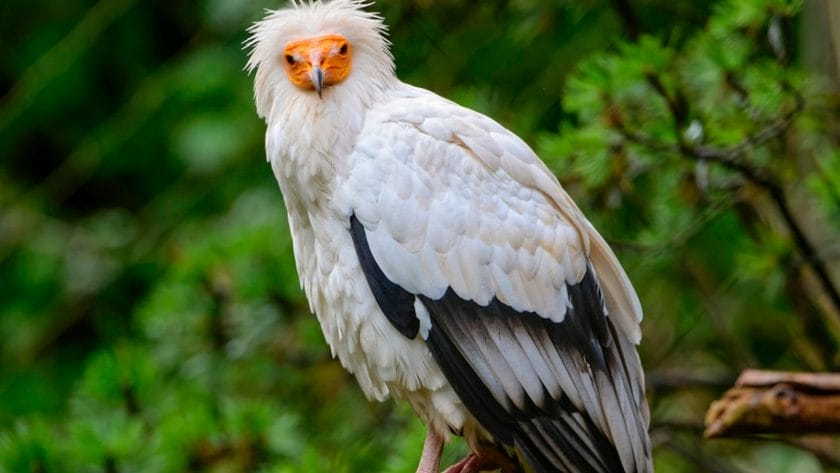
The region’s best-known attraction is the near-contiguous trio of Samburu, Buffalo Springs, and Shaba National Reserves, which protect a combined area of 440km2 (170 square miles) flanking the perennial Ewaso Nyiro River as it flows through an otherwise austere landscape of scrubby rocky plains and bare termite mounds.
Less famous is the 870km2 (336 square mile) Meru National Park, whose cover of tropical grassland and savanna is bisected by a series of narrow perennial streams that rise in the central highlands and empty into the Tana River – Kenya’s longest waterway – as it runs along the park’s southern boundary.
Highlights of Samburu Springs and Mount Meru National Park
Named after the red-robed pastoralist people who inhabit the surrounding plains, Samburu National Reserve, set on the north bank of the Ewaso Nyiro, protects a relatively hilly tract of dry thornbush that rises to 1,250m (4,100ft) at Ol Doinyo Koitogorr.
Characteristic wildlife of the open plains includes the endangered Grevy’s zebra, which is far bulkier and more narrowly striped than the familiar common zebra, and the handsome reticulated giraffe, distinguished by its geometrically-marked coat.
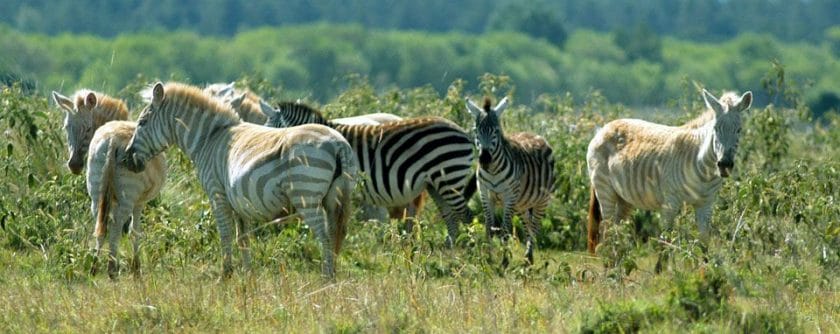
Dry-country antelope include Beisa oryx, Lesser kudu, Guenther’s dik-dik, and the bizarre stretch-necked gerenuk, which habitually stands erect on its hind legs to reach the leaves that most other antelope can’t.
Buffalo Springs National Reserve , set on the south bank of the Ewaso Nyiro, supports a similar range of wildlife to facing Samburu. It’s one of the more reliable places on a Kenya safari for leopard sightings, and the springs for which it’s named – a perennial marsh fed by underground water – attract plenty of wildlife in the dry season.
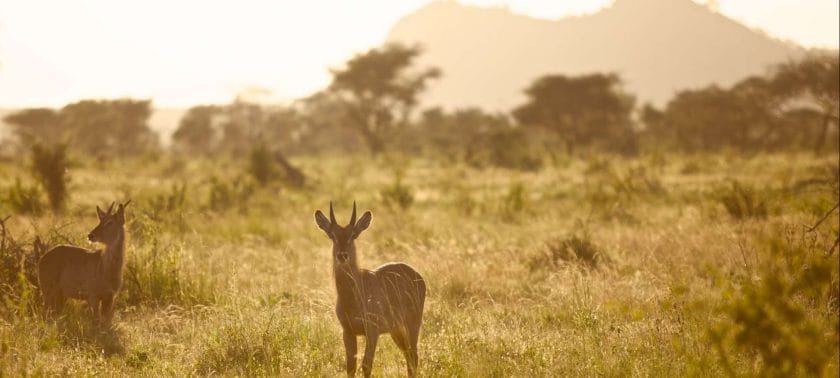
Situated on the south bank of the Ewaso Nyiro, only 5km (3,1mi) east of Buffalo Springs, the little-visited Shaba National Reserve is, if anything, even drier and more sparsely vegetated than its neighbors, but the range of wildlife is similar.
The main game-viewing loop runs through a mosaic of lava-strewn plains, parched grassland, and acacia woodland, offering glimpses of the river and passing by several hot springs.
In the far east, a spring-fed waterhole once used as a campsite by Joy Adamson now attracts a steady trickle of elephants, buffalo, lions, reticulated giraffes, Grevy’s zebra, and antelope.
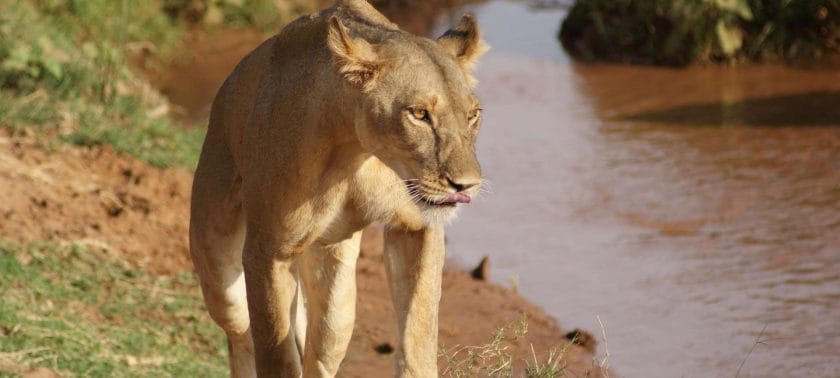
A long list of avian specials whose range is largely restricted to northern Kenya and bordering parts of Somalia and/or Ethiopia makes Samburu-Buffalo Springs-Shaba a key site for bird-watching safaris in Kenya.
Literal heavyweights on this list include the Somali ostrich, Abyssinian ground hornbill, and the spectacular vulturine guinea fowl, and it’s the most reliable site in East Africa for Egyptian vultures.
Other specials include white-headed mousebird, Somali bee-eater, Golden pipit, Rufous chatterer, Bare-eyed thrush, Bristle-crowned starling, and Black-capped social weavers.
Running north from Samburu-Buffalo Springs, the 3,940km2 (1,521 square mile) Namunyak Wildlife Conservancy protects an area of arid northern plains surrounding the Mathews Range, whose forested slopes host plenty of wildlife and several rare plant species. The main attractions here are multi-day camelback and walking safaris .
More lush and moist in feel than Samburu-Buffalo Springs-Shaba, Meru National Park possesses a genuine wilderness atmosphere that makes it a favorite with repeat Kenya safari-goers.

All the Big Five are here. You can be pretty confident of seeing elephants, buffalo, and rhinos, but big cats are generally quite challenging to spot on the tall grassland.
The reticulated giraffe is very common, but other dry-country ungulates, such as Lesser kudu, Grevy’s zebra, Beisa oryx, and Gerenuk are relatively scarce.
The largest of 13 waterways running through Meru National Park, the palm-lined Rojewero River flows through an excellent hippo pool. It is also a good place to look for African finfoot, Pel’s fishing owl, Giant kingfisher, and the endemic Golden palm weaver.
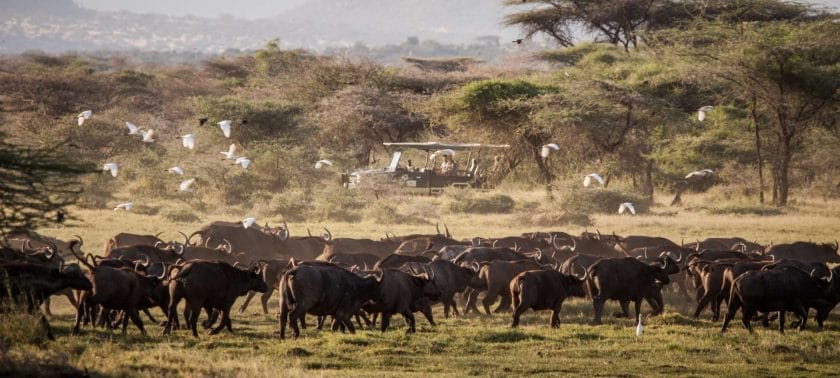
The boundary between Meru National Park and the remote Mwingi National Reserve is a lushly-forested stretch of the Tana River. Here, the rapids known as Adamson’s Falls (after George Adamson) are the most accessible point anywhere along the course of what is Kenya’s largest waterway.
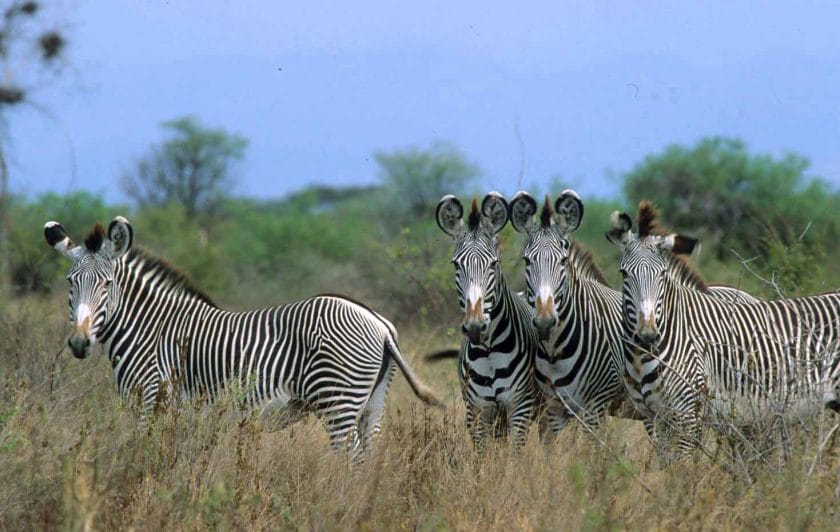
Meru National Park’s Ura River is the site of Elsa’s Grave , the burial place of the lioness subject of the film Born Free. Hand-reared as a pet by Joy and George Adamson, Elsa was released into Meru National Park in 1958 and successfully reared three cubs there before dying of a tick-borne fever at age five.
Practical Advice for Samburu Springs and Mount Meru National Park
- All the reserves and parks described above are best visited on an organised safari in Kenya, though self-drive is also a possibility. They can be reached in a long half-day drive from Nairobi via the frontier town of Isiolo or appended onto a safari, also taking in the likes of Masai Mara, Lake Nakuru, and the tree hotels of Aberdares and Mount Kenya.
- The closest airport for scheduled flights is Nanyuki, but charter flights directly to the reserves are available.
- Samburu-Buffalo Springs is serviced by a good range of lodges, tented camps, and campsites. There are also lodges and camps in Shaba and Meru, but fewer, which only adds to these reserves’ aura of exclusivity.
Southern Kenya offers some of the country’s finest wildlife viewing. The region is a showcase for three of East Africa’s most thrilling safari highlights: the migratory wildebeest that flood into the Masai Mara , the equally prolific flamingos, and the elephant herds that sweep across the Amboseli Plains below the snow-capped peak of Kilimanjaro .
While this region forms the core of most safari itineraries through Kenya , it also offers some great destinations for independent travel and off-the-beaten-track safaris in Kenya.
Lake Naivasha, Lake Baringo, Hell’s Gate, Kakamega Forest, and Saiwa are all perfectly accessible to self-drivers or those using public transport.
Highlights of a Southern Safari Circuit in Kenya
Renowned for its dense population of well-habituated elephants, Amboseli National Park, above the Tanzanian border at the northern base of Mount Kilimanjaro, is the best place to photograph plains wildlife below its majestic and photogenic snow-capped peak.
Kenya’s most prominent safari destination is the Masai Mara National Reserve , the most northerly component in an immense cross-border ecosystem that incorporates Tanzania’s Serengeti Plains and forms the arena for the spectacular annual migration of two million migratory wildebeest.
The Masai Mara peaks in popularity between August and November, when the wildebeest cross over from Tanzania, but offers fabulous Big Five safaris and predator-viewing all year round.
A superb base for keen walkers, birdwatchers, and independent budget travelers, scenic Lake Naivasha offers enough activities to keep you busy for a week.
You can walk amongst big game on Crescent Island or in the nearby – and wonderfully scenic – Hell’s Gate National Park and Green Crater Lake Sanctuary.
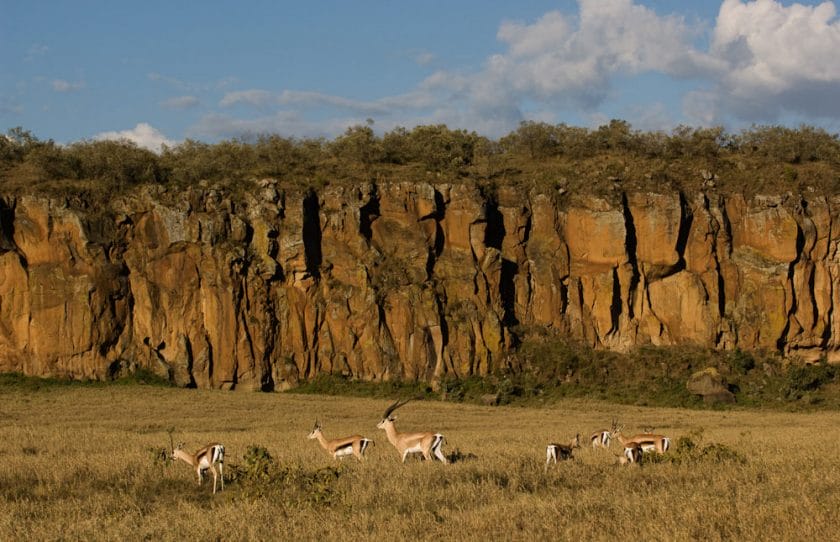
More challenging is the hike up the barely vegetated slopes of Mount Longonot, a 2,776m (9,108ft) high volcano that last erupted in the 1860s and whose summit offers fine views in all directions.
Although it’s no longer a reliable site for the flamingos that used to amass in its shallows, peri-urban Lake Nakuru is set within a small national park that offers a good chance of spotting both Black and White rhinos in the course of one game drive.
Often home to hundreds of thousands of flamingos, Lake Bogoria National Reserve is also noteworthy for the dramatic hot geysers that erupt close to its western shore.
A top-notch birding destination , freshwater Lake Baringo is also home to plenty of hippos and crocs and has a refreshingly off-the-beaten-track feel.
The southwest of Kenya is occupied by Lake Victoria , which it shares with Uganda and Tanzania. This is the largest lake in Africa at 66,800 km2 (2579 square miles), but its Kenyan portion is poorly developed for tourism and suited only to fans of genuinely off-the-beaten-track travel.
A contender for Kenya’s most underrated attraction, Kakamega Forest National Reserve protects the country’s largest stand of the equatorial rainforest. It’s easily explored on foot, and its diverse fauna possesses strong affiliations to Central Africa.
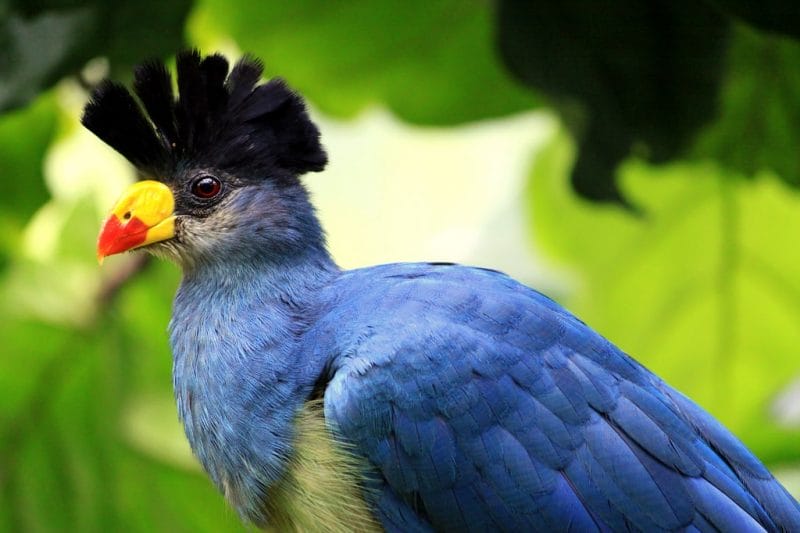
A tally of seven primate species includes black-and-white Colobus, Blue and red-tailed monkeys, and the nocturnal Potto.
The checklist of 360 bird species has more than 30 forest-dwellers found nowhere else in Kenya, among them the spectacular Great blue turaco.

Another underrated pedestrian-friendly gem is the tiny Saiwa Swamp National Park. Traversed by a walking trail that leads to a series of wooden viewing platforms, it’s possibly the best place in Africa to observe the semi-aquatic Sitatunga antelope and white-bearded DeBrazza’s monkey. A long list of forest and swamp birds includes the gorgeous Ross’s turaco.
Practical Advice for a Southern Safari Circuit in Kenya
- The most straightforward way to explore the Masai Mara , Amboseli, and to a lesser extent, Lake Nakuru is on a fly-in safari combining one or all of these destinations with other national parks and reserves elsewhere in Kenya.
- It’s also possible to drive into and between reserves, a more affordable option that will entail a lot of time spent on dusty roads getting from A to B. Most other destinations within this region are less remote and quite easily reached by car or by using public transport.
- Accommodations to suit most tastes and budgets can be found throughout the region. These range from exclusive tented camps and larger hotel-like lodges in and around the national parks and reserves to agreeable budget lodgings in more accessible destinations.
Kenya’s gorgeous Indian Ocean coastline is the ideal place to chill out on the beach after a few days on a dusty safari. It is lined with a seemingly endless succession of white sandy beaches that look like they’ve leaped straight out of the pages of a travel brochure.
Indeed, for a country often billed as the ultimate home of the safari, Kenya can also claim to be one of the world’s great beach destinations. Better still, there is much more to the Kenyan coast than a stock tropical beach holiday .
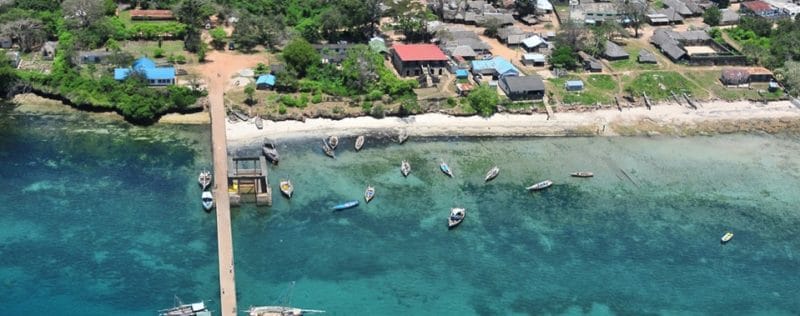
Most coastal towns and villages possess a strong sense of place, determined both by the cultural cohesion of the Swahili people who inhabit them and the antiquity of medieval trade ports such as Mombasa, Malindi, and the jungle-bound ruins of Gedi.
The offshore reefs, alive with colorful fish, offer world-class snorkeling and diving. At the same time, coastal forests protected in the likes of Shimba Hills National Reserve and endemic-rich Arabuko-Sokoke National Park are rich in terrestrial birds and mammals.
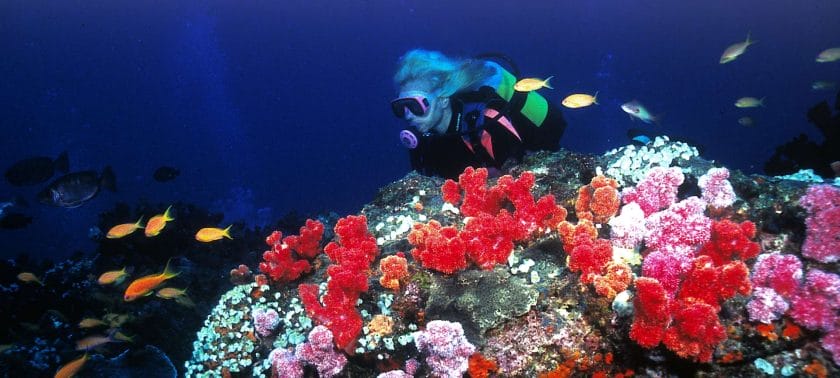
Deeper inland, the vast plains of Tsavo East and West National Parks – which together form the country’s largest contiguous protected area – offer fine Big Five game-viewing in a classic African safari setting .
Highlights of The Coastal Belt of Kenya
The historic island port of Mombasa is Kenya’s second-largest city and the central air, rail, and road gateway to the coast. Its atmospheric old town is capped by the 16m (52ft) high Fort Jesus, which has stood sentinel over the old harbor since the Portuguese constructed it in the 1590s.
Arguably the most popular and best-equipped tourist destination on the Kenyan coast, Diani doubles as an idyllic palm-fringed beach resort and base for some fine marine and terrestrial wildlife viewing.

The rolling slopes of Shimba Hills National Reserve, inland of Diani, support giraffes, zebra, warthog, elephant, buffalo, and sable antelope.
Situated to the south of Diani, only 10km (6,2mi) from the Tanzanian border, Shimoni is a low-key fishing village whose name – “Place of the Hole” – alludes to a gloomy beachfront cave that once served as a holding pen for slaves before they were shipped to Zanzibar. Chains and hooks dating to the cave’s ignominious past are still embedded in the walls.
Kenya’s most overt resort town, Malindi, has a delightful beach and lively Italian-influenced culinary scene, but it’s also scattered with landmarks that recall its long history as a medieval Swahili port and 16th-century Portuguese stronghold.
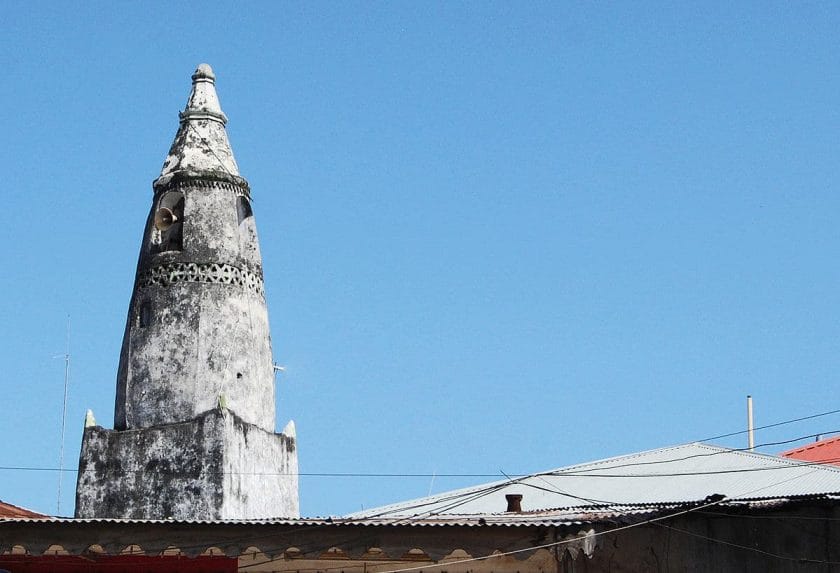
Arguably the most beautiful beach resort in Kenya, low-key Watamu is known for its superb offshore snorkeling and proximity to the jungle-bound Gedi National Monument and endemic-rich Arabuko-Sokoke National Park.
The remote and little-visited 28km2 (11 square mile) Tana River Primate Reserve protects an isolated stretch of riverine forest that supports the only known populations of two critically endangered species of endemic monkey: Tana River red colobus and Tana mangabey.
The sleepy and remote Lamu Archipelago is liberally endowed with idyllic beaches and snorkel sites, but its main attraction is Lamu Town, a traditional Swahili enclave whose unique architectural and cultural integrity has led to it being inscribed as a UNESCO World Heritage Site. Visits are not currently recommended due to security concerns relating to its proximity to Somalia.
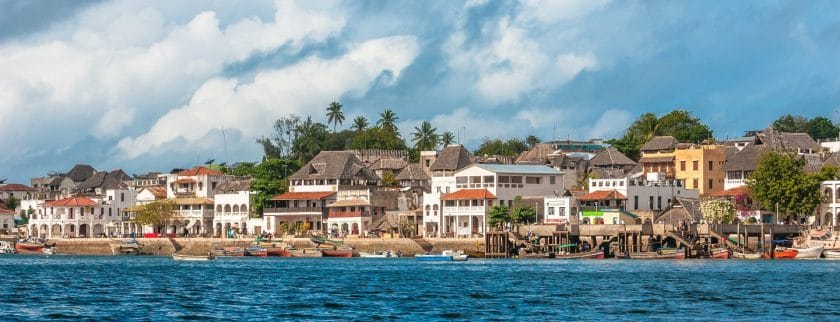
The vast Tsavo West National Park, bounded by the main road between Nairobi and Mombasa, is an untrammeled Big Five destination notable for its wilderness atmosphere, dramatic volcanic landscapes, and dense population of Black rhino protected within the well-guarded Ngulia Rhino Sanctuary .
Larger even than the eastern namesake it borders, Tsavo East National Park protects a wonderfully remote habitat of red-earth plains bisected by the perennial Galana River and inhabited by plentiful elephants, along with an alluring variety of localized dry-country birds and mammals.
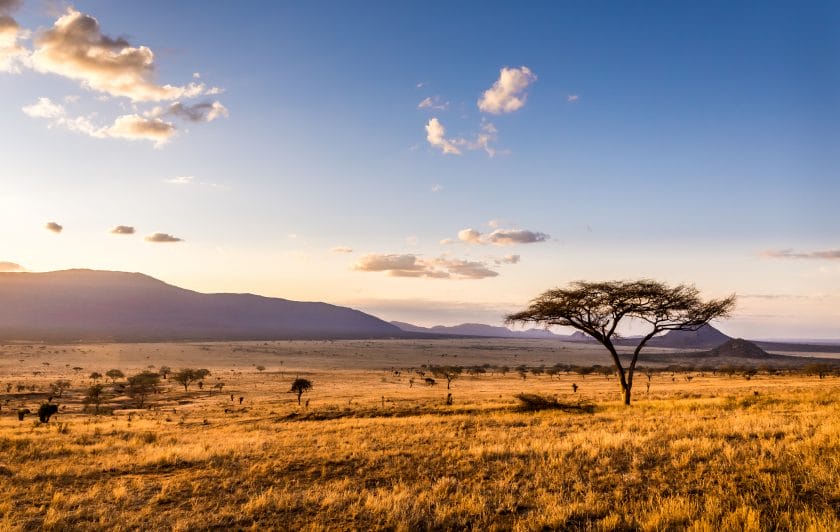
Ideal for beach holidaymakers seeking a one-night safari break, the Taita Hills Wildlife Sanctuary, which borders Tsavo West, offers stellar elephant viewing, as well as a good range of other plains wildlife, including lion and leopard.
Practical Advice for The Coastal Belt of Kenya
- The main gateway to the region is Mombasa, whose Moi International Airport is serviced by a steady stream of domestic and international flights. Mombasa is also connected to Nairobi by a direct 480km (298mi) road flanked by Tsavo West and East National Parks and a historic railway line that started operating in the 1890s.
- There are also regular flights to Malindi and Lamu, or you can travel by road between Mombasa and Diani, Malindi, or Watamu. Visits to Tsavo West and East National Parks, Shimba Hills National Reserve and Taita Hills Wildlife Sanctuary are best arranged with operators, though self-drive is a possibility for the intrepid.
- Accommodation is plentiful throughout the region, though it tends to be pricey in the national parks and more exclusive beach resorts. Good budget accommodation is available in Mombasa and Malindi.
Extending over 21,812km2 (8421 square miles), both Tsavo East and West form the largest conservation area in Kenya, protecting significant populations of all the Big Five.
Despite this, the parks are less popular than the Masai Mara and Amboseli due to the relatively low wildlife densities and difficulty spotting animals in the dense acacia woodland.
Separated somewhat arbitrarily by the main road between Nairobi and Mombasa, the two parks are nevertheless quite different in character.
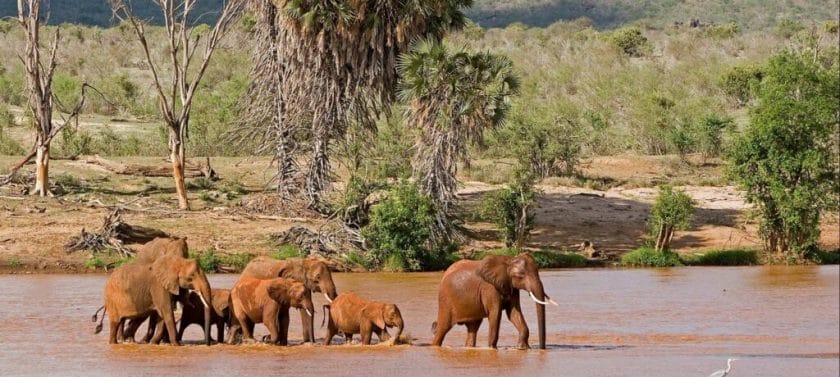
Tsavo West protects a volcanic landscape of jagged black outcrops, solidified lava flows, and tangled acacia woodland overshadowed by Kilimanjaro on the southwest horizon.
The red-earth plains of the larger and less developed Tsavo East have stronger affiliations with the semi-arid badlands of northern Kenya, despite being alleviated by the presence of the perennial Galana River.
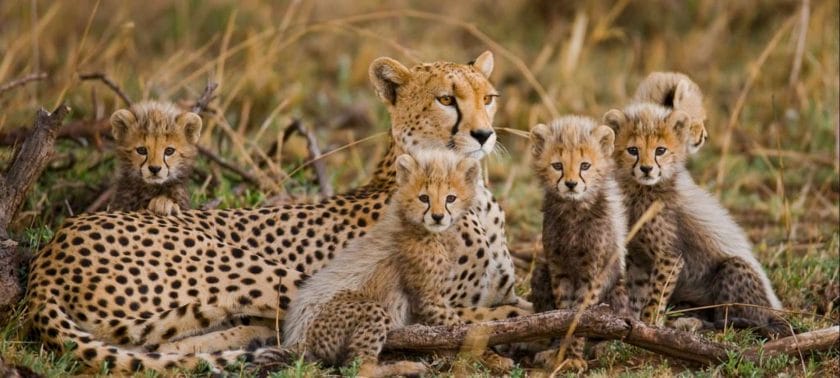
Both parks have a limitless wilderness atmosphere that will appeal to repeat safari-goers, with the western component being marginally better for conventional Big Five viewing. At the same time, its eastern counterpart ranks higher for localized antelope and bird species associated with northern Kenya.
Highlights of Tsavo East and West in Kenya
The Shetani Lava Flow is the most spectacular of the many stark volcanic landmarks that scar the northern circuit of Tsavo West.
A 200-year-old stream of jagged tar-coloured solidified magma, its Swahili name means ‘Devil’. It’s avoided by locals, whose oral traditions recall that many people and animals were buried alive beneath the fast-flowing fiery lava when it erupted from the nearby Chyulu Hills.
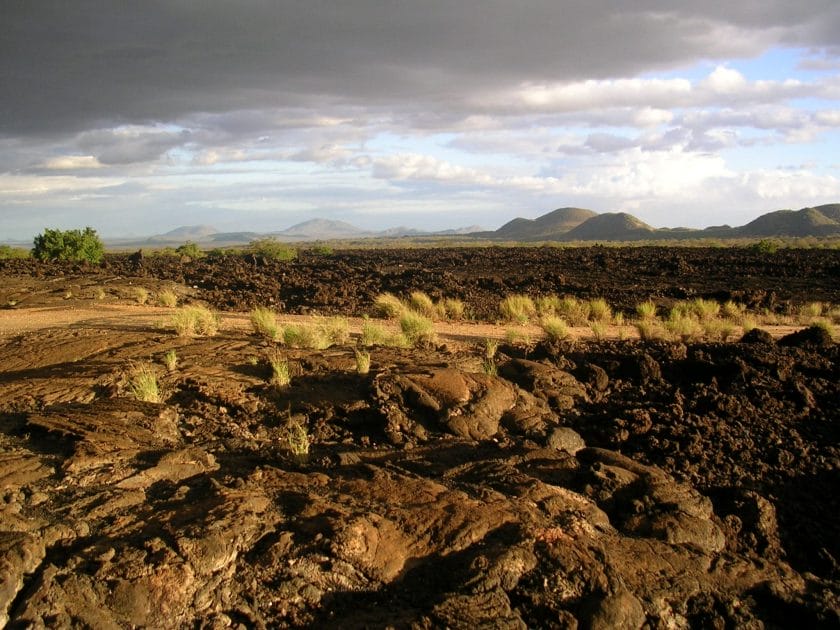
At once immensely beautiful and a fascinating geological phenomenon, the oasis-like Mzima Springs is fed by a sparkling clear subterranean stream that rises on Kilimanjaro before being filtered through the porous volcanic rocks of the Chyulu Hills.
The primary source of water for Mombasa, Mzima supports a lush groundwater forest of palms and fever trees, plenty of woodland and aquatic birds, and a few pods of hippos that can sometimes be observed underwater from a submerged observation chamber.
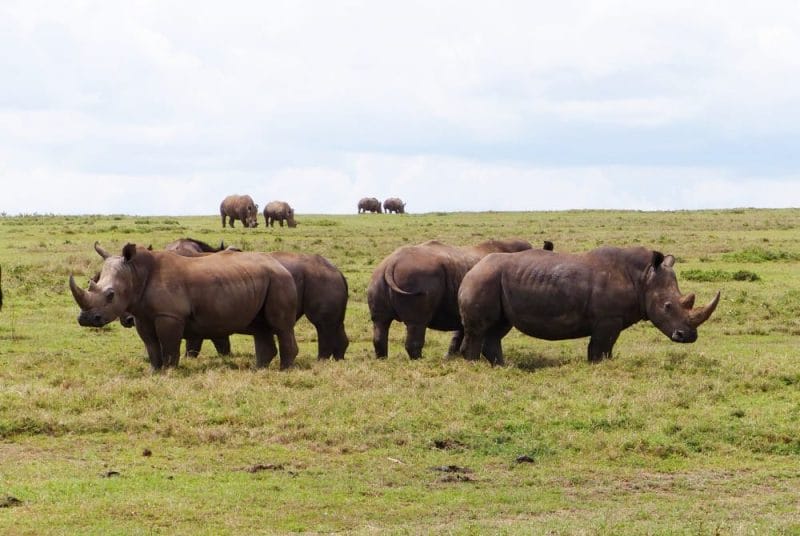
Created in 1986 to protect the Tsavo West’s last few Black rhinos, Ngulia Rhino Sanctuary is enclosed by a tall electric fence and guarded by a dedicated anti-poaching unit.
The sanctuary has five waterholes and now supports a population of around 70 Black rhinos (roughly one per square kilometer), which means the chances of spotting this elusive creature are excellent.
A shallow sump-like waterbody set in the far south of Tsavo West below Tanzania’s North Pare Mountains, Lake Jipe attracts plenty of elephants and supports large numbers of hippos and crocodiles. Boat trips offer an opportunity to see localized aquatic birds such as Lesser jacana, Pygmy goose, and Black coucal.
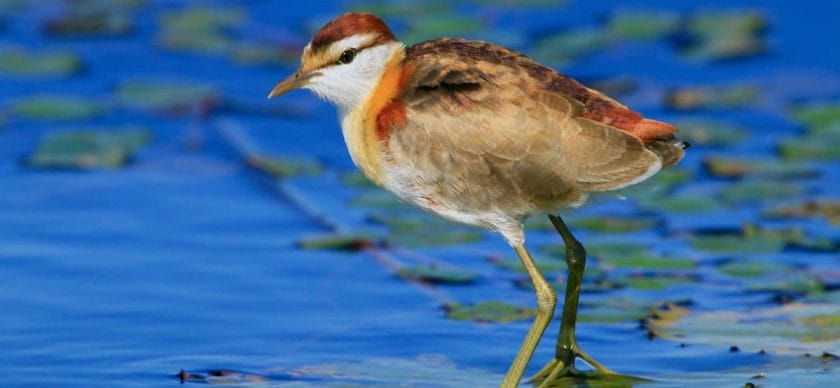
Lake Chala is a translucent crater lake situated on the southern foot slopes of Kilimanjaro bordering Tanzania. Almost 3km (1.9mi) in diameter, yet practically invisible until you topple over the caldera’s rim, wherein it nestles, the lake is gorgeous when Kilimanjaro emerges from the clouds on the northern horizon.
Rising to 2,208m (7,244ft) on the border of Tsavo West, the isolated Taita Hills is the only Kenyan component of the Eastern Arc Mountains, a series of 13 massifs whose ancient forests are known for their high level of endemism.
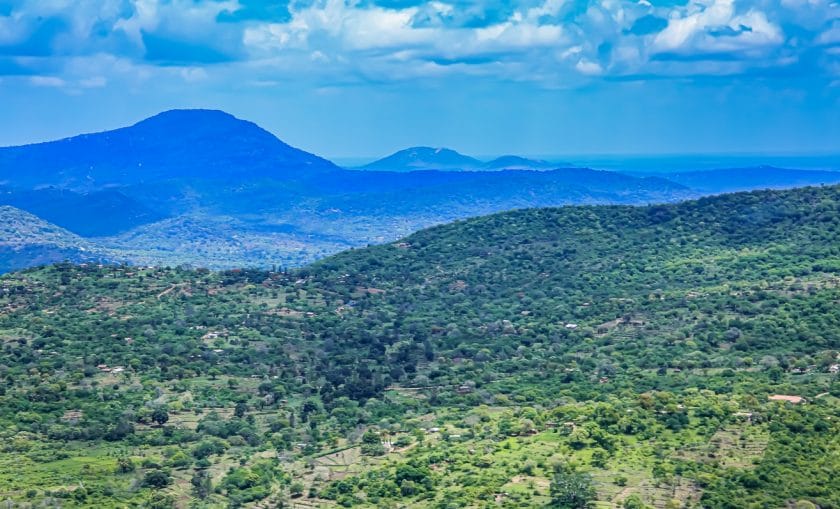
It is renowned among birdwatchers as the only place to see the Critically Endangered Taita thrush, along with Taita apalis, Taita white-eye, and Taita falcon.
Sharing an unfenced border with Tsavo West, Taita Hills Wildlife Sanctuary lies on the scrubby plains below the mountains after which it is misleadingly named.
It’s most often visited on a standalone overnight safari package from the coast, inclusive of day and night drives – the latter offering a good chance of spotting secretive nocturnal species such as leopard, White-tailed mongoose, Honey badger, and Genet. The quirkily stilted Salt Lick Lodge is wonderfully positioned for in-house elephant viewing.
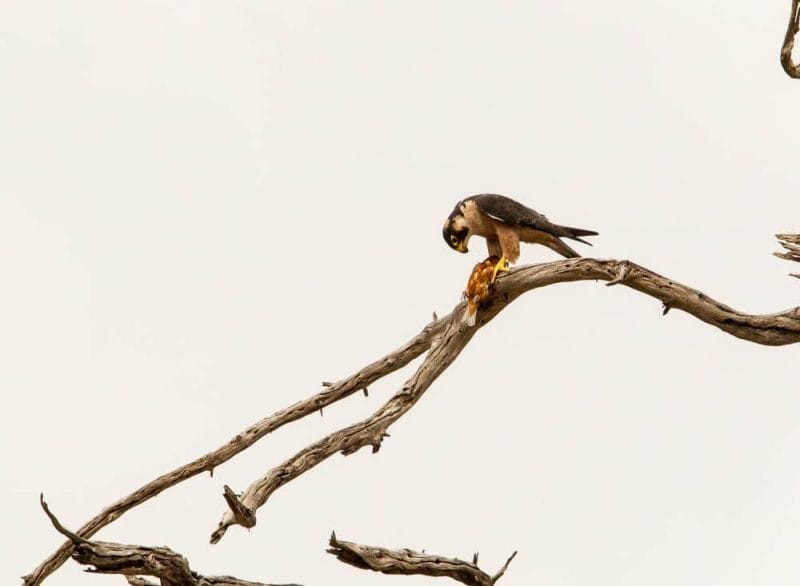
A significant focal point for game-viewing in Tsavo East is Aruba Dam, which was constructed on the Voi River in 1951 and is the only permanent water source in the vicinity.
Lions are often seen resting below the trees around the dam, while the road running west towards Voi Gate is an excellent place to look for cheetahs, impala, Coke’s hartebeest, zebra, and gazelle.
The arid plains running north towards the Galana River pass through scrubby plains that support several localized dry-country creatures, notably Gerenuk, Fringe-eared oryx, Somali ostrich, Golden pipit, Vulturine guineafowl, and Golden-breasted starling.
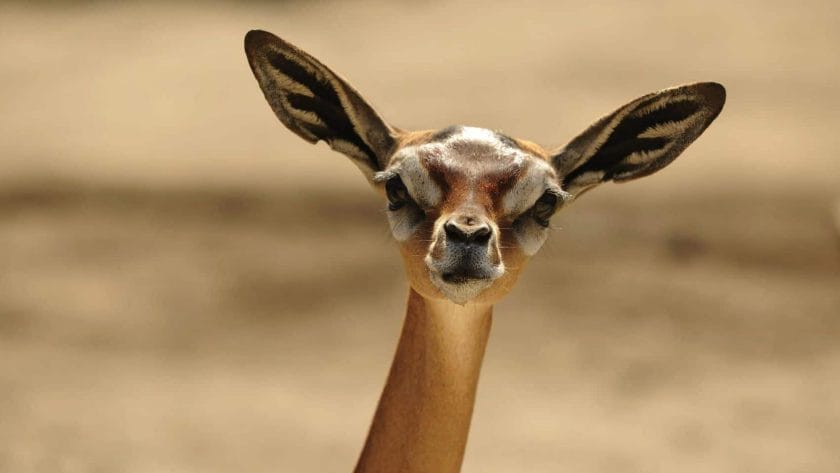
The most significant landmark on the Galana River as it runs through Tsavo East is Lugard Falls, a series of rapids that flows across a bed of black dolomite striated with white quartzite rocks. A good hippo pool stands a short way downriver of the falls.
A significant landmark in Tsavo East, the 1.5km (0,93mi) long Mudanda Rock – East Africa’s answer to Ayer’s Rock – overlooks a waterhole where elephant and buffalo gather to drink and wallow, and leopards sometimes emerge towards dusk.
Practical Advice for Tsavo East and West in Kenya
- Road access to both Tsavo East and West is straightforward since the two parks are bisected by the Nairobi-Mombasa highway, which also forms the border between them.
- Tsavo West is often incorporated into a southern road safari out of Nairobi or running between Nairobi and the coast, together with Amboseli. Tsavo East is perhaps more often visited as a standalone road excursion from coastal resorts such as Malindi or Mombasa, as is the Taita Hills Wildlife Sanctuary.
- In all instances, it’s best to make arrangements with an experienced safari company, though self-drive out of Nairobi or Mombasa is a possibility too, and charter flights service both national parks.
- Tsavo East and West and Taita Hills Wildlife Sanctuary are all served by a selection of upmarket lodges and tented camps . Budget accommodation can be found in the towns of Voi or Mtito Andei, which stand alongside the Nairobi-Mombasa highway close to the main gates for Tsavo East and West, respectively.
Like Mombasa, Malindi is an ancient Swahili trading port that fell under Portuguese influence in the 16th century. It is far smaller and more low-rise than Mombasa and has a less conspicuous sense of antiquity, though the old town is scattered with a few important historical landmarks.
These days, Malindi, more than any other comparably large town in Kenya, functions mainly as a beach resort. It offers a good choice of midrange lodges aimed at the European package market, as well as a lively beachfront restaurant scene and a host of other urban distractions, from nightclubs to supermarkets.
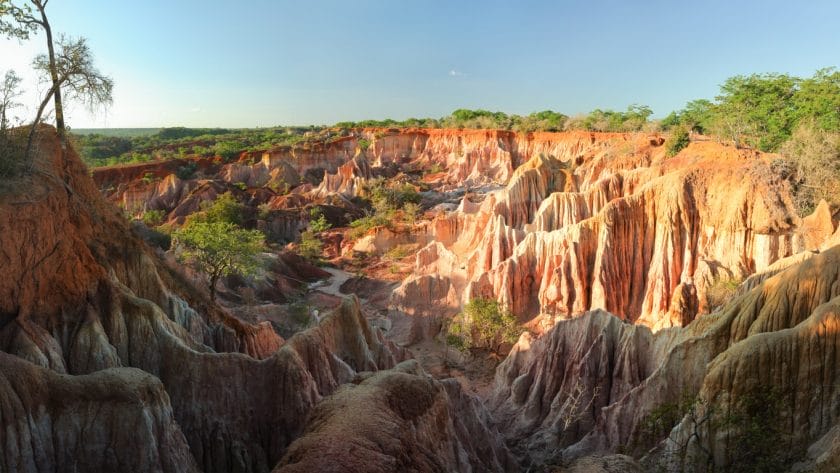
Separated from Malindi by 15km (9,3mi) of Indian Ocean frontage, Watamu feels less like a resort town than an overgrown fishing village and is all the better for it.
Boasting arguably the most gorgeous beach in Kenya, Watamu also offers superb offshore snorkeling in the calm, transparent waters of Turtle Bay. It stands practically within walking distance of the jungle-bound ruined medieval city of Gedi and forest wildlife of Arabuko-Sokoke National Park.
Highlights of Watamu and Malinda
The most significant monuments in Malindi Old Town are a pair of 15th-century pillar tombs standing in front of the seafront Friday Mosque and a small thatched chapel built by the Portuguese in the early 16th century.
The limestone Da Gama Cross, erected by the pioneering Portuguese navigator Vasco Da Gama after he landed at Malindi in 1499, stands on a windswept coral peninsula a short walk south of the town center.
The National Museum of Malindi is housed in the three-story waterfront ‘House of Columns’ built by an Indian trader circa 1890. Displays include a stuffed 77kg (170lb) coelacanth and a collection of engraved Gohu burial totems.
Malindi and Watamu have good sandy swimming beaches, but the latter’s Turtle Bay stands out scenically, thanks to a distinctive forest of ragged coral formations that rise out of the preposterously clear water like giant mushrooms.
Africa’s oldest marine reserve, Malindi Marine National Reserve, protects 213km2 (82 square miles) of offshore reefs and open water, running south from Malindi to Mida Creek. It offers some of East Africa’s finest marine wildlife viewing, with the tranquil coral gardens of Watamu’s Turtle Bay ideal for snorkeling, while diving is usually undertaken on the more extensive barrier reefs further out to sea.
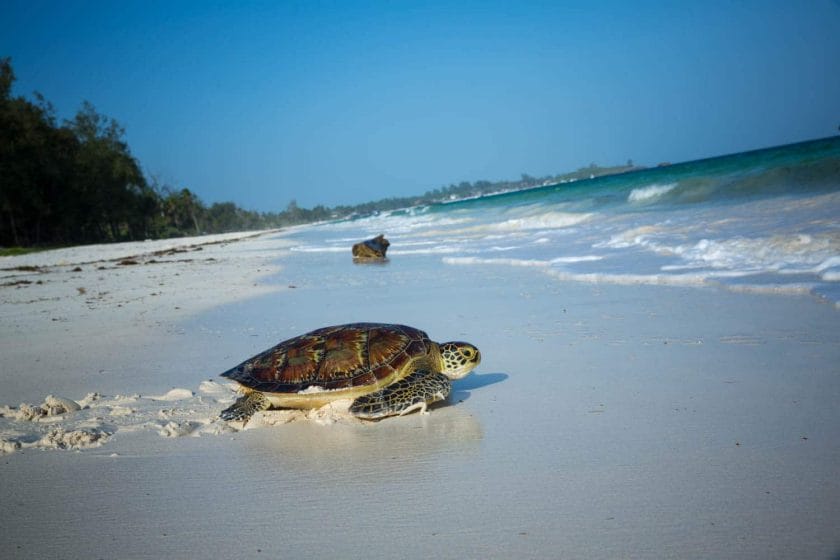
Separated from the open sea by the Watamu Peninsula, Mida Creek is an essential marine bird-watching site that can be explored on a stilted boardwalk and small hide constructed as part of a community-based ecotourism project.
A vital wintering site for Palaearctic migrants such as Crab plover and Grey plover, it is also a good place for Mangrove kingfisher and Greater flamingo. The surrounding coastal scrub hosts the less striking, but very rare, Sokoke pipit.
The 420km2 (162 square mile) Arabuko-Sokoke National Park protects East Africa’s largest remaining tract of coastal forest and a host of globally threatened and near-endemic mammals and birds, including Ader’s duiker, Sokoke dog mongoose, Yellow-rumped elephant-shrew, Chestnut-fronted helmetshrike, Clarke’s weaver and Sokoke scops owl.
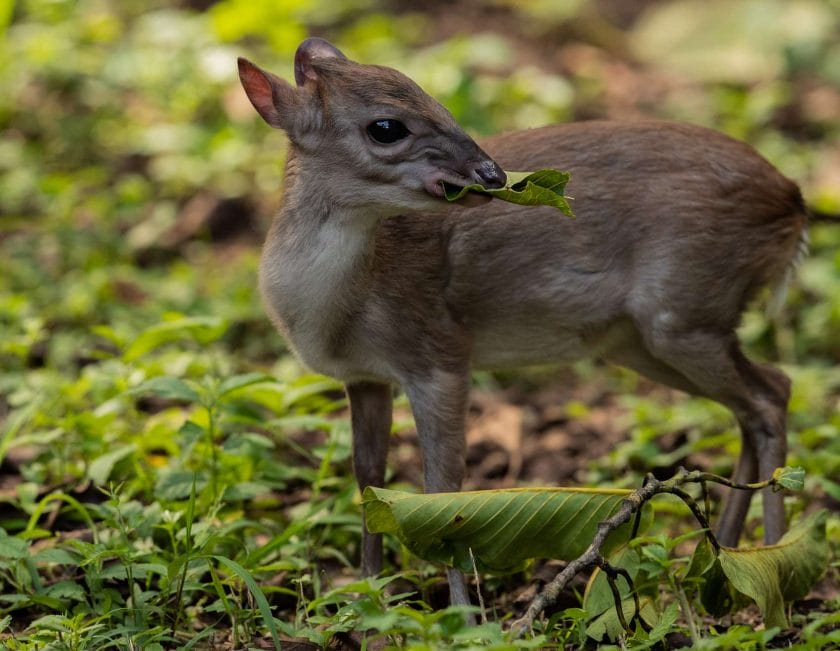
Large fresh paths often seen on the park’s extensive network of roads and walking trails serve to remind that it’s also home to a furtive and seldom-seen population of 120 elephants.
The most impressive and atmospheric of the many medieval ruins along the Kenyan coast, Gedi National Monument protects the remains of a 20-hectare walled Swahili city-state that flourished as a cabinet of maritime trade between the 11th and 13th centuries.

The museum displays artifacts found on site but manufactured from as far afield as India, Egypt, Arabia, and Spain, and the jungle-bound ruins include a 900m2 (9,688 square foot) Sultan’s Palace and eight mosques. A birdwatching platform high in a baobab tree between the palace and the largest mosque offers a superb monkey’s-eye overview of the site.
Also known as Hell’s Kitchen, the Marafa Depression, 35km (22mi) northwest of Malindi, is studded with spectacular sandstone pillars that stand up to 30m (98ft) tall and come across like a miniature version of the Grand Canyon. It is most impressive in the early morning when the layered columns glow pink.
Practical Advice for Watamu and Malinda in Kenya
- Watamu and Malindi lie about a 90-minute drive north of Mombasa. There are also scheduled flights from Mombasa, Lamu, and Nairobi to Malindi, whose airport lies 3km (1,9mi) from the town centre and less than 20km (12mi) from Watamu.
- Both towns have plenty of accommodation. Malindi is stronger on package hotels and budget accommodations aimed at backpackers, while Watamu’s hotels tend to have a more individualistic feel.
- Any hotel or local operator can set up diving and snorkeling excursions or day trips to Gedi, Arabuko-Sokoke, or the Marafa Depression.
Kenya’s many national parks and reserves, each have their own unique attractions and wildlife experiences.
Here’s a detailed guide to the key regions across this East African country and what you should consider them for your next Kenya safari:
1. Maasai Mara National Reserve

Overview: The Maasai Mara is arguably Kenya’s most famous safari destination, renowned for the spectacular Great Migration, which showcases its expansive wildlife diversity.
Key Highlights:
- Great Migration: Witness the awe-inspiring spectacle of over 1.5 million wildebeest, zebras, and gazelles migrating from the Serengeti to the Maasai Mara, usually between July and October. The dramatic river crossings of the Mara River are a highlight.
- Big Cats: The Maasai Mara is one of the best places in Africa to see big cats, including lions, cheetahs, and leopards. The reserve’s open plains make it easier to spot these predators in action.
Unique Facts:
- The Maasai Mara is named in honor of the Maasai people, who inhabit the region, and the Mara River, which runs through it.
- The reserve covers an area of approximately 1,510 square kilometers (580 square miles) and is contiguous with the Serengeti National Park in Tanzania
2. Amboseli National Park

Overview: Amboseli National Park is famous for its stunning views of Mount Kilimanjaro, Africa’s highest peak. The park’s name is taken from the Maasai word meaning “salty dusty”, referring to its arid conditions.
- Elephants: Amboseli is known for its large free-roaming elephant herds, which can be seen against the backdrop of Mount Kilimanjaro.
- Bird Watching: The park is a birdwatcher’s paradise, with over 400 bird species recorded.
- Amboseli covers an area of 392 square kilometers (151 square miles) and features a mix of wetlands, savannah, and woodlands.
- The park is a protected area for elephants, Cape buffalo, impala, lion, cheetah, spotted hyena, Masai giraffe, Grant’s zebra, and blue wildebeest.
3. Samburu National Reserve

Overview: Located in the northern part of Kenya, Samburu National Reserve is known for its unique wildlife species and arid landscapes.
- Unique Species: Samburu is home to species that are rare in other parts of Kenya, including Grevy’s zebra, Somali ostrich, reticulated giraffe, gerenuk, and Beisa oryx.
- Ewaso Ng’iro River: The reserve is centered around the Ewaso Ng’iro River, which attracts a variety of wildlife, especially during the dry season.
- Samburu’s arid conditions and unique wildlife make it a fascinating destination for safari enthusiasts.
- The reserve covers an area of 165 square kilometers (64 square miles) and is part of a larger ecosystem that includes Buffalo Springs and Shaba reserves.
4. Tsavo National Parks (East and West)
Overview: Tsavo East and Tsavo West together form one of the largest national park areas in the world, offering vast, unspoiled wilderness and diverse wildlife.
- Tsavo East: Well-known for its red elephants (coated in the park’s red dust) and the Yatta Plateau, the longest lava flow in the world, formed through successive eruptions of the nearby Ol Doinyo Sabuk and Kilimambogo volcanoes thousands of years ago.
- Tsavo West: Famous for its dramatic landscapes, including the Mzima Springs, Shetani Lava Flows, and the Chyulu Hills.
- Tsavo National Park covers an area of approximately 22,000 square kilometers (8,494 square miles), making it one of the largest protected areas in Kenya.
- The parks are named after the Tsavo River, which flows from west to east through the parks.
5. Lake Nakuru National Park

Overview: Lake Nakuru National Park is famous for its flamingo populations and is a sanctuary for both black and white rhinos.
- Flamingos: The park is renowned for its large flocks of flamingos that feed on the algae in the lake.
- Rhino Sanctuary: Lake Nakuru is one of the best places in Kenya to see both black and white rhinos.
- The park covers an area of 188 square kilometers (73 square miles) and is centered around Lake Nakuru, one of the Rift Valley soda lakes.
- Besides flamingos, the park is home to over 450 bird species and a variety of other wildlife, including lions, leopards, and Rothschild giraffes.
Start Planning Your Safari
Kenya’s diverse regions each offer unique wildlife experiences and opportunities. Whether you want to witness the dramatic river crossings in the Maasai Mara, marvel at the large elephant herds in Amboseli, or explore the unique species in Samburu, Kenya has something for every safari enthusiast.
Travel with Confidence
With over 20 years of experience, our team will help you tailor your itinerary to your perfect adventure., 24/7 support, personalised, popular kenya safaris.
Kenya offers a variety of safari experiences to suit every traveller. The classic Maasai Mara safari is a highlight, featuring the Great Migration and close encounters with the Big Five. Amboseli safaris provide stunning views of Mount Kilimanjaro and opportunities to see large elephant herds. Tsavo safaris are perfect for those seeking adventure in vast, diverse landscapes, while Samburu safaris highlight unique species and dramatic scenery. Whether you prefer a luxury lodge or a mobile tented camp, Kenya’s popular safaris cater to all preferences, ensuring an immersive wildlife experience.
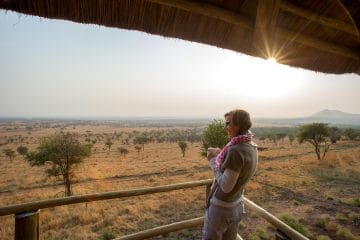
Migration Safari Kenya & Tanzania
East Africa Kenya Maasai Mara Tanzania Safaris Ngorongoro Crater Serengeti
From $ 8350 /USD
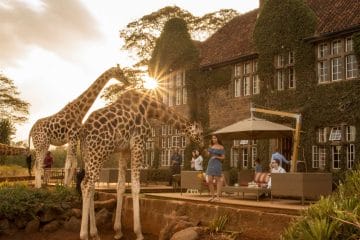
Giraffe Manor and Luxury Mara Wildlife Discovery
East Africa Kenya Nairobi Maasai Mara
From $ 10900 /USD
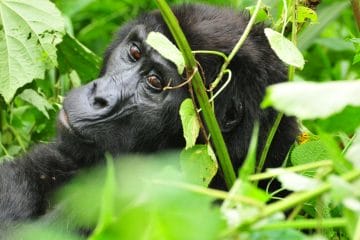
Migration in the Mara and Gorilla Trekking
East Africa Kenya Maasai Mara Uganda Entebbe Bwindi Impenetrable
From $ 6740 /USD
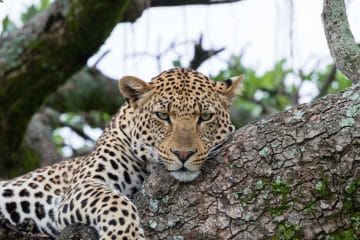
Governors Camp Collection Safari
East Africa Kenya Lake Naivasha Lake Nakuru National Park Laikipia, Lewa and Ol Pejeta Conservancy Maasai Mara
From $ 11800 /USD
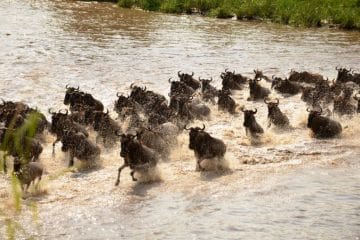
Migration Safari in Kenya and Tanzania With a F...
East Africa Kenya Maasai Mara Tanzania Safaris Serengeti Ngorongoro Crater
From $ 7250 /USD
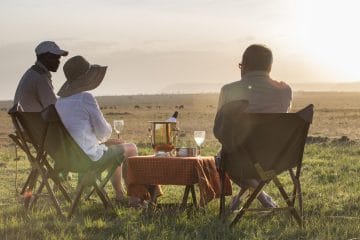
Herdtracker Masai Mara Wildebeest Journey
East Africa Kenya Maasai Mara
From $ 6600 /USD
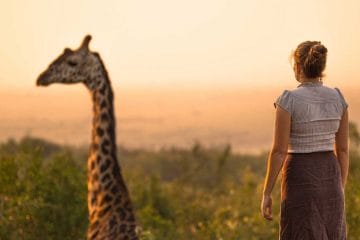
21 Kenya Safaris to choose from
Stay for 4 - 17 days
Experience our Tailor-made Tours in Kenya
When is the best month to travel to kenya.
The best time to visit Kenya depends on your interests. For wildlife enthusiasts, the dry season from June to October is ideal, with the Great Migration peaking in the Maasai Mara between July and October. Birdwatchers and those interested in lush landscapes will enjoy the wet season from November to May, particularly the short rains in November and the long rains from March to May. Each season offers unique opportunities, from witnessing newborn animals to enjoying fewer crowds and vibrant scenery.
- Kenya in January
- Kenya in February
- Kenya in March
- Kenya in April
- Kenya in May
- Kenya in June
- Kenya in July
- Kenya in August
- Kenya in September
- Kenya in October
- Kenya in November
- Kenya in December
Our Recommended Tours in Kenya
Discover Africa’s recommended Kenya safari tours offer a perfect blend of adventure, comfort, and cultural immersion. Our Maasai Mara tour ensures you witness the Great Migration and encounter the Big Five, while our Amboseli tour provides stunning views of Mount Kilimanjaro and close encounters with elephants. Tsavo tours offer a taste of Kenya’s vast wilderness, and Samburu tours highlight unique wildlife and dramatic landscapes. Each tour is carefully curated to provide an unforgettable safari experience.
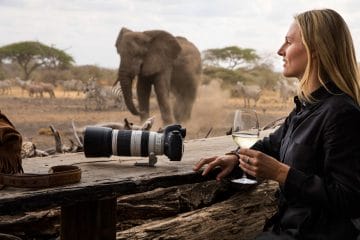
Luxury Amboseli and Masai Mara Safari
East Africa Kenya Chyulu Hills Maasai Mara
From $ 8900 /USD
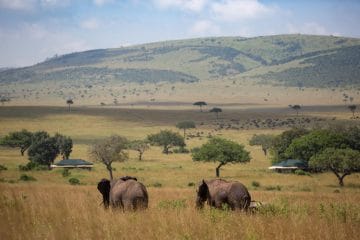
Highlights of Kenya Luxury Fly-In Safari
East Africa Kenya Nairobi Chyulu Hills Maasai Mara
From $ 10068 /USD
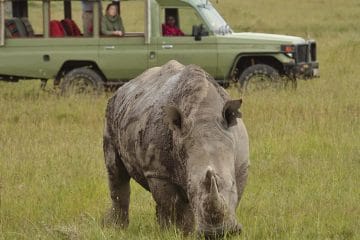
- Family Safari in Kenya
East Africa Kenya Laikipia, Lewa and Ol Pejeta Conservancy Maasai Mara
From $ 15300 /USD
Looking for Something Unique?
Kenya offers a variety of unique experiences that go beyond traditional safaris. Enjoy cultural interactions with the Maasai and Samburu people, hot air balloon rides over the Maasai Mara, and guided walking safaris that bring you closer to nature. Birdwatching, photographic safaris, and visits to local conservation projects provide deeper insights into Kenya’s rich natural heritage. These unique experiences ensure a diverse and enriching travel experience tailored to your interests.
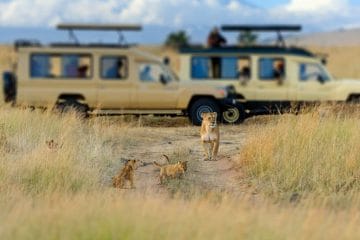
Big Cat Safaris
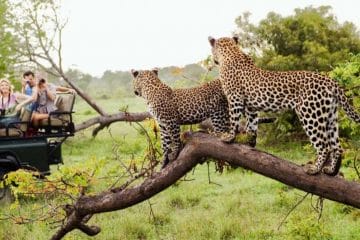
Beach Holidays in Africa
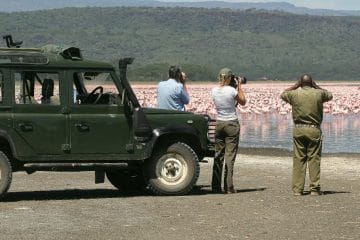
Family and Kid-Friendly Safaris
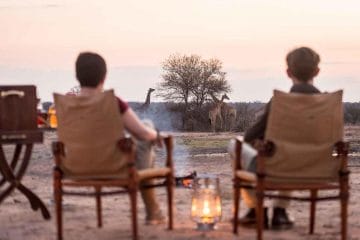
Honeymoons in Africa
Kenya Safari Reviews
Hear from our guests who have experienced the wonders of a Kenya safari. Their stories of exceptional trip planning, life-changing adventures, and memorable experiences reflect the magic of our safaris and the unmatched beauty of Kenya. Visitors have marveled at the sight of the Great Migration, thrilled at close encounters with the Big Five, and enjoyed the serene beauty of Kenya’s landscapes. Cultural interactions with the Maasai and Samburu people, combined with the luxury and comfort of our lodges, have turned their safaris into unforgettable adventures. Come and experience the awe-inspiring wildlife, stunning scenery, and unique cultural heritage that our guests rave about.
My South Africa Reunion Brought to Life!
South Africa Highlights Review
Taylor, United States 12 May 2024
A seamless experience with expert/objective advice and terrific communication..
6 Day Luxury Sabi Sand Safari Review
Caroline, United States 04 Aug 2023
Experienced and wants what is best for you.
First Time Safari in South Africa Review
Chloe, Australia 22 Jan 2023
Amazing everything was just perfect, all our needs were met and everyone....
Letaka Miracle Rivers Mobile Safari & Chobe Game Lodge Review
Matt Campion, United Kingdom 15 Nov 2022
Our south africa tour was absolutely incredible.
Kruger & Sabi Safari Review
Maziar N, United States 25 Apr 2022
Thank you to matthys and the rest of discover africa team. we....
Great Migration Safari Trip Review
Craig and Sue Wood, United Kingdom 12 Sep 2017
Ready to plan your tailor-made safari.

Murielle Vegezzi, Destination Expert
Free safari planning advice from destination experts
Our recommended activities in kenya.
Kenya is a land of unparalleled wildlife experiences and breathtaking landscapes. Whether you’re an adventure seeker, a nature lover, or a culture enthusiast, Kenya has something for everyone. Discover the beauty of its vast plains, the excitement of its wildlife safaris, and the depth of its cultural heritage to make your visit unforgettable. From witnessing the Great Migration to engaging in traditional Maasai village tours, Kenya offers a diverse array of activities that promise an unforgettable adventure.
- Camel Safaris
- Walking safaris – short walks, 2 – 3 hours
A fairly new activity on safari, camelback riding is an incredible experience.
Camelback safaris take place in northern Kenya’s Laikipia county. This mode of transport was (and still is) used by the Arab traders and has filtered down to northern Kenya’s Samburu and Turkana tribes. These gentle creatures have a soft nature as they quietly stroll through the arid landscape. Just like horseback riding, there is no disturbance to the wildlife on a camel safari. It’s a great way to get closer to the animals.
There are a few lodges and camps that offer camelback safaris and they are traditionally found close to the northern frontier in Kenya’s Samburu country. Camels have slowly moved further south and places as far as Cape Town also offer camel rides. Bear in mind that these won’t be safaris, just rides through a nature reserve or park. Arusha in Tanzania is another place offering travellers camel rides.
An area that’s starting to thrive with camel rides is the regions close to the Sahara Desert and will be available soon is Chad’s Zakouma National Park.
It’s easy to include a camelback ride or safari to an African itinerary – merely a question of picking the right accommodation options where they are offered. It’s a brilliant way of exploring the area in a traditionally north African way and a great new perspective on wildlife and landscape.
Hone your senses to the African bush, see the small things that you miss from the vehicle and get the chance to see the Big Five on foot.
Walking Safaris bring the bush alive and the thought that a lion, elephant or buffalo may be just on the other side of a bush is absolutely thrilling. Seeing the African savanna on foot gives it an entirely different beauty, with sights and smells that are easy to miss from an elevated safari vehicle.
There are many camps throughout Africa that offer short or half day walks beyond the camp or along a designated walking route. All the walks take place within a controlled environment and the routes are safe. Travellers are accompanied by trained guides, making it a secure and gentle way to walk in the wild.
Walking through the Masai Mara, Loita Hills, Tsavo, Amboseli, Lake Natron or Serengeti with a traditional Masai must be one of the best walks to do in Africa as he shows travellers his childhood village, the land beyond and shares local wisdom acquired by these tribes over centuries. Things like scorpion catching, bow hunting and herding cattle in these vast lands is just part of everyday life for the Masai and they invite safari goers to try their hand at these skills and have a peak into a life lived as nomads of the East Africa plains.
These walks should not be confused with multiday walking safaris where travellers walk for three or four full days, sleeping in bush camps. The day walks are ideal for bringing the kids along as it’s easy, educational and loads of fun.
There are many accommodation options, and consequently many walking safaris, within and far beyond the Masai Mara. Many camps in Africa offer bush walks as an activity, so it’s simply about booking the perfect accommodation that will take you on one of these memorable walks.
See Kenya in Your Comfort
Kenya caters to all travel styles, offering a range of accommodation and transport options to suit your preferences. From luxurious safari lodges and tented camps to budget-friendly guesthouses and self-catering chalets, Discover Africa ensures you’ll find the perfect place to stay. Travel at your own pace with self-drive safaris, expertly guided tours, or exclusive private charters, providing a comfortable and personalised experience throughout your journey. Enjoy the freedom to explore this iconic destination in a way that suits you best, whether it’s an intimate bush escape, a family adventure, or an exhilarating self-drive safari in Kenya.
- Affordable Safari Holiday in Kenya
- Budget Safari Holiday in Kenya
- Luxury Safari Kenya
Visitors who want to explore the major attractions without spending too much money should consider joining a set departure or group safari tour in Kenya , either with a safari company or an overland truck. You could also consider traveling out of season.
The set group safari departures in Kenya have different accommodation options, starting from mid-range and going up.
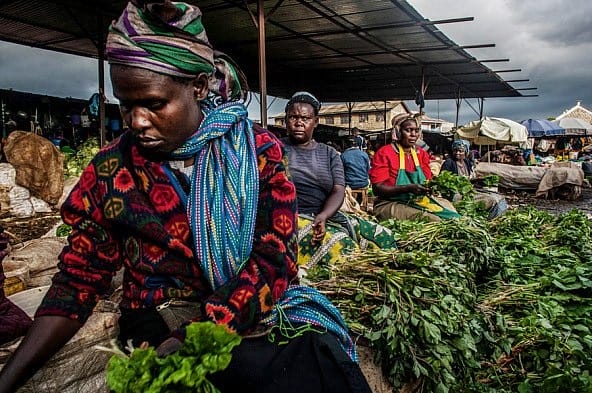
Eating out is generally quite inexpensive unless you actively seek out top-of-the-range restaurants aimed at upmarket tourists and ex-pats.
Wine is almost all imported and tends to be disproportionately expensive compared to the cheap and refreshing local beers.
Kenya is relatively easy to travel through on a tight- budget safari holiday tour , with two main provisos. The first is that high daily entrance fees at game parks, and the need for a 4×4, make most safari-oriented reserves difficult to explore cheaply, so you would need to focus on other attractions.
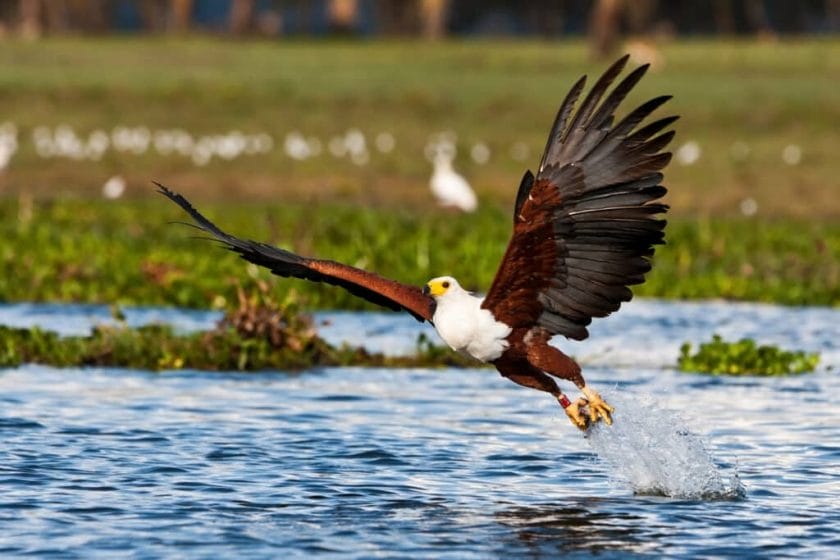
The second is that, wherever possible, you’ll need to use amenities geared towards the local economy (buses, guesthouses, and small restaurants catering mainly to Kenyans) rather than those charging inflated prices to tourists and ex-pats.
Attractions particularly well-suited to budget Kenya safari travelers include Lake Naivasha, Lake Baringo, most parts of the far west and central highlands, and the entire coast.
Kenya is a country of contrasts; everywhere you look, you’ll see different tribes, all dressed up in their finest. The culture here is incredible, but regions like the Masai Mara, when paired with the north (Samburu, Laikipia, or Meru), feel like you’ve been transported to another country.
Kenya’s coastline is equally beautiful, with white beaches and a turquoise sea, not to mention Lamu, one of the world’s most distinctive islands and a quiet refuge. Kenya is also home to the Great Rift Valley , whose lakes will provide a peaceful break from your luxury safari in Kenya.
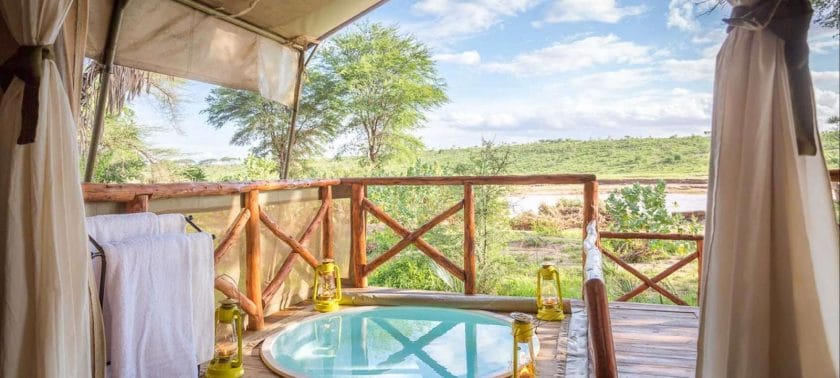
Overcrowding isn’t a concern for visitors who intend to travel to Kenya’s most isolated and luxury safari properties . It’s typically the Kenyan people who make your luxury Kenya safari so memorable – they are fascinating, engaging, and have a great sense of fun.
Your luxury Kenya Safari may include everything you choose, from the wilderness to the beach, leisure to action. Travel to two distinct locations and feel as if you’ve visited two different nations.
Those seeking luxury in the bush can pick from a variety of premium tented camps located on community or private concessions abutting the Masai Mara and Amboseli, as well as on the Laikipia Plateau.
Holiday Styles and Options in Kenya
Kenya offers a variety of holiday styles to suit every traveller. Whether you seek adventure, relaxation, or cultural immersion, options abound. Enjoy thrilling game drives, serene bush walks, vibrant cultural tours, or luxurious retreats. Customise your trip with activities like guided safaris, bird watching, local community visits, and wildlife photography. Discover Africa’s tailored packages ensure a memorable and personalised experience in Kenya.
- A Relaxed Safari Holiday in Kenya
- Adventure Holidays in Kenya
- An Active Holiday in Kenya
- Beach and Bush Safari Holidays in Kenya
- Big Five Safari Holidays in Kenya
- Birding Safari Holidays in Kenya
- Foodie Holidays in Kenya
- Kenya Honeymoon Safari
- Kenya Photographic Safari
- Malaria Free Holidays in Kenya
- Walking Safari Holidays in Kenya
Kenya’s Indian Ocean coastline offers ideal conditions for relaxation. The most popular resorts are Diana, Malindi, and Watamu. These resorts also boast a fine array of restaurants specializing in seafood and other international cuisines.
The interior of Kenya is suited to a feet-up kind of holiday. The best way to keep a safari in Kenya relatively relaxed is to visit fewer places and stay at least three nights at each of them to truly immerse yourself in the environment and engage fully with the wildlife.
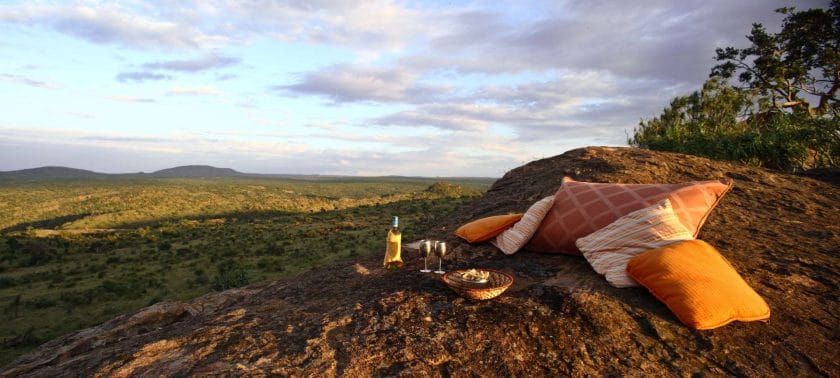
The tree hotels of Mount Kenya and the Aberdares offer possibly the most passive and relaxing safari experience in Africa, the idea being that you wait for the wildlife to come to the lodge rather than chasing it on game drives or walks.
Witness the annual Great Wildebeest Migration as it passes through the Masai Mara, the world’s eighth natural wonder . Observe lions, leopards, and cheetahs as they chase down unwitting victims before retiring to the tempting turquoise waters of the Indian Ocean, learn the Masai and Samburu traditions, and dance around the campfire.
Kenya offers many options to adventurous travelers. For budget-conscious travelers, exploring the country on public transport can be an adventure in itself.
Rift Valley lakes such as Naivasha and Baringo offer plenty of opportunities for visiting wildlife-rich areas on foot or by boat, as do Kakamega and Saiwa Swamp National Park in the far west and parts of the coast.
For a more curated budget Kenya safari, join an overland truck safari to the major reserves or one of the occasional departures to remote Lake Turkana, set in the northern deserts bordering Ethiopia.
An excellent option for those with fewer budget restrictions is a camelback safari through the little-visited Mathews Range in the vast Namunyak Wildlife Conservancy.
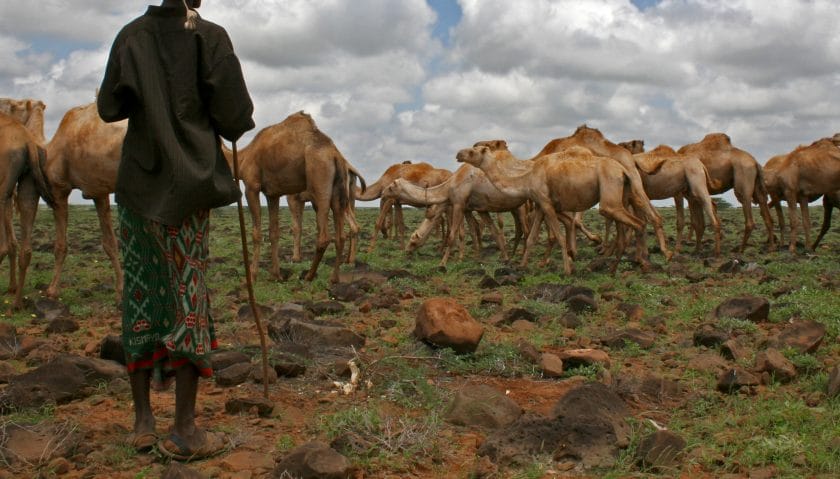
Horseback safaris and walking safaris are conducted in several individual conservancies on the Laikipia Plateau. The premier hiking destination is Mount Kenya, whose glacial peak is the second-highest in Africa after Kilimanjaro.
A trip to Kenya that includes hiking Mount Kenya would be a true Kenya adventure holiday for any adrenaline junkie. Diving and snorkeling can also be done on most Kenya Adventure tours .
Safaris and beach holidays are the two most popular activities for an active holiday in Kenya. Since the safaris in Kenya generally involve long hours being driven through the bush in search of animals, and the beaches are all about chilling out and doing as little as possible, neither is inherently well suited to active travelers on safari.
That said, except during the long rains, Kenya’s climate makes it ideal for outdoor activities. There are many ways of keeping yourself physically active, whether on the beach or on safari.

Of Kenya’s leading beach resorts, the best suited to active travelers is Watamu. Here you can take long walks in the coastal forests of Arabuko-Sokoke, explore the mysterious ruined city of Gedi, and spend long hours snorkeling offshore in lovely Turtle Bay.
When it comes to active safaris in Kenya, the private concessions of Northern Laikipia are also well-suited to active travelers since guided walks take precedence over game drives.
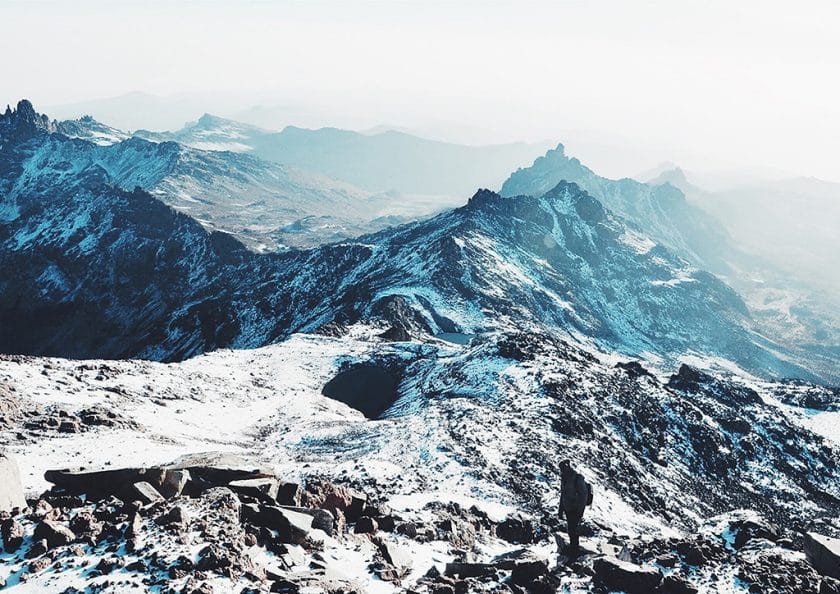
Another excellent destination for active travelers is Mount Kenya , whose thrilling landscapes make it the country’s premier hiking destination.
Bring suitable footwear and a few pairs of thick socks if you plan on walking a lot. A walking stick can be useful in hilly areas or trails with loose rocks underfoot. Binoculars will significantly enhance bird and other wildlife sightings on the trail.
Kenya is ideally suited to a beach and bush holiday. Indeed, you could say that it is tailor-made for this combination of activities. Kenya Safari tour options are covered in detail elsewhere on this website.
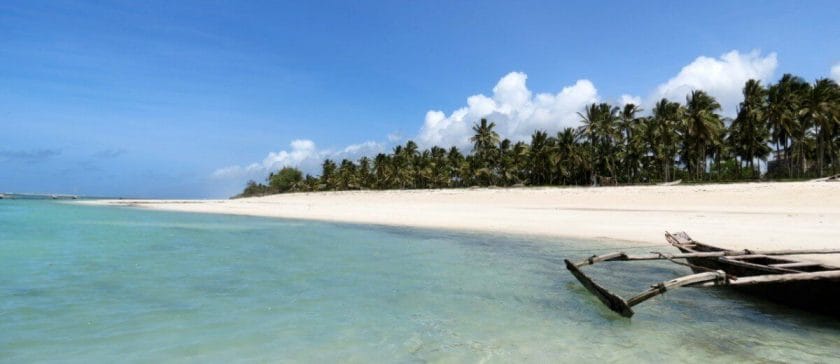
Still, we would broadly recommend 7-10 days on safari, ideally split between two or three major reserves, broken up with overnight stays at Lake Nakuru and/or one of the Tree Hotels of the Aberdares and Mount Kenya. This could be followed with 4-7 days at a beach resort such as Diani, Malindi, or Watamu.
Kenya is one of the best places in Africa for ticking off the Big Five: lion, leopard, buffalo, elephant, and rhino. An excellent short safari combination tour for Kenya for those hoping to see all these charismatic creatures (and much more besides) would be Masai Mara (for lion, leopard, buffalo, and elephant) and Lake Nakuru (for black and white rhino).
Other top safari destinations that host all or most Big Five safaris in Kenya include Tsavo East, Tsavo West, Amboseli, Laikipia Plateau, Samburu-Buffalo Springs-Shaba, Meru, and to a lesser extent Shimba Hills.
It’s important to note Kenya’s ongoing conservation efforts to protect some of its greater and lesser species – one of which is the elephant population.
The David Sheldrick Wildlife Trust is today the most successful orphan-elephant rescue and rehabilitation program in the world and one of the pioneering conservation organizations for wildlife and habitat protection in East Africa.
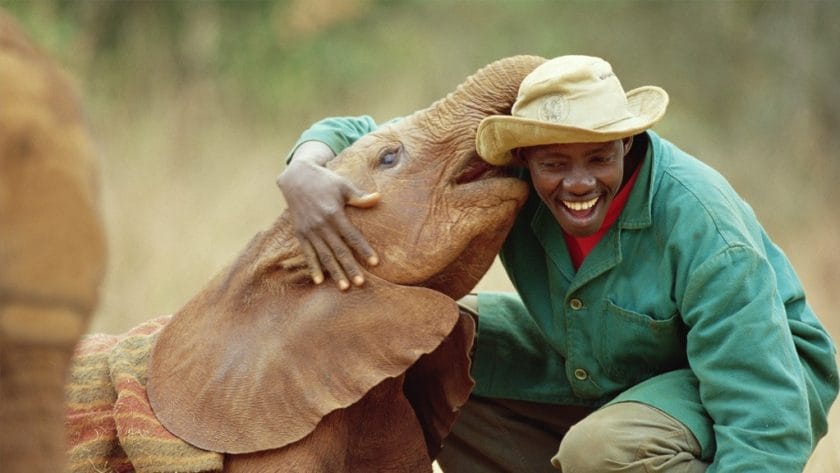
Founded in 1977 by Dr. Dame Daphne Sheldrick D.B.E, in honor of the memory of her late husband, famous naturalist and founding Warden of Tsavo East National Park, David Leslie William Sheldrick MBE, the DSWT claims a rich and deeply rooted family history in wildlife and conservation. The DSWT has remained true to its principles and ideals, remaining a sustainable and flexible organization.
Guided by experienced and dedicated trustees and assisted by an Advisory Committee of proactive naturalists with a lifetime of wildlife and environmental experience, the Trust takes effective action and achieves long-lasting results.
Kenya is one of only 15 countries globally where more than 1,000 bird species have been recorded, and it lies third on the African avian diversity list after DR Congo and Tanzania.
This list includes the world’s two largest birds (Common and Somali ostrich, now regarded as separate species) and its bulkiest flying creature (Kori bustard), along with a wealth of raptors and a dazzling array of colorful bee-eaters, turacos, parrots, rollers, and passerines.
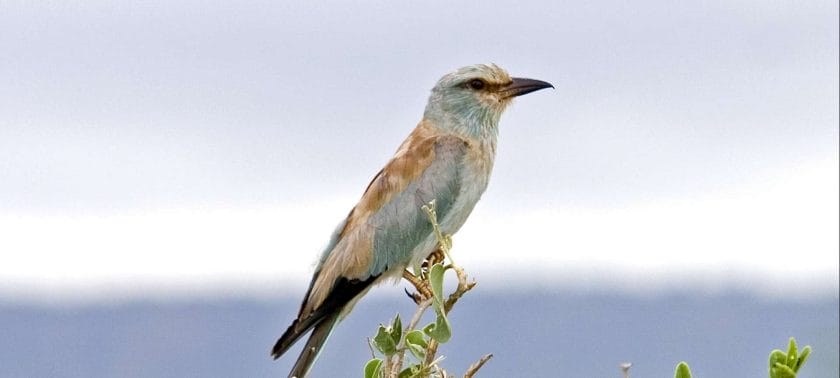
Birding Safaris are rewarding everywhere in Kenya. For dedicated birdwatching on a safari in Kenya, a well-planned two-week itinerary is likely to result in a trip list of 350–400 species, a figure that compares favorably with anywhere in the world.
The open savannah of southern Kenyan reserves such as Amboseli and the Masai Mara provides an excellent introduction to East Africa’s more common birds, with Superb starling, Purple grenadier, Lilac-breasted roller, and African grey hornbill all conspicuous.
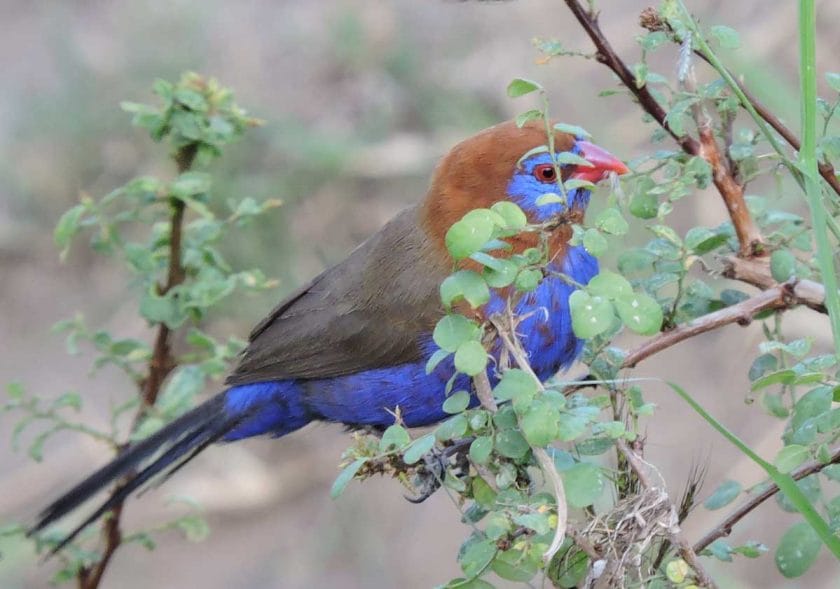
The Rift Valley lakes are also superb: Nakuru and Bogoria are rightly famed for their mind-boggling flamingo aggregations, but the less celebrated Naivasha and Baringo are arguably even better for general birding.
For regular bird-watching safari goers, a region of particular interest is the arid north, where Samburu-Buffalo Springs-Shaba hosts a high quotient of dry-country species whose range is otherwise restricted to less accessible parts of Ethiopia and Somalia.
For visitors with limited exposure to the rainforests of west-central Africa, Kakamega Forest and Saiwa Swamp protect dozens of forest species at the very eastern extreme of their range.
For coastal birds endemic or near-endemic to Kenya, Arabuko-Sokoke National Park near Watamu is home to Clarke’s weaver, Sokoke scops owl, Grey-crested helmet-shrike, Sokoke pipit, and Amani Sunbird. The central highlands also host several endemics, notably Sharpe’s longclaw, Aberdare cisticola, and Hinde’s babbler.
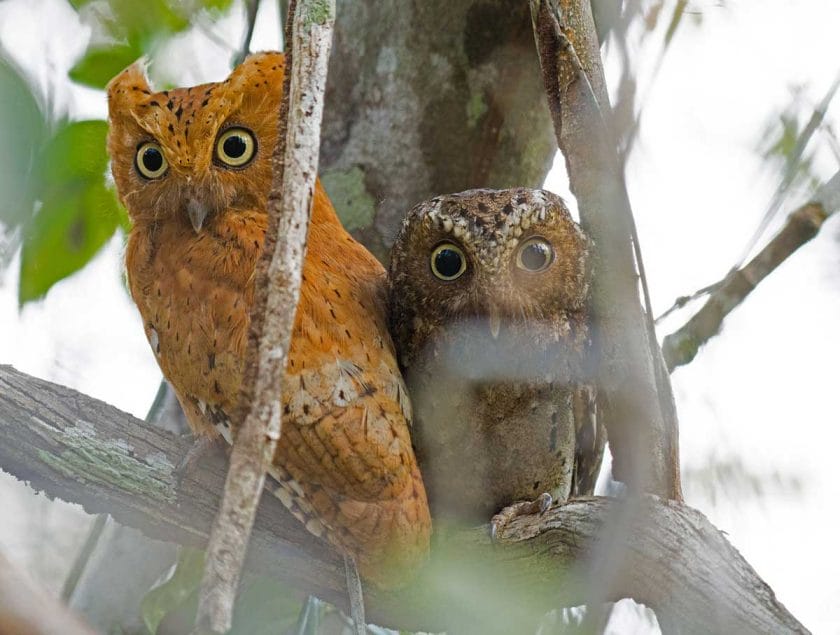
Kenya offers excellent birdwatching safaris throughout the year, but the prime season runs from October to March when Palearctic migrants boost resident populations. This also broadly coincides with Kenya’s rainy season, when several resident species shed their drab eclipse plumage in favor of bright breeding colors.
Kenya doesn’t really qualify as a dedicated foodie destination. Still, there are plenty of opportunities to eat well. Nairobi hosts a wide variety of restaurants representing a cosmopolitan selection of cuisines, as do Mombasa and the various coastal resorts (but to a lesser extent).
Seafood is particularly recommended on the coast, while Nairobi excels when it comes to meat dishes and Indian restaurants, the latter usually offering an excellent vegetarian selection. On a Kenya safari holiday, it’s customary to eat all meals at your lodge or camp. This is because most such places offer full-board packages, and there is generally no alternative within a reasonable driving distance.
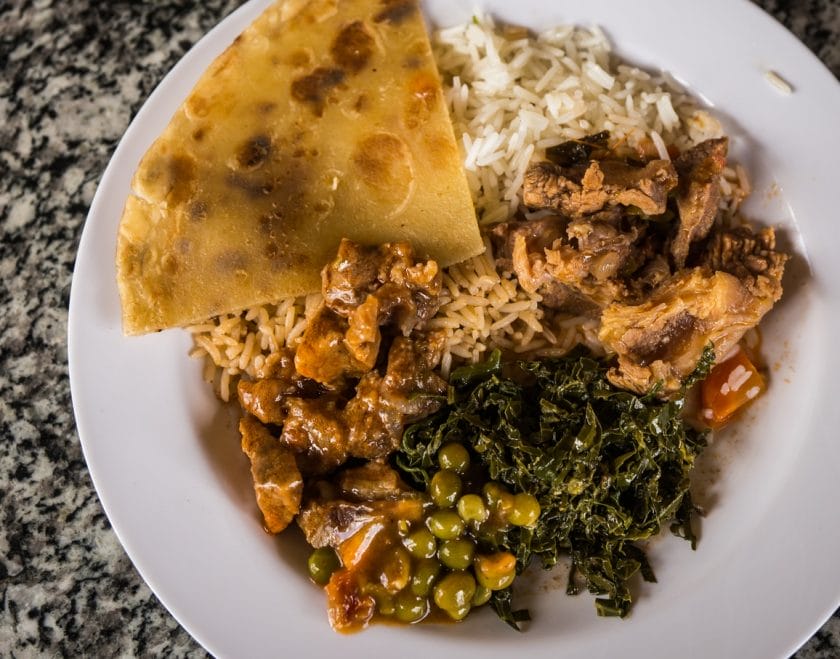
Larger lodges typically serve expansive buffet meals, while smaller lodges and tented camps generally offer three- or four-course set menus. Standards vary from mediocre at more package-like places to exceptional at certain more exclusive Kenya lodges .
The local cuisine usually consists of a lightly-spiced meat-based stew eaten with rice, ugali (stiff maize porridge), or chapati, a flat Indian-style bread. Whole fried or grilled fish is often available in coastal towns and around the great lakes. The distinctive Swahili cuisine of the coast makes generous use of coconut milk and is far spicier than other Kenyan food.
Generally, Africa is a top choice for nature-loving couples. A Kenya honeymoon safari especially has long been a choice destination for couples wanting spectacular safari experiences .

Kenya is a country where falling in love all over again is as easy as spotting a wildebeest. The rustic surroundings and soft-sand beaches with their azure waters make Kenya a timeless destination for romantics.
Coupled with the excitement of seeing the Big Five, climbing Mount Kilimanjaro , the Great Wildebeest Migration , and some of the world’s most exclusive and romantic secluded private wildlife conservancies, it’s no wonder that a Kenya honeymoon safari is a popular choice.
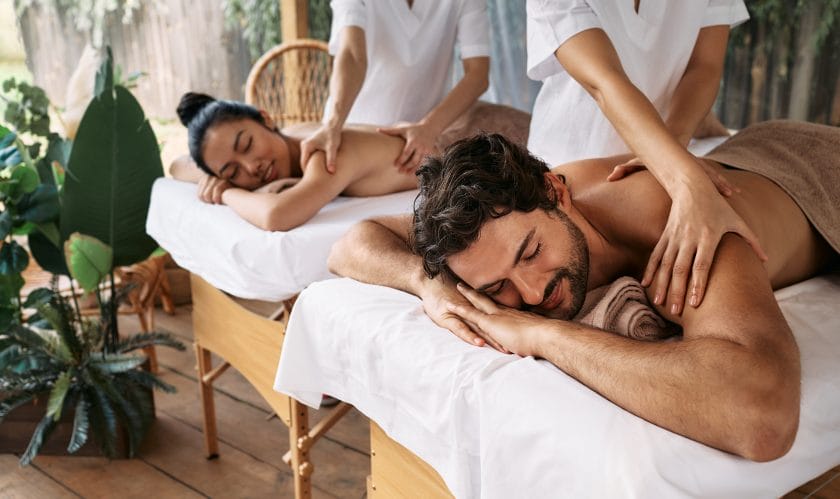
A great Kenya honeymoon safari itinerary would be to start with a few days at one of the exclusive camps that stud the conservancies bordering the Masai Mara or Amboseli, then maybe head to a similar camp on the Laikipia Plateau.
This could be followed by a few days of relaxing at a ‘barefoot luxury’ style beach resort near Diana, Watamu, or Malindi.
Kenya is a highly photogenic country. The main point of interest for most people that want to go on a Kenya photography safari is the prodigious wildlife that inhabits the national parks and other reserves.
Landscapes are greenest in the wet season, and the sky is least hazy then too, but this can be a difficult time to travel as game drives and other activities are washed out by frequent storms.
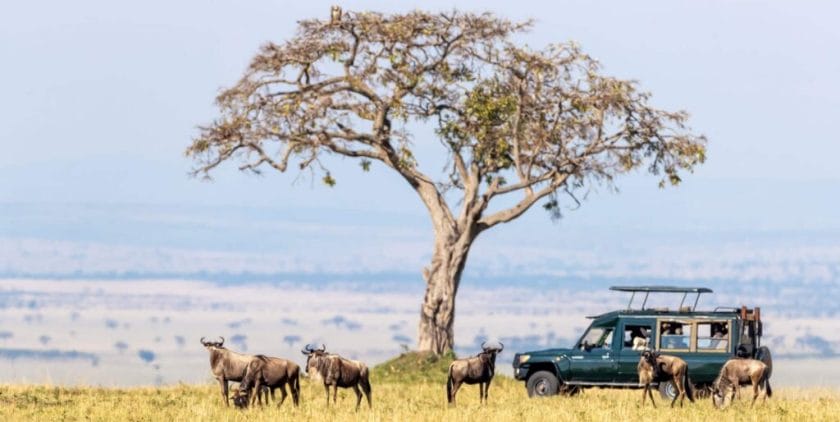
For dedicated Kenya photography safari-goers, there are several advantages to staying in private concessions or reserves, such as those on the Laikipia Plateau and bordering the Masai Mara. These private reserves are relatively costly to visit.
Still, they tend to have better and more sympathetic guides, and the ability to drive off-road, combined with the lack of other tourist traffic, means you can stick longer with a good photographic subject, and usually get far closer to it, and line up better for amazing shots.
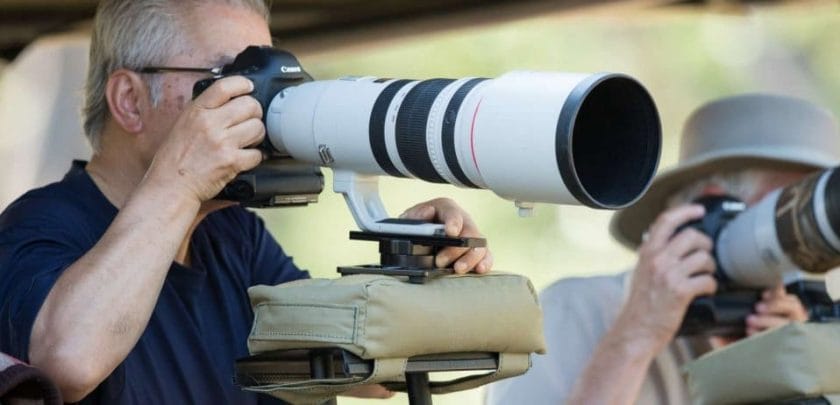
Wildlife photography requires faster and higher-magnification lenses than most other subjects. The ideal lens combination would be a zoom that goes up to 300 together with a fixed 400, with the fastest f-stop of 4, or better, 2.8.
Bring a beanbag upon which to rest your lens to minimize the risk of camera shake; to save weight, you can carry it empty to Kenya and fill it up with rice, beans, or similar after you arrive.

Colourful traditional ethnic groups such as the Maasai, Samburu, and Turkana make for great subjects, but it’s essential to ask permission before photographing them on your photography safari holiday in Kenya.
Many people will refuse, while others will expect to be paid. A good option for photographing traditionally-attired people is to arrange a paid visit to a traditional village bordering the Maasai Mara or Samburu-Buffalo Springs. The Swahili people of the coast are also sensitive about being photographed, particularly the women, whose Islamic culture perceives it to be immodest.
Malaria is prevalent in most parts of Kenya. This includes the entire coast and most safari destinations: Masai Mara, Amboseli, Tsavo, Samburu-Buffalo Springs, Lake Nakuru, and Meru.
Exceptions are parts of the Laikipia Plateau (much of which sits at too high an altitude for the malaria parasite) and the tree hotels of the Aberdares and Mount Kenya .
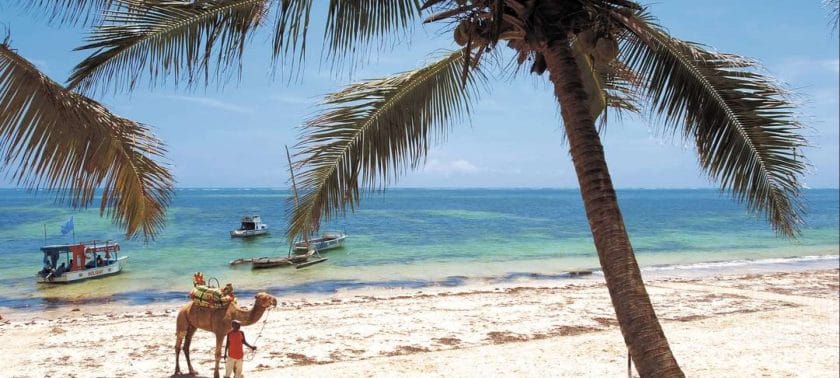
The risk of catching malaria in highland Nairobi is minimal. However, there are occasional incidents thought to be attributed to infected mosquitoes that arrive there on a bus from a lower-lying destination.
A Kenya safari focussing solely on Nairobi, the tree hotels, and Laikipia would thus be borderline malaria-free, but a slight risk would still exist. It’s therefore advisable to take necessary precautions before traveling and check with your local healthcare provider what prophylactics are best suited for a Kenya safari holiday.
Kenya is especially well suited to walking safaris . Climbing Mount Kenya offers more than enough to keep you going for a week, but this suits more dedicated hikers than casual ramblers.
Other destinations that offer some great opportunities include Lake Naivasha (a good base for day hikes to Hell’s Gate and Mount Longonot), Kakamega Forest, Saiwa Swamp, and Watamu. However, the options are better suited to independent travelers with a DIY approach than to organized safari tours .

For tourists looking to see wildlife on foot and be immersed in the environment, there are some concessions that arrange walking (guided) safaris if you are feeling more adventurous.
This offers the unique experience of seeing wildlife in a different light – where the sounds, sights, and smells will play a more prominent role in your Kenya safari experience.
Who is Travelling to Kenya with you?
Planning your Kenya safari adventure? Tailor your journey with experiences designed for every type of traveller. Whether you’re exploring with a loved one, embarking on a family adventure, discovering solo, celebrating a honeymoon, or enjoying a trip with friends, Kenya offers unique and unforgettable experiences for all. Select your travel type to find the perfect itinerary and make the most of your safari holiday.
- Couple Holiday in Kenya
- Solo Travelling Through Kenya
Most parts of Kenya are suited to couples. The coast of Kenya is ideal for romantic getaways, while more active couples looking for quality time together might consider booking a private safari or renting a self-drive 4×4 for your Kenya safari.
Highlights on a Couple Holiday in Kenya
Kenya’s beaches are among the most romantic in the world, with all white sand, shady palms, and lovely sunrises.
As with solo travelers or families, a highlight for most couples on safari in Kenya will be the opportunity to spend a few days on this safari, watching the Big Five and other creatures in the iconic Masai Mara , Amboseli, and Lake Nakuru.
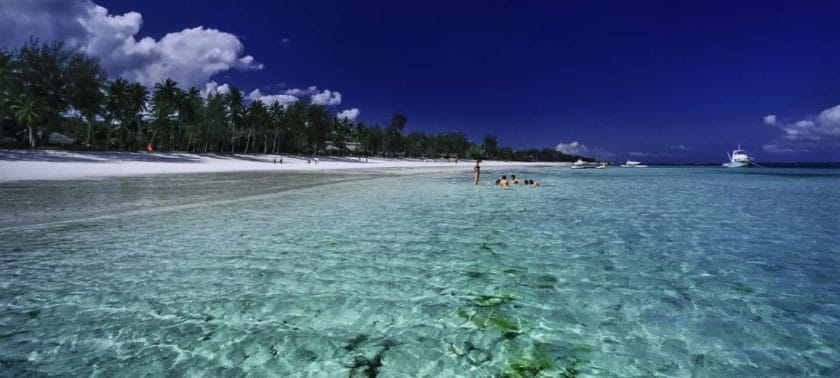
Try self-driving or traveling by public transport through the Rift Valley for something more offbeat.
Travel Tips on a Couple Holiday in Kenya
- Although most couples on holiday in Kenya are happy to spend plenty of time alone together, it can be fun to break things up with the odd night at a more sociable venue such as a backpacker hostel or intimate private lodge.
Kenya is a reasonably family-friendly safari destination, but it boasts few attractions that cater specifically to youngsters, and the threat of malaria might be a deterrent for families with young children. Most children will enjoy a few days on their family safari in Kenya but be warned that youngsters often become bored on long hot game drives.
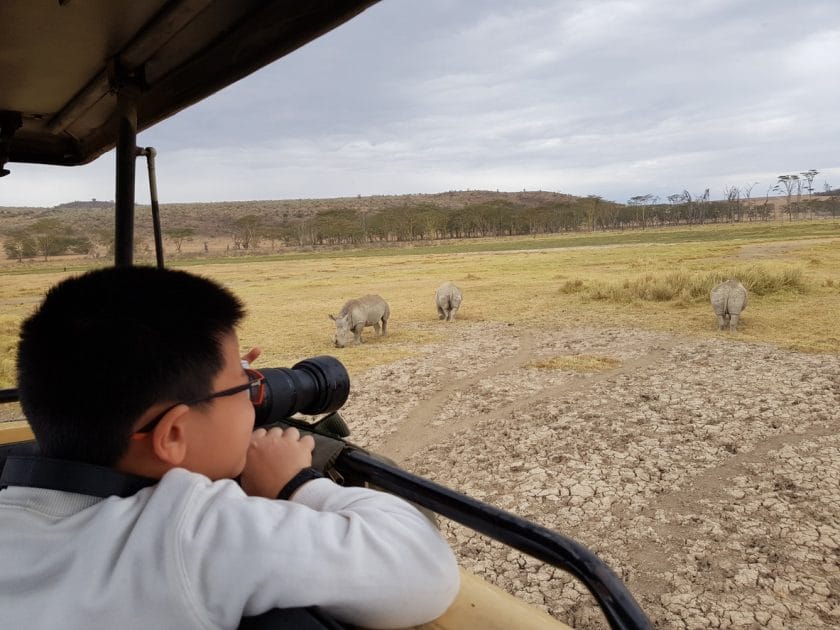
For this reason, smaller and more contained safari destinations such as Lake Nakuru and Nairobi National Park might be preferable for families than the vast expanses of Tsavo, Masai Mara, and the like.
Highlights of a Family Safari in Kenya
The highlights of a family safari in Kenya are much the same as for solo travelers or couples in Kenya: the thrilling volume and variety of wildlife present in the Masai Mara, Amboseli, and Lake Nakuru.
Of the beach resorts, Diani is probably the most family-friendly since its large package hotels tend to have an excellent range of on-site activities and amenities suited to all age groups, and offer plenty of excursions.
Travel Tips for a Family Safari in Kenya
- It’s not advisable to enter malarial areas with children not yet old enough to safely take prophylactic drugs or be able to clearly communicate any malarial symptoms to their parents. Parents of younger children should check whether their hotel offers babysitting services.
- Some private game lodges place a lower-end age restriction on children, while others specifically cater to younger children and provide them with alternative activities when adults are on game drives. Check this when you make a booking.
- Self-drivers with children should avoid overambitious itineraries. Distances in Kenya are far longer than you might be used to at home, and roads tend to be rougher, so children might quickly become bored or carsick.
Most parts of Kenya are suited to solo travel. Independent travelers using public transport will find that locals are very friendly and keen to converse with single foreigners.

During a solo Kenya safari, small tented camps and private concessions’ reserves are probably better suited to single travelers than larger lodges in public sanctuaries since they tend to offer a more hands-on, personalized service.

Highlights on a Solo Safari in Kenya
Most solo travelers on a Kenya safari also want to visit the coast. The highlights are the same as for other travelers: the thrill of being in the bush and the range of wild animals to be seen in famous reserves such as Masai Mara , Amboseli, and Laikipia.

Of the coastal resorts, Malindi has the most inherently sociable and integrated atmosphere, making it perhaps better suited to friendly solo travelers than rustic Watamu or spread-out Diani. The Rift Valley lakes are a worthwhile destination for solo travelers interested in local cultures.
Travel Tips for Solo Safari in Kenya
Sociable solo travelers in Kenya might be keener to join group safari tours in Kenya or to stay at lodges that offer all-inclusive packages with group game drives and customarily encourage guests to mingle by dining together at one large table.
There are no risks specific to solo travel in Kenya. Still, single women, in particular, should apply the usual common-sense precautions such as not walking alone at night in cities, particularly Nairobi, and avoiding deserted beaches.
What You Need To Know
Planning a trip to Kenya involves considering several important factors to ensure a smooth and enjoyable experience. From understanding visa requirements and health precautions to knowing the best times to visit and local customs, having the right information will help you make the most of your journey. Discover Africa provides essential tips and insights to help you prepare for an unforgettable adventure in this iconic wildlife destination.
- Kenya vs South Africa
- Kenya vs Uganda
- Wildlife in Kenya
- Kenya Visa Requirements and Fees
- Getting Around in Kenya
- Changing Money in Kenya
- Is Kenya Safe?
- Kenya Food and Tipping
- Languages in Kenya
- Medical Requirements for Kenya
- Packing List for a Kenya Holiday
- What Vaccinations do I Need for Kenya?
- Medical Emergencies in Kenya
- Health Care in Kenya
- Medical Insurance in Kenya
- Lodges in Kenya: The Do’s and Don’ts
- Cultural Practices of Kenya
- When to Go to Kenya
Kenya is more of a dedicated wildlife destination than South Africa. A far more significant proportion of the country is given over to national parks and other wildlife reserves. These tend to have a wilder and more limitless feel than their fenced-in South African counterparts with their asphalt roads and village-like rest camps.
Kenya would thus be a better destination for people seeking a safari-dominated wilderness itinerary . That said, Kenya’s safari circuit is far less suited to budget-conscious travelers, or to DIY self-drivers, than South Africa’s Kruger National Park or Pilanesberg.
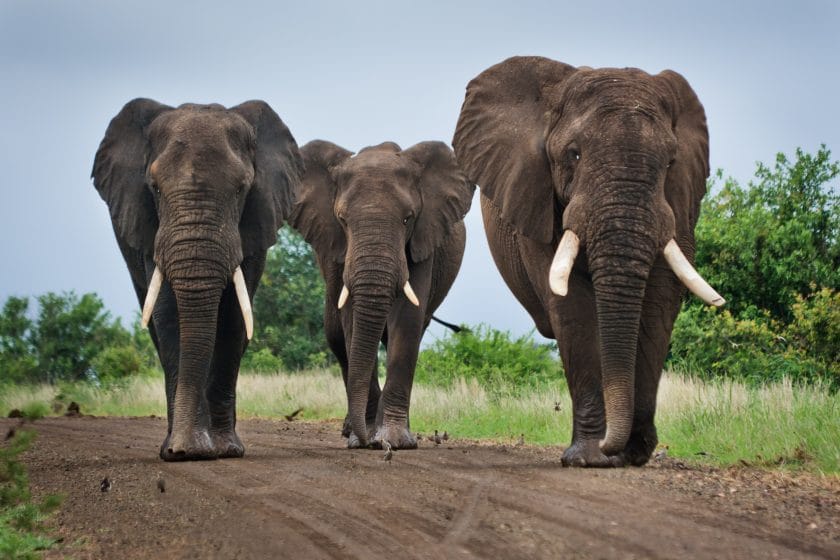
A safari in South Africa offers a far lower risk of contracting malaria, bilharzia, and other tropical diseases. This makes it a safer bet for families, first-time safari goers, and other health-conscious travelers. Indeed, South Africa is also the only country in Africa to boast several malaria-free safari destinations.
South Africa is a far more family-friendly safari destination compared to Kenya. Both countries boast superb coastlines, but South Africa’s beach resorts are notably well-developed for families and children. In contrast, Kenya’s ancient ports feature an intriguing cultural dimension shaped by the Swahili people and include fantastic ruins dating back to medieval times.
Kenya is a better destination than Uganda when it comes to quality Big Five sightings and plains wildlife in general. Its game reserves tend to be far more extensive than their counterparts in Uganda and offer a more varied selection of lodges and tented camps. Equally, a safari in Uganda offers several attractions not found in Kenya or, indeed, most other safari destinations.
Foremost among these is the opportunity to track mountain gorillas in Bwindi Impenetrable National Park and chimpanzees in Kibale National Park. Overall, Uganda offers far greater diversity when it comes to primate safaris, and it matches Kenya for general birdwatching safaris . However, it tends to be stronger on forest birds that are difficult to see elsewhere in eastern and southern Africa.
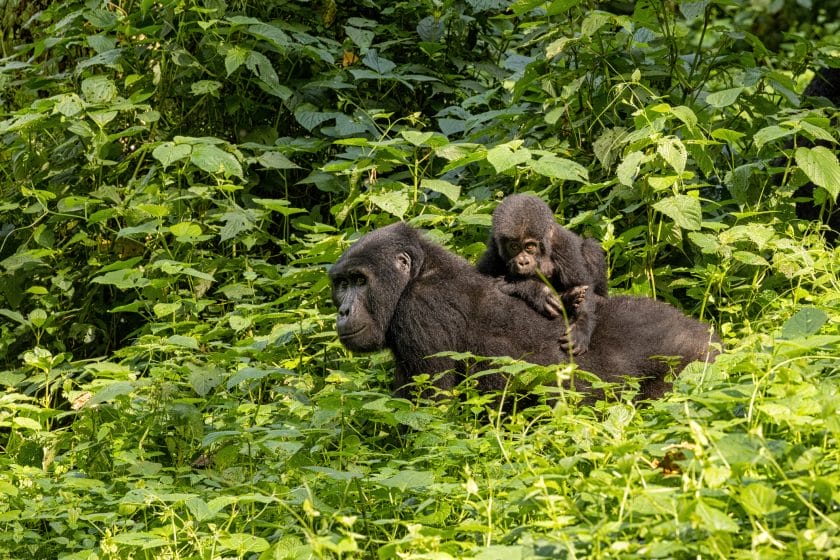
Uganda’s three main savannah reserves are also wonderfully scenic and offer the opportunity to explore thrilling tropical waterways by boat. There is nothing in landlocked Uganda to compare with the Indian Ocean beach resorts such as Diani and Watamu .
Kenya is also a more visibly diverse and fascinating country when it comes to traditional cultures, be it the pastoralist Maasai and Samburu or the Arab-influenced Swahili people of the coast.
Kenya’s geographic diversity means that it supports an extraordinary range of wildlife. The country’s premier national parks and reserves, including the Masai Mara, Amboseli, Tsavo East and West, Samburu-Buffalo Springs, Meru, and Laikipia, are all home to most or all of the Big Five, i.e., lion, leopard, elephant, buffalo and Black rhino.
We would rank the Masai Mara as one of the top five reserves in Africa for lion and cheetah sightings. It is also unusually reliable for leopards, along with other less glamorous carnivores such as spotted hyenas, jackals, and bat-eared foxes. Amboseli is one of the top places anywhere in Africa for watching elephant interactions at close quarters.
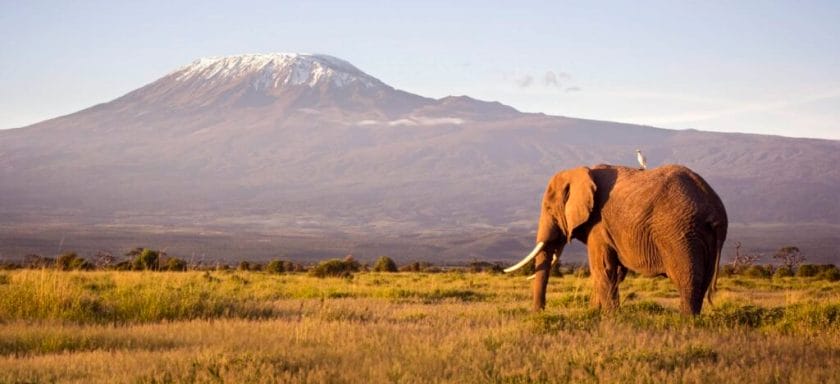
After a South African safari , a Kenya safari is the second-best choice to see both Black and White rhinos, with healthy and conspicuous populations of one or both to be found in Tsavo West, Meru, Lake Nakuru, and several of the reserves on the Laikipia Plateau .
Other wildlife tends to be more regional. The relatively moist southern savannah protected in Masai Mara and Amboseli is home to eland, Coke’s hartebeest, Topi, Grant’s and Thomson’s gazelle and impala, as well as Maasai giraffe, plains zebra, and warthog.
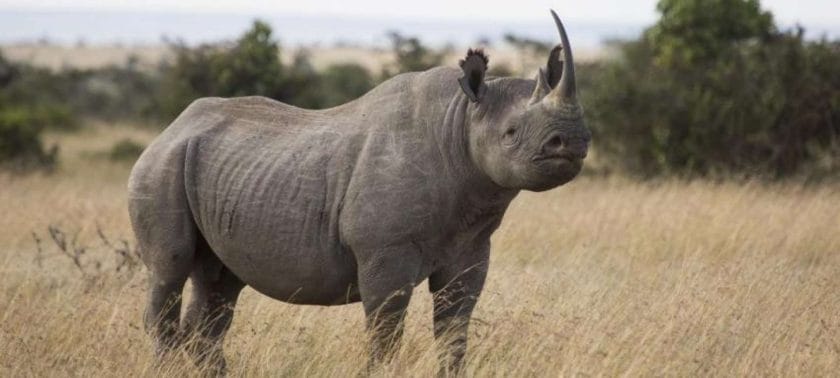
Wildebeest are resident in both reserves, but the Masai Mara is renowned for the migration of hundreds of thousands of these doleful-looking antelope from neighboring Tanzania between August and October.
The more arid northern reserves, most notably Samburu-Buffalo Springs, support a quite different set of grazers, for instance, Beisa oryx, Lesser kudu, Guenther’s dik-dik, and the unique Long-necked gerenuk.
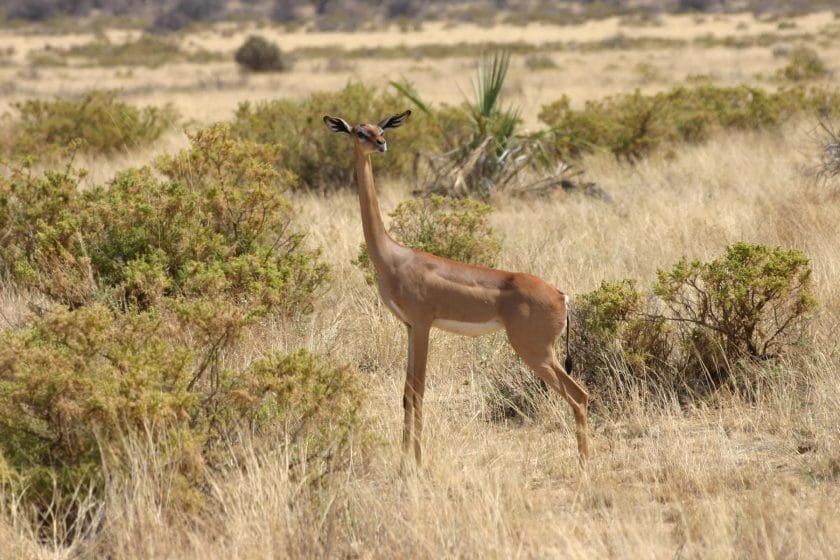
Here you will also see the critically endangered Grevy’s zebra, the world’s largest wild equid and far more narrowly striped than the more widespread plains zebra, which occurs alongside it in Samburu-Buffalo Springs. Another creature unique to the north is the reticulated giraffe, which has a more geometric and striking coat pattern than the Masai Giraffe.
Other major reserves such as Laikipia, Meru, and Tsavo East and West tend to support an intermediate selection of grazers. Very different again are the montane forests of the Aberdares and Central Highlands, coastal forests around Diani and Watamu, and tropical lowland forests in western sites such as Kakamega.

These tend to support a wide range of monkeys, most notably the striking black-and-white Colobus, small forest antelope known as duikers, and oddities like the Golden-rumped elephant shrew (coast only), mountain bongo (Aberdares only), and Giant forest hog.
Kenya is one of the world’s finest bird-watching destinations . A national checklist of more than 1,000 species places it among the world’s top 15 countries in terms of avian diversity. But even this figure doesn’t convey the variety of colorful and striking birds on display countrywide.
There are several places, most notably perhaps Lake Naivasha or Baringo, where a moderately skilled birder could tick off 100 species in a day. And for dedicated birdwatchers, a well-planned two-week itinerary taking in key ornithological sites such as Kakamega Forest, Samburu-Buffalo Springs, Mount Kenya, the Rift Valley Lakes, and the coastal forests around Watamu should result in a trip list of at least 350 species, quite possibly more.
Kenya also hosts diverse marine wildlife. A year-round attraction is the colorful reef fish that proliferate diving and snorkeling sites in the reefs offshore of Watamu, Malindi, Mombasa, and Diani. Other, more seasonal, marine wildlife includes dolphins, whale sharks, marine turtles, and manta rays.
All visitors must present a passport upon arrival at their port of entry. This must be valid until at least 6 months after the end of their intended stay, and must have at least two blank pages to accommodate entry and exit stamps.
Technically, visitors should also have a return or onward ticket, and be able to demonstrate access to sufficient funds to cover day-to-day expenses for the duration of their stay, but these requirements are seldom enforced.
Most visitors require a visa to enter Kenya. This includes nationals of practically all European, Asian, Middle Eastern, and North or South American countries, as well as Australia and New Zealand. For single-entry tourist visits of to 90 days, eVisas can be bought online, provided this is done at least two days prior to departure, and it is also usually possible to get a visa on arrival.
Multiple-entry and non-tourist visas must be applied for through a Kenyan embassy or high commission abroad.
Visas for stays of up to 90 days are not required by passport-holders of certain African and Caribbean countries, among them South Africa, Tanzania, Uganda, Ghana, Malawi and Zimbabwe.
An East Africa Tourist Visa allows multiple-entry visits to Kenya, Rwanda and Uganda, but not to Tanzania or Burundi.
- A good network of scheduled and charter flights connects Nairobi to other major cities in Kenya, for instance, Mombasa, Malindi, and Kisumu. Light aircraft flights connect all the main game reserves to Nairobi and to each other. Note that most (but not all) domestic flights to/from Nairobi depart and arrive not from Jomo Kenyatta Airport, but from the smaller Wilson Airport (WIL), so check your booking.
- Most people explore the country on an organized group or bespoke safari or tour, which can be arranged through innumerable international and local operators.
- Most trunk roads are surfaced and well maintained, so self-drive is an option, provided you have a valid license. Be aware that driving tends to be reckless by Western standards. Driving is on the left side of the road, as in the UK, which may require some adjustment for drivers accustomed to driving on the right.
- National parks and other safari destinations are not generally accessible on public transport, but it is easy enough to travel between towns by bus or local Matatu mini busses. Be warned that these are often poorly maintained, overcrowded and recklessly driven, and fatal accidents are commonplace. A notable exception is the historic train service that connects Nairobi to Mombasa, a trip that qualifies as an attraction in its own right.
The Kenyan shilling (KSh) trades against most international currencies at a favourable rate. There’s no need to bring large amounts of hard currency cash or to buy shillings in advance.
Major international credit/debit cards (for instance Master and Visa) can be used to draw local currency at 24-hour ATMs in most cities and beach resorts, but not in national parks and other safari destinations).
Many vendors do not accept cards, however, so it’s a good idea to carry a few hundred dollars’ worth of hard currency cash as a fall back.
Nairobi has a longstanding reputation as a bit of a crime hotspot, one that is largely justified but unlikely to affect those who stay at a suburban hotel since crime targeted at tourists is mainly associated with the city center.
The triangle of streets between Moi Avenue and River Road should be avoided at all times unless you have a trusted local escort, and it’s best to use a taxi if you leave your hotel after dark.
Crime is also a problem on some parts of the coast but far less so in small upcountry towns, game reserves, and other rural areas. However, the majority of visitors to Kenya have hassle-free holidays, and so should you if you follow the commonsense dos and don’ts below:
- Carry a scan or electronic version of all important travel documents in case they are lost or stolen. You might also want to email all such backups to a webmail address you can access anywhere on the road.
- Padlocking your luggage might not prevent a determined thief from slashing it open, but it’s a solid deterrent to casual light fingers.
- Never leave valuables (cash, mobile phones, electronic devices, etc.) lying around in your hotel room; where possible, stow your passport and other important documents, as well as spare cash and cards, in a hotel safe.
- Leave expensive jewelry at home.
- Avoid exposing cameras, laptops or large amounts of cash in urban areas.
- Avoid walking around towns after dark. If you must, do so as part of a group and stick to busy and well-lit streets.
Tip in local currency where possible; it may be difficult for locals to exchange small amounts of hard cash into Kenya shillings. Tipping is not standard at eateries or bars catering mainly to a local clientele, but that doesn’t mean a little something won’t be appreciated by the recipient.
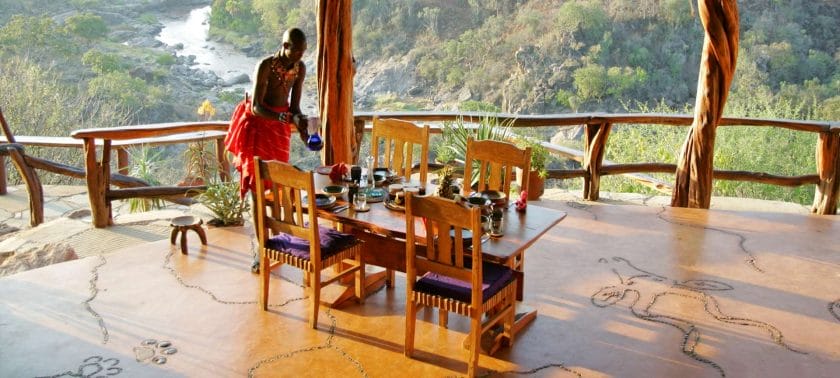
Tourist-oriented restaurants operate similarly to those in Europe or North America. A 10-15% tip to the waiter is standard, depending on the quality of service.
At hotels, it’s usually easier to sign drinks and meals to the room than to pay cash, but you could still leave a tip for an individual waiter or bartender or add one to the bill before you sign it. Hotel porters usually expect a tip equivalent to around US$1 per luggage item.
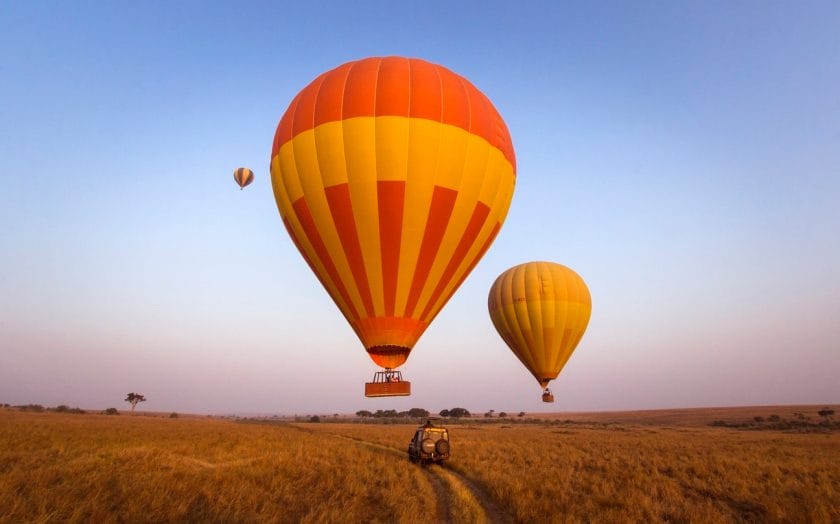
On organized tours in Kenya , it’s customary to tip the guide and/or driver and/or cook at the end, usually as a group rather than individually.
Upmarket lodges and camps in Kenya that operate on a full-board basis generally have a tip box at reception. Tips will usually be distributed between all the staff, a system that seems fairest to backroom workers in a country where hotel staff is very poorly paid.
In game lodges that offer guided game drives, any guides, drivers, and trackers should be tipped. Many such lodges have guidelines in the rooms; failing that, ask management for a directive.
More than 60 different languages are indigenous to Kenya. The official languages are English, which is widely spoken to a high standard in the tourist industry, and KiSwahili. This East African lingua franca originates from the coast and spread inland along trade routes in the early 19th century.
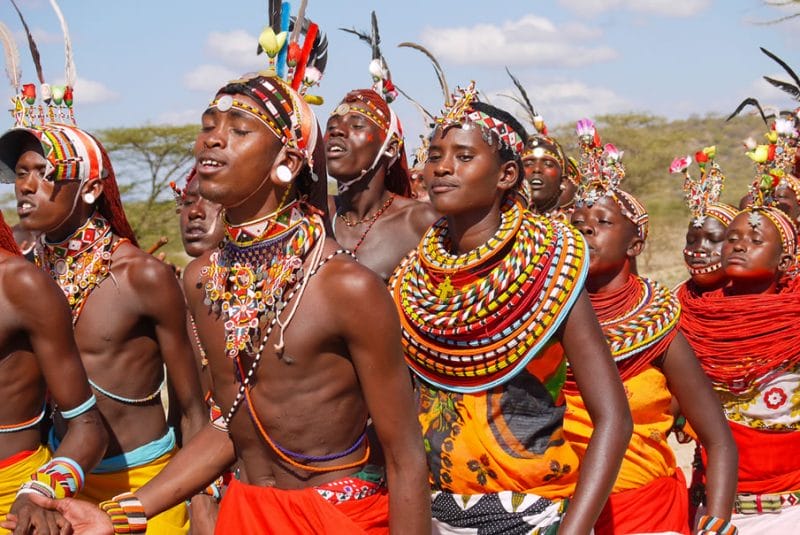
Other major languages include Kikuyu, Luo, Akamba, and Maa. Most languages spoken locally belong to two broad languages: Niger-Congo and Nilo-Saharan, spoken by the country’s Bantu and Nilotic populations, respectively. The Cushitic and Arab ethnic minorities speak languages belonging to the separate Afroasiatic family, with the Hindustani and British residents speaking languages from the Indo-European family.
Kenya’s various ethnic groups speak their mother tongues within their communities. The two official languages are used with varying degrees of fluency for communication with other populations. English is widely spoken in commerce, schooling, and government. Peri-urban and rural dwellers are less multilingual, with many in rural areas speaking only their native languages.
Kenya is a culturally rich country with over 60 languages spoken. The official languages are English and Kiswahili, used widely in commerce, education, and government. Learn to say hello, goodbye and even a few common phrases with us.
The national language and lingua franca of East Africa.
- Greeting: “Hujambo” (hoo-JAHM-boh) – Hello
- Goodbye: “Kwaheri” (kwah-HEH-ree) – Goodbye
- Common Phrases:
- “Asante” (ah-SAHN-teh) – Thank you
- “Tafadhali” (tah-fah-DHA-lee) – Please
- “Samahani” (sah-mah-HAH-nee) – Excuse me/Sorry
- “Jina lako nani?” (JEE-nah LAH-koh NAH-nee) – What is your name?
- “Habari gani?” (hah-BAH-ree GAH-nee) – How are you?
- “Sawa sawa” (Sah-wa Sah-wa) – Okay or All good!
Spoken by the Kikuyu people, the largest ethnic group in Kenya.
- Greeting: “Wi mwega” (wee m-WEH-gah) – Hello
- Goodbye: “Naki ngwendete” (nah-KEE ng-wen-DEH-teh) – Goodbye
- “Niwega” (nee-WEH-gah) – Thank you
- “Ndiaga” (n-DEE-ah-gah) – Please
- “Wina wira?” (WEE-nah WEE-rah) – How are you?
- “Thenge itagwo?” (THEN-geh ee-TAH-gwoh) – What is your name?
- “Nake?” (NAH-keh) – Excuse me
Spoken by the Luo people, mainly around Lake Victoria.
- Greeting: “Nya’tho” (nyah-THOH) – Hello
- Goodbye: “Odhi maber” (OH-dhee mah-BER) – Go well
- “Erokamano” (eh-roh-kah-MAH-noh) – Thank you
- “Kwayoni” (kwah-YOH-nee) – Please
- “Ang’o?” (AHNG-oh) – What?
- “Nyingi ng’a?” (NYING-ghee ng-AH) – What is your name?
- “Ber ahinya” (BER ah-HEE-n-yah) – Very good
Spoken by the Kamba people, primarily in the eastern region.
- Greeting: “Wìkàla” (WEE-kah-lah) – Hello
- Goodbye: “Koma na kwìkàla” (KOH-mah nah KWEE-kah-lah) – Goodbye
- “Nìngìyíe” (nee-NGEE-yee-eh) – Please
- “Twààsìsìa” (TWAAH-see-see-ah) – Thank you
- “Nìkwata” (nee-KWAH-tah) – Hold on
- “Àtũ nĩkĩ?” (ah-TOO nee-KEE) – How are you?
- “Nĩkũĩta” (nee-KWEE-tah) – Excuse me
Maa (Maasai):
Spoken by the Maasai people, renowned for their distinct culture.
- Greeting: “Supa” (SOO-pah) – Hello
- Goodbye: “Orkuma” (or-KOO-mah) – Goodbye
- “Ashe oleng” (ah-SHEH oh-LENG) – Thank you
- “Kashana” (kah-SHAH-nah) – Please
- “Baku” (BAH-koo) – Sorry
- “Sidai?” (SEE-dah-ee) – How are you?
- “Ning’ai” (ning-AH-ee) – What is your name?
Widely used in urban areas and the official business language.
- Greeting: “Hello” (heh-LOH) – Hello
- Goodbye: “Goodbye” (good-BYE) – Goodbye
- “Thank you” (THANGK yoo) – Thank you
- “Please” (pleez) – Please
- “How are you?” (how ar yoo) – How are you?
- “Excuse me” (ehks-KYOOZ mee) – Excuse me
- “What’s your name?” (wots yor naym) – What is your name?
Embracing the local languages can significantly enhance your Kenya safari experience. Learning and using phrases like “Hujambo” and “Asante” not only enriches your interactions but also shows respect for the culture.
As you traverse the stunning landscapes, from the Maasai Mara to the shores of Lake Victoria, surprising your guide with a few local words can create memorable connections and deeper cultural insights.
Malaria is the biggest single medical threat to visitors to Kenya. It is present in most parts of the country throughout the year, though the risk of transmission is generally far higher at low altitudes and during the rainy season. There is no vaccine, but several different oral prophylactics are available, and it is advisable to visit a travel clinic or other suitably qualified medical professional for up-to-date advice about the option best suited to your requirements. No prophylactic is 100% effective, so take all reasonable precautions against being bitten by the nocturnal Anopheles mosquitoes that transmits the disease.
These include donning a long-sleeved shirt, trousers and socks in the evening, and applying a DEET-based insect repellent clothes to any exposed flesh. Always sleep under a net, or failing that in and air-conditioned room, under a fan, or with a mosquito coil burning. Malaria normally manifests within two weeks of being bitten, but it can take months, so if you display possible symptoms after you get home, get to a doctor immediately, and ask to be tested. Travellers with young children or who prefer not to take medication might consider visiting a malaria-free safari destinations elsewhere in Africa in preference to Kenya.
Anti-malarial drugs are as good as essential and advice should be sought at least a few weeks in advance to be sure you use suitable medication. At the same time, check which (if any) vaccinations require updating. All over-the-counter medications are available at pharmacies in the larger cities, but not in game reserves or more isolated beach destinations, so best to buy any prescription drugs or others that you use regularly before you travel, along with essentials such as sunblock and insect repellent. People who wear contact lenses often find that their eyes are more irritable in the dry heat typical of many safari destinations, so it is a good idea to bring glasses as a backup.
A yellow fever vaccination and certificate is not mandatory for those entering Kenya from Europe or North America. You may be asked for one if you enter arrive from elsewhere in the yellow fever belt of Africa or South America.
It’s important to be up-to-date on tetanus, polio and diphtheria, and you might consider immunisation against hepatitis A and B, diphtheria, rabies, typhoid, cholera and tuberculosis.
A public healthcare system exists, but it’s underfunded and rudimentary by international standards. Private medical facilities compare favorably to most parts of Africa other than South Africa but are not always to the standard you’d expect in Europe or North America.
On the plus side, medical consultations are generally very cheap, and local doctors are highly experienced in recognizing symptoms of malaria (the most common threat to travelers) and prescribing appropriate medication.
A public healthcare system exists but it is underfunded and rudimentary by international standards. Private medical facilities compare favourable to most parts of Africa other than South Africa but are not always to the standard you’d expect in Europe or North America. On the plus side, medical consultations are generally very cheap, and local doctors are highly experienced when it comes to recognising symptoms of malaria (the most common threat to travellers) and prescribing appropriate medication.
It is recommended that you take comprehensive medical travel insurance, inclusive of air evacuation from remote areas. Be aware that some insurance policies may not cover paragliding or scuba diving other activities deemed to be hazardous, and it might also be null and void in areas subject to travel warnings by the British FCO or US state department.
- Never walk unaccompanied after dark in the bush or an unfenced camp or lodge.
- Don’t feed the wildlife – not only does it encourage a dependency on handouts to survive, but it may also foster problem animals.
- Don’t leave cash or other valuables lying around in the room.
- Do cover up in the evenings, spray exposed skin with repellent, and sleep under a net or fan to discourage mosquitos and other biting insects.
- Don’t freak out if you find lizards in your room or frogs in the basin – they are not vermin but rather harmless contributors towards insect control.
- Don’t make any unnecessary noise when wild animals are in the vicinity, or you might scare them off.
- Do take the opportunity to go on a guided bush walk if offered – it will be a wonderful opportunity to focus on plants, insects, birds and other creatures less glamorous than the Big Five.
- Do carry sunblock and a hat on all game drives.
- Do assume that any large animal that enters camp is wild – respect its space and give it a wide berth rather than walking up to it to be photographed with it and chasing it away or provoking attack.
Although the official languages are Swahili and English, Kenya is a multilingual country. There are 62 languages spoken throughout, which mainly consist of tribal African languages and a minority of Middle-Eastern and Asian languages spoken by descendants of foreign settlers (i.e., Arabic, Hindi, etc.).
The African languages come from three different language families – Bantu languages (spoken in the center and southeast), Nilotic languages (in the west), and Cushitic languages (in the northeast).
Kenya is not a homogeneous country ethnicity-wise. The make-up of Kenyans is primarily that of 13 ethnic groups with an additional 27 smaller groups. Most Kenyans belong to ‘Bantu’ tribes such as the Kikuyu, Luhya, and Kamba.
There are also the ‘Nilotic’ tribes such as the Luo, Kalenjin, Maasai, and Turkana. The ‘Hamitic’ people include the Turkana, Rendille, and Samburu. Around 13% of the population are of non-African descent, i.e., Indian, Arab and European.
Kenyans are group-orientated rather than individualistic. “Harambee” (coming from the Bantu word meaning “to pull together”) defines the people’s approach to others in life. The concept is essentially about mutual assistance, mutual effort, mutual responsibility, and community self-reliance.
Choosing the best time to visit Kenya can significantly enhance your safari and beach experiences. Here’s a detailed guide to help you decide when to go based on weather patterns, wildlife viewing, and overall conditions:
Dry Season ( June to October )
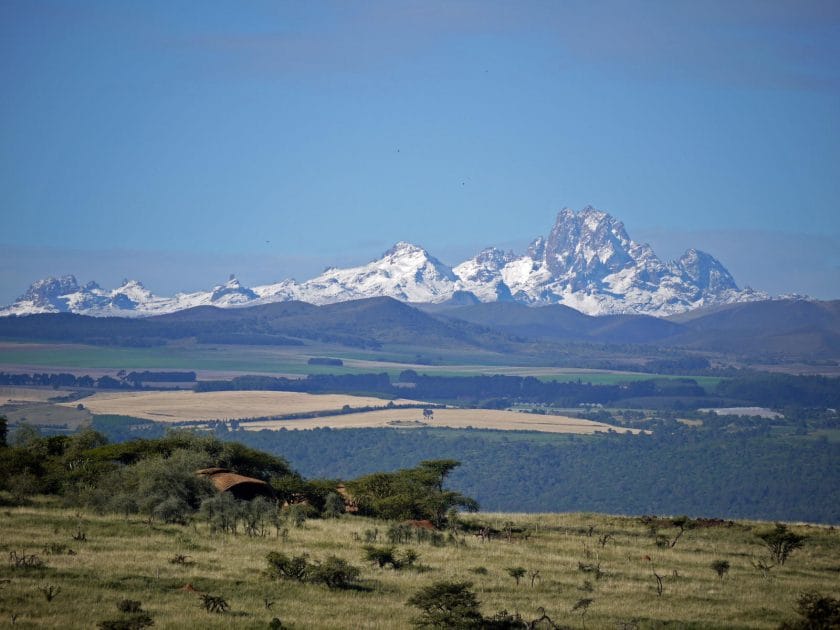
Overview: The dry season is the best time to visit Kenya for safaris and beach holidays. The weather is cool and dry, making it ideal for wildlife viewing and exploring the beautiful beaches along the Kenyan coast.
- Temperature: Daytime temperatures range from 20°C to 28°C (68°F to 82°F), while nighttime temperatures can drop to 10°C to 15°C (50°F to 59°F).
- Rainfall: This period sees very little rain, resulting in clear skies and excellent wildlife viewing conditions.
Activities:
- Safaris: Ideal for game drives in Maasai Mara, Amboseli, and Tsavo National Parks.
- Wildlife Viewing: Animals congregate around water sources, making it easier to spot the Big Five.
- Beach Holidays: Perfect for sunbathing, swimming, and water sports in Diani and Malindi.
- Cool, dry weather perfect for safaris.
- High wildlife concentrations around water sources.
- Clear skies and warm beaches.
- Higher visitor numbers due to peak tourist season.
- Prices for accommodation and tours may be higher.
Recommended Tours: Explore our Dry Season Kenya Safari Package for the best wildlife and beach experiences.

Masai Mara Kenya
Deep within Kenya’s Masai Mara National Reserve, Rekero offers a spectacular location from which to...
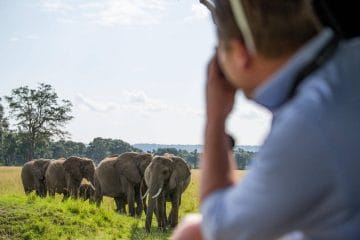
Governors' Camp
Governors’ Camp is Africa’s first permanent tented camp, remaining in its original site since 1972....
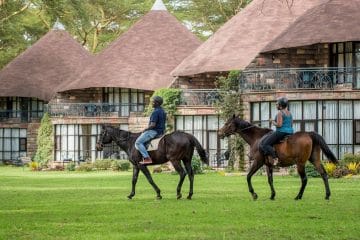
Lake Naivasha Sopa Resort
Lake Naivasha National Park Nakuru Kenya
Naivasha is a Masai name given to the area, denoting the characteristics of the lake....
Short Rainy Season ( November to December )
Overview: The short rainy season features brief showers that quickly give way to sunny skies. This period is perfect for those looking to enjoy Kenya with fewer tourists and greener landscapes.
- Temperature: Daytime temperatures range from 24°C to 30°C (75°F to 86°F), with warm, humid conditions.
- Rainfall: Short, sporadic showers with plenty of sunshine in between.
- Bird Watching: Migratory birds arrive, making it a great time for bird enthusiasts.
- Quieter Safaris: Enjoy less crowded parks and attractions.
- Cultural Tours: Explore local villages and experience Kenyan culture.
- Lush, green landscapes.
- Fewer tourists and lower prices.
- Excellent time for bird watching.
- Occasional rain showers may interrupt outdoor activities.
- Higher humidity.
Recommended Tours: Check out our Short Rainy Season Kenya Package for a quieter, more intimate safari experience.
Long Rainy Season ( March to May )
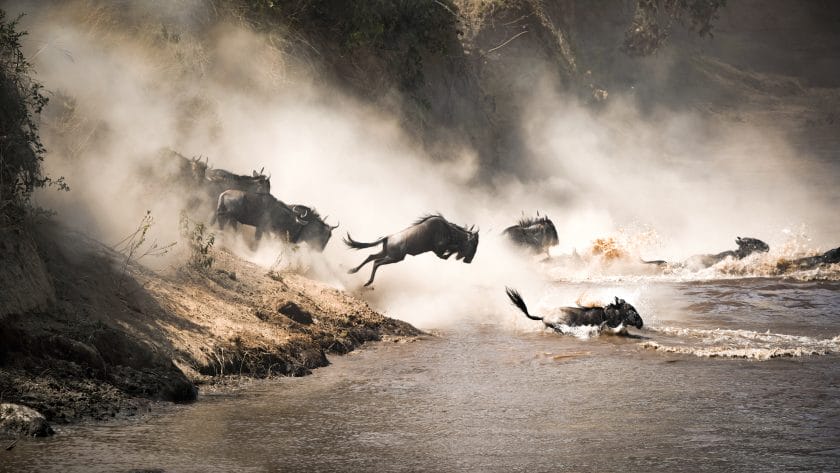
Overview: The long rainy season is characterized by heavy and consistent rainfall. This period is best for budget travelers and those who enjoy lush, green landscapes.
- Temperature: Daytime temperatures range from 22°C to 28°C (72°F to 82°F), with warm, humid conditions.
- Rainfall: Expect heavy and frequent showers, often lasting for several hours.
- Lush Scenery: The parks’ vegetation flourishes, making them incredibly green and beautiful.
- Low Tourist Numbers: Enjoy a more peaceful and intimate experience with fewer visitors.
- Affordable Rates: Lower prices on accommodation and tours.
- Vibrant, lush landscapes.
- Fewer tourists, offering a more exclusive experience.
- Lower prices for accommodation and activities.
- Heavy rainfall may disrupt outdoor plans.
- Higher humidity and increased mosquito activity.
Recommended Tours: Discover our Long Rainy Season Kenya Package for a budget-friendly, lush safari experience.
Hot Season ( January to March )

Overview: The hot season is the warmest time of the year in Kenya, with high temperatures and occasional short showers. This period is perfect for beach lovers and watersport enthusiasts.
- Temperature: Daytime temperatures range from 28°C to 35°C (82°F to 95°F), with warm nights.
- Rainfall: Mostly dry with occasional short showers.
- Warm Waters: Ideal for swimming, diving, and snorkeling along the Kenyan coast.
- Marine Excursions: Excellent time for dolphin watching and exploring coral reefs.
- Festivals: The Lamu Cultural Festival in February is a vibrant cultural event.
- Perfect for beach activities and water sports.
- Warm, sunny days with occasional rain for a refreshing break.
- Vibrant cultural festivals.
- High temperatures and humidity can be intense.
- Higher prices and more tourists compared to the long rainy season.
Recommended Tours: Experience our Hot Season Kenya Package for a sun-soaked adventure.
Key Considerations for Each Month:

June to October (Dry Season):
- June : The start of the dry season; perfect for safaris and beach holidays.
- July to September : Peak safari season with excellent wildlife viewing.
- October : End of the dry season; great for beach activities and wildlife spotting.
November to May (Wet Season):
- November : Short rains begin; greener landscapes and fewer tourists.
- December to February : Warm temperatures with occasional rains; ideal for birdwatching and water sports.
- March to May : Long rains; lush landscapes and fewer tourists.
Each season in Kenya offers unique experiences and opportunities for visitors. Whether you’re looking to witness the Great Migration, relax on stunning beaches, or explore vibrant cultural festivals, there’s a perfect time for every type of adventure in Kenya.

We have 5 rating for 480 reviews
We have 4.8 rating for 54 reviews
We have 4.9 rating for 81 reviews
Join our newsletter
Sign up to receive exclusive offers, safari inspiration, and expert tips straight to your inbox.
By proceeding you agree to our Privacy Policy and Terms & Conditions .
POPULAR DESTINATIONS
Popular tours.
- Luxury Explorers Safari in Botswana
- Romantic Cape Town & Luxury Safari
- Masai Mara and Serengeti Combo
- Wildlife and Gorillas of Rwanda
- Luxury Honeymoon in Mauritius
POPULAR ACCOMMODATIONS
- Sabi Sabi Earth Lodge
- Chobe Game Lodge
- Khwai Lediba
- Camp Okavango
- Khwai Leadwood
QUICK LINKS
- Safari Cost Estimator Tool
- [email protected]
When is the best time to visit Kenya?

Nov 17, 2023 • 7 min read

May is a good time for wildlife photography in Kenya, with incredible light and colors © SerrNovik / Getty Images
With about half the country on either side of the equator, Kenya ’s climate isn’t a straightforward split of dry and wet seasons. In fact, its dry season has a short wet season, and its wet season is interrupted by a dry one – clear as mud, right?
What this means practically is there’s not exactly a single best time to visit Kenya. There is somewhere ideal to visit at any time of year, but for the Great Migration, bird migration or quality diving, you’ll need to pick specific months.
For climbers, the dry season is prime time for safety and visibility. Temperatures are generally consistent across Kenya, with the coast hotter – but humidity can vary. It can get cold in the mountains, and Kenya’s highest peak, Mt Kenya , is always covered in snow.
This East African nation counts more than 42 Indigenous communities in its population of nearly 54 million people, and many festivals and events explore this diversity – from the Lamu Cultural Festival celebrating the archipelago’s Swahili heritage and the exuberant Mombasa Carnival to the diverse gathering that is the Lake Turkana Festival.

July to October and January to February are the best times to see the Great Migration
If the wildebeest migration is on your must-see list, head to the Masai Mara from July onward to observe one of nature’s greatest sights – thousands of wildebeest, zebras and giraffes making the move across the Serengeti.
These high-season months are an enjoyable time to visit any of Kenya’s parks because the grass is thin, there’s little rainfall and sightings are easier as animals congregate around waterholes; they're also climber-friendly because of good visibility and lack of rain. July is also a good time to spot huge flocks of pink flamingos at Lake Nakuru .
Much like July, August is one of the best all-around months to visit Kenya, but it’s a busy time. The Great Migration is well and truly underway, and wildebeest are filling the plains of the Masai Mara. If you’re not in the Mara, August is an excellent time to visit other national parks and conservancies around Kenya .
You can also visit Nairobi without the humid stickiness that makes urban exploring harder work. The capital’s food scene is popping, and Nairobi Restaurant Week is a chance to get your fill. For a hyper-local experience in Samburu County in northern Kenya, the one-day Maralal Camel Derby is a colorful display of camels, costumes and culture.
September offers the best of July and August in terms of weather and wildlife but with slightly fewer crowds, especially in the latter part of the month. You can still catch the migration as hot, dry weather sets in, and there’s almost no chance of rain. It's also when the East African Community Arts Festival JAMAFEST takes place. It’s every two years and rotates between East African nations.
Nairobi hosts the Tusker Safari Sevens in October, an annual Rugby Sevens tournament open to international teams, creating a buzz in the city. October 20 is Mashujaa Day, also known as Heroes Day, honoring those involved in Kenya’s independence movement. It’s a public holiday, and Nairobi and coastal areas are buzzing as Kenyans head to the beaches and parks.
Hot and dry, the high season beckons as the new year begins. January is a popular and busy time for everything: safari, hiking, city exploring, diving, snorkeling and beach stays. Dry season is particularly good (and safe) for climbing Mt Kenya and other peaks and for hiking in places such as Hell’s Gate National Park .
You can usually benefit from low season prices at Masai Mara because the big migration is over, and migratory birds fly into the Mara instead. Celebrate the dawn of a new year on a Mombasa beach ; the city hosts major celebrations.
February sees both the high and dry seasons in Kenya. The lack of rain makes it a popular choice for safari, with minimal muddy terrain and plenty of wildlife to see. It’s also a top time for climbing and hiking , although as it's peak season, crowds and prices can both increase.

November, December and March are the best times for lush landscapes and underwater adventures
November is a fun month for festival lovers, with both Mombasa Carnival and Lamu Cultural Festival celebrating the rich heritage of Kenya’s ethnic groups and communities.
Floats, music and dance epitomize Mombasa’s street party while on the archipelago of Lamu off the northern coast, Lamu Cultural Festival includes traditional dancing called ngoma and centuries-old skills such as dhow (sailboat) building, donkey racing, fish-trap making and dhow regattas.
For Kenya’s South Asian population, Diwali/New Year celebrations take place (sometimes in October), so the temples are buzzing, decorations are up and there’s an above-average production of Indian mithai (sweets). Weather is mixed with sun and rain, but November remains a good bet for safari.
If you like your landscapes lush and abundant, December in Kenya is magical. The rains tend to stop around the middle of the month, and Kenya’s parks take on a gorgeous green hue ahead of the upcoming second “high season” of January and February. Water visibility is optimal during the shoulder season too, so this is a great time for divers and snorkelers.
December 12 marks Jamhuri Day. Jamhuri means republic in Swahili, and this day is when Kenya marks its 1963 independence from Britain and its constitution as a republic a year later, with cultural events, dances and music.
The two-day Rusinga Cultural Festival on Lake Victoria celebrates the threatened culture of the Abasuba people, while the Beneath the Baobabs Festival in Kilifi is one of the country’s best music festivals, with East African and international performers, giant art and cool costumes.
It's getting hotter and more humid as the rainy season beckons, but March remains a particularly enjoyable time to be in Kenya. Prices can be in the traveler’s favor , and often the rains arrive later in the month, so you should be fine in the earlier half.
Diving and snorkeling are rewarding in March, with clear water and good visibility, and beach parties are especially welcome on these balmy evenings as the hot, dry season begins to give way to the rains. Muslim Kenyans observe the holy month of Ramadan, while for walkers, climbers and outdoors types, the Mount Kenya Festival is a celebration of the country’s highest peak.

April to June is the best time for smaller crowds and lower prices
The “long rains” hit in April and May, and sometimes in March too. While the rainy season can be off-putting for some travelers, this time of year can be incredibly rewarding, and the Mara remains accessible in March. Crowds thin out, and you can enjoy the quietness and solitude of nature.
Some safari lodges and camps close during this time because constant rain can hamper visibility in some parks, and the humidity can be uncomfortable. It’s still a great time to be by the coast, but heavy rains can reduce visibility for divers and snorkelers.
But don't dismiss May for safari or wildlife viewings! Yes, the grasses are longer, and sightings are trickier, but the light and colors can be extraordinary for photography. Samburu National Reserve in northern Kenya is a good choice as wildlife gathers on the riverbanks of the Ewaso Ngiro River.
June is a wonderful time to experience Kenya’s highlands, and with low humidity, walking and climbing become a little easier. This shoulder-season month is a lovely time for wildlife viewing, especially in northern Kenya after the long rains, and it’s also the start of the migration. The coast is mostly dry, and prices are a little lower before the high season kicks off in July.
Parades, singing and dancing take place on Madaraka Day on June 1 – the anniversary of Kenya’s move to self rule. The visually spectacular Lake Turkana Festival in the Rift Valley brings together different ethnic groups in the region, to both celebrate their diverse cultures and promote peace.
If you’re into off-road racing or want to watch, the Rhino Charge , a 4x4 race that raises funds to conserve mountain ecosystems, is quite a spectacle.
This article was first published Jul 3, 2022 and updated Nov 17, 2023.
Explore related stories

Jan 2, 2023 • 12 min read
Want to start planning for the year ahead? Featuring sports events, natural phenomena and more, these are 20 amazing trips to consider taking in 2023.

Jul 9, 2024 • 8 min read

Feb 20, 2024 • 17 min read

Jan 2, 2024 • 11 min read

Dec 13, 2023 • 9 min read

Dec 8, 2023 • 4 min read

Nov 30, 2023 • 9 min read

Nov 29, 2023 • 4 min read

Nov 23, 2023 • 8 min read

Nov 21, 2023 • 7 min read
- +256 392 176327
- +256 702 805580
- [email protected]
Kenya Safaris - Ultimate First Safari Guide
Home / Destinations / Kenya
Embark on a once-in-a-lifetime adventure with our comprehensive guide to Kenya safaris for first-timers. Our expert travel guide will help you discover the best wildlife reserves, national parks, and accommodation options in Kenya, while providing valuable tips and tricks from experienced safari-goers. From the stunning landscapes of Maasai Mara to the majestic Mount Kenya, our guide covers everything you need to know to make the most of your safari experience in Kenya.
As the pioneer safari destination and one of the leading African safari destinations, Kenya is renowned for its spectacular wildlife shows, making it a top choice for family vacations. Our guide will help you plan an unforgettable adventure in Kenya, outshining other East African destinations. Whether you're planning your first or third safari, our travel guide is packed with the best ideas to help you create memories that will last a lifetime.
KENYA SAFARIS TRAVEL GUIDE
You have made a great decision by selecting Kenya Safaris for your first wildlife adventure in Africa. As the pioneer safari destination and one of the leading African safari destinations, Kenya is renowned for its spectacular wildlife shows , making it a top choice for family vacations and first-time safari experiences in Africa. Our guide is packed with the best ideas to help you create memories that will last a lifetime, outshining other East African destinations.
Kenya is a land of astonishing diversity and extraordinary tourist attractions, perfect for wilderness adventure vacations. Nairobi, the capital, is a bustling city where colonial buildings rub shoulders with modern skyscrapers, while steamy, coastal Mombasa retains its solid Arabic influence and history as Kenya's largest and busiest port. Kenya lies on Africa's east coast, bordered by Uganda to the west, Tanzania to the south, South Sudan and Ethiopia to the north, Somalia to the northeast, and the Indian Ocean to the southeast.
When planning your first-time safari in Africa, Kenya is an excellent destination to explore. It's also a great addition to gorilla trekking in neighboring Uganda or Rwanda. Don't miss out on the coastal beaches, which are a perfect getaway vacation to end your Kenya safari. Let our expert guide help you plan your unforgettable adventure in Kenya safaris as a first-time safari-goer.
- Explore the Great Rift Valley dotted with a string of lakes including Nakuru and Naivasha; fertile highlands with towering peaks such as Mt. Kenya; and a coastline and islands with long pristine sandy beaches and marine parks full of coral reefs and colorful fish. Its two major cities couldn’t be more different.
- The Big Five are all present and seen with various degrees of ease. Elephants, buffaloes, and unusually large lion prides are common. Leopards are more elusive but relatively easy to locate with a local pro guide. Up to three dozen black rhinos still survive. Even outside of the migration season, ungulates are well represented; there’s no better place for close-up views of the eland, the world’s largest antelope. A Kenya safari game drive will likely see giraffe, impala, gazelle, topi, Coke’s hartebeest, reedbuck, Defassa waterbuck, hippo, and warthog.
- Birders will find East Africa’s magnificent savanna birdlife around the Mara triangle, with more than 500 species recorded in and around its borders, including such perennial favorites as Lilac-breasted roller, Superb starling, and Little bee-eater.
- During annual wildebeest migration, wildlife drama eclipses during the multiple river crossings, punctuating the great herds’ three-month tenure in the Masai Mara, from August to October.
Trip Inquiry Form
About your trip.
When do you want to travel?
Month* —Please choose an option— January February March April May June July August September October November December
Year* 2024 2025 2026 2027
For how long (days)?*
How many people are traveling?*
Your inquiry.*
Important Personal Information
Our privacy policy includes a promise that we will keep your personal details private and not share them with any third party. We Intend to keep that promise.
The Great Migration
Over two million wildebeest and zebra cross the Mara river sometime between July and August, and they repeat this every year in larger numbers. It's not just the gnu that would attract you here, but also the healthy number of predators looking for an easy meal. This spectacle is not to be missed, especially if it's your first safari in Kenya.
Why Kenya Safaris Are Great For Your First Safari
Millions of plains game move in an endless cycle of birth and death from Tanzania's Serengeti through Kenya's Mara Triangle. It's like a movie sequence when they cross the Mara River with predators and prey locked in a life or death dance, the most extraordinary wilderness spectacle on earth that should take you to Kenya.
Big Game Viewing
Visiting Kenya’s legendary national parks and game reserves almost guarantees that you’ll see the famous Africa safari's Big Five animal popularised by the colonial white hunters in the early birth of Africa safari. And where there's big game, there are definitely huge herds of plains animals and hundreds of colorful birds.
Mythical Nomadic Tribes
Maasai communities lie within the Maara bounds and other famous game reserves. The tall and dignified red-robed Maasai have held explorers, adventurers, and writers in thrall for centuries. Cultural adventure excursions in Maasai villages to view men herding livestock and women carrying water or firewood are common on safari vacations.
Beach Escapes
Miles of white sandy beaches lined by an azure ocean and water sports galore. From diving and snorkeling to windsurfing, adrenalin sports to simple seaside fun, sipping sundowners, to deep-sea diving, some of the Kenya safari's last magical moments happen at the coastline.
Historical Adventures
Check out ancient history along the coast where Arab traders and Vasco da Gama once sailed. In the tiny UNESCO World Heritage town of Lamu, you’ll find an Arabic way of life unchanged for centuries.
Gorillas Are Near
Kenya is a close neighbor to Uganda and Rwanda, who host the mythical endangered mountain gorillas. It's now simple to connect a Kenya Safari to a Uganda gorilla safari with local flights between the destinations.
COSTS FOR KENYA SAFARIS (USD)
Most Kenya lodges refer to an all-inclusive (full-board) per person rate, including taxes, and assuming double occupancy. A few lodges operate on a half-board rate, and rare ones offer bed & breakfast except city hotels.
TAILOR-MADE KENYA SAFARIS

Family Safari Holiday With Teenagers
8 Days | Best for Teenagers Nairobi, Laikipia & Masai Mara

Masai Mara & Gorilla Trekking Safari
10 Days | Fly-in Kenya & Uganda Entebbe, Bwindi, Masai Mara, Nairobi

Kenya Family Safari Holiday With Kids
10 Days | Best for Kids 4-10 yrs Nairobi, Masai Mara & Mombasa Beach

Classic Kenya Luxury Safari Holiday
13 Days | Pure Luxury Travel Nairobi, Tsavo, Laikipia & Masai Mara
BEST PLACES FOR FIRST SAFARI IN KENYA
Unfortunately, you probably won’t be able to see all the best places for your first safari in Kenya on one trip; they're just too many. Must-See Parks places in Kenya include Masai Mara National Reserve, Amboseli National Park, Tsavo West, and the Laikipia Plateau. The if-you-have-time Parks include Nairobi National Park, Meru National Park, Samburu National Reserve, Lakes Nakuru, and Naivasha. When planning your first safari in Kenya, we advise that you research all of them before you take your pick.

Masai Mara National Reserve
Masai Mara is a world-renowned wildlife paradise and a perfect scene for wildlife photographers. It's the top attraction first-time visitors to Kenya should visit. Easily spot large predators such as lion, leopard, cheetah, and Spotted hyena at close quarters all year round. The reserve truly blossoms between August and October, when the legendary wildebeest migration - perhaps the world's most incredible wildlife spectacle - crosses into Kenya from Tanzania.

Amboseli National Park
Kilimanjaro’s snowcapped peak, massive herds of elephants, and quintessential Kenyan landscape (open plains, acacia woodland, grasslands, bush, and marshland) greet you along the Tanzanian border. Amboseli offers excellent African game viewing, second only to Masai Mara. It is a common choice for wildlife photography safari in Kenya and a great addition to a Mara migration safari.

Tsavo East & West
Tsavo West and East National Parks. Tsavo West and Tsavo East are home to peaceful lion prides and loads of other savannah wild game. Split by the Mombasa Highway, their proximity to the coast makes them a great choice for those who want to combine beach and beasts.

Laikipia Plateau
This region has become one of Kenya's hottest game destinations with some of Kenya's classiest camps and lodges. The nearby Samburu National Reserve boasts unusual dry-country species of animals and birds.
Laikipia safari guide
If you have time, also visit these places
Although the travel reviews go into great detail about the must-see parks in Kenya, there are many other attractions to explore if you have time. Here are a few good ones our travelers typically choose to add on their first Africa safari in Kenya.

Nairobi National Park
The most striking thing about Nairobi National Park, Kenya’s oldest national park (established in 1946), is the very fact that it exists at all. This sliver of unspoiled Africa survives on the edge of a city of more than 3.5 million people. Where else can you get a photo of animals in their natural habitat with a backdrop of skyscrapers?

Meru National Park
This little-visited park (699 square miles) offers some of Kenya’s wildest country but does not feature on the mainstream safari circuit. Meru is where wildlife guardians Joy and George Adamson hand-reared Elsa , the lioness made famous by the 1966 film Born Free .

Lake Naivasha
One of the Rift Valley’s few freshwater lakes, Lake Naivasha is a popular spot for day trips and weekends away from Nairobi. Although the lake is not part of a national park or game reserve, it has pleasant forested surroundings, which are a far cry from the congestion and noise of Nairobi, and there is plentiful wildlife around.

Lake Nakuru
This delightful and compact park covers around 188 square km (73 square miles) and completely surrounds Lake Nakuru on the floor of the Great Rift Valley. Until a few years ago, it was most famous for the hundreds of thousands of flamingos that fed on the algae in the shallows. Nevertheless, Nakuru National Park is still a very rewarding and easy park to visit.

Samburu National Park
“In the far northeast of the Laikipia Plateau, north of Mt. Kenya, is the remote Samburu National Reserve. Lying in the traditional homeland of the Samburu people in hot, arid, and relatively low country on the fringes of Kenya’s vast northern deserts, this reserve is highly regarded by experienced travelers and old Africa hands alike.

East Africa’s economic and logistics hub is Kenya’s capital Nairobi. Because almost every wildlife safari vacation starts and ends in the capital city, it is hard for any traveler to miss Nairobi. Nairobi presents the authentic everyday African urban life, especially the city’s leafy suburbs, where the most exciting attractions are found.
Experience the ultimate safari adventure during the final days of your trip along the Kenya coast.
Holidays at the Kenya coast
Kenya is home to one of Africa's most intriguing and historically essential coastlines, perfect for introducing travelers on their first safari in Kenya to Africa's coastline, away from the safari hooves, canines, and claws. The Kenyan coast stems from extraordinary natural beauty. It is home to marine parks, bustling coral reefs, and bird-filled coastal forests, all of which make for a fabulously diverse holiday after your inland wildlife safari. The southern Kenya coast presents perfect don't-make-me-think beach holidays with Diani, Galu, and Funzi beaches standing out getaways for honeymooners and romantics. Suitable for diving and great for deep-sea fishing, Mombasa is Kenya's beach destination for the younger, more social crowd, which means excellent restaurants, nightclubs, and adventures. And Mombasa's airport means easy combining a Kenya safari with a coastal beach holiday .
Kenya Travel Essentials
How to get there.
Kenya’s Jomo Kenyatta International Airport (NBO) in Nairobi and Moi International Airport (MBA) in Mombasa are the two main international airports, with most domestic flights departing from Wilson Airport (WIL) in Nairobi. Kenya has a well-established network of domestic and regional airlines, with airports in major towns and well-maintained airstrips in safari destinations.
Kenya Safaris transfers are typically provided from the airstrip to accommodations, and schedules for safari airlines often work in circuits. Several airlines offer affordable direct flights to Kenya, including Kenya Airways, Virgin Atlantic, and British Airways. Domestic airlines such as Kenya Airways, Jambojet, and Fly540 provide daily flights to several regional destinations. Charters are also available, although more expensive than scheduled flights. Baggage allowance is usually 15 kg per person on small planes, and self-drive safaris are an option, with several car rental companies offering 4x4s and driver services.
Self-drive safaris in Kenya are available for those who prefer road travel, though poor road conditions in some areas can cause longer driving times. Car rental companies specializing in 4x4s typically offer driver services, with rates starting at around $110 per day for a 4×4 and $20 per day for a driver. Major highways connect Nairobi to other towns and cities. Driving from Nairobi to the Masai Mara, a 150-mile/240-km journey takes about five hours. Long-distance travel by bus is available but not recommended for safari travel.
Kenya is a visa-free country from January 2024. To boost tourism and attract more foreign investments to Kenya, the government removed all visa requirements for all foreign nationals visiting and transiting through Kenya starting January 2024.
The vacated visa requirements have been replaced by the Electronic Travel Authorization (ETA) system. Everyone (except East African Community Nationals) must register at https://www.etakenya.go.ke/ before they come to the country; at least 3 days in advance.
- The ETA fee for all is $30
- You will need a valid passport
- Credit or Debit Card to make payment.
Best time for Kenya Safari
Kenya safaris can be enjoyed year-round, and the best time to visit depends on personal preferences, budget, and travel plans. The period between January and March and June to September is generally considered the peak season , with friendly weather conditions and abundant wildlife activity. However, the rainy season between mid-March to June and October to December is also an excellent time to visit if you want to avoid crowds and take advantage of off-season discounts.
If you are interested in witnessing the great migration in Masai Mara , the best time to visit is between mid-August and late October when the wildebeest and zebra herds cross the border from Serengeti National Park . There is no wildebeest movement from January through to June in Masai Mara, so plan your trip accordingly.
Kenya’s Indian Ocean coast is hot and humid all year round, with the possibility of rainfall at any time. However, it is best to avoid the coast between mid-March and late May when temperatures and rainfall are highest.
Ultimately, the best time to visit Kenya depends on your preferences and travel plans. Consider your priorities and consult with a trusted travel agent or local tour operator for more information and personalized recommendations.
Money, Banks & Tipping
The official currency in Kenya is the Kenyan shilling (KSH), with notes available in denominations of 50, 100, 200, 500, and 1,000 shillings and coins available in denominations of 1, 5, 10, and 20 shillings.
Most things in Kenya are priced and paid for in KSH, but some tourist businesses like hotels, safari companies, and airlines may quote prices in both U.S. dollars and shillings. If paying with dollars, make sure to check that you are getting a fair exchange rate.
When exchanging U.S. dollars at a bank or bureau de change, it’s best to bring new and undamaged notes as old, worn, or damaged bills may not be accepted.
Banks in Kenya typically open at 8:30 am on weekdays and close at 4 pm, with some opening at 9 am and closing at noon on Saturdays. Banks are closed on Sundays and public holidays. Many ATMs in Kenya are available 24 hours a day.
Most banks in Kenya offer foreign exchange services or international electronic transfers. It’s best to avoid banks at their busiest times, especially on Fridays at 9 am and from noon to 2 pm, as well as at the end of the month. Major banks in Kenya include Kenya Commercial Bank (KCB), Barclays, National Bank of Kenya, and Standard Chartered.
Credit cards are widely accepted in Kenya, but it’s easier to withdraw shillings from an ATM for small amounts like restaurants, shopping, taxi fares, fuel, and tips. Most ATMs in Kenya dispense large denomination notes, so try to break them whenever possible, as taxi drivers and souvenir vendors often don’t have change for large bills.
Major credit cards, such as Visa and MasterCard, are accepted at Kenyan banks and ATMs. Most ATMs accept Cirrus, Plus, Maestro, Visa Electron, Visa, and MasterCard. To ensure safety, it’s best to use an indoor ATM, preferably at the airport, in a shopping mall, or guarded by a security officer.
Tipping in Kenya is not mandatory, but it’s customary to give a tip of 10% in restaurants and to porters. Some hotels, safari lodges, and tented camps have a gratuity box for guests to tip all the staff at the end of their stay. It’s recommended to tip your safari driver and guide approximately US$10–US$15 per person, per day. Tipping taxi drivers is not necessary, as the fare is usually determined before setting off.
Hotels, Lodges & Camps
Kenya offers a wide variety of safari accommodations, ranging from intimate tented camps and luxurious boutique hotels to mid-range safari lodges, beach resorts, local lodgings, and campsites. Lodge prices are usually all-inclusive, covering accommodations, meals, and activities such as game drives and walks. It’s important to find out in advance if park fees (US$40 to US$100 per day) are included. When choosing accommodations in Kenya, consider your budget, travel style, and preferences. Do your research, read reviews, and book in advance to secure your preferred choice.
Nairobi has many hotels, including international chains, charming independent hotels, and older establishments with colonial ambiance. Accommodations on the coast range from luxurious honeymoon hideaways to all-inclusive family beach resorts. On Lamu, some beautifully restored historic Arabic houses have opened as hotels. Standard prices usually include a full English breakfast, and other meals are typically available in the hotel’s restaurant.
Overall, it’s essential to book in advance during high season and look out for specials during the low season or rainy months. When choosing accommodations, keep in mind that hotel rates in Nairobi and other towns tend to remain the same throughout the year, while room prices in wildlife and coastal areas are seasonal. Consider your priorities and preferences and consult with a trusted travel agent or local tour operator for more personalized recommendations.
Travel Safety
Although Kenya is generally a safe country, visitors should take basic precautions to avoid becoming victims of crime.
In big towns, mugging, purse snatching, and pickpocketing can occur. Leave valuable jewelry and watches at home, and keep cameras, camcorders, and binoculars out of sight, unless you’re on safari. Lock your valuables in the hotel or lodge safe, or use a money belt under your clothes. Don’t leave belongings on balconies or terraces, and avoid showing them in a vehicle. If you become a victim of robbery, you’ll need a police report to make an insurance claim, so bring copies of all essential documents and keep them separate from the originals. Carry extra passport photos in case you need new documents quickly.
Take a taxi after dark, and don’t accept food or drinks from strangers. Be aware of street scams and appeals for money. If you’re driving, be polite but firm if stopped by police officers charging an instant fine for a minor infraction. If you ask to go to the police station, charges are often dismissed.
Terrorist zones are in Kenya’s northern and northeastern borders, far from the premier tourism attractions. Exercise increased caution in terrorist strongholds but note that these incidents are also far from popular tourist areas. The Kenyan Government has implemented strict security measures at airports and visible policing in shopping malls and outdoor markets, ensuring it is safe to visit Kenya.
Most visitors fly out of Nairobi to attractions such as Samburu, Masai Mara, and Amboseli. High airport security levels have been reported by staff traveling to Kenya regularly, and some hotels in the capital city have instituted additional security measures for peace of mind.
COVID-19 Restrictions
Starting on May 9th, 2023, travelers entering Kenya will no longer need to provide proof of COVID-19 vaccination or a negative COVID-19 PCR test, as per the new regulations from the Government of Kenya.
Travelers with flu-like symptoms will be required to undergo a rapid antigen test at their own cost of 30 USD. Those who test positive on antigen RDT will be required to take a PCR test at their own cost of 50 USD and self-isolate as per Ministry of Health guidance on isolation. Those with severe symptoms shall then be allowed to isolate per the prevailing isolation requirements for mild, moderate, and severe disease.
Any traveler entering Kenya with flu-like symptoms will be required to fill out the passenger locator form on the ‘jitenge’ platform: https://ears.health.go.ke/airline_registration/ and may be asked to undergo a rapid antigen test at their own cost regardless of age or vaccination status.
You can find full details of the Government of Kenya’s entry requirements concerning coronavirus at the Kenya Civil Aviation Authority website .
Health & Vaccination
Before traveling to Kenya, it is important to ensure that all routine vaccinations are up to date. The risk of malaria is low during the Green Season and very low during the peak season, but higher in rural areas and villages outside the parks and reserves. If you plan to go scuba diving after your trip, be sure to inform your doctor to ensure that the correct prophylactic is prescribed. Check with your healthcare provider to determine if additional vaccinations are required.
Yellow fever vaccination is required for travelers aged one year or over arriving from countries with a risk of yellow fever transmission. The vaccine is generally recommended for all travelers aged nine months or over, except for those whose itineraries are limited to certain areas. Malaria is an issue in certain areas and travelers should consult their healthcare provider well in advance about the best malaria prophylactics to take.
It is recommended to use sunscreen and bug repellent with DEET. HIV infection rates are high, so it’s important to exercise caution. Make sure to have full medical travel insurance that includes repatriation in case of a medical emergency, and ensure that it covers any active pursuits you plan to undertake. Medical bills are often paid upfront in Kenya, so keep all paperwork to make an insurance claim.
The AMREF Flying Doctors service provides air evacuation and transportation between healthcare facilities for medical emergencies in Kenya, Tanzania, and Uganda, or anywhere within a 1,000 km (621 miles) radius of Nairobi. The planes fly out of Nairobi’s Wilson Airport 24 hours a day, 365 days a year.
Consult your local health authority for up-to-date health recommendations before your trip to Kenya, and know your blood type. Kenya has good medical facilities, especially private ones.
The following private hospitals are great for emergency attention;
- Nairobi Hospital – +254 703 082 000
- Karen Hospital- +254 206 613 000
- Aga Khan Hospital – +254 203 662 000
- M.P. Shah Hospital – +254 204 291 000
Phones & Internet
Local landline and mobile calls are inexpensive in Kenya, but hotels add hefty surcharges to phone calls. Public telephones are no longer widely available since most people carry a mobile phone. If you don’t want to use your mobile phone due to expensive international roaming fees, you can buy a Kenyan pay-as-you-go SIM card from one of the service-provider stores or street vendors. The local providers are Airtel, Safaricom, and Telkom. Coverage is good throughout most of the country but can be patchy in remote areas.
When making a call within Kenya, use the full 10-digit number, including the area code, even if you’re in the same area. City codes are (020) for Nairobi, (041) for Mombasa, (040) for Diani Beach, and (012) for Lamu. To call outside Kenya, dial 000 before the international code. For example, dial 000 (0001) for the United States, 00044 for the UK, and 00027 for South Africa.
Internet is widely available in Kenya, with free Wi-Fi in many public places in Nairobi and Mombasa, such as restaurants and coffee shops, and almost all hotels and lodges. However, remote areas may not have connectivity, so don’t expect to be able to connect at out-of-the-way safari lodges or camps. You can top up your Kenyan pay-as-you-go SIM card with data for internet access.
Restaurants
Kenya prides itself on game meat and seafood, organically grown vegetables, and excellent tropical fruits (such as passion fruit, papaya, and mangoes). When you’re near the coast, sample traditional Indian and Arabic food and look for Kenyan-grown tea and coffee and Tusker beer, a local brew.
“Swahili tea” is very similar to chai in India. You’ll find most cuisines, from Chinese to French to Ethiopian, in restaurants in Nairobi.
Safaris in Kenya
Beyond the tourist hotspots, Kenya is a country of breath-taking wilderness, home to some of Africa’s most dramatic locations and wildlife.
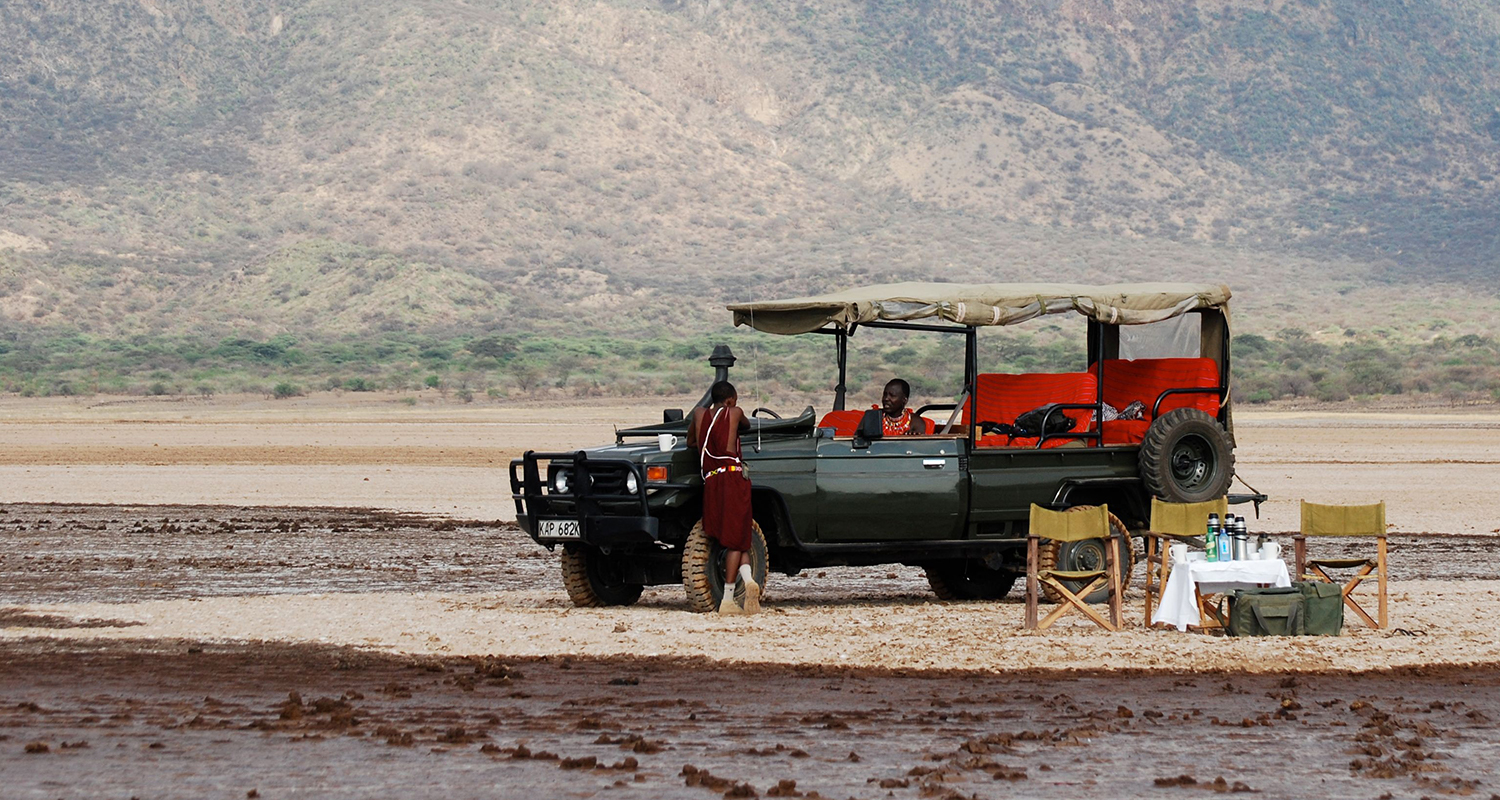
- Best Time to Visit
- Top Experiences
- Itineraries
- Parks & Areas
- Accommodation
ABOUT KENYA
A safari in Kenya is an intoxicating blend for those after a real adventure. Expect sensational wildlife and wilderness, as well as wildly stylish camps and bush homes, a huge range of activities and a high degree of flexibility and freedom.
The Kenyans practically invented the concept of safari; today’s best guides were yesterday’s barefoot bush-kids, so their knowledge is rooted in a muddy-kneed, dirt-on-hands level of personal experience. Consequently, the best safaris offer a relaxed authenticity that other countries struggle to match.
The country is blessed with some of Africa’s best wildlife as well as some of its most photogenic scenery, however in the past it struggled to shake off its reputation for nose-to-tail traffic jams of tour buses. So our focus is all about showing you the other side of this sensational country. Places like the Laikipia Plateau, the conservancies on the fringes of the Masai Mara or the Matthews Range where tourists are a rarity.
The Masai Mara is still one of the best game experiences you could hope to have. Aside from the undeniably spectacular prospect of seeing tens of thousands of wildebeest brave the crocodiles as they cross the Mara river en masse, the Mara has a huge variety of wildlife including lion, cheetah and leopard.
However, the Mara has seen a lot of development over the past 15 years, so you should choose carefully where to go. Community conservancies now provide an important buffer to the reserve itself and these are often the best places to find small, authentic camps in beautiful areas, far from the busier game routes.
Away from the Mara, stretching from the slopes of Mount Kenya to the rim of the Great Rift Valley, the Laikipia Plateau harbours an abundance of wildlife and a fine collection of eccentric lodgings. Days spent on Laikipia are a strikingly different experience to the rest of east or southern Africa. First and foremost it is made up of a patchwork of independent working ranches, rather than being a conventional National Park, and therefore the rules or, more likely, the lack of them, are down to your hosts.
The sense of liberation is palpable here. While in a National Park it may not be possible to walk, travel in an open vehicle, use a spotlight at night, ride a horse, bike or camel – it’s all possible here. Add to this the sensational wildlife, which includes the Big Five (there are eight separate rhino sanctuaries) and arguably the best place on the continent to track wild dog.
+ Read More
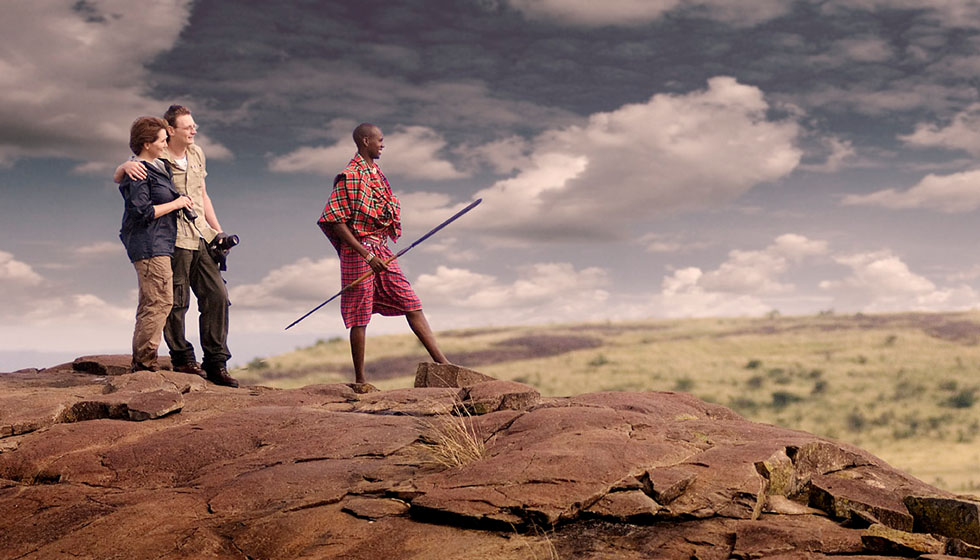
- Epic safaris on private conservancy ranches
- Sweeping plains with incredible wildlife
- Private bush homes
- Pristine beaches with miles of white sandy beaches

A print anthology of safari and wilderness travel with over 220 pages of travel inspiration.
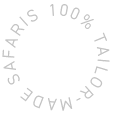
Top Reasons To Visit Kenya
Often the best safaris involve looking beyond the obvious highlights. It’s about the myriad exhilarating encounters that will make your heart sing. These are encounters that nobody could ever predict, but that make your safari genuinely unique.
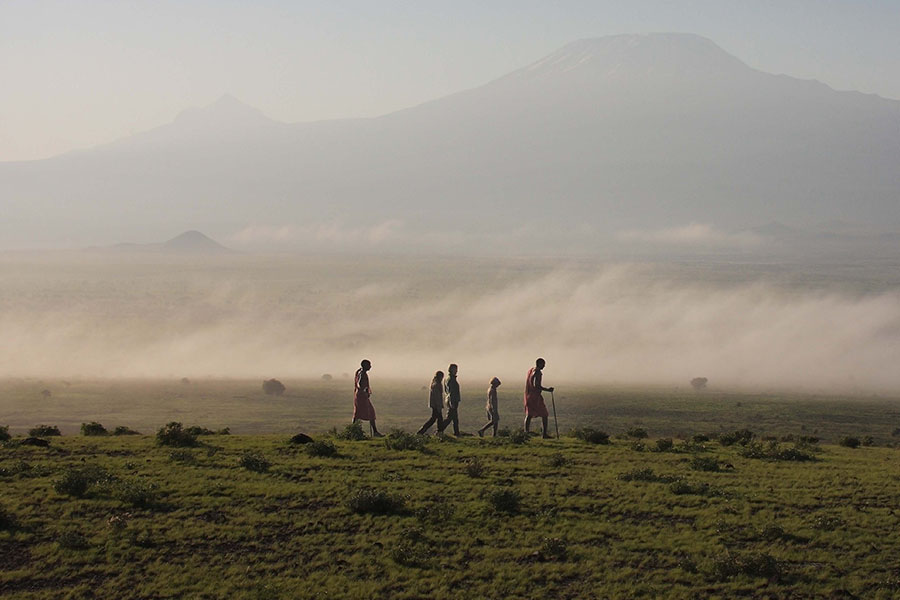
Best Time To Visit Kenya
Wildlife spectacles abound in kenya’s dry season.
Like much of the rest of Sub-Saharan Africa the conventional wisdom applies to Kenya; to see most, travel in the long dry season between June and October.
This is when wildlife concentrates around remaining water sources becoming more plentiful and easier to see. The wildebeest migration usually arrives in the Masai Mara from the Serengeti and the Loita Hills in late July, bringing drama on an unprecedented scale as hundreds of thousands of wildebeest cross the Mara and Talek rivers, braving vast crocodiles.
If you want to head to Kenya’s coast during the dry safari season, your best bet is to visit between late July and October. March and April tend to be the hottest times, while the seasonal rains arrive between late April and early July with short rains in late October to November.
Beat the crowds during Kenya’s green season
Don’t ignore the green season between December and May – wildlife remains outstanding, there are few tourists and the bush turns a lush green, alive with the extravagant plumage and sounds of breeding birdlife.
Some areas like the Chyulu Hills are arguably at their best once the rains have come. Canny travellers can pick up a combination of low season rates and few other tourists by travelling in low and shoulder seasons.
It’s also a great time to head to the Kenyan coast for some rest and recuperation. The Kenyan coast offers white sandy beaches and turquoise waters to rival anywhere in Africa, so makes a great addition to any safari. It’s at its best between late November and March.
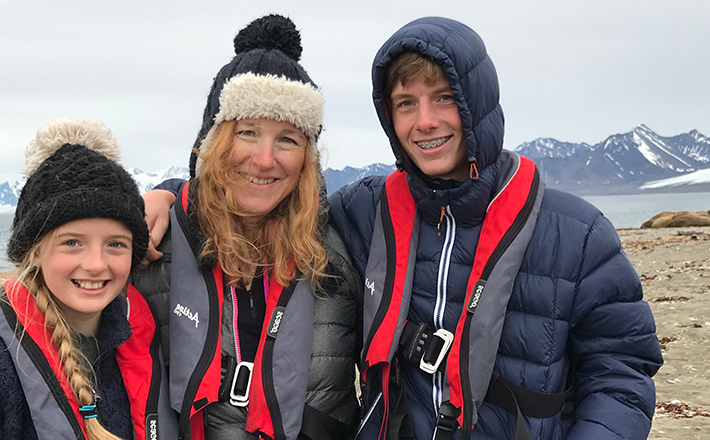
Talk to our Experts
They’ll be happy to let you in on their travel secrets, and help you plan a tailor-made trip that’s truly unforgettable.
Kenya’s Top Experiences
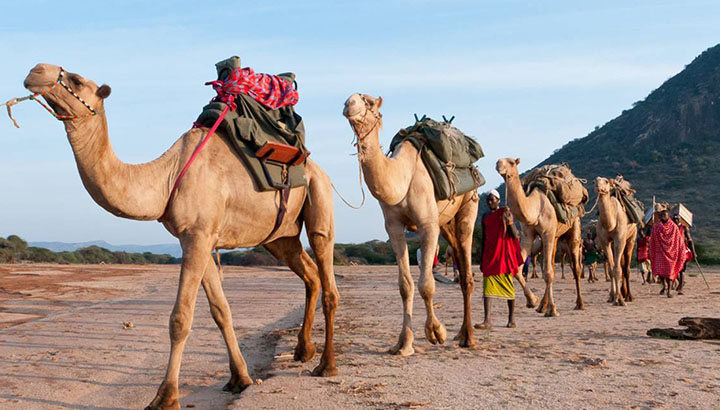
- June – October
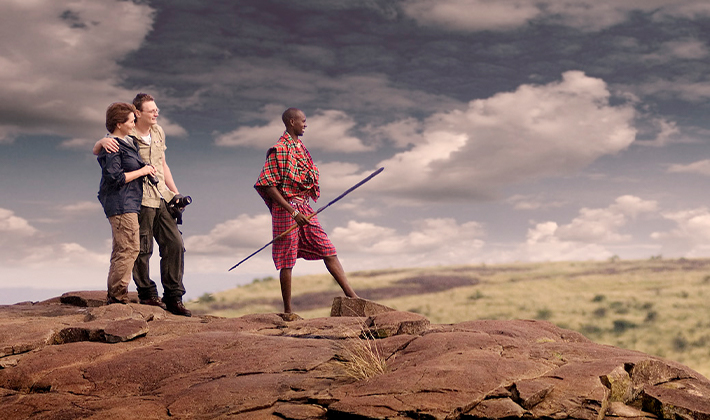
Laikipia & the Masai Mara under canvas
- June – August
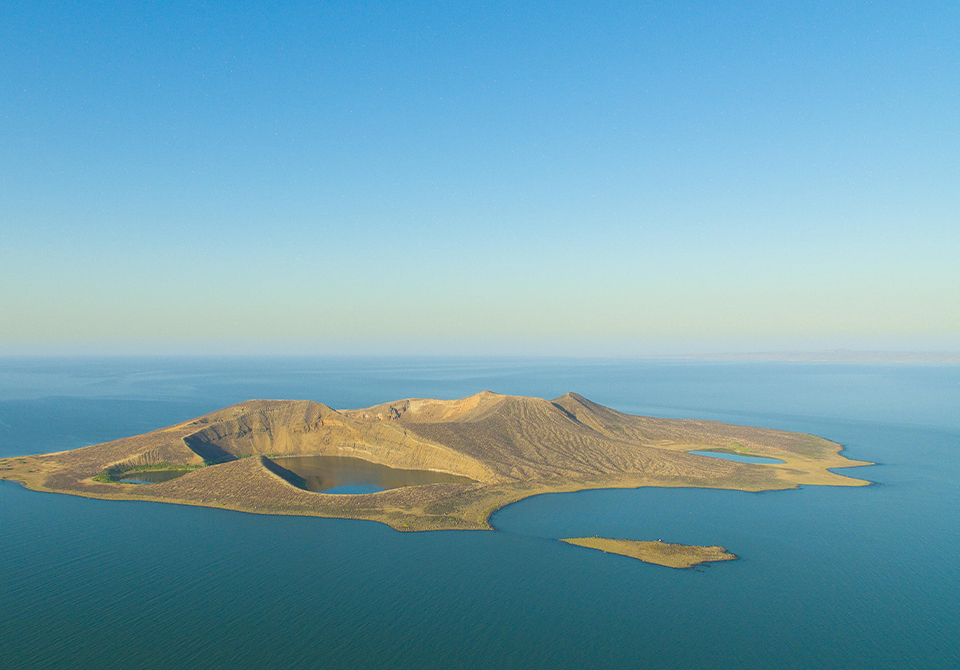
Kenya Safari Expedition to Lake Turkana
Popular safaris in kenya.
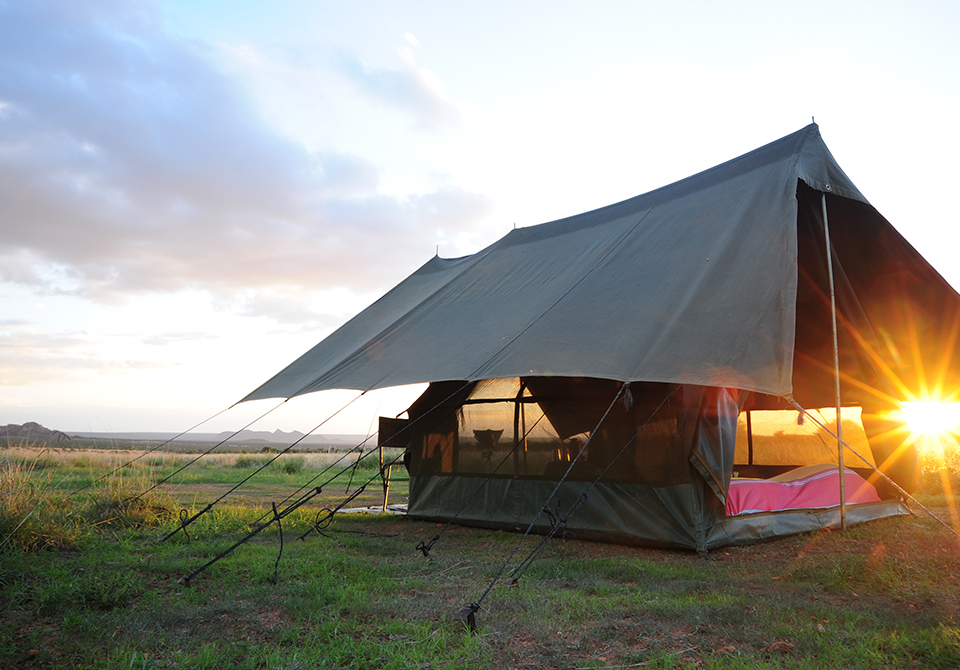
- Experience the freedom of a safari in Laikipia
- Camel safari led by Samburu guides
- Off the beaten track in Meru National Park
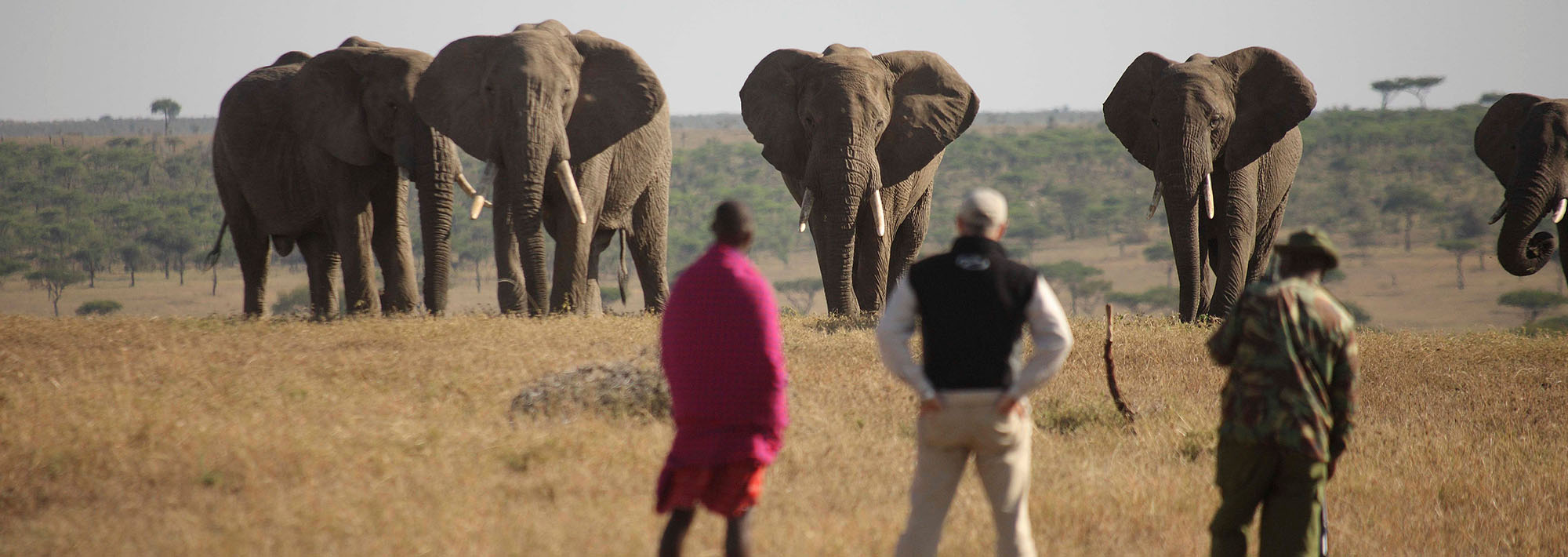
- Epic wildlife and freedom to explore off the beaten track
- Wilderness safari in Laikipia with expert walking guides
Kenya's Parks & Areas
Kenya can get a bad rap for being overrun with tourists, but if you know where to go it is remarkably easy to avoid the masses.
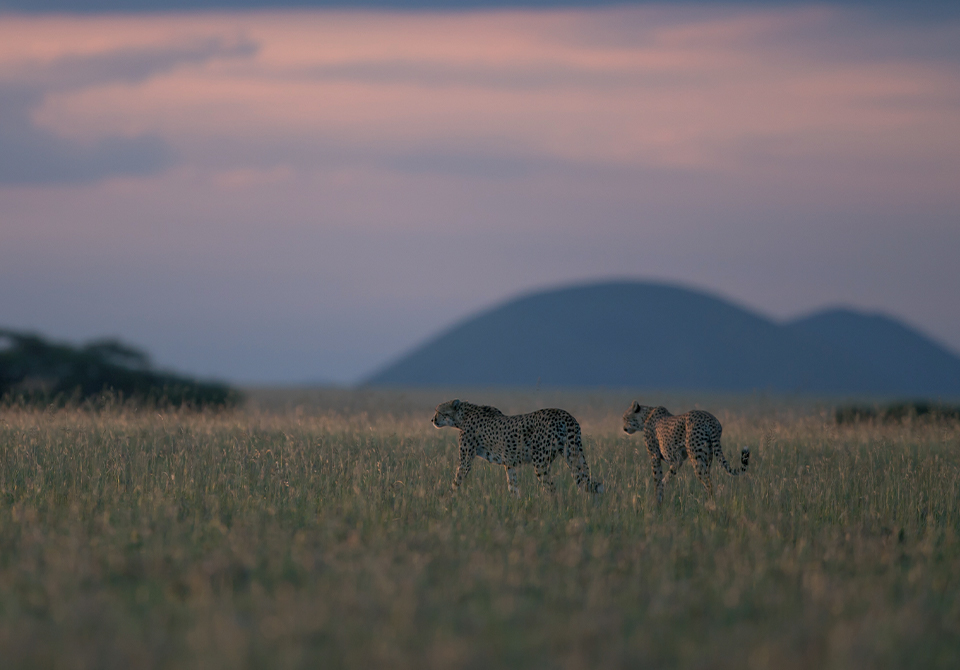
Chyulu Hills & Amboseli
Amongst the most scenic settings in Africa, every vista is dominated by the majestic snow-capped peak of Mount Kilimanjaro.
- Riding across the plains
- Good for seeing the pachyderms
- Remote and wild safari experience
- Stunning views of Mount Kilimanjaro
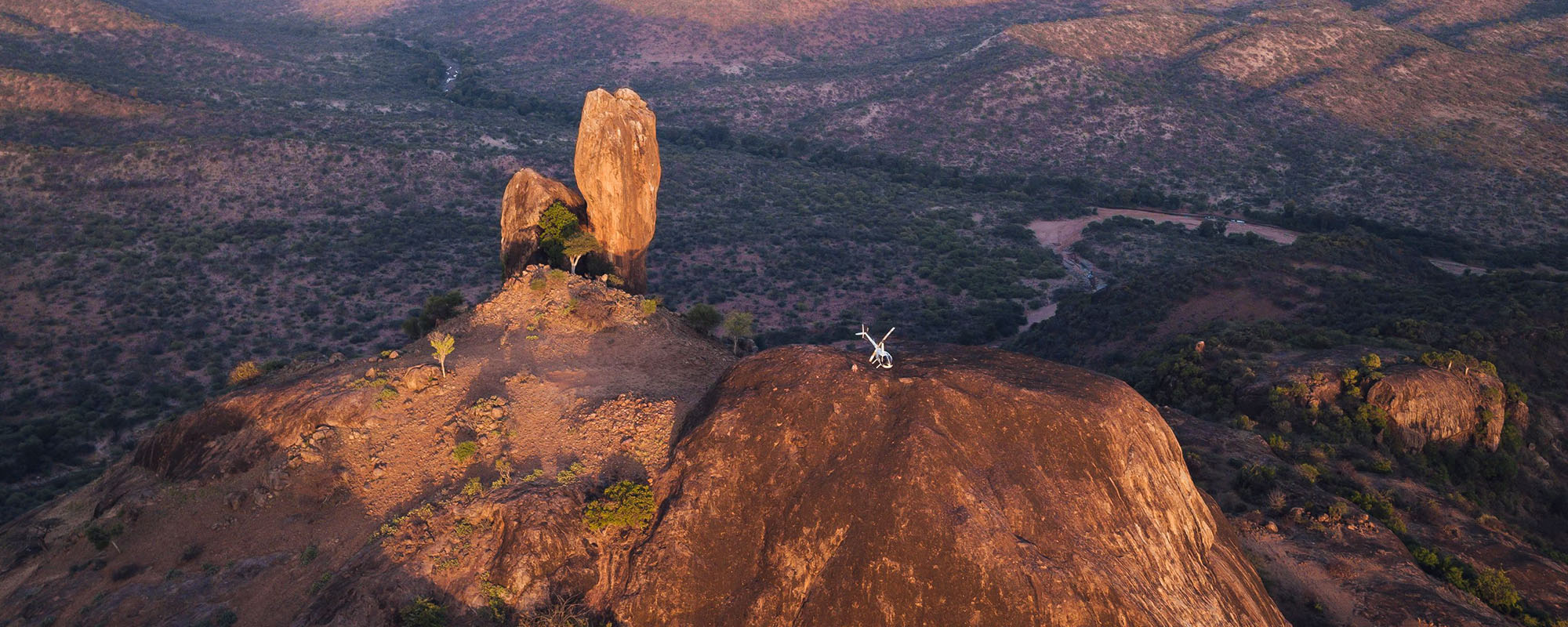
Laikipia Plateau
Explore the unique beauty of Laikipia Plateau to enjoy a fresh take on the traditional Kenyan safari experience.
- Spend part of your safari in private bush houses
- Epic safaris on private conservancy ranches
- Great for rhino and wild dog sightings
- Take to the saddle for a unique riding safari
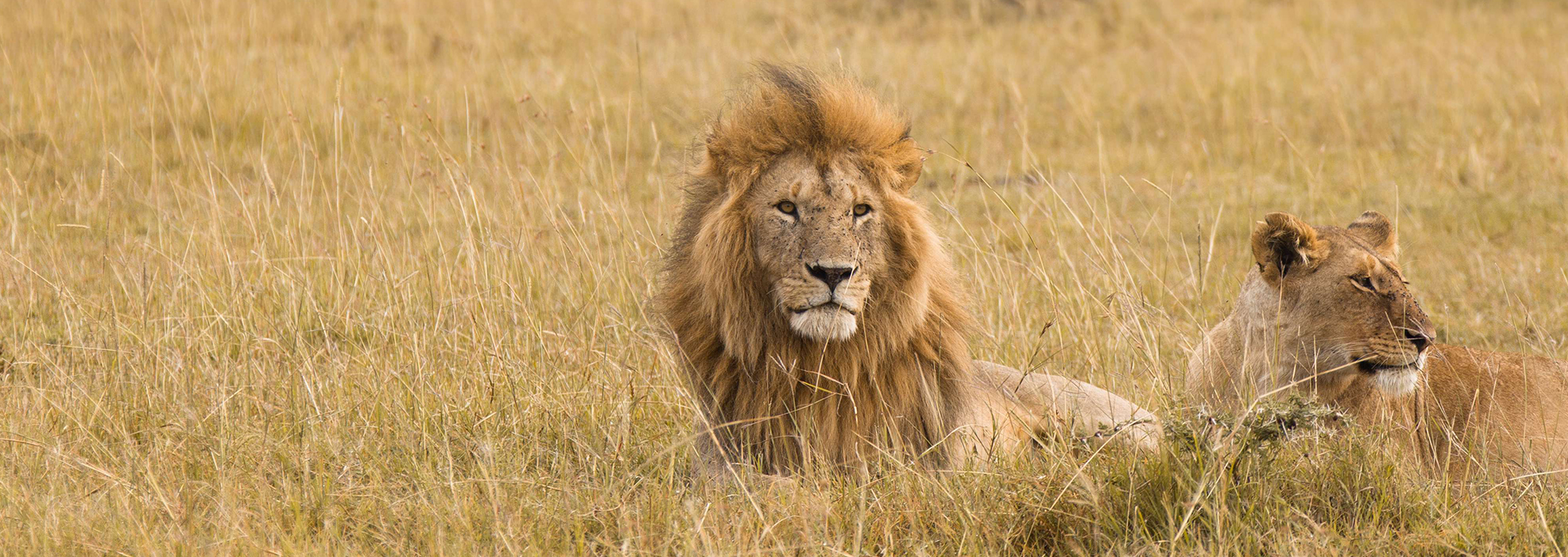
Masai Mara Game Reserve
One of the best-known wildlife areas in Africa, a Masai Mara safari promises iconic East African scenery and a wealth of wild animals.
- Home to greatest migration on earth
- Classic African safari scenery
- Sweeping plains and epic wildlife
- Acacia trees across the horizon
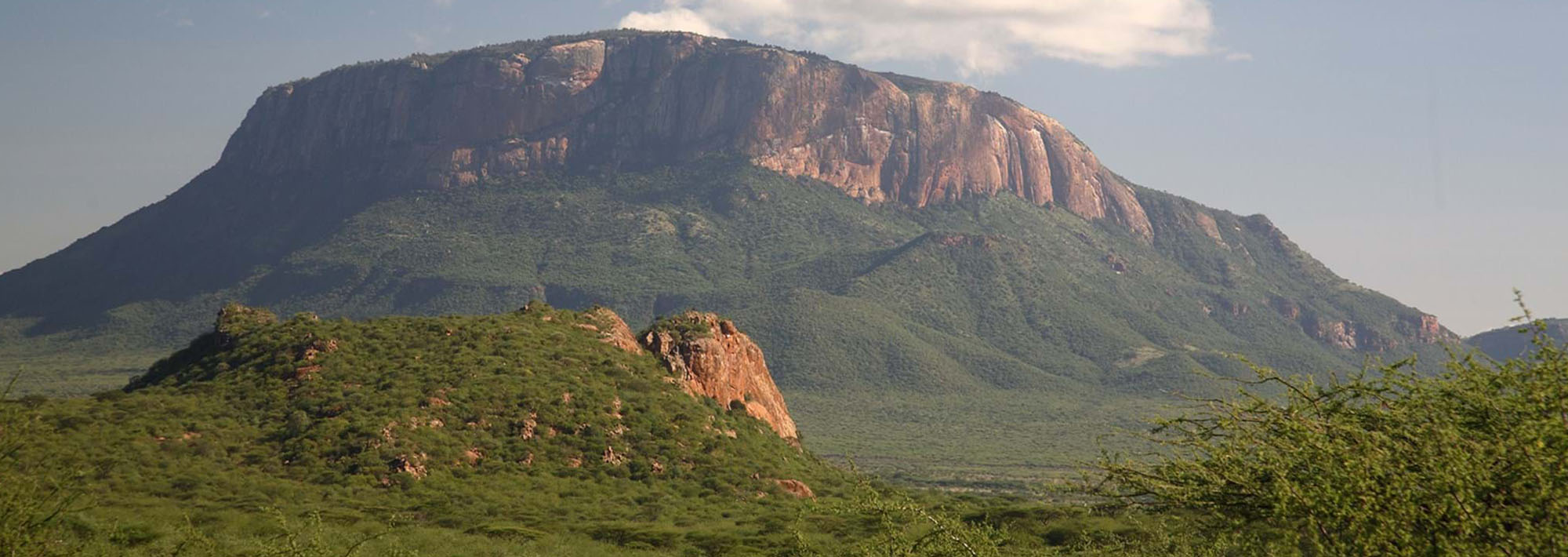
Samburu National Reserve
Samburu National Reserve straddles the Ewaso Nyiro river and is one of the most picturesque parks in northern Kenya.
- Dramatic desert scenery
- Endemic animals such as gerenuk
- Remote and wild
- Fly-camping under the stars
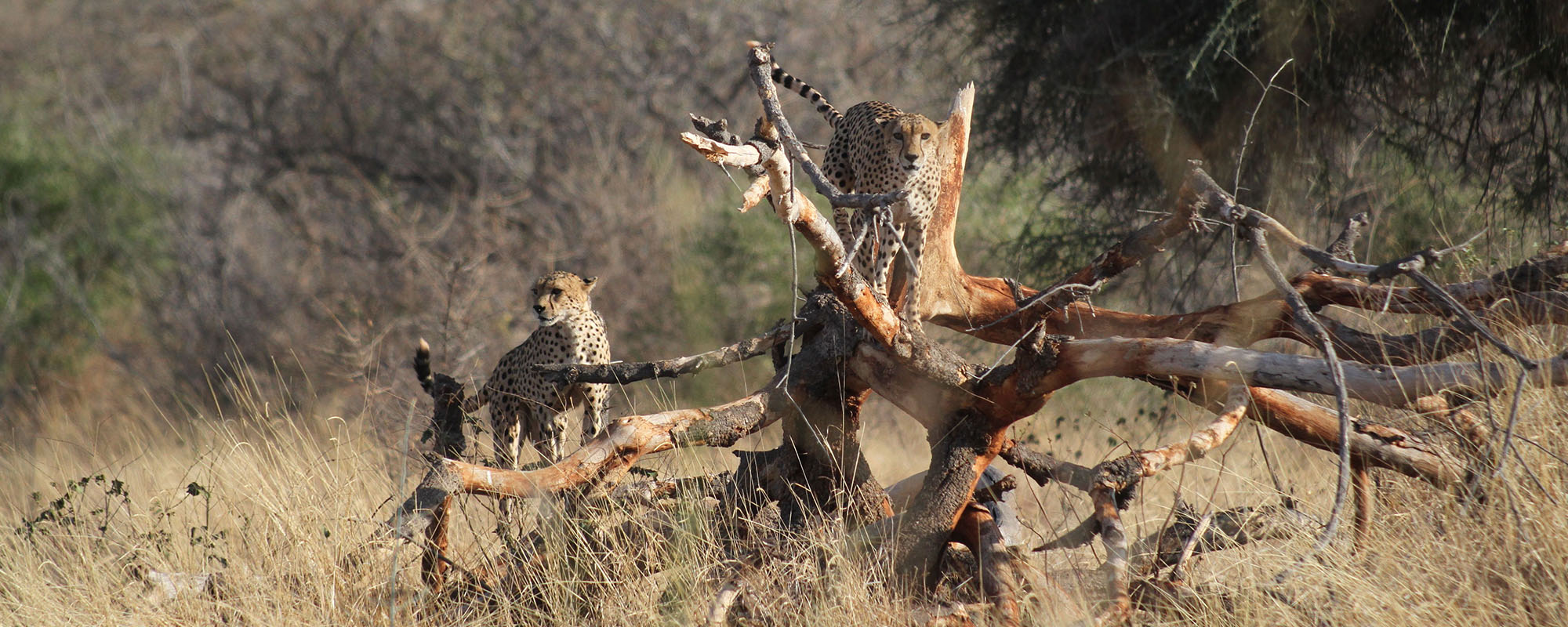
Meru National Park
Welcome to the best-known safari destination in the world, renowned for staging one of the most extraordinary wildlife spectacles on the planet.
- Home of beautiful camp, Elsa's Kopje
- Redolent of George and Joy Adamson history
- Views of Mount Meru
- Bi-sected by 13 rivers and numerous mountain-fed streams
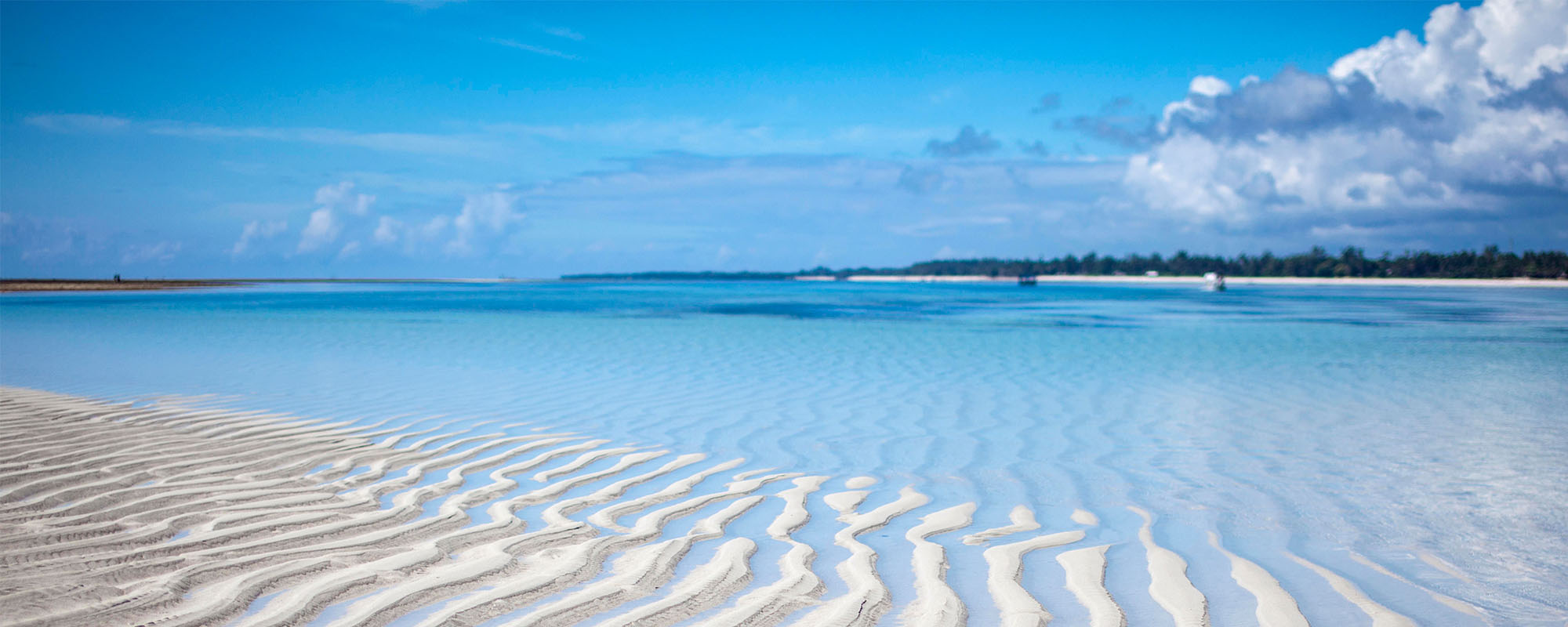
Diani Beach & the Kenyan Coast
Diani Beach is one of the most popular destinations on Kenya’s coast. A mix of amazing private homes and stylish resort hotels, it manages to retain its identity, and provide fun for all.
- Great watersports for all the family
- Pristine beaches with miles of white sandy beaches
- Seafood to die for
Our Favourite Camps & Lodges
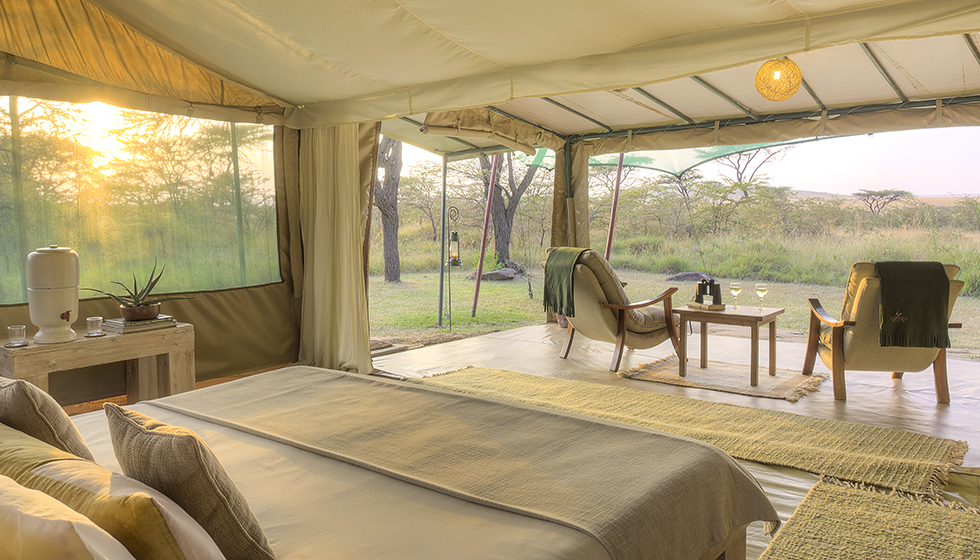
Spacious and tastefully furnished, the six bespoke tents are equipped with either twin or double beds, one can be made up as a triple if need be.
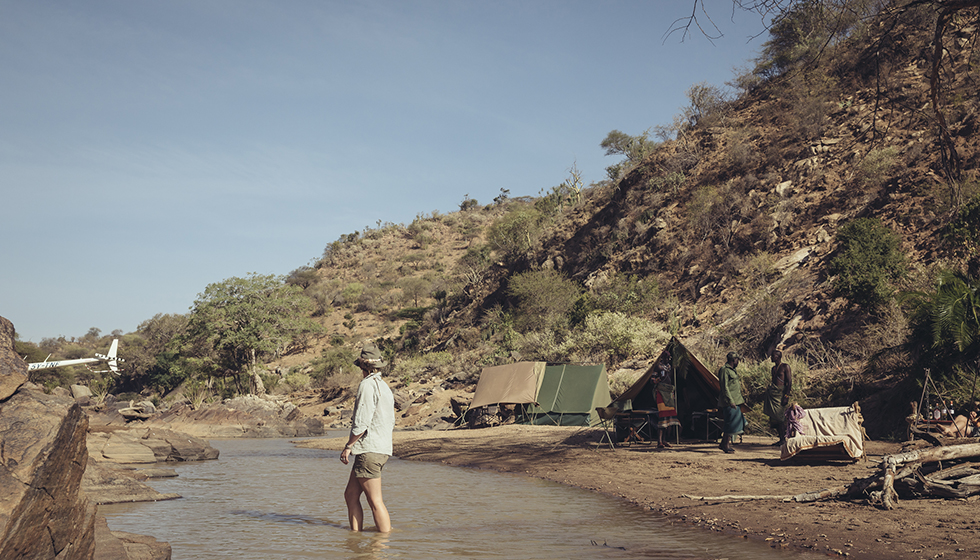
Wildlife is not a highlight here, but you do stand the chance of seeing a real gem such as wild dog, if you have the patience to look.
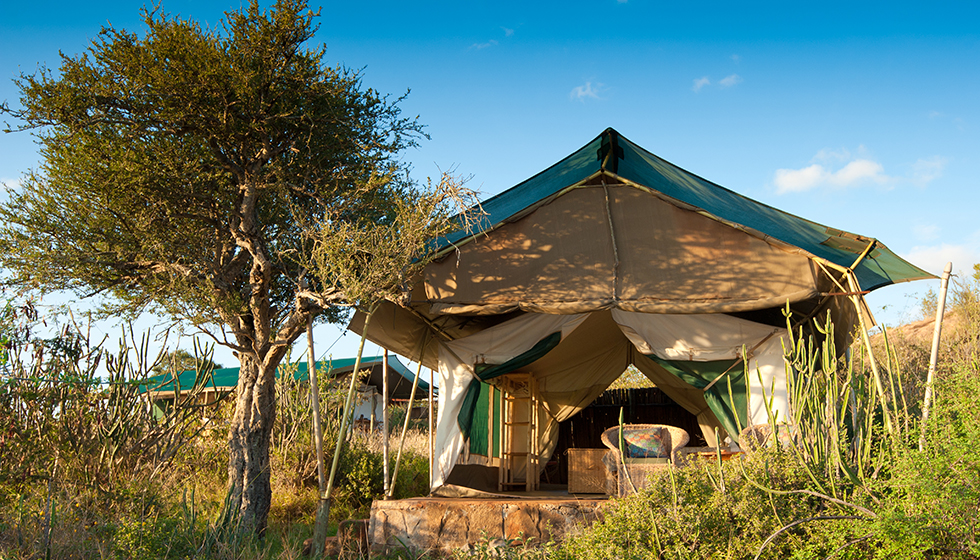
The wildlife in the surrounding area is supreme, being one of the best wild dog spotting sites Africa has to offer.
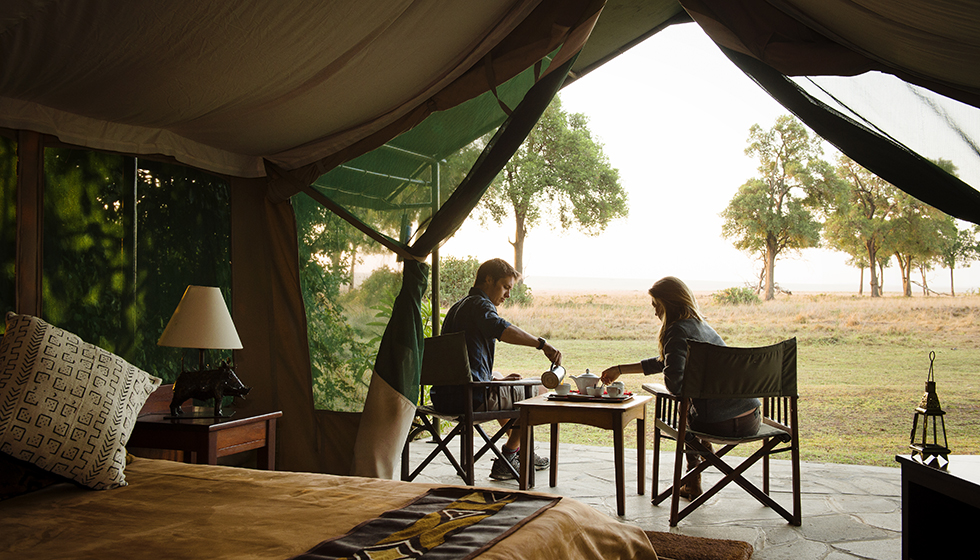
The first permanent tented camp in the Mara and enjoys prime location and is great for couples, families and friends wanting to experience the Masai Mara.
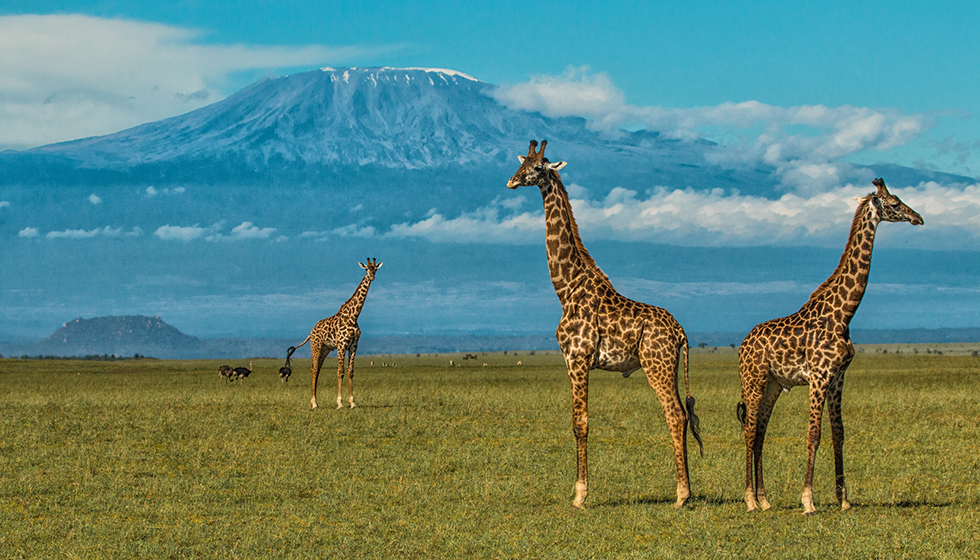
There are plenty of animals here, but don't come impatient to have it all on a plate, or you could end up frustrated.
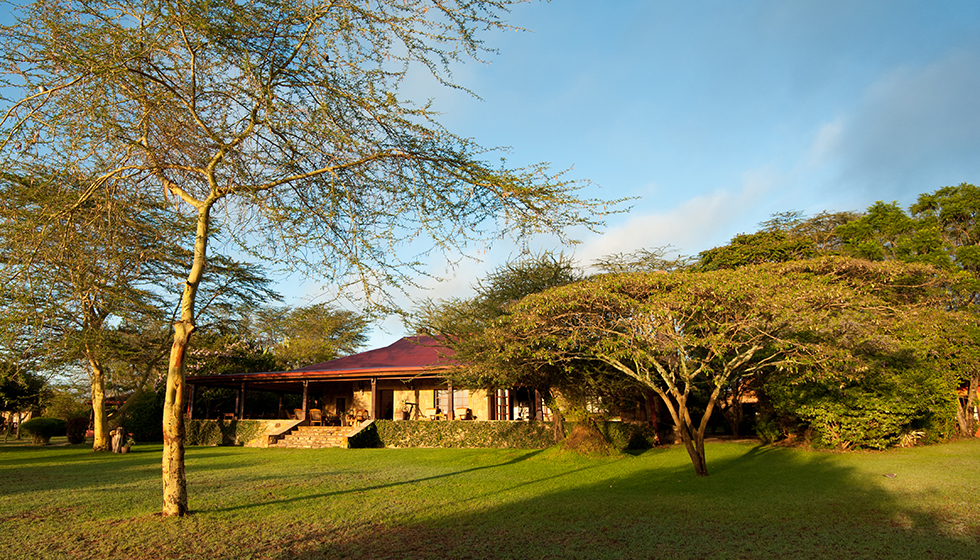
Sosian is a working ranch yet absolutely crawling with wildlife and offering an unusually diverse range of things to do from walking to wild swimming, riding camels, horses and mountain bikes.
Kenya (FAQs) Need to Know
What is the best safari in kenya.
We believe the key to an epic safari in Kenya is getting away from the crowds. Kenya is one of the best wildlife viewing destinations in the world, so naturally tourists flock here. However, being among so many other people can seriously devalue the authenticity of your experience.
We champion the lesser-visited parts of the country, like the Laikipia Plateau, the conservancies on the fringes of the Masai Mara or the Matthews Range where tourists are a rarity.
To really get a tangible sense of freedom, we recommend visiting the Laikipia Plateau. Rather than being a conventional National Park, this area is made up of a collection of independent working ranches. This means less rules, and more possibilities for exploration. Staying in Laikipia often leaves the impression that you have visited friends – family hounds might join you on game-drives and a swim in the river might replace the more common-or-garden siesta.
Refreshingly in northern Kenya, man and wildlife do merge. While there are undoubtedly challenges, if there is a model whereby traditional pastoralists, commercial farmers and wildlife can all coexist, this is it.
How long should I spend on safari in Kenya?
This all depends on what you’d like to see and how many areas you’d like to visit. Ideally we’d recommend a minimum of seven to nine days in the game-rich areas. This gives you a good chance of encountering the animals you’re hoping to see and also the time to visit a few, very different, parts of Kenya.
It’s also important to factor in some recovery time. If this is your first time on safari, you may be surprised how long and tiring the days can be. Activities tend to start early in the morning as this is the coolest time of day. To make sure you don’t burnout, we always recommend having some downtime, perhaps even adding on a trip to Kenya’s idyllic coastline for some recuperation at the end of the trip.
Is Kenya a good family safari destination?
Not only is Kenya a great destination for first-time safari-goers, it’s also an exceptional location for families. Away from the lure of Xbox, YouTube and social media, children can reconnect with nature, immersed in the wilderness with nothing but incredible landscapes and fascinating wildlife.
There are so many experiences that will inspire young ones, and arguably more importantly, keep them entertained.
Take a camel safari in Laikipia alongside Samburu Guides, for example. On this safari, you’ll navigate across Laikipia’s wilderness in the company of expert guides and crew, walking or riding on camels as you make your way between the camps. Your children will also meet and live alongside semi-nomadic Samburu people, learning about their way of living which is so different to their own.
From Our Travel Guides
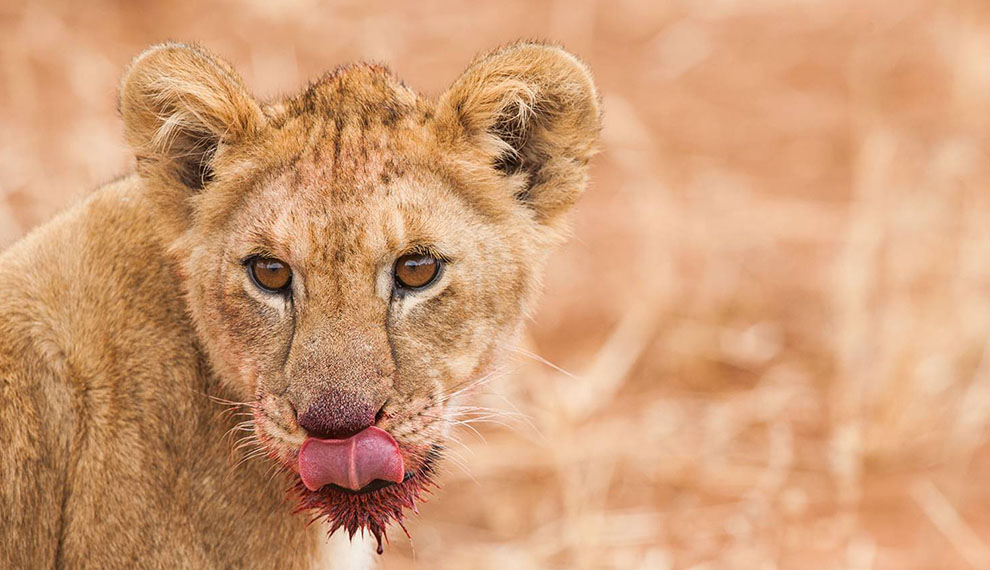
Top 5 Wildlife Safaris
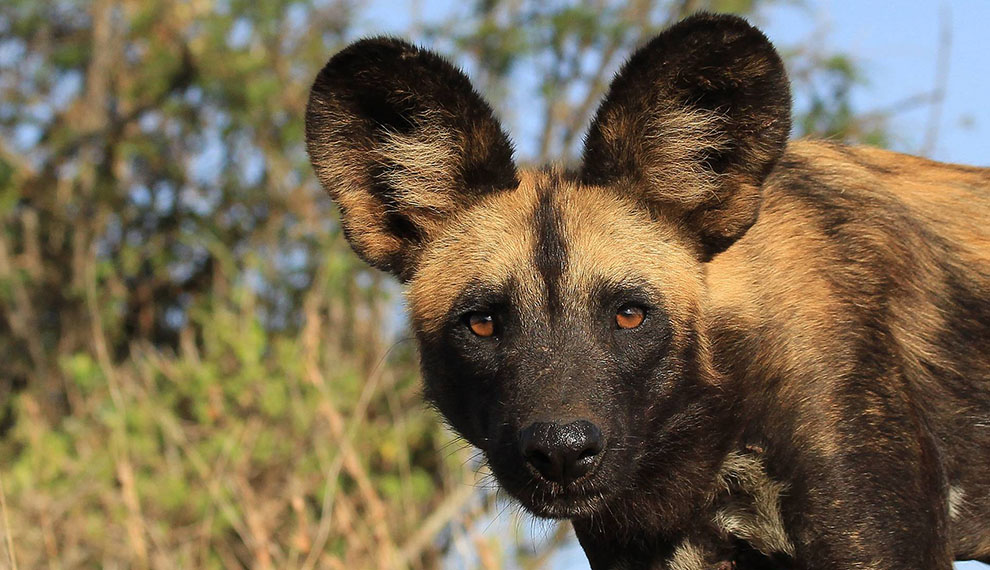
Top 5 Safari Destinations to see Wild Dog
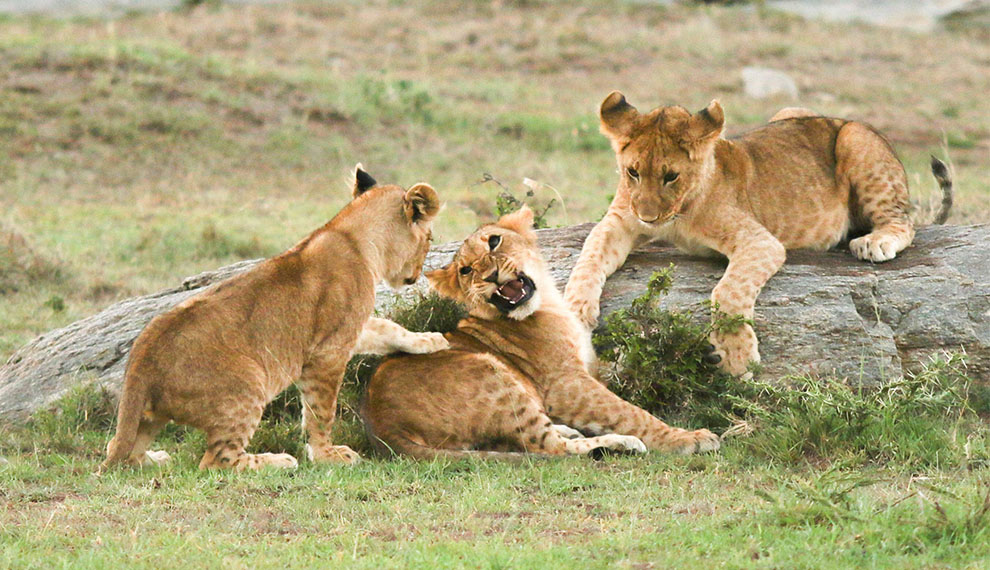
Top 5 Safari Destinations to see Lions
Meet our travel experts.
It takes genuine local knowledge to craft trips that go beyond the ordinary. The Natural High team have unrivalled experience and will take your ideas and turn them into your trip of a lifetime.
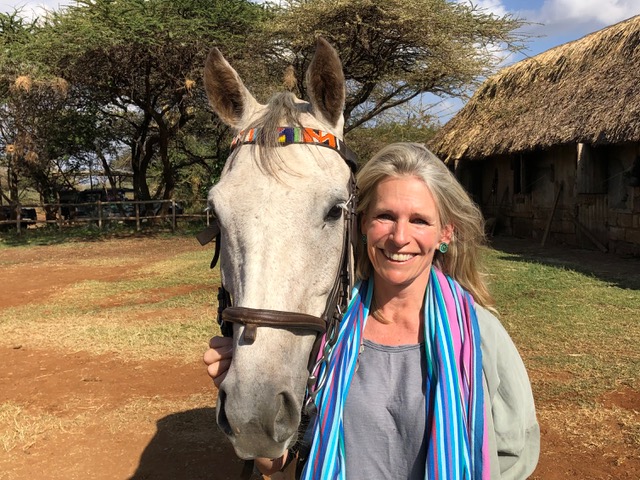
Into The Wild Brochure
Need some more inspiration? Request a copy of Into The Wild, our comprehensive anthology of safaris and wilderness travel.
WHAT PEOPLE SAY
Great lodges with wonderful staff
Had a brilliant time in Kenya but dealing with the agent was not as seamless as it should have been given that we booked over a year in advance. Small...
TRUSTED CUSTOMER
Amazing once in a lifetime experience
Very responsive and helpful. Our trip was custom built based on NH’s recommendations. We had a wonderful experience....
Venessa knows here stuff ✅
Vanessa was fantastic with everything going as planned. From airport pickups, hotels and safari lodges. Wouldn’t use anyone else....
Morrocan family dream
Our trip was un unforgettable experience! We started the process deciding where to go, then what places to visit due to the fact that it was in the mi...
Maria Ines Amadeo de Noetinger
The service provided by Rod at Natural High Safaris was unparalleled to anything our family has experienced before. He spent time educating us on wh...
Fantastic Natural High
Could not have been better...
Good safari experience
Superb responsive and accurate service and information. My extra requested destination was recommended and was absolutely what I was looking for and w...
superb travel planners for Madagascar
Rod’s communications were excellent- through the planning phases and during our trip. His advice on where to go and what to pack was consistently ex...
All round fantastic service.
Kept fully informed, well advised, Catherine was great at reminders and checking in that everything was organised. The recommended flight agent was a...
Beautiful trips!
Excellent service! All worked out perfectly letting us focus on just enjoying the trip without worrying about anything!...
The service on the ground was provided by Zeph Elias of Wilderness WAYO and it was really excellent...
Alex, Rachel, Ewan & George
Well organized and efficiently executed trip. Would definitely use them again and recommend them to others....
Charles & Jo Mercey
Amboseli trip...fantastic
incredibly helpful whilst planning trip, then everything went smoothly when we were there, great accommodation, transportation, food, guides etc etc. ...
Elizabeth Leece
When we weren't laughing we were moved to tears - thank you!
From my first conversations with Vanessa and Catherine I felt the comfort of knowing I was in good hands and had connected to people with an evident p...
The very best travel company organising unique bespoke trips
Outstanding bespoke trip. Every tiny detail was taken care of. We stayed in a variety of lodges and the service was excellent throughout, as were the ...
African vacation created with perfection!
We live in Canada and have relied on Vanessa Janion to plan and organize 3 trips to Africa for our family members. Without a doubt she has consisten...
Chris And Viviana
Best holiday ever
The Namibia safari, with Ultimate Namibia Safaris, introduced to me by Natural High Safari was by far one of the best organised holidays I have experi...
Angela Redman
A Dream come true.
Excellent service and trip....
Arranged an exctsafari with their regional partners. All in place perfectly with no exceptions....
Based on 389 reviews
Enquire Now
Please fill in the form below and one of our specialists will be in touch with you, or alternatively contact us on:
- +44 (0) 1747 830950
- [email protected]
- Travel Guides Plan your adventure
- Destinations Our favourite places
- Tours Book a trip
- Travel Companies Independent specialists
- Travel Guides
- Destinations
- Travel Companies
The best time to visit Kenya for safari
When to go on safari in kenya.
Stuart Butler
- Month to month
- Climate by region
- Safari seasons
Festivals and holidays
- Samburu, Buffalo Springs & Shaba
- Meru National Park
- Lake Nakuru National Park
- Amboseli National Park
- Nairobi National Park
- Off the beaten track
- Kenya besides safari
The best time to go on safari in Kenya: Quick reference
In my experience, the best times to go on safari in Kenya are the two "shoulder seasons" in June and later in September-October.
June is perhaps my overall favourite month. Everything is green after the rains, it's nice and cool with far fewer tourists than the July peak season, and the first migrant wildebeest might start to arrive from the Serengeti into the Masai Mara .
Likewise, during September-October the crowds are starting to thin out, the migrating herds should hang around until about the middle of the month and there are good opportunities to watch them cross the Mara River. Wildlife viewing in all the other parks is also excellent and on the coast the sea is calm and perfect for snorkelling and diving. Temperatures are idyllic.
On the other hand, the worst month for safari in Kenya is probably April: the height of the wet season, with many camps closed and roads washed away.
Overall best months: June & September-October
High season: July-September & Christmas-February
Low season: March-April & November
Best weather: February & September
Worst weather: April
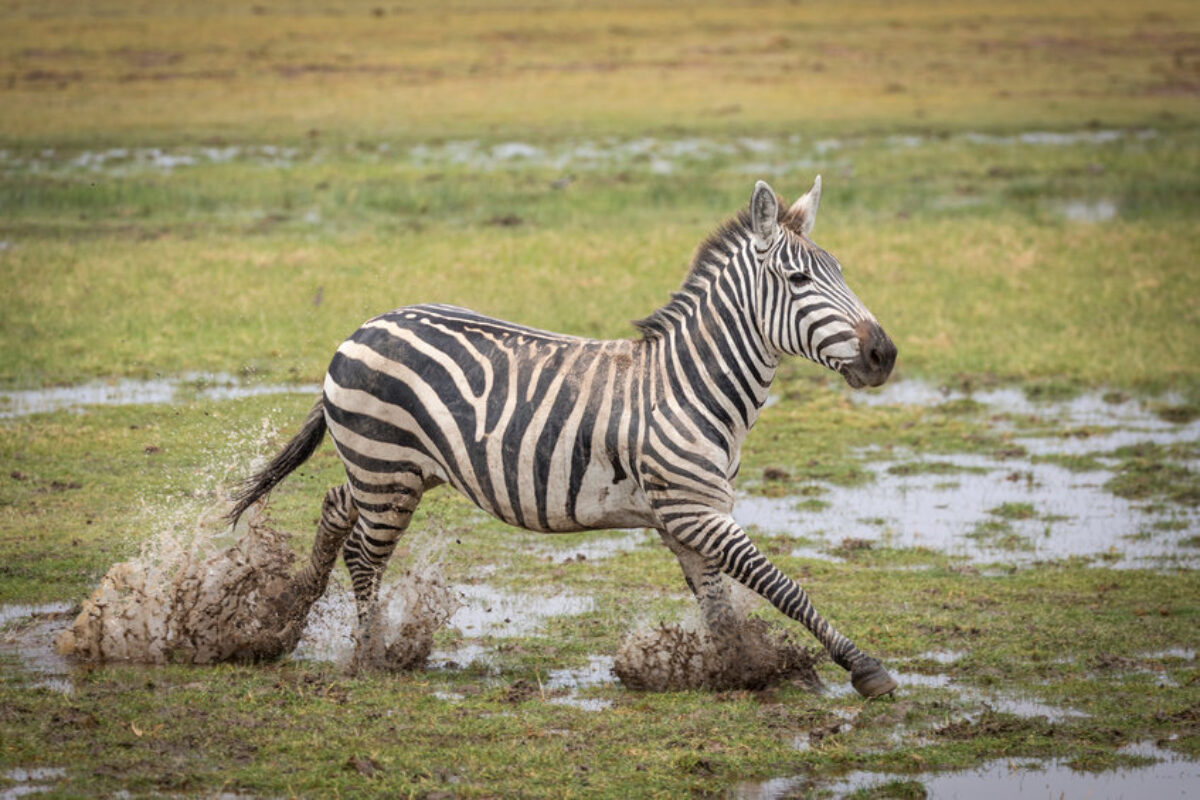
A zebra trudges through the rains Amboseli National Park
Featured Trips
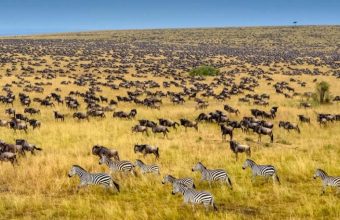
Tanzania and Kenya Safari
The greatest safari on earth.
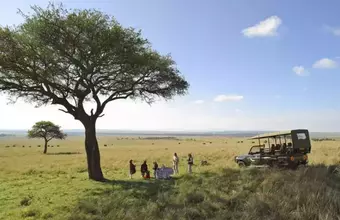
Affordable Masai Mara Safari
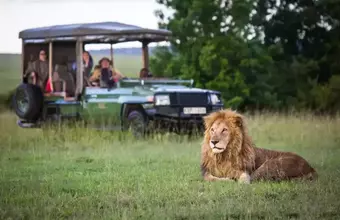
Enchanted Kenyan Safari
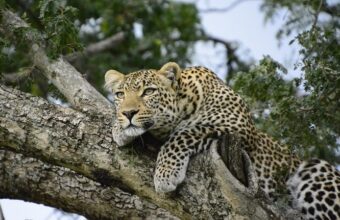
Family Memories
16 day private guided safari.
Samburu, Rhinos and Mara Safari
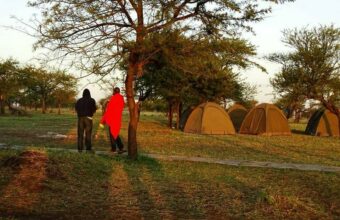
Kenya & Tanzania East African Adventure
21 day small group tour.
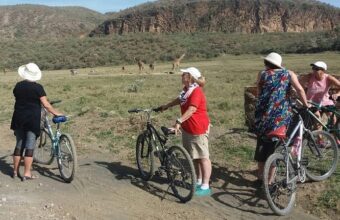
A Taste of Kenya
19 day small group tour.

The best time for safari in Kenya
Safari in kenya month to month.
January & February
This is a hot and dry period. Animals gather around water holes and river banks which makes for a good period to be on safari. Many migratory birds are present. On Kenya’s coast, water clarity is at its best between January and February. A busy time for tourism, especially the start of January.
The start of the long rainy season and generally a bad time to go on safari. But, with few other visitors and lower prices if the rains are late arriving then this can be a good period.
The height of the wet season. Many safari camps close and roads can be washed away in flash floods. A bad time to be in Kenya.
The first part of May is similar to April, but by the tail end of the month things should be starting to dry out. The landscape will be lovely and green and although the safari camps will be starting to re-open, prices remain low. If you’re lucky with the weather then late May can be a lovely time to visit.
A superb time to be in Kenya. Everything is nice and green, the high season crowds are yet to arrive, the temperatures are pleasantly warm (but note that it can be miserable on the coast) and the wildebeest will be starting to mass on the Kenya-Tanzania border which makes for some exciting river crossing spectacles.
Although best known for the wildebeest migration, June is also the beginning of the humpback whale migration. Head to the Watamu Marine National Park to see whales — and dolphins — on boat tours between June and August.
Generally dry throughout the country with spectacular wildlife viewing in the parks and reserves. Wildebeest flood the plains of the Mara. The coast is now hot and dry. But this is also a busy and expensive time to visit.
August & September
A repeat of July, but by September there is a slight tail off in visitor numbers as school holidays end.
A superb time to visit. The wildebeest should hang around until about the middle of the month and there are good opportunities to watch them cross the Mara River. Wildlife viewing in all the other parks is also excellent and on the coast the sea is calm and perfect for snorkelling and diving. Temperatures are idyllic.
Safari prices start to drop as tourists head home and the short rains fall. Even so, this isn’t a bad time to be in the country as the rains are rarely strong enough to totally disrupt your travels. Migratory birds start to arrive.
The country is nice and green after the short rains and there are birds everywhere. The Christmas period is a busy tourist season but if you can come before that then you’ll benefit from lower prices and a tranquil safari.
Kenya climate by region
There are two things that define Kenyan weather: altitude and the monsoons. With the equator running straight through the middle of Kenya you might expect the country to be relentlessly hot. But it’s not as simple as that. Kenya is rippled in high mountains and plateaus and so altitude plays an immensely important role in Kenyan weather patterns.
In fact, it’s possible to stand in searing 40 degree heat in the northern deserts and snap a photograph of the snow and ice covering the summit of Mt Kenya!
The coastal strip is low-lying and has a hot and humid tropical climate year round (although things do cool down quite considerably between June-August). The vast northern deserts and semi-deserts (where parks such as Samburu are located) are always hot – sometimes too hot for comfort. Rain is also rare throughout the north.
The central and western parts of the country are much cooler, wetter and greener and for this reason this is where the majority of Kenyans live. The climate in Nairobi and other highland areas is one of almost eternal spring, and nights can get quite chilly.
This area is home to the Laikipia area conservancies, the Aberdares National Park and Nairobi National park among others. In the far west of the country, around Lake Victoria, the altitude is a little lower and it can be hot and humid with frequent rainfall.
In between the low and high altitude extremes is the Rift Valley. Fairly low lying and prone to drought, this is where some of the most famous national parks and wildlife conservancies (such as Tsavo and Amboseli) are located. It can be very hot here in the middle of the day but cool enough to need a fleece at night. The Masai Mara National Reserve is a bit higher and wetter and while days in the Mara are often idyllic it can be damn right cold on an early morning safari.
Kenya’s rainfall and monsoons
Aside from temperature the big thing that will impact when you visit Kenya and where you go is the rainfall.
Kenya receives two monsoon rains a year. The long rainy season runs from around March to May and the short rainy season provides the wet stuff between about late-October and mid-December.
During the long rainy season you can expect rain throughout the country on a near daily basis. Rivers can burst their banks and roads can get washed away. Most of the time the rain falls in the afternoon, but it sometimes rains all day. Nairobi can have what feels like endless days of grey, dreary drizzle. Throughout the country, even when it’s not raining it can be very cloudy. In general this is not the best time to visit Kenya.
The short rains are less predictable and may fail to materialise at all. However, as with the long rains, the rain mostly falls in the afternoon and not always everyday. There can be pleasant sunny periods in between the rain showers.
With changing climatic patterns these monsoon periods have become much less defined and in recent years there have been droughts when it should have been raining and floods when it should be bone dry.
Even though it’s not technically a wet season, the period between June and September still sees regular rainfall over large parts of the country, in particular the highland areas, the west and the Masai Mara. Temperatures are neither too hot nor too cold and everything is lovely and green. On top of that this is also when the wildebeest migration rolls through the Masai Mara. Overall this is a great time to go on safari in Kenya.
The driest and hottest time of year is January to March. On the coast and at lower altitudes it can be overwhelmingly hot. At this time of year the vegetation in many areas is dry and sunburnt but it’s a good time to be on safari – especially in a park such as Samburu or Tsavo when animals are drawn to the remaining water sources.
One of the biggest surprises visitors to Kenya get is how chilly it can get on a safari, especially those at higher altitudes such as the Maasai Mara and Laikipia where nighttime temperatures can fall below 10C. Factor in the windchill when zipping along in an open jeep at dawn and the reality is that safari-goers can become quite cold. Pack layers and be prepared.
Green, ‘shoulder’ & peak seasons
When booking a Kenyan safari you’ll likely hear the terms green season, shoulder season and peak season bandied about. But what do they all mean?
Peak season means high tourism season (July-September/October and Christmas to late February). Naturally enough this corresponds with the best times to be in Kenya, but it also means lots of other tourists, booked out lodges and high prices.
Shoulder season (roughly late-May, June and October) is the in-between time of year. For reasons of weather or wildlife sightings, the shoulder season is considered not quite as good as high season but much better than low season. There are fewer tourists and lower prices than in high season. A little secret: the advantages of travelling to Kenya in the shoulder season outweigh the negatives, and this is perhaps the best time to travel here (except for on the coast, which can be unexpectedly cold and wet).
The term ‘green season’ was perhaps coined to make potential visitors think of lush green landscapes. In reality though it means low season and it covers the months of mid-March to early May and November to early December. Kenya will be looking beautifully green at this time, but that’s because it rains – and at times it rains a lot!
Many safari camps are closed and getting around can be hard. This is generally a bad time to visit Kenya. On the plus side there are few other visitors and safari prices are as low as they get. Northern parks such as Samburu, Buffalo Springs and Shaba can actually be quite rewarding at this time.
Kenya generally observes a Christian calendar so major celebrations and holidays such as Christmas and Easter are observed countrywide. Muslim holidays such as Eid ul Fitr will be observed in most coastal and north eastern areas. Only the holy Islamic month of Ramadan will have an effect on your travels — during this time, you might find stores and hotels closed during daylight hours and at sunset for the breaking of the fast.
There are fewer music and cultural festivals than you might expect, but for a chilled out festival, try the Lamu Yoga Festival in February — five days of yoga in stress-free, car-free Shela, Lamu. Various styles of yoga are taught by instructors from all over the world and are combined with celebrations of Swahili culture such as sunset dhow cruises.
The Kenya Music Festival is held over ten days in August in Nairobi. It draws big name African and international acts.
The end of the year brings the Rusinga Cultural Festival — an extravaganza of colour, music, dance and sport to celebrate and preserve the culture of the AbaSuba people of Uganda and Kenya. Held on the last Thursday and Friday before Christmas on the islands of Rusinga, the celebrations address various social and cultural issues. The headlining event is the boat races in wooden canoes where both men and women row along the lake in clouds of song and dance — not to be missed!
When to go FAQs
Your questions, our expert answers, is february a good time to visit the masai mara, or would june-july be better what would be the differences.
February is a very good time for safari in the Masai Mara , but also very different to the experience in June and July.
It's hotter and drier in February and generally there are fewer other tourists. There will still be plenty of zebra and wildebeest around but these are the non-migrating resident herds, so they don't form the massive iconic herds that you might see on TV.
July is good because the migrant wildebeest are all normally in the Mara by then, but its also absolute peak high season so can be busy and expensive. June is perhaps my overall favourite month. Everything is green after the rains and it's nice and cool with far fewer tourists than July, but the first migrant wildebeest might start to arrive (it all depends on rains and the state of the grass).
In short, all three months are excellent but each is different so it might be best to go with whatever just suits your timings better.
I will be in Kenya in early March and am looking for a five day safari for wildlife photography and birdwatching. Where would you recommend for me noting it is the start of the rainy season?
Early March is still a bit early for the rainy season so you might just get the odd thunderstorm. If birds are your real interest and you only have five days then probably the easiest is to go down to the Masai Mara via the Rift Valley lakes of Naivasha and Elementia or Nakuru. This would give you a good range of avian habitats and species in a short space of time. Don't forget as well that Nairobi itself has some excellent birding in the various forests and parklands in and around the city. Plus of course, there's the superb Nairobi National Park where you will see a lot of wildlife and birds.
Masai Mara safaris
About the author.
Stuart is an award-winning travel journalist covering safari, trekking and conservation in Africa for the Lonely Planet, Rough Guides, BBC, Bradt Travel Guides, amongst many others. He is the author of Walking With The Maasai , a journey through some of Kenya's lesser-visited Maasai lands.
Featured tours
Other guides you might like, safari in kenya, kenya's best safari reserves and camps, south africa safari, an expert guide to safaris in south africa.
Anthony Ham
Wildebeest migration safaris, an essential guide to planning a migration safari in tanzania and kenya.
Hans Cosmas Ngoteya
Safari in zambia, an expert guide to zambia's best safari parks, camps & lodges.
Sarah Kingdom
Safari in tanzania, an expert guide to tanzania's best safari parks & camps, safari in botswana, an expert guide to botswana's best safari reserves, camps and experiences, where and how to see the big 5 on safari in africa, safari in africa, our travel writers' top africa safari picks, zimbabwe safaris, an expert guide to the best safari camps in zimbabwe, chimpanzee trekking, an expert guide to seeing chimpanzees in the wild.
Philip Briggs
Namibia safari, an expert guide to the best safaris in namibia.
Melanie van Zyl
Why horizon guides.

Impartial travel guides
Our guides are written by the leading experts in their destinations. We never take payment for positive coverage so you can count on us for impartial travel advice.

Expert itineraries
Suggested itineraries and routes to help you scratch beneath the surface, avoid the tourist traps, and plan an authentic, responsible and enjoyable journey.

Specialist advice
Get friendly, expert travel advice and custom itineraries from some of the world's best tour operators, with no spam, pressure or commitment to book.
Our guides are 100% impartial and are written by independent, professional travel journalists. We make money by charging carefully-screened travel companies to list their business on our website. Our advertisers have no influence on our editorial content and we never accept payment for positive coverage.
Read more about how we work and what we believe in here .
- Travel guides
- Work with us
Sitemap , Privacy Copyright © 2024 Horizon Guides
TRENDING...
Africa Wanderlust

Kenya Packing List: What to Wear and What Not to Bring
Are you heading to the upcountry? Masaai Mara? Nairobi? The coast? The different parts of the country can wildly vary in a climate, so it’s important to note the exact place you’ll be staying before you start packing. Our Kenya packing list will give you everything you need to know for a trip to Kenya.

Kenya is an incredible country with breath-taking scenery, sunny beaches, and lush mountains. Being one of the best safari destinations in Africa is an added reason to visit Kenya.
The country is considerably diverse, so your Kenya packing list will depend on which part of the country you intend to visit and the type of activities you will take part in.
Before we dive into what to pack for your Kenya trip, let us talk briefly about the weather.
Weather in Kenya
One of the most critical factors you will want to consider when crafting the perfect Kenya packing list is the weather and the season at the time of your visit.
Kenya typically has a dry and rainy season. The dry season runs from mid-December to March, and the rainy season usually starts from late April through to July and early August.
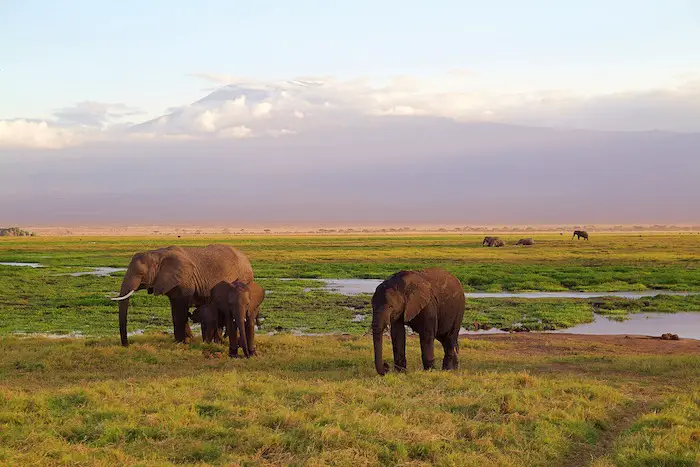
The country also experiences short rains from time to time. However, since the equator runs through the country, the climate is temperate, so even on the rainy season, it never gets too cold.
Assuming you’ll take part in different top excursions and adventures if you visit Kenya, here is a list of recommended items plus tons of good ideas.
21 Top Kenya Packing List Items
The coastal part of the country offers fantastic pearly beaches, so make sure you pack smart-casual in case an opportunity for a romantic dinner date arises.
For safari trips, you’ll need to wear loose and comfortable clothing.
Remember, avoid wearing brightly-colored clothes on a safari – one reason being you need to camouflage with the surroundings as much as possible lest you miss a chance to spot lions.
The second reason is a safari in Africa can be pretty dusty since the roads in Animal National Parks are not tarmacked.
For beach and other activities; however, your preference should guide you best.
Shirt or Blouse
If you’re headed to the Kenyan coast lightweight button-up shirt/blouse are great whether you’re strolling along the white sandy beaches or you’re out for nightlife.
Great Rift Valley and the western part of the country can get a little bit cold at night so be sure to pack a few warm clothes and cozy nightwear .
A pair or two of comfortable pants would be great for early morning excursions like morning or dusk safari walk.
Even in the dry season, the bushes will be full of morning dew enough to make your legs wet, so shorts may not be the best option.
Cargo pants , for instance, are a great alternative as they’re comfortable and can be used for adventurous activities like hiking or rock-climbing.
Hiking Shoes
Pack footwear best suited for the purpose of your trip. If you plan to have an adventure in the mountains, be sure to get a good pair of grip boots.
A smart traveler travels light, so it’s vital to pack multi-purpose clothing and footwear is no exception. Make sure your hiking boots can serve you well if you decide to go on walking safaris.
Ideally, they should be lightweight with at least ankle support, which will perfect for the bush since the terrain can be uneven and rocky. They should also be comfortable to avoid blisters.
Make sure you wear the boots a couple of times before you travel to break them in. You can get some from here .
Casual Shoes
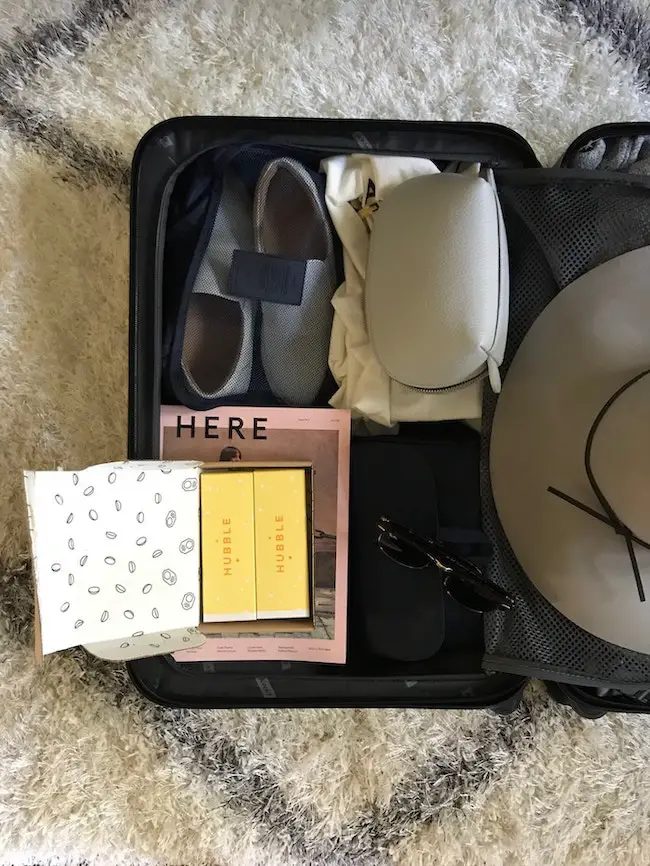
Pack a casual pair of shoes for city strolls or night dates. Sturdy sandals are fantastic, especially if you’re going to explore the charming streets of the coastal part of Kenya.
Most high-end accommodations usually provide their guests with room slippers, but it’s always a good idea to carry flip flops just in case.
Rain Jacket
A rain jacket will be necessary if you’re visiting towards the end of the rainy season. One minute could be all bright and shiny, but the next could be gloomy and raining. You can get one from here .
Kenya is blessed with a lot of sunshine, but too much of anything will definitely make you uncomfortable.
Whether you’ll be going on a safari, a hiking tour, or lying lazily on the beach, a hat is a must-pack item when visiting Kenya. You can get one here .
If you wear contact lenses and you intend to go on a safari, you may want to wear some sunglasses to prevent your eyes from drying out in the heat.
But if you do not wear contact lenses, you should plan on having sunglasses, so you do not have to squint on those sunny days.
Tech and Gear
Camera .
This is an obvious item for any avid traveler, but there is a need to remind you that Kenya is full of picturesque locations. Make sure you invest in a good camera to capture those unforgettable memories.
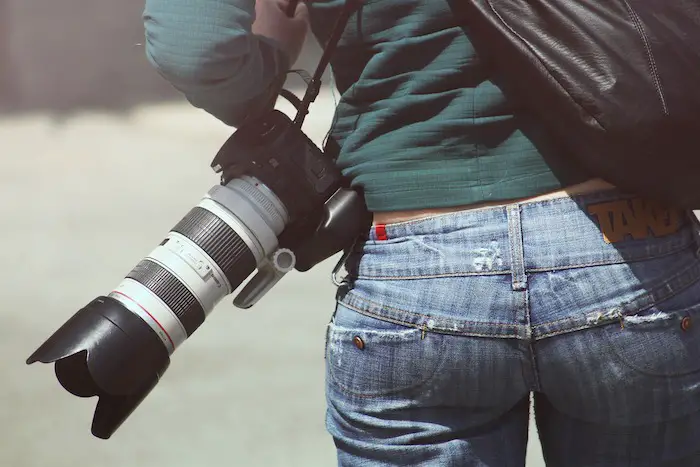
Plug Adapter
If you’re traveling from anywhere else apart from the UK, make sure you pack a plug adapter. A universal plug adaptor would be great, especially if you have any layovers in destinations that use a different type of plug.
Also, invest in proper power converters as Kenyan electric switches supply between 220 and 240 volts.
Portable Charger
This is one of the most essential gadgets as you’ll need to recharge your camera or phone if they run low on battery. Seriously, you can’t afford to miss a moment in Kenya. You can buy one here.
Binoculars
Binoculars are especially crucial for hiking and safaris, where you’ll have the Big Five to spot plus lots of birdwatching opportunities. If you’ll take part in nocturnal game drives, be sure to park night vision equipment .
Power isn’t exactly reliable in Kenya or the capital. Although many high-end hotels have a back-up in case of a blackout, you may want to have a small flashlight just in case. It also helps a lot if you’re camping.
Wet Wipes and Hand Sanitizer
Trust me, wet wipes and sanitizers are not among the most common items in Africa. Kenya is not any different, especially if you are traveling to rural areas.
These items are widely available in Nairobi and other major cities, but you may not have the extra time to run to the store.
Plan to pack a few hand sanitizer bottles/ wet pipes or both. Some parts of the country are short of running water and hand wash so you’ll need a lot of hand wipes so you can stay healthy.
Bug and Insect Repellent
The coast and the western part of the country are famous for having bugs and malaria-causing mosquitos.
Be sure to pack an ample amount of bug and mosquito repellent spray . If you are going on a safari, beware of the tsetse flies, blood-sucking insects that transmit sleeping sickness in humans. A good bug repellent should keep them away.
Sunscreen
This is yet another safari essential and, obviously, a must-pack for a beach getaway in Kenya. You can get one here .
Documents and Details
Passport .
Have your passport plus your stamped visa ready for inspection at the customs offices. You might also need to provide your itinerary as well as travel insurance papers.
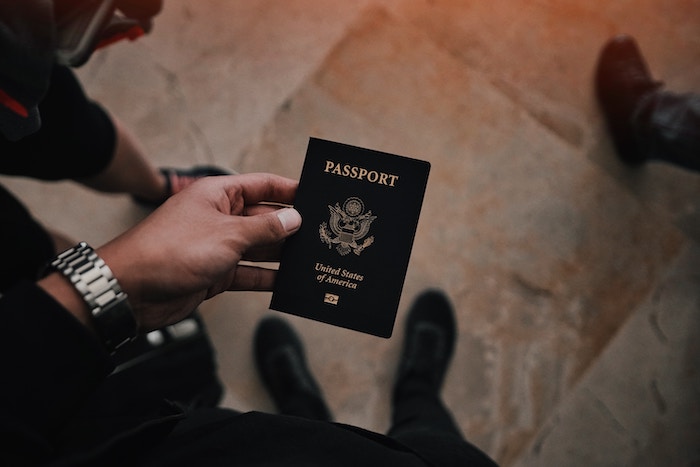
You should also have a list of contacts that can be used in case of an emergency.
Travel Insurance
It is essential to get travel insurance no matter where you are traveling to.
It’s mainly a requirement that is helpful when traveling to Kenya and East Africa in general, where treatment in an excellent health facility can be costly.
Passport Holder
You’ll need a passport holder that can withstand both dusty and wet environments.
A Swahili Phrasebook
This is not a necessity. Swahili is a fun language to learn, and locals appreciate any tourist that attempts to communicate in their native language. Even a simple ‘Hi’ or a ‘Thank you’ will earn you brownie points.
Medications and Vaccination
Before you travel, be sure to pay your doctor a visit so that they can advise on the recommended vaccines.
Most African countries require proof of Yellow Fever vaccination prior to entry. Check the CDC website to confirm if up to date information on whether or not you will need a yellow fever vaccination.
Anti-malaria drugs are essentials, especially if you’re traveling to the western or coastal parts of the country.
You will find all over-the-counter medications in the larger cities, especially in the capital but not in rural areas or in the game reserves. For this reason, it’s advisable to shop in major cities for prescribed or other drugs you might need.
First-Aid Kit
A first-aid kit is essential, particularly if you are planning to take part in adventurous excursions.
What Do People Wear in Kenya?
Women in kenya .
Kenya is one of the most modernized countries in Africa, according to the World Population Re view. So as long as you dress appropriately, you should not encounter any problems. Wearing clothes that are at least knee-length is the standard dress code.

You might be barred from entering spiritual places like temples, mosques, and churches if you are dressed inappropriately.
[su_button url=”https://africawanderlust.com/kenya” target=”blank” style=”soft” background=”#0077be” size=”6″ center=”yes” text_shadow=”0px 0px 0px #000000″]Explore Africa Destinations![/su_button]
Ideally, if you will be visiting any religious institution, maxi dresses will be perfect. When you’re visiting malls or other public places, knee-length skirts or shorts will do.
Men in Kenya
There is no particular dress cord, although if you visit rural areas like the Maasai villages, you might see some men dressed in traditional sheets.
Feel free to dress in traditional sheets if you like, but it is not a requirement. When you’re visiting religious institutions, wear trousers and long-sleeved shirts.
Other Commonly-forgotten Items for a Trip to Kenya
Jeans Sandals Heels Headphones Aloe Vera Mosquito repellant Backpack Travel sheet Travel pillow Kindle/Kindle cover Memory card Headphones Headphone splitter GorillaPod Lightweight scarf
Vitamins/Supplements Dramamine Lip balm Contact lens solution Hairbrush/Comb Loofah glove Underpants/Bras Feminine products Toiletry bag Headlamp Umbrella Journal Small lock Swimsuit
Swimsuit cover-up Hats/Caps Jacket: Women’s & Men’s Luggage/Packing cubes Steamer Razor Immunization Records Drivers License/Photo ID Credit Card and Cash Money Belt Neck Pillow Eye Mask Water Bottle Towels
[su_button url=”https://africawanderlust.com/packing-list/” target=”blank” style=”soft” background=”#0077be” size=”6″ center=”yes” text_shadow=”0px 0px 0px #000000″]See More Packing Lists![/su_button]
Packing List for Kenya: What Not to Bring
It’s important to note that plastic bags are not allowed in Kenya. This includes:
- Ziploc bags
- Grocery bags
- Garbage bags
- Duty-free bags
When traveling in Kenya, it’s advisable to use woven reusable bags instead.
Concluding the Kenya Packing List
The above list contains all the essential items that you’ll need on your Kenyan visit. Most of the items listed are lightweight to help you travel as light as possible.
This post helps you pack everything you need to be comfortable when you are away. But at the same time, not pack too much where it becomes a burden; this Kenya packing list provides precisely that.
You should use this packing list as a checklist to make sure you don’t leave anything behind on your getaway to Kenya.
[su_button url=”https://africawanderlust.com/travel-guides/” target=”blank” style=”soft” background=”#0077be” size=”6″ center=”yes” text_shadow=”0px 0px 0px #000000″]Explore More Travel Guides![/su_button]
If you plan on visiting multiple African countries on your trip, our travel guide , destinations , African national park pages will provide some inspiration. Happy Traveling!
21 Kenya Packing List Items
Tech and Gear
Shirt or Blouse Hiking Shoes Casual Shoes Rain Jacket Hat Sunglasses
Camera Plug Adapter Portable Charger Binoculars Flashlight
Wet Wipes Hand Sanitizer Insect Repellent Sunscreen Medications
Passport Travel Insurance Passport Holder Phrasebook Vaccination First-Aid Kit
Love it? Share and Pin it!

Similar Posts
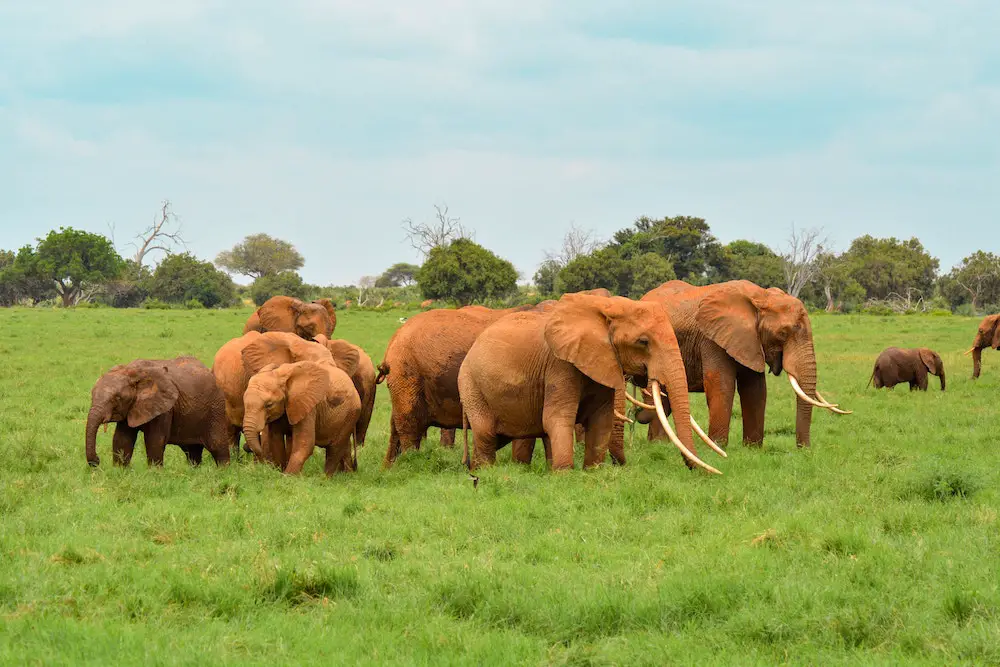
The 10 Best National Parks in Kenya (with Photos)
A detailed guide for your african safari packing list.

Egypt Packing List: Everything You Need To Know

Your Comprehensive Safari Packing List for Botswana

Kilimanjaro Packing List: What Should I Pack for Mt Kilimanjaro?
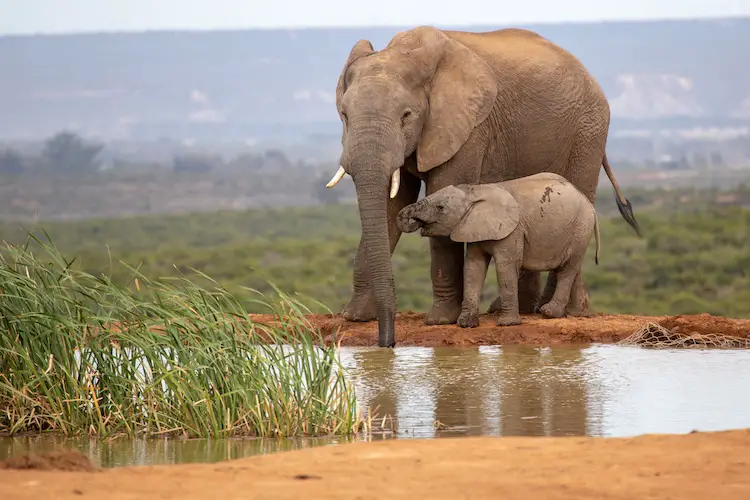
10 Best African Photo Safaris You Must Experience
I may contradict with you on power…. Power in Kenya is reliable.. Though the article is great.. ?????❤️
Thanks, Cyprian! We appreciate you sharing your honest feedback.
xo ~ Louisa
Great Article, One day i will like to visit Kenya and have some good time in the country, I hope the have good Livescore sporting activities.
Comments are closed.
- Search Please fill out this field.
- Newsletters
- Destinations
- Africa & Middle East
The Best Time to Go on Safari
:max_bytes(150000):strip_icc():format(webp)/anoukmarrakech-56a373305f9b58b7d0d20299.jpg)
The best time for an African safari is typically from July through October, when the animals are easy to find and in substantial numbers. Deciding when to go on safari depends on what country you would like to visit and when you can plan your trip. Seasons differ in East and Southern Africa so you can plan an excellent safari for almost every month of the year if you are flexible about where you want to go to.
Below you'll find a country-specific guide for the absolute best time to plan a safari. A month-by-month guide for the best country to visit for a safari is also included. The last part of this article is for if you're looking for animal-specific safaris, like a gorilla or a chimpanzee safari.
The best time to go on safari in Kenya and experience a vast density and diversity of wildlife is when the annual migration of millions of wildebeest, zebra, and gnu descend on the Mara plains with predators close behind. The best time to see this wildlife spectacle is from July to October. Other parks in Kenya are also excellent and the best time to visit these would be during the dry seasons —January through March and July through October.
With the scarcity of water during the dry seasons, the animals tend to gather in more concentrated numbers around permanent waterholes, rivers, and lakes, so they are easier to find. The vegetation is also less lush which means that viewing animals from a distance is easier.
If you want to see the Great Migration unfold, head to Tanzania's northern parks : the Serengeti and Ngorongoro. The best time to witness the migration is probably February through March when the wildebeest and zebra have their young. Not only can you enjoy seeing baby animals, but the predators are at the highest number too. Because the herds also concentrate in the south of the Serengeti, it's easy to plan your wildlife viewing in that area and find a safari company that offers lodging there.
June to November is Tanzania's dry season and is the best time to visit all the parks (and you can always hop over to Kenya's Masai Mara to witness the Great Migration during this time). Tanzania's Southern Parks are perfect to visit during this time since the animals tend to congregate around permanent water and it isn't so hot and humid.
All of Tanzania's parks suffer from the rains which generally fall from March to May in the North, and from November to May in the South and West. Roads get washed out and given the sheer size of Tanzania's parks, the animals tend to spread out, and this makes wildlife viewing less satisfying (if you're looking for sheer numbers of animals).
December through March can get quite hot and humid, especially in Western and Southern Tanzania which makes it a little uncomfortable to spend a lot of time in the bush.
Uganda has some magnificent National Parks which are best visited from December through March or June through September when it is predominantly dry. Most people who choose Uganda as a safari destination go to see the Mountain Gorillas . Although rain is likely all year round, the rainy seasons make the trek up to the gorillas particularly tricky, so avoid the months of March and April or October and November.
The best time to enjoy Zambia's wildlife is from September through mid-November which is the end of the dry season. Elephants abound and large herds of buffalo, impala, zebra, and others congregate in the Lower Zambezi Valley. April to September is also a good time to go, but beyond these months many parks in Zambia all but shut down due to impassable roads. In November, there's a smaller version of the Great Migration where 30,000 wildebeest gather in Zambia's Liuwa Plain National Park, that's not witnessed by many, but worth trying to plan a trip around.
July to October is the best time to go to Zimbabwe's excellent wildlife parks, especially Hwange, the largest game reserve in the country. Whitewater rafting on the Zambezi is best from August to December when the water is low, and the rapids are fast.
The Victoria Falls are at their most impressive in March and April after the rainy season. You may have difficulty seeing all of the falls due to massive amounts of spray it can be quite torrential.
June through September is the best time to go on safari in Botswana . There is little chance of rain, and the weather is still lovely and warm during the day. Huge herds congregate around the Okavango Delta during this time, making a trip in a mokoro (traditional canoe) extremely rewarding.
Botswana is one of Africa's most expensive safari destinations because many of the parks are inaccessible by road and you have to charter a small plane to get there. If you have your heart set on Botswana's excellent parks, but can't quite afford them, check out some of the shoulder season deals in April, May, and October.
Etosha National Park is Namibia's prime safari destination and the best time to visit is from May to September. This is Namibia's dry season (despite being mostly desert , there are still seasons in Namibia!) and animals congregate around the water holes making viewing easier.
Many birders come to Namibia, and the best time to visit is during the summer months from December to March, but be prepared for some scorching and humid weather.
South Africa
The prime safari areas in South Africa around Kruger National Park are best visited from June through September when the weather is cooler and dry. But South Africa's wildlife parks have better infrastructure than most parks in Africa, so rains don't necessarily mean the roads will be washed out. There are also many excellent game parks in South Africa's Eastern Cape region which experience less rain during the winter months than in the north of the country.
When to go on a safari sometimes depends on when you can take a vacation. If you're looking for the best safari experience and don't mind what country you go to, this is a useful guide for you. It's month by month account of the best animal viewing opportunities in Africa.
- January is prime safari time in Kenya, Tanzania, and Uganda. The weather is usually dry, and the animals will congregate in dense numbers around permanent water supplies. The migrating wildebeest, zebra, and gnu can be found in Tanzania's northern parks during this time of year particularly in the southern Ndutu and Salei plains.
- February is one of the best months to go on safari in Tanzania's northern parks because thousands of wildebeest are usually born around this time. Most of the wildebeest give birth within the same three week period. If you like baby animals , Kenya, Tanzania, and Uganda are all perfect this time of year. Southern Tanzania can get quite hot and humid this time of year, so stick to the northern parks if you think the weather will bother you.
- March: East Africa is still the place to be in early March if you're looking for the best safari experience in Africa. Kenya, Tanzania, and Uganda are still in their dry season, and the density and diversity of animals can't be matched elsewhere this month. If you're visiting Uganda and want to see the gorillas, you should avoid March.
- April is a good month for those looking for discounted safaris because the rains usually start in East Africa and are on their way out in Southern Africa. Rains bring plentiful water, and the animals tend to disperse making them harder to find while on safari. Vegetation begins to get very lush which can obstruct your views of the animals. And perhaps most importantly, the dirt roads in national parks can get washed out and become impassable. You can still enjoy an excellent safari in Tanzania without the crowds, especially in the northern parks. Southern Africa is coming into its own in April with cooler, drier weather. Botswana and Namibia are good bets for April. The Victoria Falls (Zambia/Zimbabwe) are at their most spectacular in April with the start of the heavy rains. They are easily combined with a visit to any Southern African safari destination.
- In May , the best country to go on safari is probably Zambia. Zambia offers a genuinely wild African safari (and the best walking safaris), and there aren't too many months when the parks can operate at full tilt, so you have to take advantage of it when you can. The rest of Southern Africa is good as well though as the dry season is well on its way. If you have your heart set on an East African safari, May isn't the best time to go, but you'll still see a lot of animals, especially in Tanzania. Make sure the camps and lodges you wish to go to are open. You should be able to get some excellent discounts.
- June: Southern Africa is heading into its best safari period by June. South Africa, Botswana, Zambia, Zimbabwe, and Namibia enjoy their high season this time of year. Be prepared for some chilly nights and bring a jacket for the early morning drives.
- July - September: Take your pick of destination from July to September. Every major safari destination is primed for business. Kenya's Masai Mara lays out the green carpet for millions of migrating wildebeest. This is the time for those spectacular river crossings with the crocodiles lying in wait for feeble wildebeest to stumble into their watering jaws. Southern African parks are dry and packed with diversity which you can enjoy from your lodge bar overlooking a waterhole. Since this is also when the northern hemisphere takes their summer vacation, parks can get crowded and booked up well in advance. If you're looking for a budget safari, try a different season.
- October: Zimbabwe, Kenya, and Tanzania are the best places for a safari in October. The small rainy season has usually not arrived yet and the months of dry weather makes game viewing very rewarding.
- November: While Southern Africa begins its rainy season with significant heat and humidity, Zambia is still a good destination for a safari because of a unique wildlife event that takes place in Liuwa Plain National Park. A smaller version of the great East African migration takes place, and for safari aficionados, this can be very exciting to witness. Unfortunately, the rest of Zambia's parks during this time aren't at their peak, but game viewing is still fair. Northern Tanzania is the best place to go on safari in November, as the migrating herds make their way back to the Serengeti plains. If you're a birder, Botswana's Okavango Delta begins to fill up with migrating birds this month, starting their breeding season (which lasts until March).
- December: East Africa reigns once again as the best safari destination if you'd like to spend Christmas in the bush. Kenya, Tanzania, and Uganda enjoy some dry weather and excellent game viewing.
Best Times to See Specific Animals
- Gorillas are actually a year-round attraction since their habitat has been reduced so significantly, they couldn't roam far even if they wanted to. However, tracking gorillas is hard at the best of times, and during the rainy season, the steep paths and mud can make it almost impossible to manage. Very heavy rain also makes it more difficult to take good photos, and since you only have an hour with the gorillas, it would be a shame not to get a good snapshot or two. The main rainy seasons in Rwanda, Uganda, and the DRC are from March to April and October to November.
- Chimpanzee safaris can be found in Western Tanzania and Uganda. Like gorilla safaris, they can take place year-round but the rainy season makes walking in the forests a little tougher, and the photo opportunities aren't as good as in the dry season (July through October and December). However, the rain also means the chimpanzees don't have to roam too far to find water, and they are easier to locate (February-June, November-mid December).
- Whales: South Africa offers some of the world's best whale watching especially if you don't fancy going out on a boat, but would like to see them from the shore. The best time to view whales is from June to November when the Cape coast comes alive with hundreds of southern-right whales. You can also see humpbacks, Bryde's whales, and orcas.
- Birds: The best time to see birds in Southern Africa is between November and March. South Africa, Namibia, Botswana, Angola, Zimbabwe, Zambia, and Malawi are all excellent destinations for birders, and many birding safaris are available. In East Africa, the best time to go birding is January through March. Kenya, Tanzania, Uganda, and Ethiopia are all popular birding destinations. West Africa also offers a huge and exciting variety of birds, the best time to visit Cameroon, the Gambia, and other destinations are during the European winter from November to March.
Related Articles
More related articles.
- Destinations
- Holiday Types
- Alfred& by Kuoni Offers
- Things to Do
Freephone an expert 01306 744 656 Opening Times
Opening times
Call 01306 744 656 or
South Africa
- Philippines
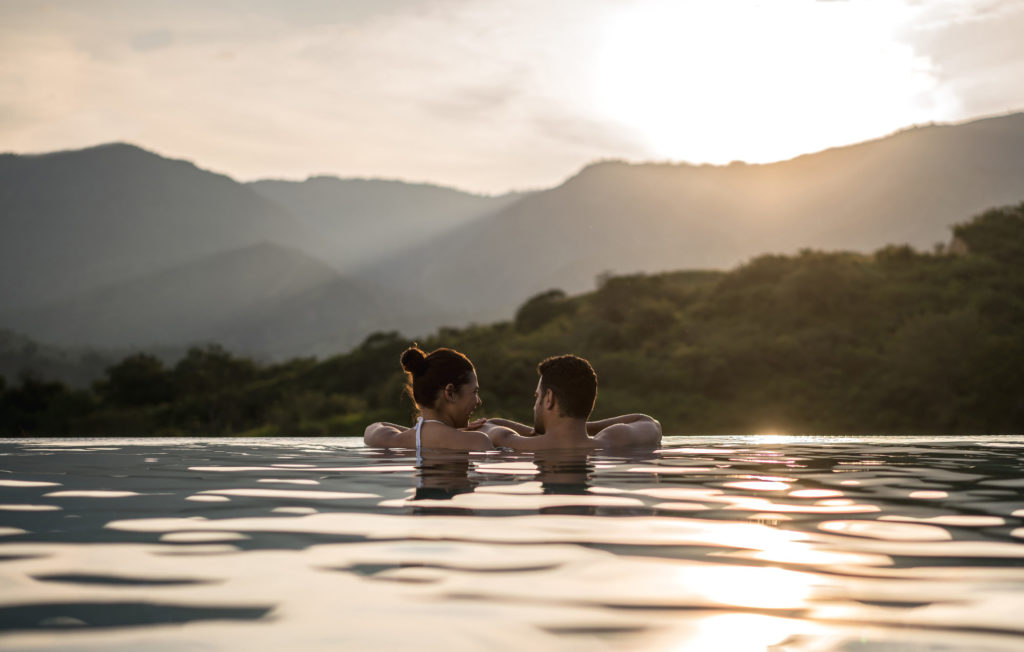
Freephone an expert
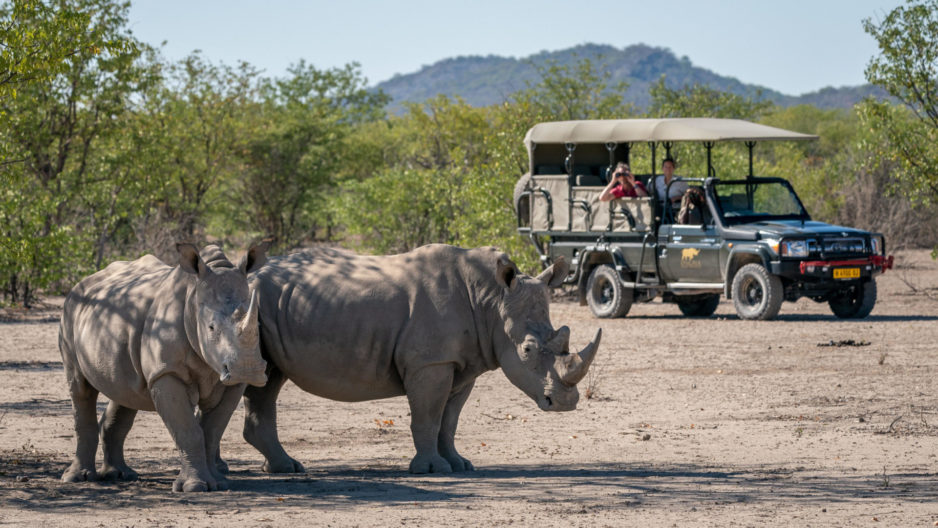
Where to go when: for the perfect safari
Do you dream of bumping across wildlife-studded savannahs in a 4×4, binoculars in hand? Safaris are a bucket-list fantasy for many, offering a window into the world’s wildest landscapes and most majestic creatures. Whether you’re on a quest to spot the Big Five on boundless African plains or searching for tigers in the jungles of India, here’s the inside scoop on where to go when on safari. Whether you’re travelling in January to March , April to June , July to September or October to December , we have the best destinations for a perfect safari holiday.
January to March
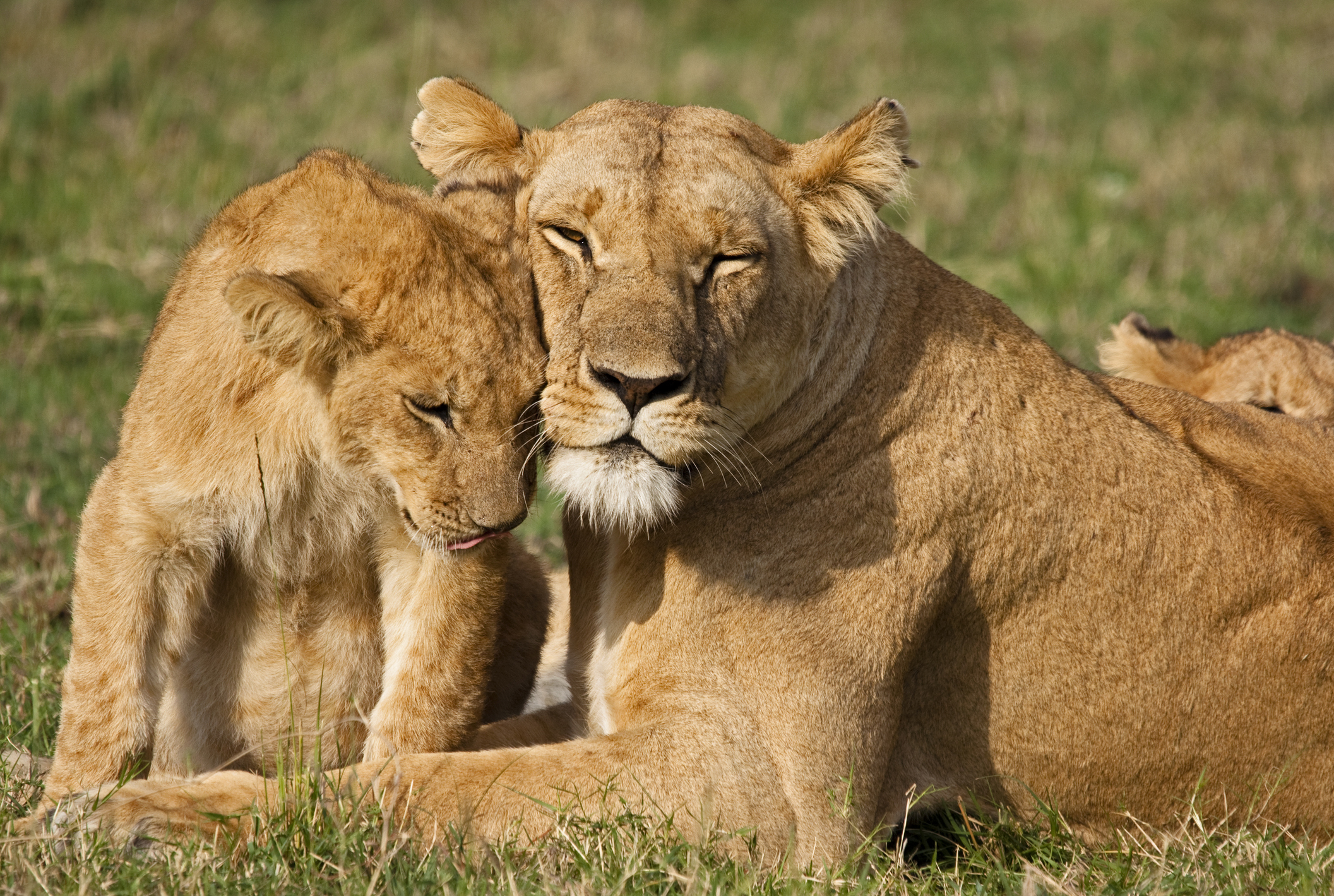
While many African safari destinations are entering their rainy season, Tanzania remains dry and sunny. Following rains in November and December, the Serengeti is lush and green, attracting herds of wildebeest who come to graze and calve in the southern Ndutu area. This results in nail-biting big cat, wild dog and hyena hunts. Witness a kaleidoscope of colourful birds in Tarangire and Lake Manyara National Parks, where you can also search for tree-climbing lions and colossal elephant herds wandering among gnarled baobab trees. Stay in chic treehouses and lake-view safari lodges .
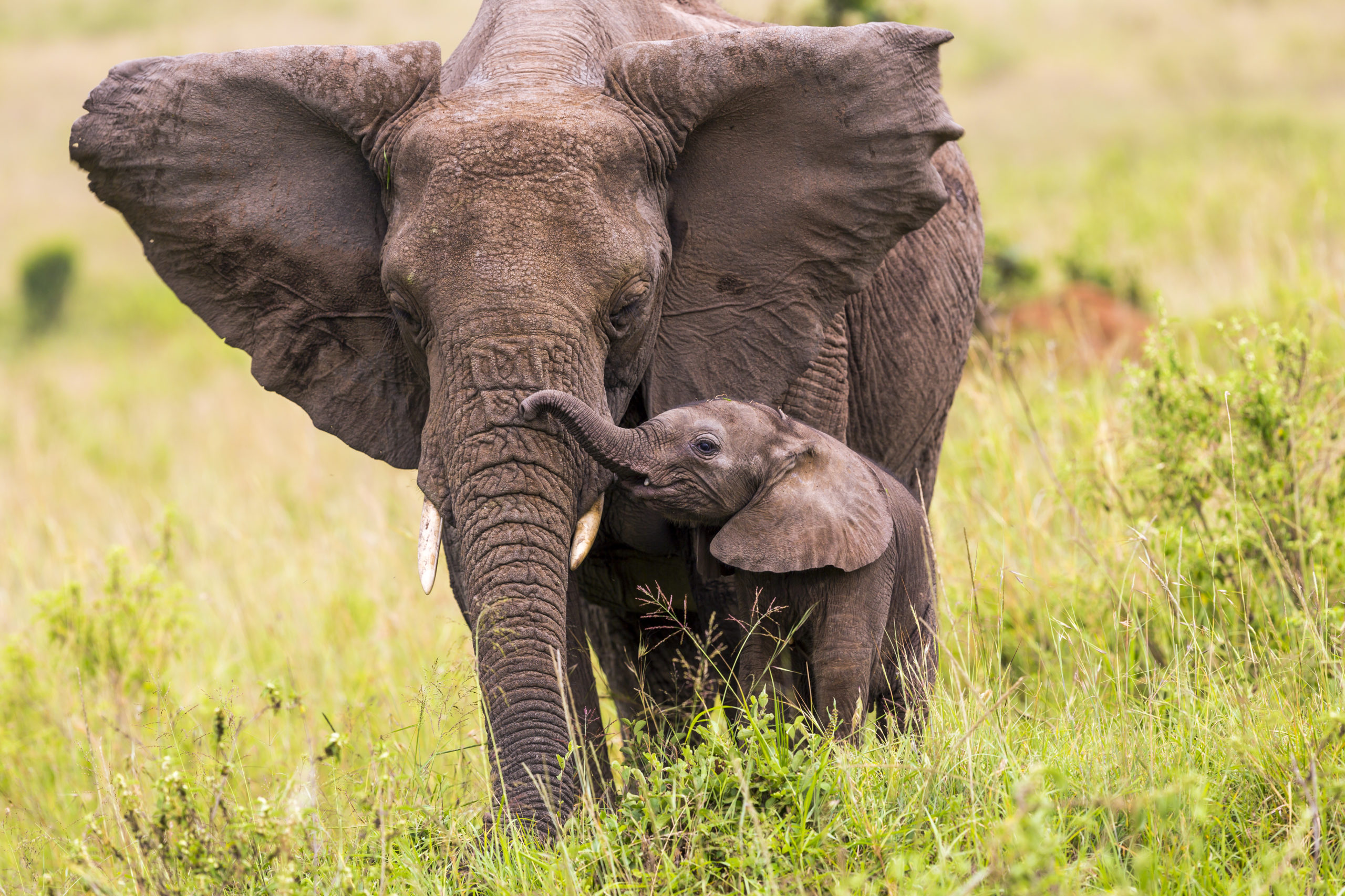
Enjoy hot, dry weather in Kenya at this time of year, perfect for spotting animals along key watercourses on safari. The Maasai Mara may be Kenya’s safari star for its vast herds of grazing game, Big Five beasts and regal cats , but there’s plenty more to discover. Laikipia is lesser known but boasts a wildlife density second only to the Maasai Mara. In Amboseli , watch parades of spear-tusked elephants march across the plains against a Kilimanjaro backdrop, while the Great Rift Valley is a birdwatcher’s paradise, with flocks of flamingos, pelicans and migratory birds. In arid, uncrowded Samburu , look out for the Special Five : the Somali ostrich, gerenuk, Grevy’s zebra, reticulated giraffe and Beisa oryx.
April to June
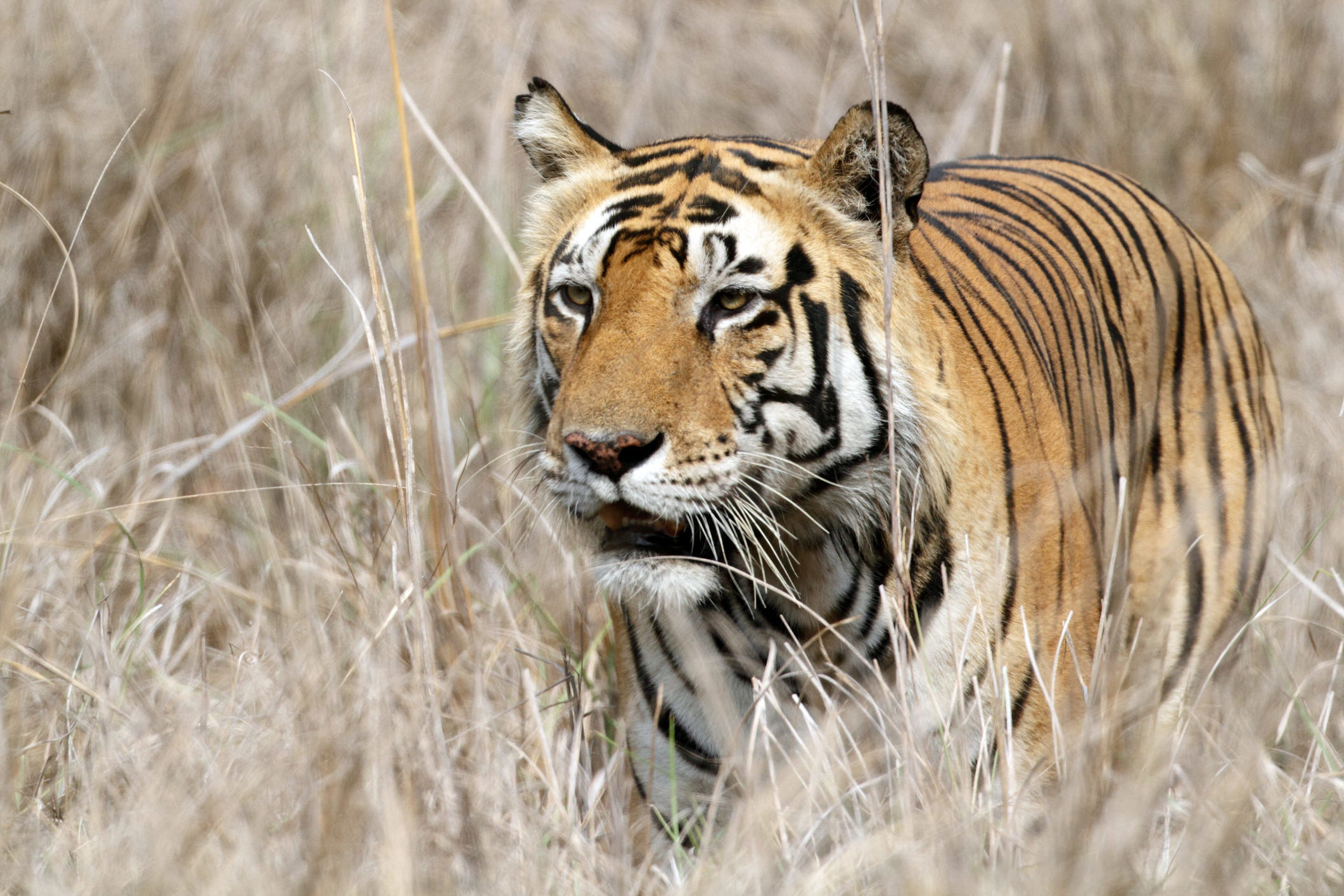
India’s elusive Bengal tigers are most visible at this time of year, as warmer temperatures cause camouflaging grasslands to die back and animals to search out water sources. A collection of protected national parks in the heart of India offer tiger-tracking safaris , including Pench , Panna , Bandipur and Bandhavgarh . Set in Kanha Tiger Reserve , Singinawa Jungle Lodge allows you to live out your Jungle Book fantasies. Tigers may be India’s headline act, but safaris will also grant you glimpses of black panthers and leopards, wild dogs and rare sambar deer.
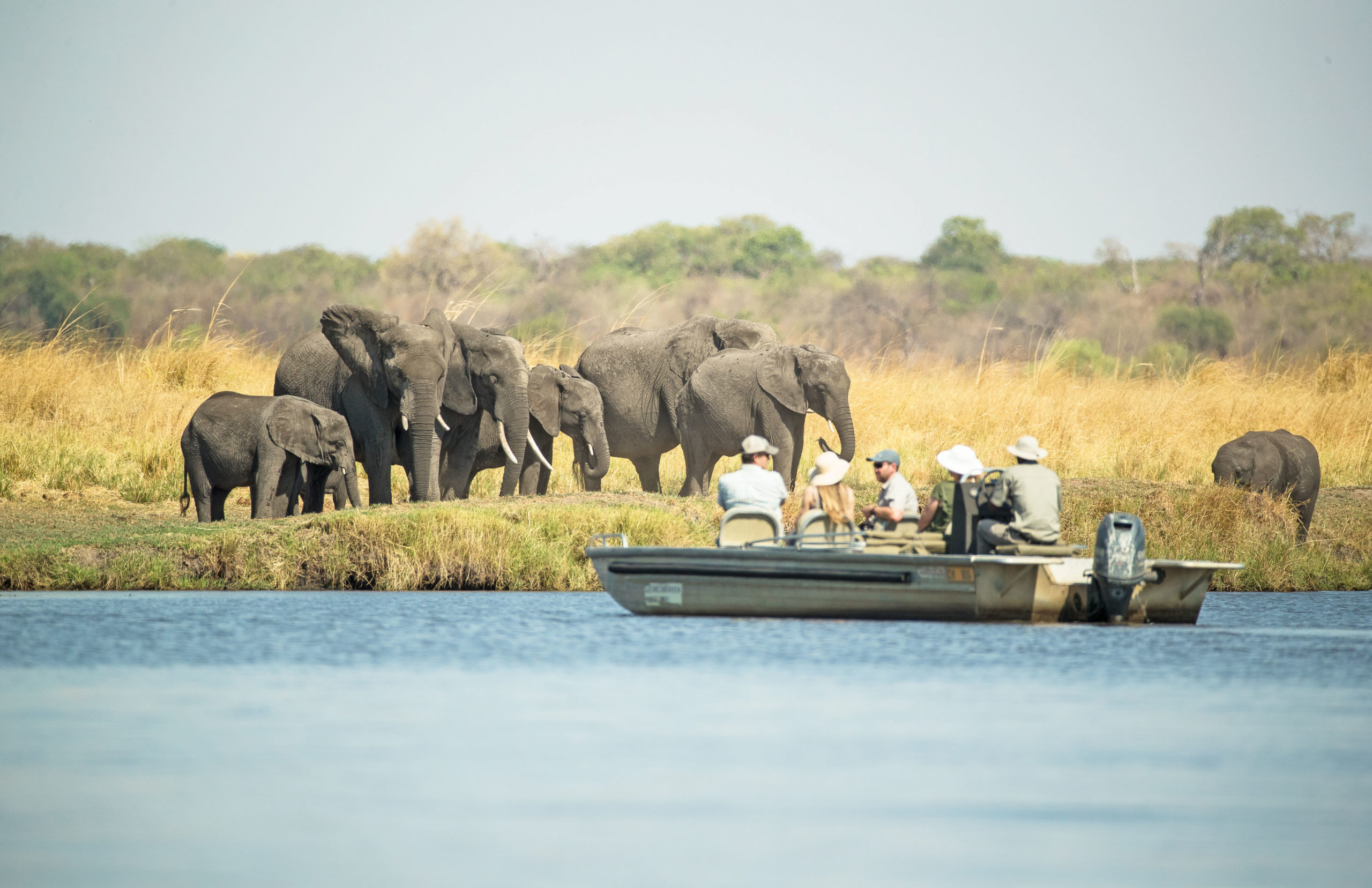
It’s dry season in Botswana with blue skies and plenty of sunshine. Head to Chobe National Park or Moremi Game Reserve for Big Five safaris from some of Africa’s finest lodges, including Chobe Game Lodge and Camp Xakanaxa . For the ultimate safari, add a side trip to the Okavango Delta , which retains its water levels at this time of year, attracting thirsty animals to its network of waterways. Explore on a boat safari or by traditional mokoro to see crocodiles, hippos, birds and herds of bathing elephants. For aerial views of this UNESCO wonder, take a helicopter ride over the Delta.
July to September
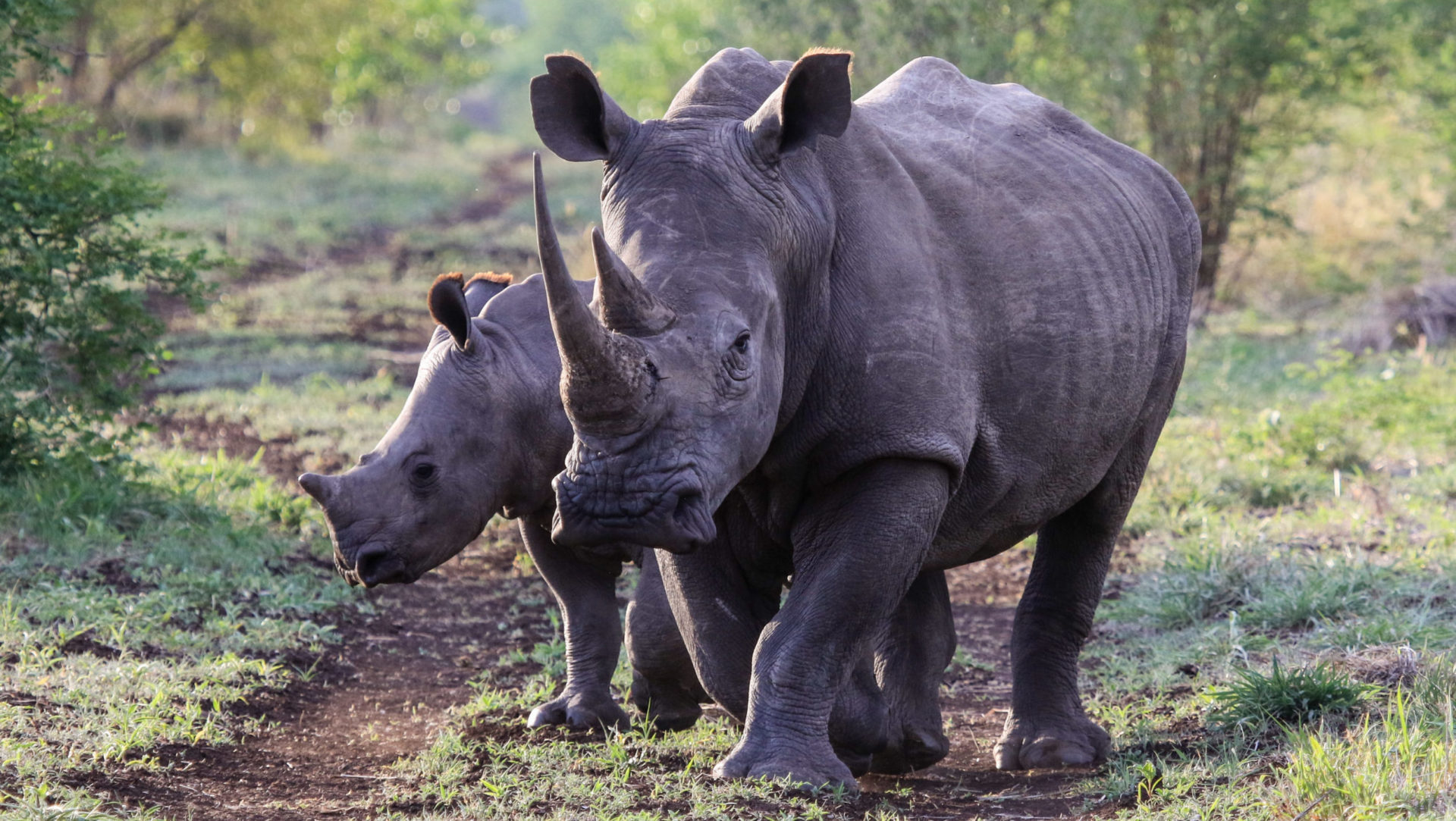
Zimbabwe’s dry season is in full swing, drawing animals to vital water sources for supreme sightings. Take a water safari on the Zambezi at Mana Pools National Park , where a tented suite at Nyamatusi acts as a luxurious base for game drives and walking safaris. In Hwange National Park , a network of man-made waterholes draws animals from far and wide, from big cats to mammoth herds of elephants. Park up for wildlife-watching sessions and take part in pump runs to help deliver supplies to these life-giving water sources. You can even meet the white rhinos that have been re-introduced to Hwange. Complete your itinerary with a trip to UNESCO-listed Victoria Falls , which daredevils can experience by zipline or helicopter ride .
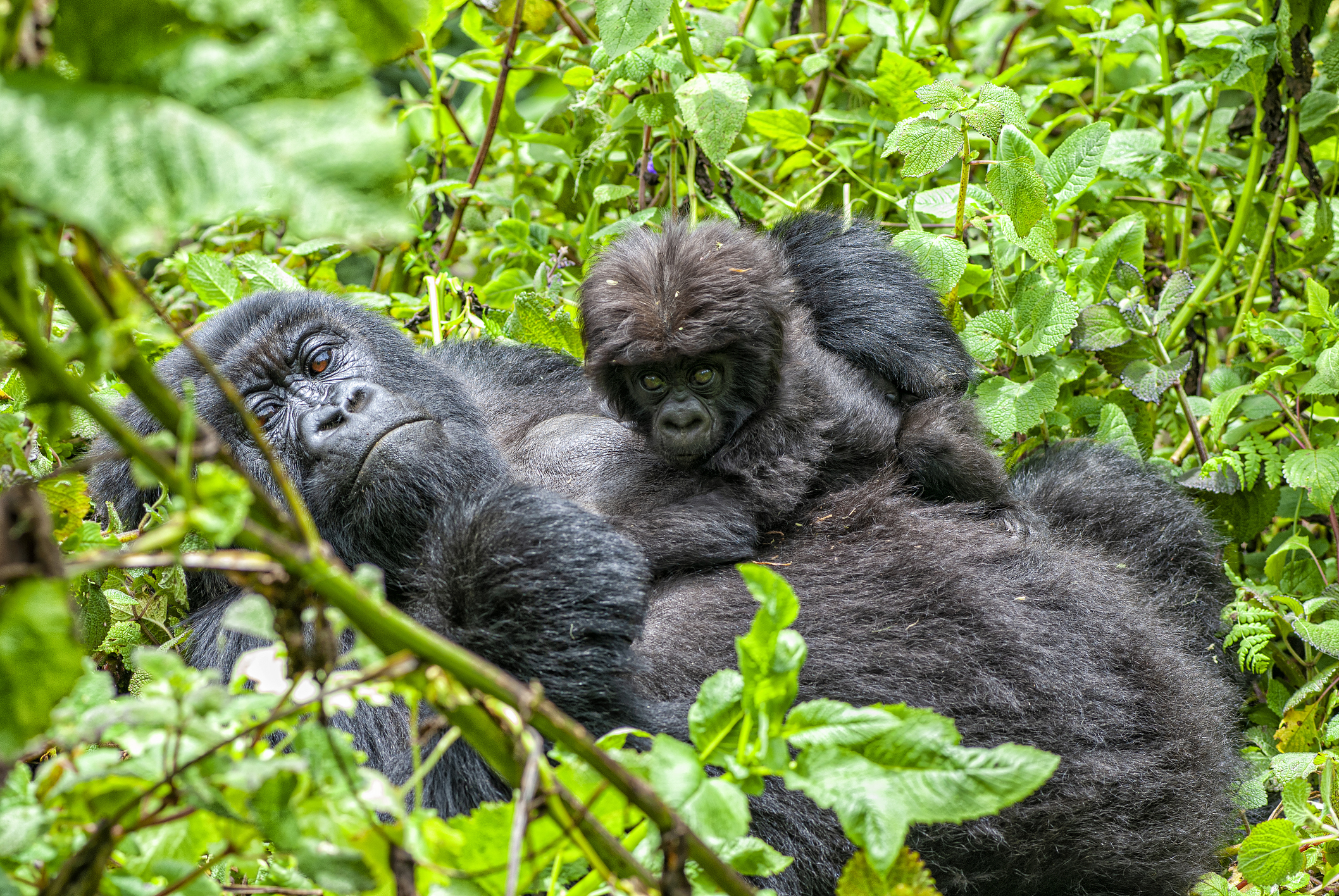
If you dream of seeing mountain gorillas in the wild, plan ahead to get your hands on a coveted trekking permit in Rwanda . This is peak trekking season, with dry weather and temperatures in the teens to mid-twenties, ideal for spotting these endangered creatures. Base yourself at Volcanoes National Park , home to around 340 gorillas. After long days of magical sightings, retire to a luxury lodge just outside the park; Wilderness Sabyinyo and One&Only Gorilla’s Nest feature everything from treehouse suites to fireside dinners with volcano views, infinity pools and massages to ease your aching trekking muscles.
Kenya and Tanzania
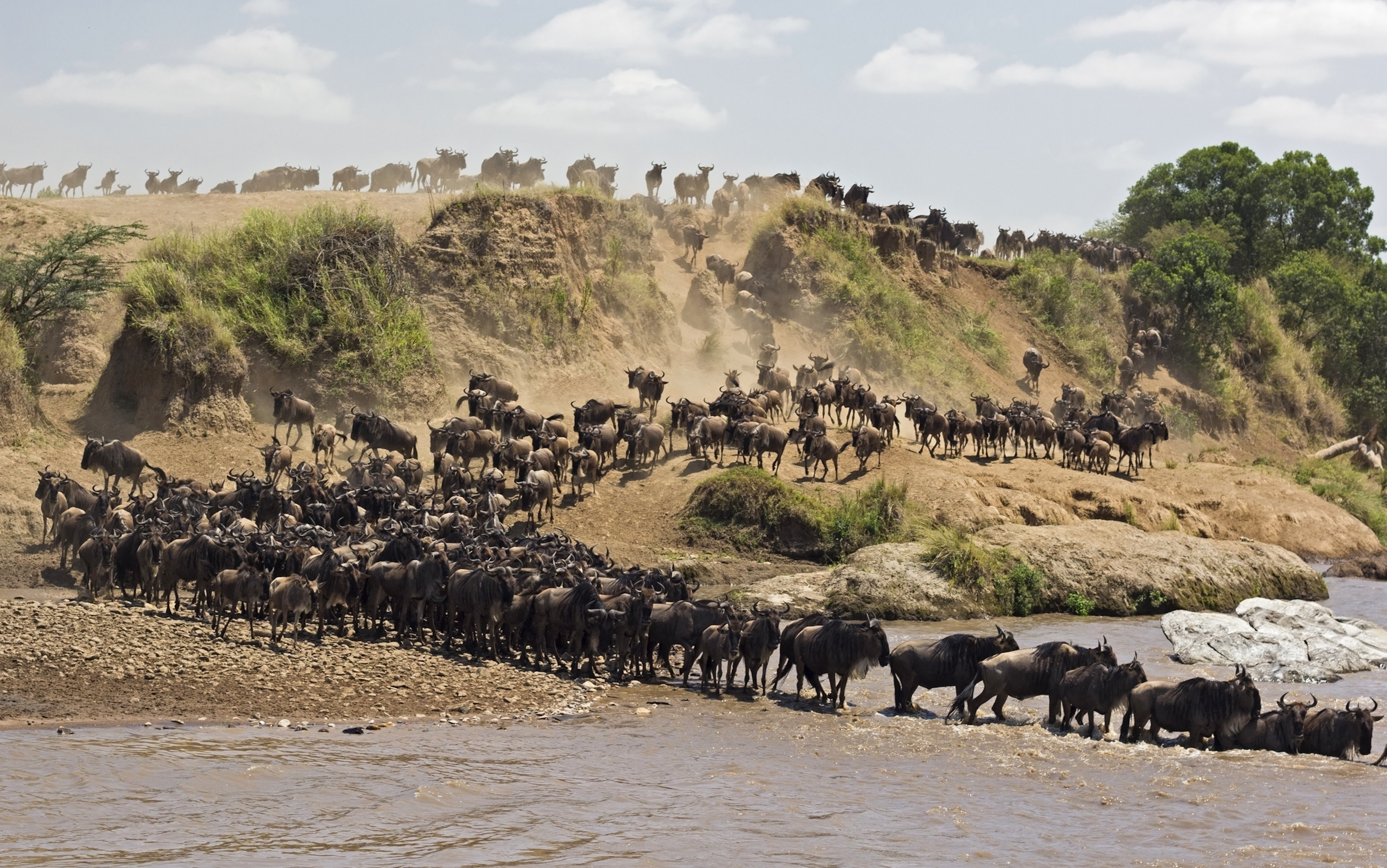
Want a front-row seat to the world’s top wildlife show? Travel to the Serengeti or Maasai Mara to witness the Great Migration . At the beginning of the summer, you’ll catch massive herds of antelope, zebra and wildebeest beginning their pilgrimage from the scorched Serengeti, crossing the Mara River into the fertile plains of the Maasai Mara in August. Catch the action on exhilarating game drives featuring big cat hunts and crocodile-infested river crossings or on a hot air balloon ride.
Both countries offer lavish Out-of-Africa- style tented safari camps, including the original Governors’ in Kenya , home to the BBC’s Big Cat Diaries , and Serengeti Bushtops in Tanzania . You’ll enjoy guided bushwalks and scenic sundowners alongside your 4×4 safari drives, with visits to traditional Maasai villages . End your safari in style with a beach break on the sun-drenched Mombasa Coast or spice-infused Zanzibar Island .
October to December
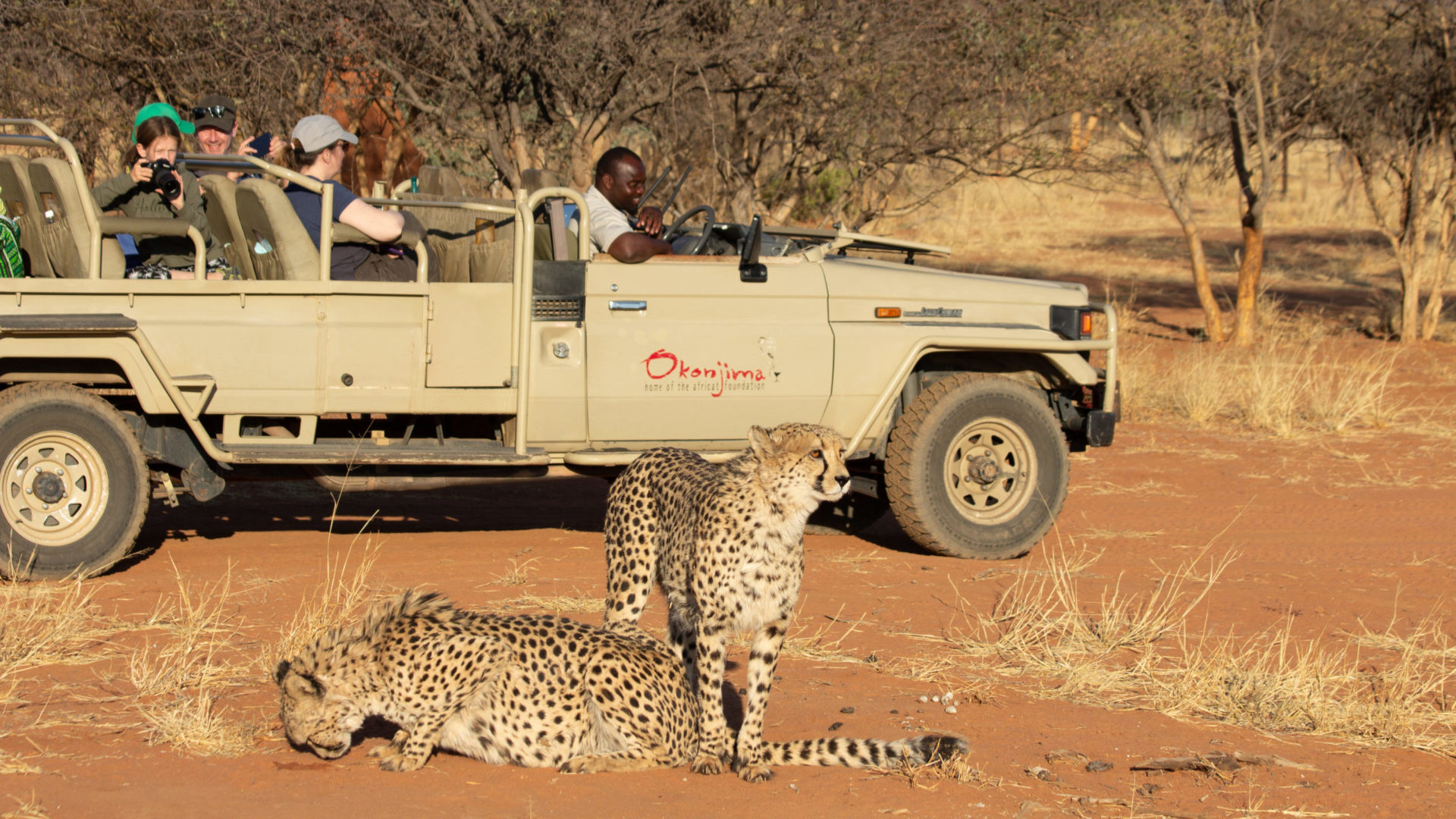
Namibia’s wildlife-studded landscapes are best explored at your own pace on a 4×4 road trip . Search for the Big Five at Etosha National Park’s waterholes, which are a magnet for animals during this dry season, and seek out unique, desert-adapted creatures, from rare elephants to creepie crawlies who live in Namibia’s ancient deserts. Stellar conservation initiatives in places like Okonjima and Onguma also allow you to observe endangered species like black-faced impalas, cheetahs, rhinos and pangolins. As you drive through the country, you’ll traverse dramatic landscapes, from wind-sculpted dunes in the ancient Namib Desert to the seal-studded Skeleton Coast and giant rock formations in Damaraland .
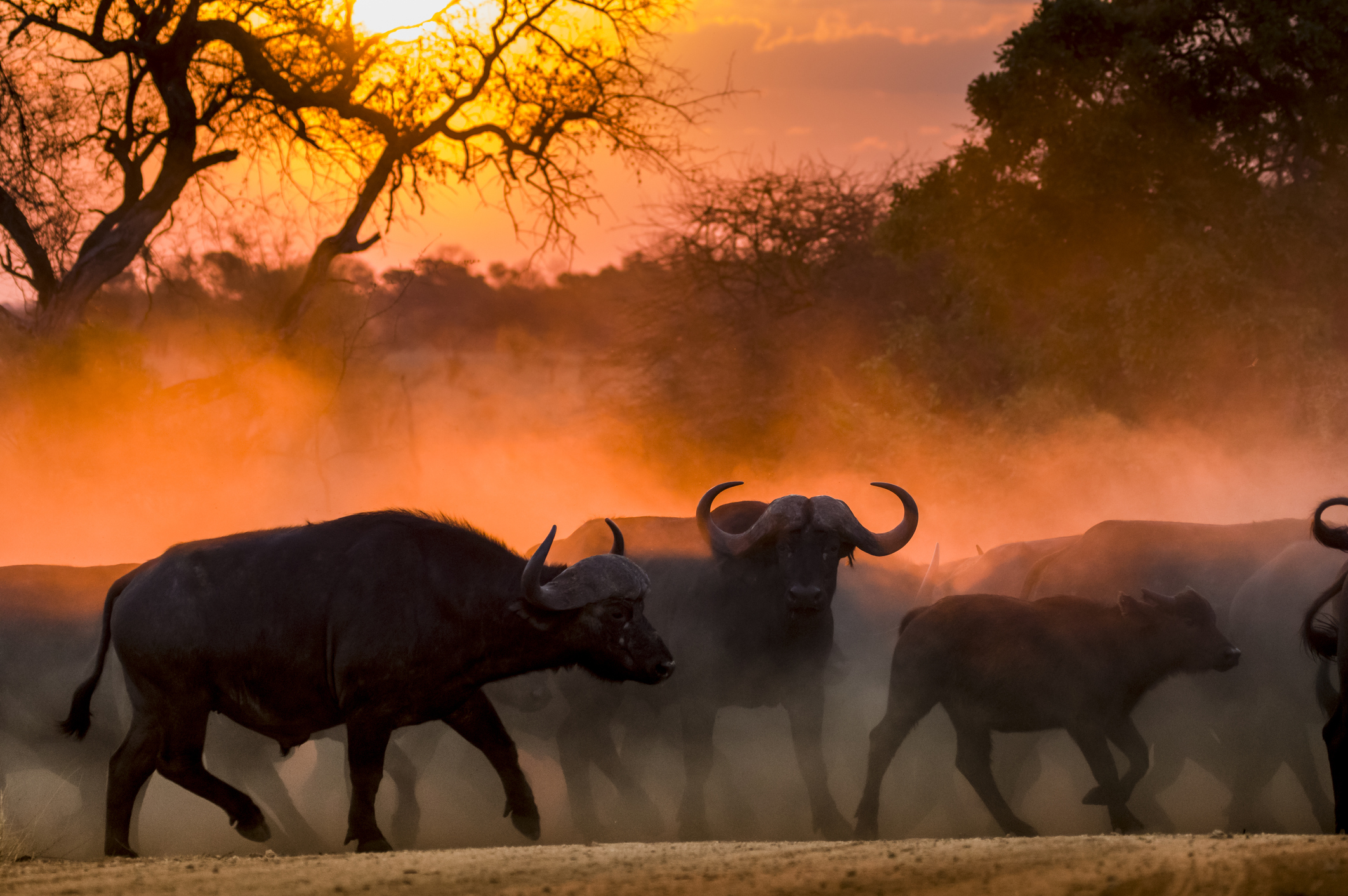
Soak up sunny skies and balmy temperatures in South Africa . This is the best time for a safari on the malaria-free Eastern Cape, although Kruger National Park still enjoys some dry weather in October leading into the rainy season. Wind your way along the Garden Route , where you can glimpse dolphins and migrating whales until the end of November in Hermanus and Plettenberg Bay . Private game reserves like Kariega and Shamwari provide Big Five sightings and luxe lodges with bush walks, 4×4 game drives and river cruises. Learn about wildlife conservation at Shamwari’s Born Free Big Cat Sanctuary and rhino conservation at Kariega .
To start planning your luxury safari, call us on 0808 239 0555, contact one of our experts or arrange a phone or video appointment .
Related itineraries…
Classic tanzania safari, big five safari, in search of the bengal tiger, safari and the city, rwanda's gorillas and kenya's maasai mara, cheetah safari, best of botswana and victoria falls, unsurpassed zimbabwe, essential namibia self-drive, related things to do…, experience the great migration, in volcanoes national park, kingdom of the mountain gorillas, trips by mokoro and on foot: on safari in the okavango delta, tiger spotting in kanha reserve, visit the born free big cat sanctuaries at shamwari private game reserve, explore etosha, the jewel in namibia’s safari crown, explore the maasai mara - an african icon, fly high above the serengeti on a hot air balloon safari, plan your holiday with alfred&.
Contact us and one of our UK team will help shape your ideas into the trip of a lifetime. Someone like Malcolm who's travelled extensively in Namibia. But they won't do it alone. They'll draw on the expertise of our contacts on the ground, connecting you to the people who'll make your holiday one you'll always remember - the expert guides who can help you spot rare animals or the fat bike enthusiasts who can take you on a cycling adventure through the Namib Desert. Give us a call, set up and appointment or enquire online to start planning your tailor-made Namibia holiday.

Malcolm Holcroft
Africa Travel Expert for Alfred&
Malcolm has spent over 25 years exploring the world. His passion for wildlife meant he always wanted to experience a true safari. And where better to do so than in Africa! Trips to Kenya, Tanzania, and South Africa have gained him specialist knowledge of the destinations, as well as the incredible wildlife residing there. A couple of standout memories are the tranquility of Ol Pejeta rhino sanctuary and the drama of witnessing a cheetah kill in the Mara.

Justine Nuxas
Assistant Lodge Manager at Elegant Desert Camp
Justine Nuxas hails from Tsumeb in north-central Namibia. After completing a travel and tourism course through the San Development Programme, Justine took an internship with the prestigious Godwana Collection and has spent 12 years working her way up to the position of Assistant Lodge Manager at Elegant Desert Camp. Justine is passionate about sharing her knowledge and experience with younger Namibian staff.
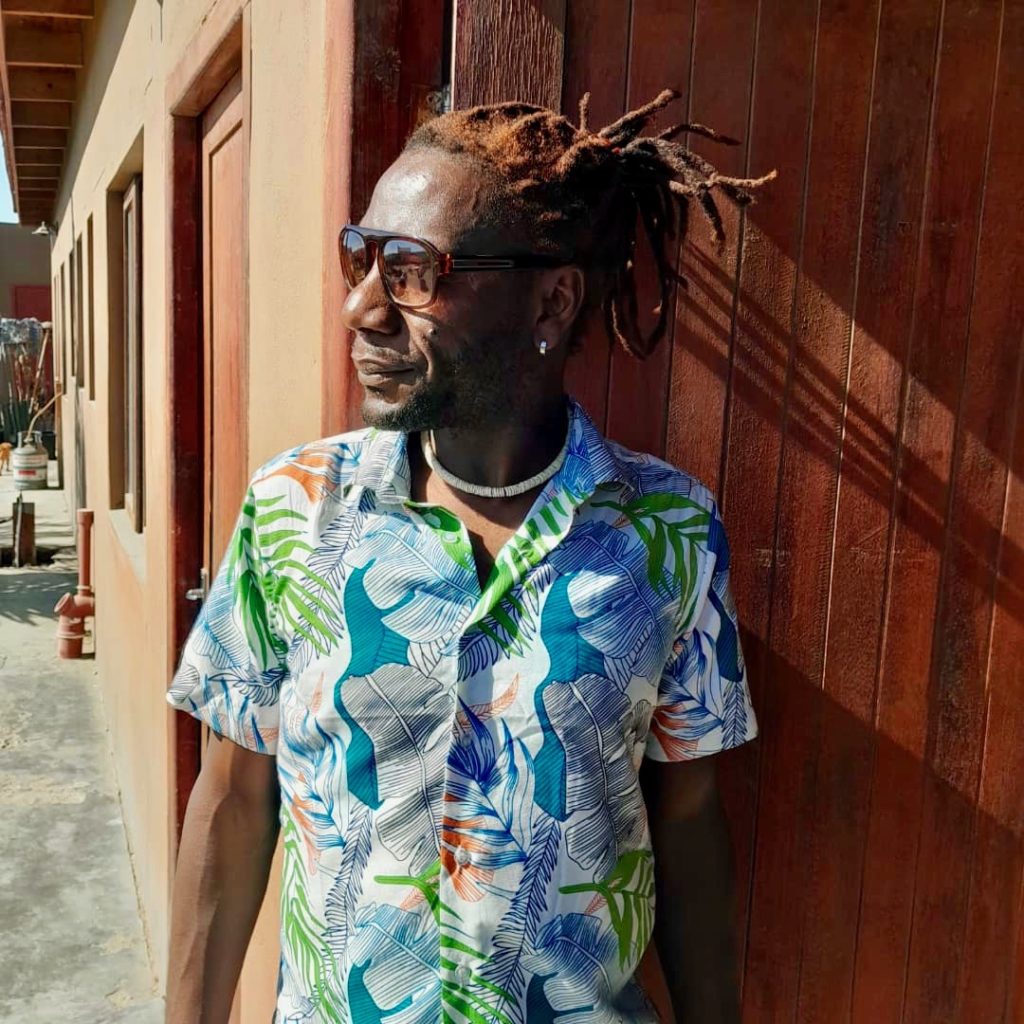
Raymond Inichab
Head of Hata Angu Cultural Tours
Born in Damaraland, Raymond Inichab moved to Swakopmund for school and fell in love with the Skeleton Coast. A visiting American couple introduced him to snowboarding and he eventually got to learn the sport in Germany and Austria. Upon returning to Swakopmund, Raymond established Hata Angu, a tour company specialising in sandboarding trips and cultural tours.

Garry Roberts
General Manger of the Onguma Collection
Originally from Cape Town, Garry Roberts has over 35 years of experience in the hotel industry across Southern Africa for brands such as Sun City and Holiday Inns. He joined the Onguma Collection almost ten years ago and is now the General Manager for their five top-end lodges and two deluxe camping areas. Garry has an ardent passion for diverse cultures, food, cooking, wine and travel.

Ivan E. Kasozi
General Manager of The Strand Hotel Swakopmund
Born in Uganda, Ivan Kasozi has been working in the hotel industry since 1995. His career includes managing teams in resorts, city hotels and safari destinations across Africa, from Zimbabwe to Botswana and Namibia. Ivan is now the general manager at the Strand Hotel Swakopmund and is passionate about team building and providing an exceptional guest experience.
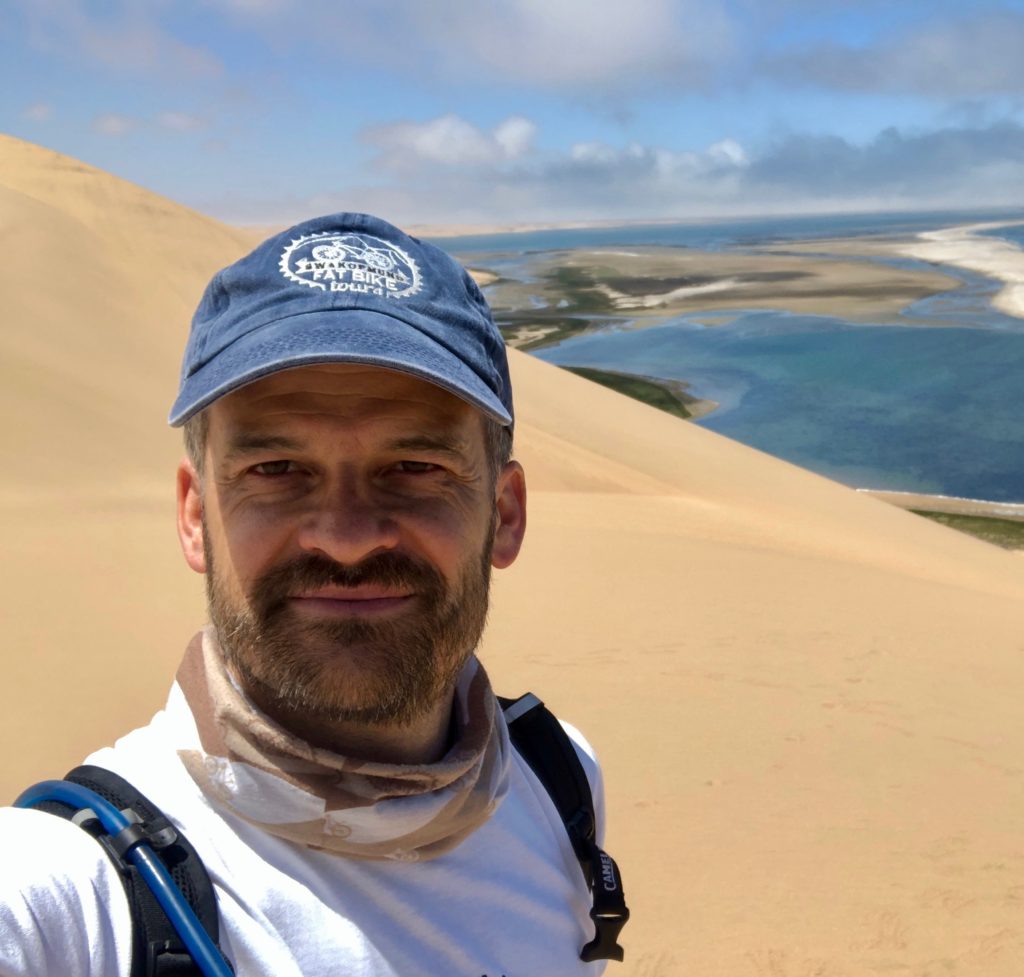
Mark de Wet
Owner of Swakopmund Fat Bike Tours
Growing up in Namibia, Mark de Wet developed a passion for nature and the outdoors. After completing his degree, Mark travelled and surfed his way around the world before settling in Ireland for work, where he started mountain biking. Mark eventually moved back to Namibia, where he discovered fat bikes and launched Swakopmund Fat Bike Tours.
Freephone an expert 01306 744 656 Open at 10am
Alfred& from the multi award winning Kuoni
Subscribe to Newsletter
Let us inspire you with holiday ideas, exclusive event invites and travel offers from our network of contacts around the world.

COMMENTS
Fair. Poor. The best months for visiting Kenya (and the best time for wildlife viewing) are during the Dry season from June to October. The wildebeest migration usually reaches the Masai Mara in July or August and remains in Kenya throughout September. It starts moving back to Tanzania's Serengeti National Park around October.
Kenya Wildlife Safari - 10 Days: If you'd rather someone else planned all of the logistics, this spectacular 10-day nature safari is an excellent itinerary for a July vacation. It includes visits to some of the most stunning parks in Kenya and encounters with its most popular wildlife.
July is an ideal time for beach holidays on the Kenyan coast, being the coolest month and relatively dry. Game viewing in most safari destinations is good in July. The wildebeest migration sometimes arrives in the Masai Mara towards the end of the month, making it a spectacular opportunity to possibly view river crossings.
lodge location Olderkesi. Cottar's 1920s Safari Camp offers guest vintage luxury at its very best. Cream-coloured tents decorated in 1920s epic safari style, professional Maasai safari guides and above all a sense of elegance and class - this classic Kenyan safari camp has it all. from US$ 1,059 per person per night.
In July, Kenya experiences dry and favorable weather conditions. The country enjoys clear skies and warm temperatures, making it an ideal time for various activities. While some mountainous regions like Hell's Gate National Park and Mount Kenya may see occasional rain, most of the country remains dry. Nairobi, the capital city, experiences ...
Kenya in July: Safari Underneath Clear Weather. July is part of the dry season in Kenya and one of the best times to visit the country for game-viewing. The rains have gone and the skies are cloud-free, making wildlife-watching against the backdrop of the African savannah and Mount Kilimanjaro unrivaled. Kenya's beautiful coastline enjoys ...
Overall, July to September is the best time to visit Kenya during the country's dry season, which also coincides with the Great Migration of wildebeest and zebra. Kenya safari cost. Kenya is a premier safari destination in Africa, thus incurring the more expensive costs associated with this.
Welcome to Kenya in July, a month of adventure, culture, and natural wonders waiting to be discovered. As the winter chill settles in, the landscapes of Kenya come alive with lush greenery, teeming wildlife, and vibrant cultural celebrations. July is the perfect time to embark on thrilling safari adventures, witness the majestic Wildebeest ...
July is the best time to visit Kenya, as it's Great Migration time! The first herds of wildebeest, zebra, and gazelles enter the Maasai Mara for the thrilling river crossings. It's dry season, so the weather in Kenya in July is cooler and drier overall, and it is a superb month for safari everywhere. Properties tend to book up at record speed ...
Kenya In July Weather. If you're planning a safari trip to Kenya in July, you can expect some pretty great weather. Temperatures will be warm during the day, with highs in the low to mid-30s Celsius (mid- to upper-80s Fahrenheit). At night, things will cool off a bit, but you'll still be comfortable sleeping.
6-Day Mara, Nakuru & Amboseli Special Budget Safari. $780 to $989 pp (USD) Kenya: Shared tour (max 7 people per vehicle) Budget Tented Camp & Hotel. You Visit: Nairobi (Start), Masai Mara NR, Lake Naivasha (Naivasha), Lake Nakuru NP, Amboseli NP, Nairobi (End) Pavillion Safaris and Tours. 4.9 /5 - 14 Reviews.
Kenya Safari: Experience a life-enriching family journey that blends fun and adventure, luxury, relaxation, and wildlife. Designed to appeal to parents and children ... a remarkable landscape that forms the ideal backdrop to the ultimate family safari adventure. +23 Photos Route. Kenya: Start: Nairobi (Day 1) Day 1-2: Amboseli NP: Day 3: Lake ...
Wildebeest crossing the Mara river during the annual Great Migration, Kenya. Tsavo National Park in Kenya. June to October (Dry Season): November to May (Wet Season): Top-rated Kenya safari tours available with Discover Africa. Experience luxury, adventure and wildlife in the Masai Mara and Amboseli.
An African safari in July 2022 sees the peak season heat up as the weather cools, but we have some off-the-beaten-track gems for you to explore. Find out more... Enquire Now +27 21 100 3274. TRIP FINDER; ... Rocky and rugged, northern Kenya - one of Kenya's best safari regions - has a completely different feel to the lush, green plains of ...
Kenya Family Safari. Family Holiday. 6 days / 5 nights. With incredible wildlife and fascinating Masai culture, Kenya makes a great family safari destination and this trip includes a private vehicle and guide meaning you can stop as you wish along the way. Guide Price: £4,949 pp.
July is also a good time to spot huge flocks of pink flamingos at Lake Nakuru. Much like July, August is one of the best all-around months to visit Kenya, but it's a busy time. The Great Migration is well and truly underway, and wildebeest are filling the plains of the Masai Mara. If you're not in the Mara, August is an excellent time to ...
Overview. You have made a great decision by selecting Kenya Safaris for your first wildlife adventure in Africa. As the pioneer safari destination and one of the leading African safari destinations, Kenya is renowned for its spectacular wildlife shows, making it a top choice for family vacations and first-time safari experiences in Africa.Our guide is packed with the best ideas to help you ...
A safari in Kenya is an intoxicating blend for those after a real adventure. Expect sensational wildlife and wilderness, as well as wildly stylish camps and bush homes, a huge range of activities and a high degree of flexibility and freedom. The Kenyans practically invented the concept of safari; today's best guides were yesterday's ...
Whatever animals you're envisioning when you think of the term 'safari', Kenya has them: lion, leopard, cheetah, zebra, buffalo, giraffe, elephant, rhino, hippo…you name it. July is a great month to spot massive flocks of pretty pink flamingos at Lake Nakuru or nearby Lake Bogoria and it's also the start of the Great Migration.
Temperatures are idyllic. On the other hand, the worst month for safari in Kenya is probably April: the height of the wet season, with many camps closed and roads washed away. Overall best months: June & September-October. High season: July-September & Christmas-February. Low season: March-April & November.
Kenya is an incredible country with breath-taking scenery, sunny beaches, and lush mountains. Being one of the best safari destinations in Africa is an added reason to visit Kenya.. The country is considerably diverse, so your Kenya packing list will depend on which part of the country you intend to visit and the type of activities you will take part in.
Kenya. The best time to go on safari in Kenya and experience a vast density and diversity of wildlife is when the annual migration of millions of wildebeest, zebra, and gnu descend on the Mara plains with predators close behind. The best time to see this wildlife spectacle is from July to October.
Get up close to rhino in Laikipia. Enjoy safari walks, horse riding and mountain biking near Mount Kenya. Camel trekking, fly camping and stargazing in Samburu. Front-row seats to the Great Migration (in season) Best Suited For: Adventurous travellers. View This Trip. 3. Immersive Safari Experience in Samburu & Mara.
July is the best time to visit Kenya, as it's Great Migration time! The first herds of wildebeest, zebra, and gazelles enter the Maasai Mara for the thrilling river crossings. It's dry season, so the weather in Kenya in July is cooler and drier overall, and it is a superb month for safari everywhere. Properties tend to book up at record speed ...
Stay in chic treehouses and lake-view safari lodges. Kenya. Enjoy hot, dry weather in Kenya at this time of year, perfect for spotting animals along key watercourses on safari. The Maasai Mara may be Kenya's safari star for its vast herds of grazing game, Big Five beasts and regal cats, but there's plenty more to discover.